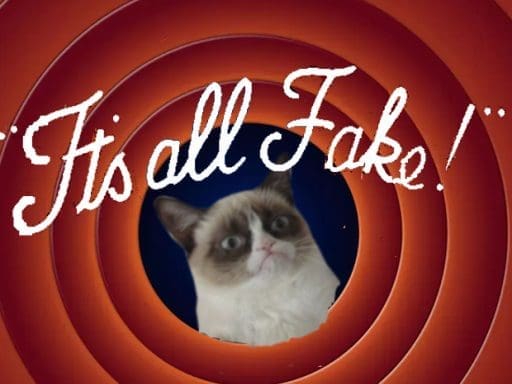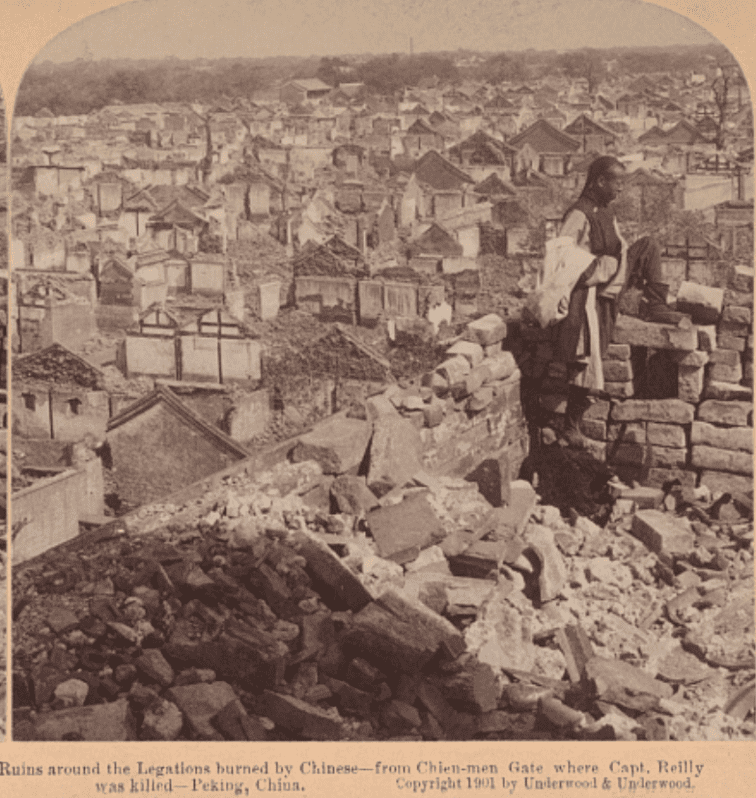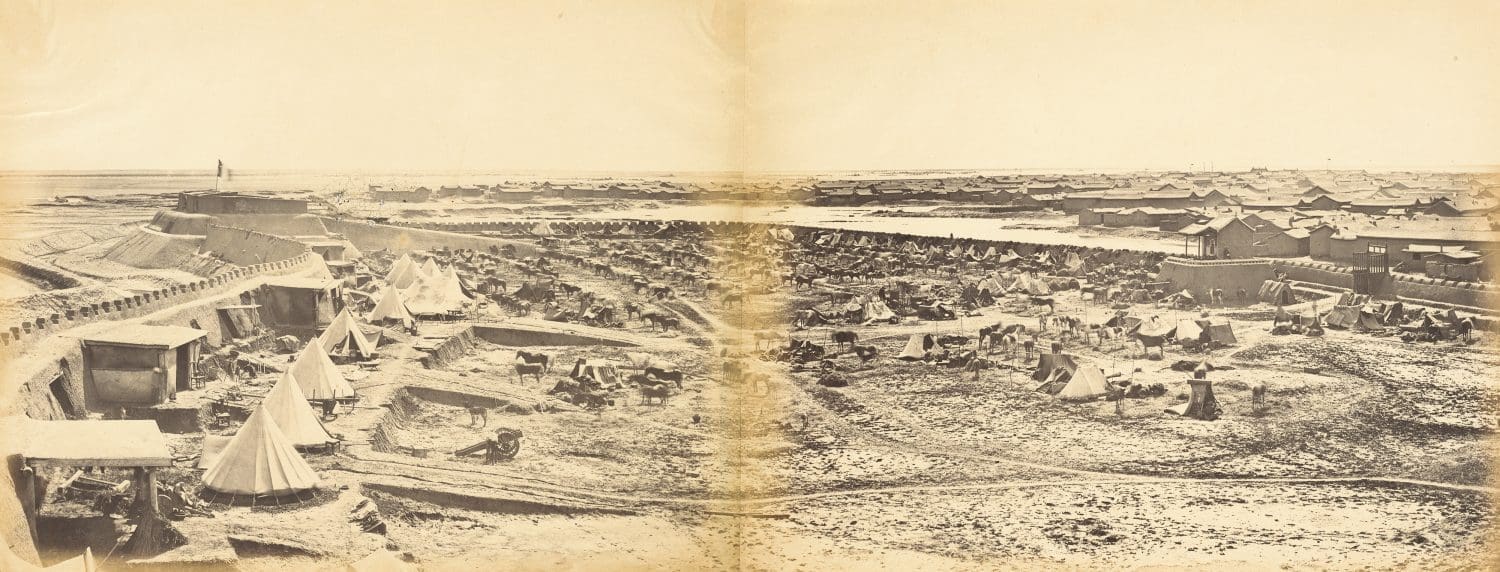
The text books say this event was a result of interference of the Western world in the affairs of the Chinese court. There is no point going into detail about what the narrative says bc its all make believe.
Missionaries are a code word for New World Order Intelligence. The first people to enter a new territory and ‘help’ civilize a population of natives are the missionaries. All the grandest structures are labeled church property.
Boxers were names for immigrant workers and the fight was centered on missionaries from the church. Missionaries are really Spook Intelligence cells so they are central to the war means this is the insertion of the New World Order
This is June 11. Thats 6/11, or 666. The number 1 represents what ever number it stands next to. They are spilling the beans on Beato for arranging body shots. The thing is, and you’re gonna laugh, Beato is the only guy Ive found that posts real corpses. I mean, not like one eye willy up there, but he plays into this confession, by admitting he arranged bodies in advance you avoid all the attn regarding flaws in the narrative. Look at the American Civil War if you want to see fake dead people. Check Matthew Brady, I havent found a single corpse in his file yet.
Beato shows real corpses with their brains and guts falling out and blood on everything and I saw a compound fractured cheek bone on one guy. Whatever this fight was or how ever old the actual date is up for grabs but They are lying in the statement below by pretending to make a false confession, that’s their style and M.O.
The caption admits the bodies are arranged, this covers their ass for places like the Civil War with all the obviously staged shots, in India and the American Civil War there are not real bodies like there are in China.
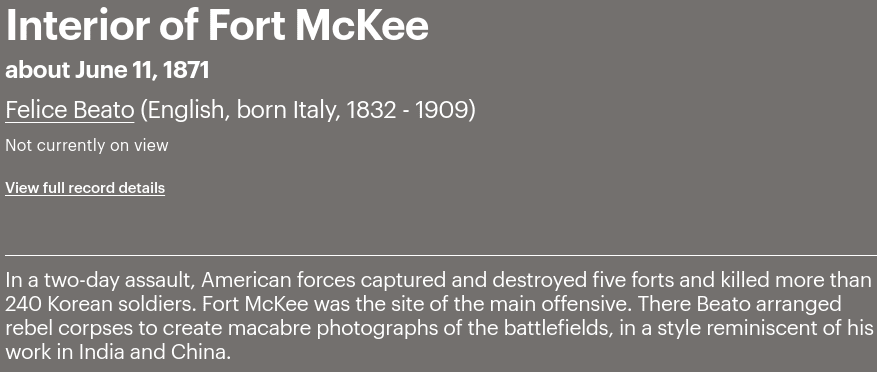
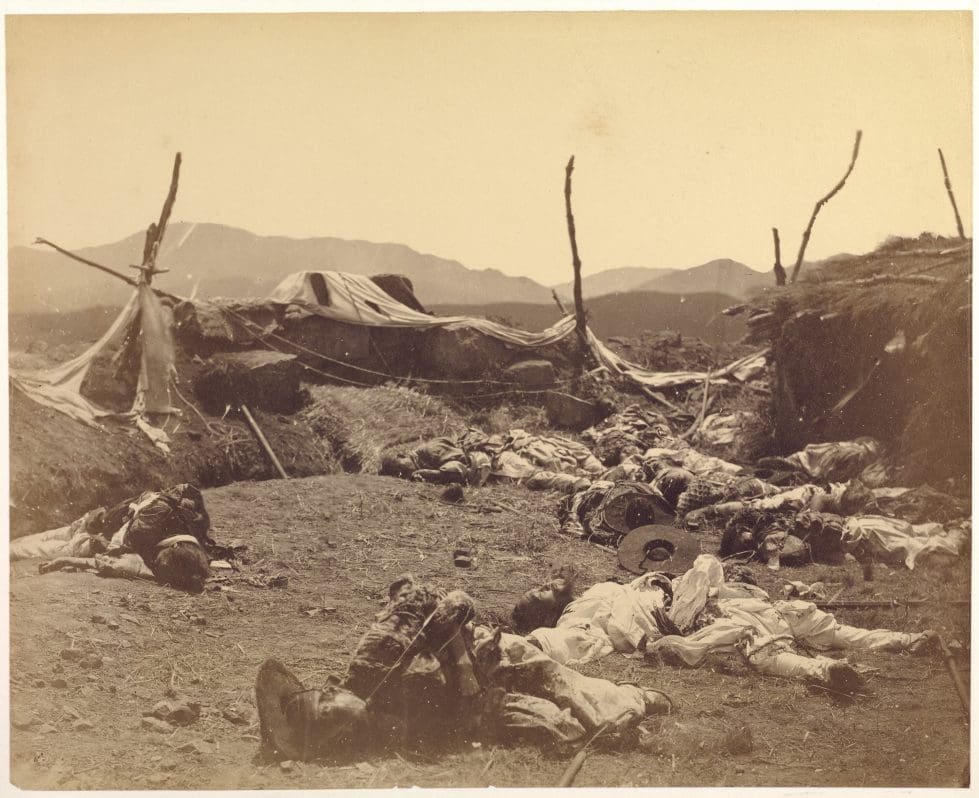
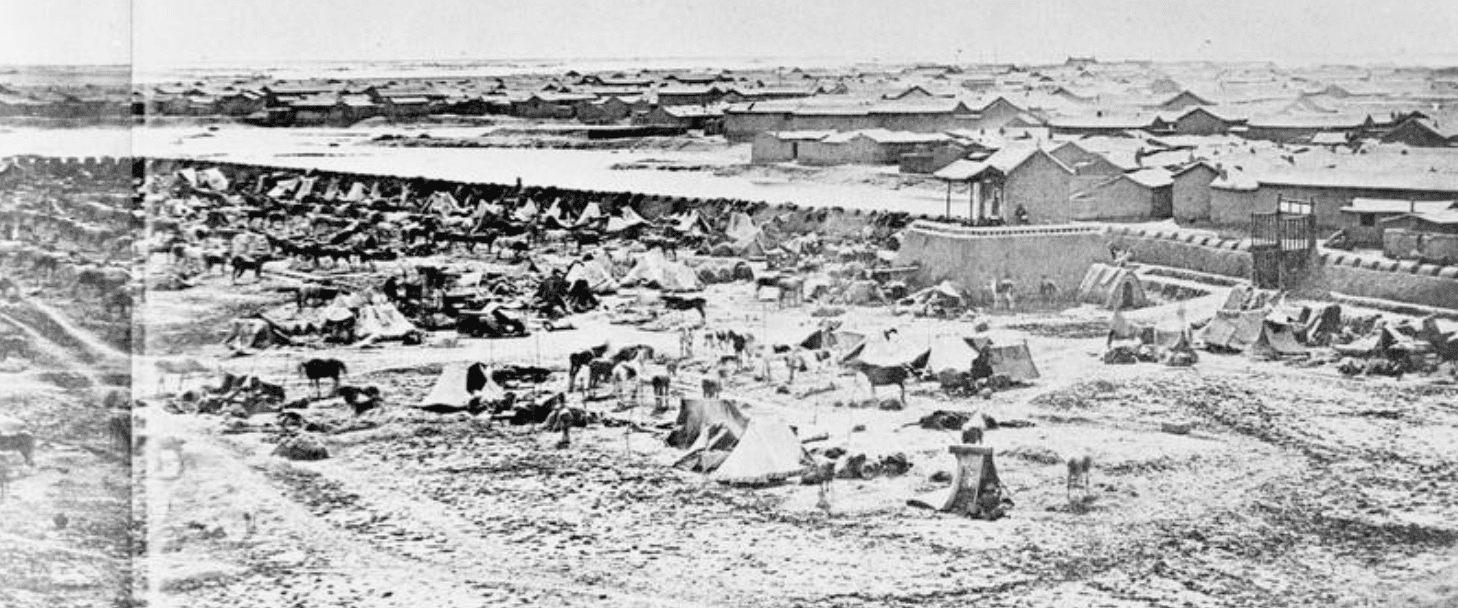
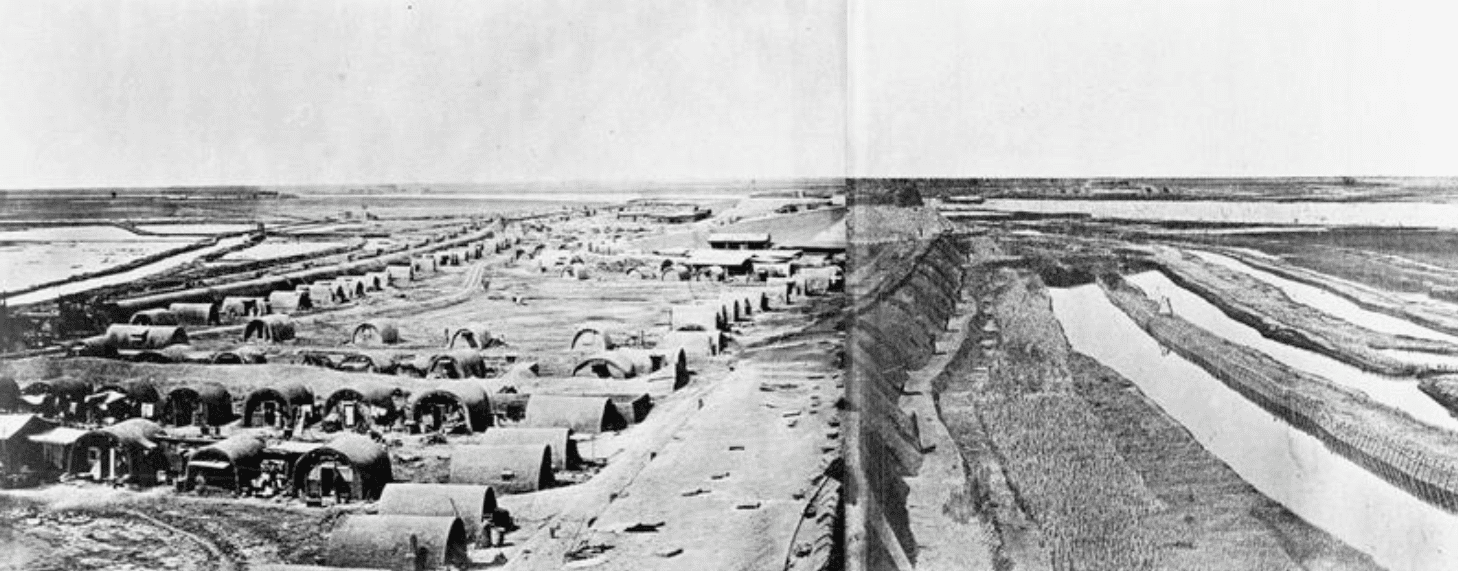
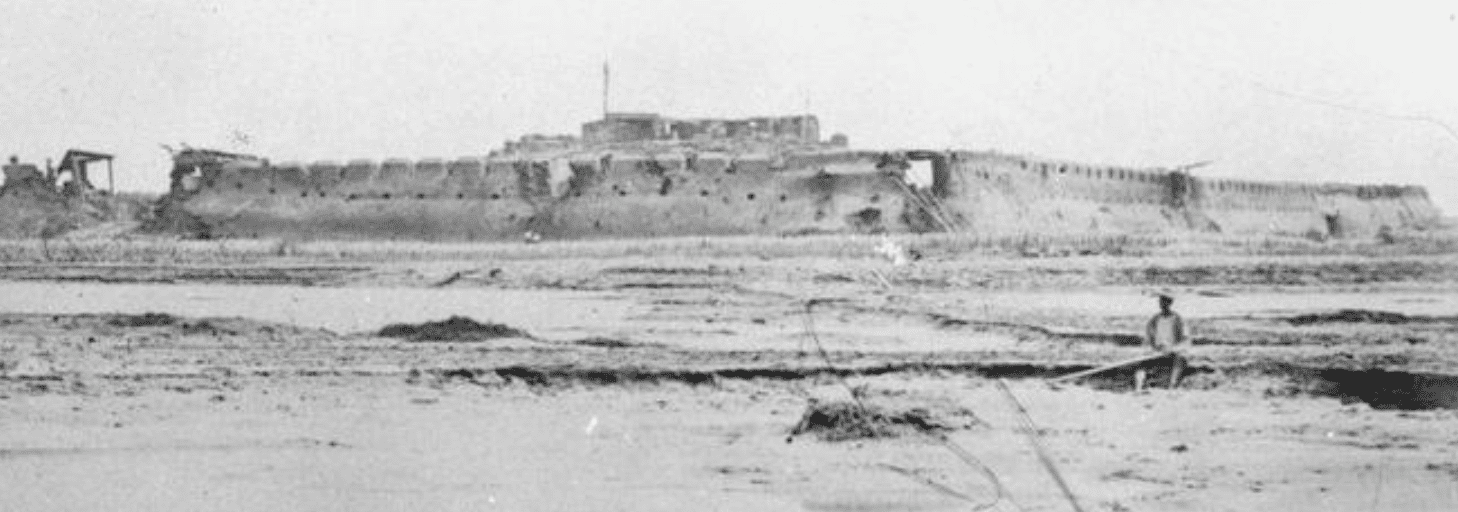
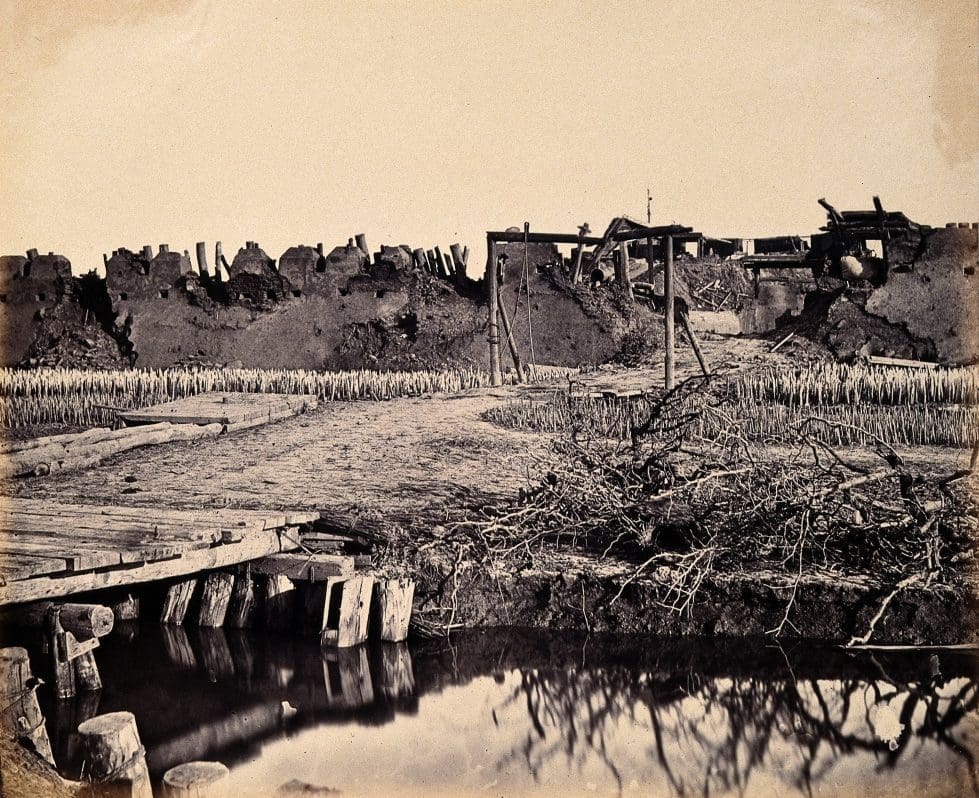
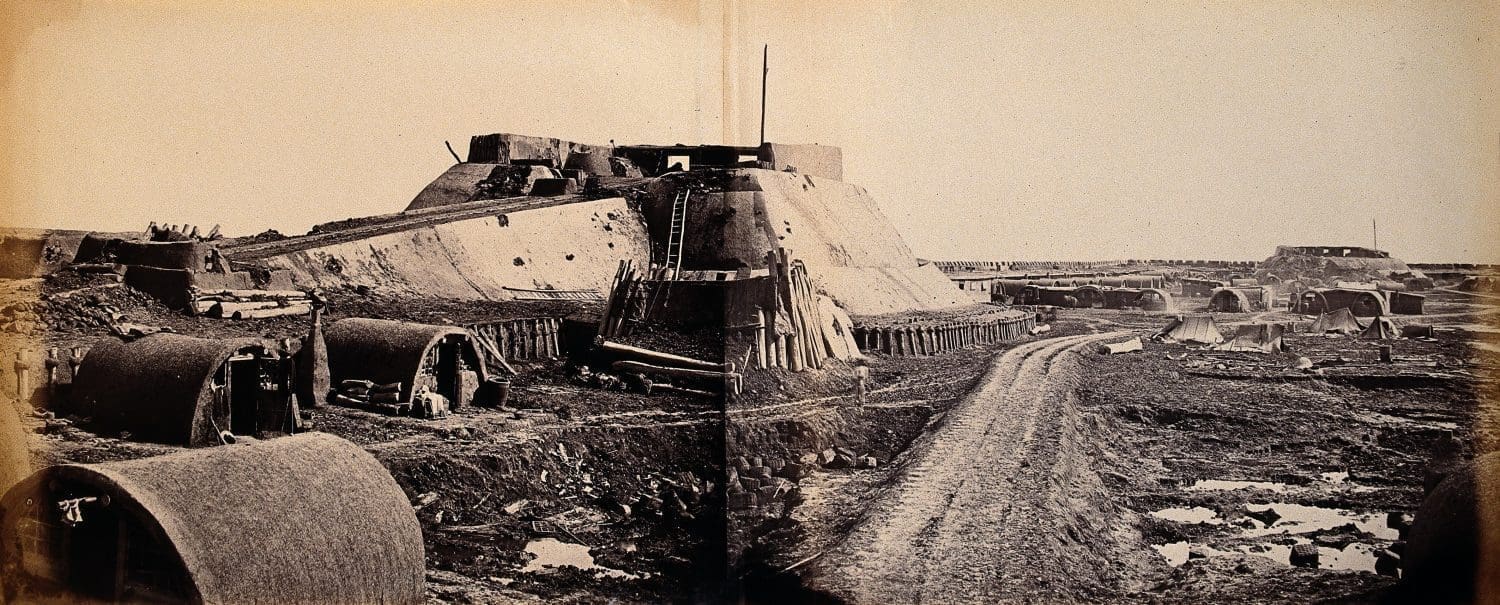
The photo is titled only, ‘North Entrance to the Fort’, but it doesnt mention which fort. I spend way too much time looking at fakes. Chop shopped or actors, theres a bunch of ways. So far China has the only real (as far as I can tell) dead bodies.
Beato has his name on this one too but I dont think he did it. The photo of the half-skeleton thing drug up by the dogs I can at least say maybe. Not this one. That guy really had his eye blown out of its socket, and the photographer was on hand to capture the event before decomposition set in or cleanup had begun. One could speculate for miles about the circumstances here.
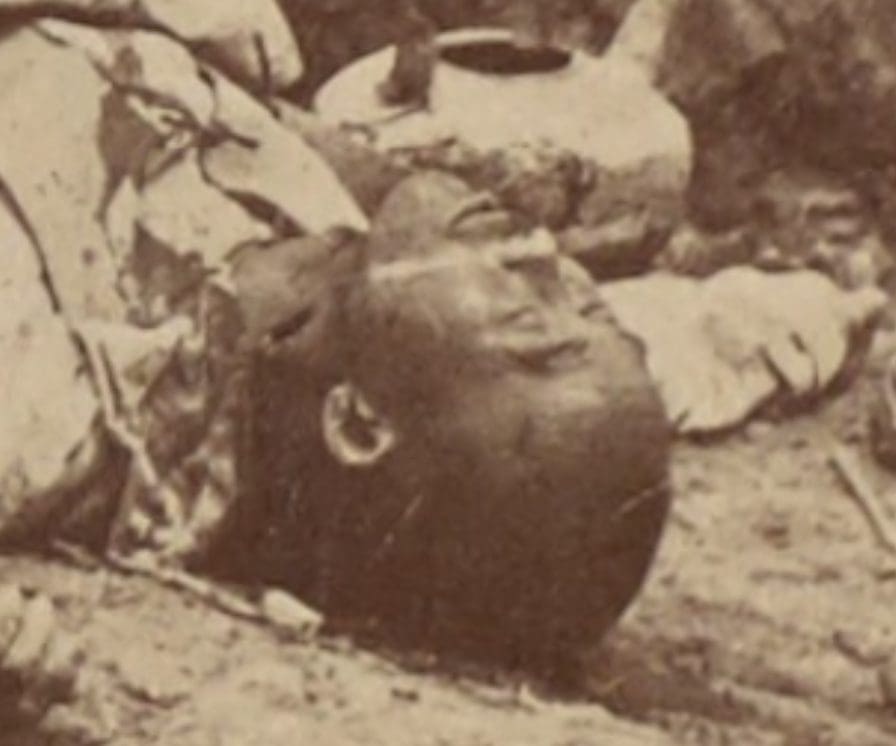
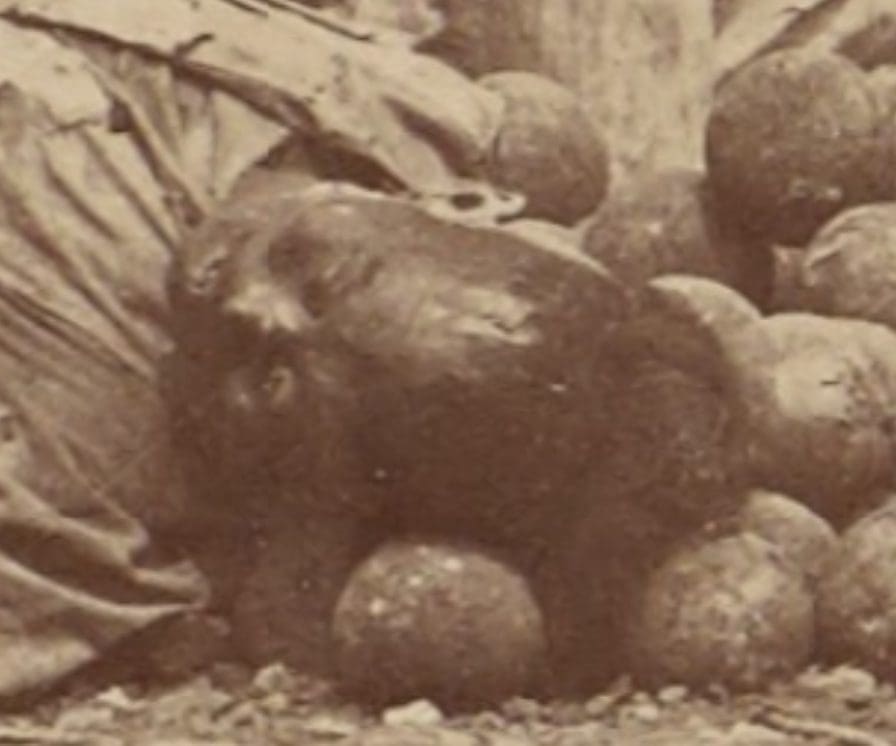
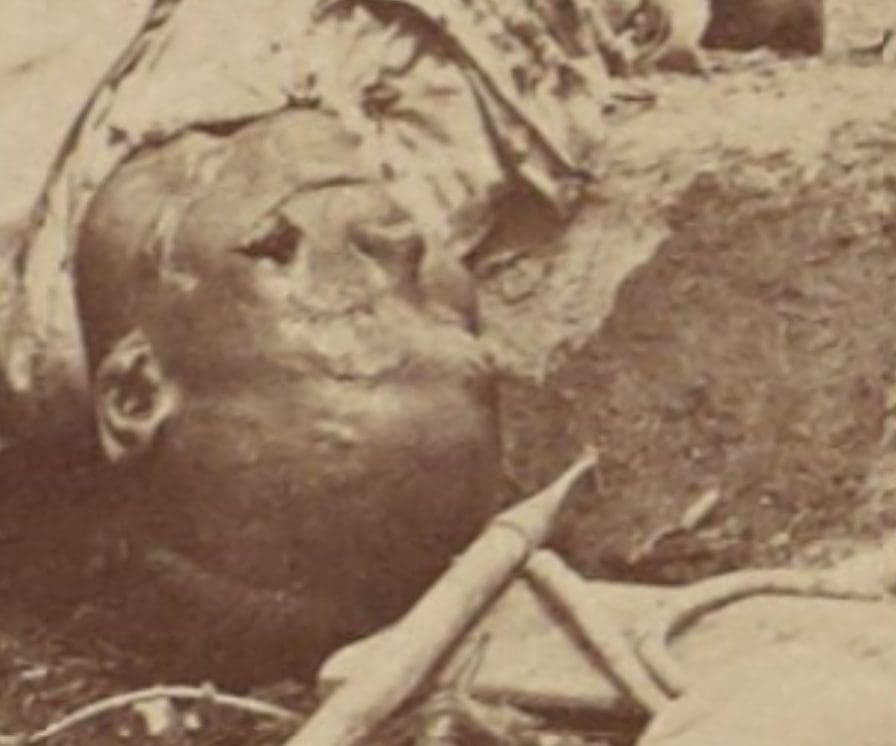

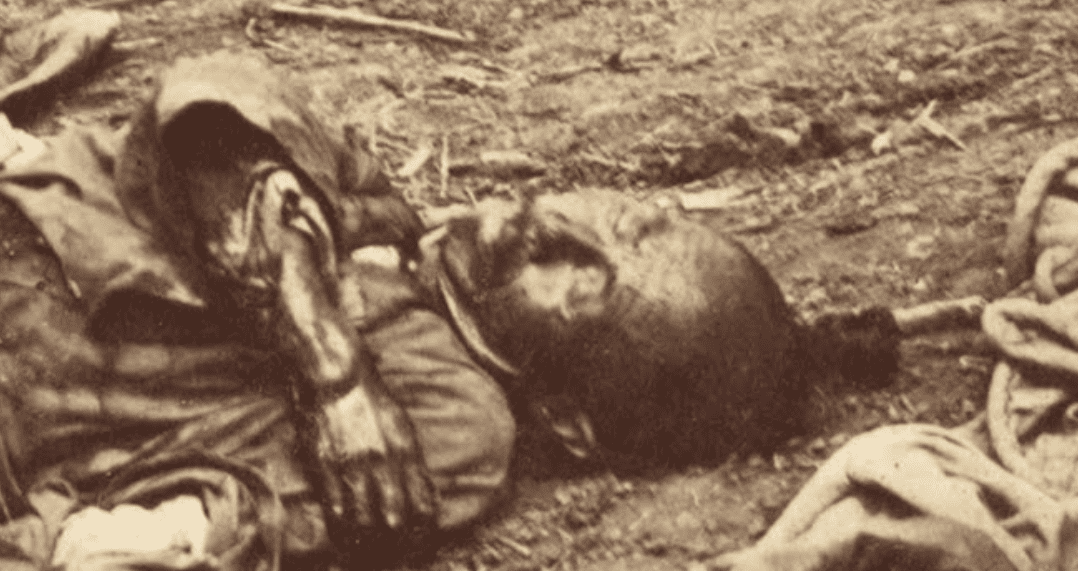
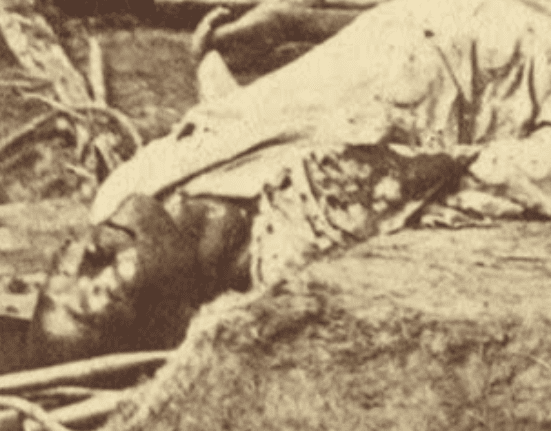
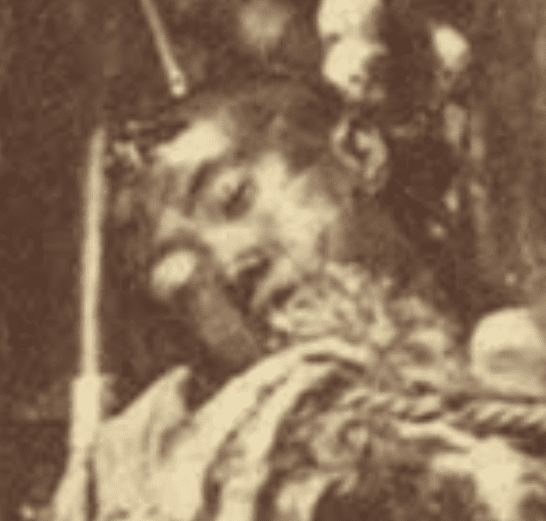
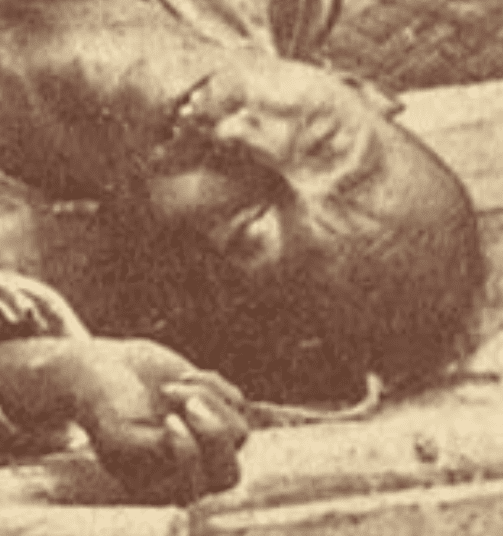
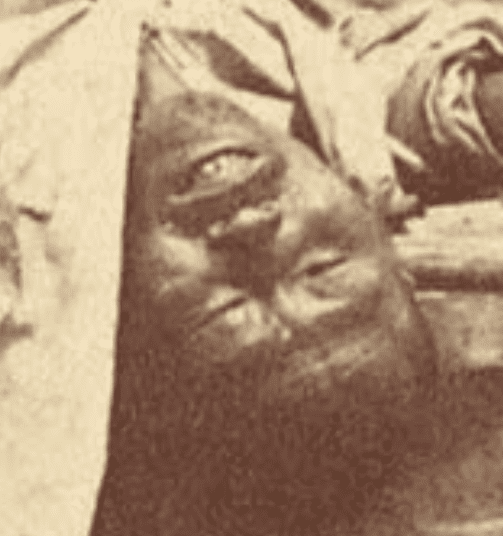

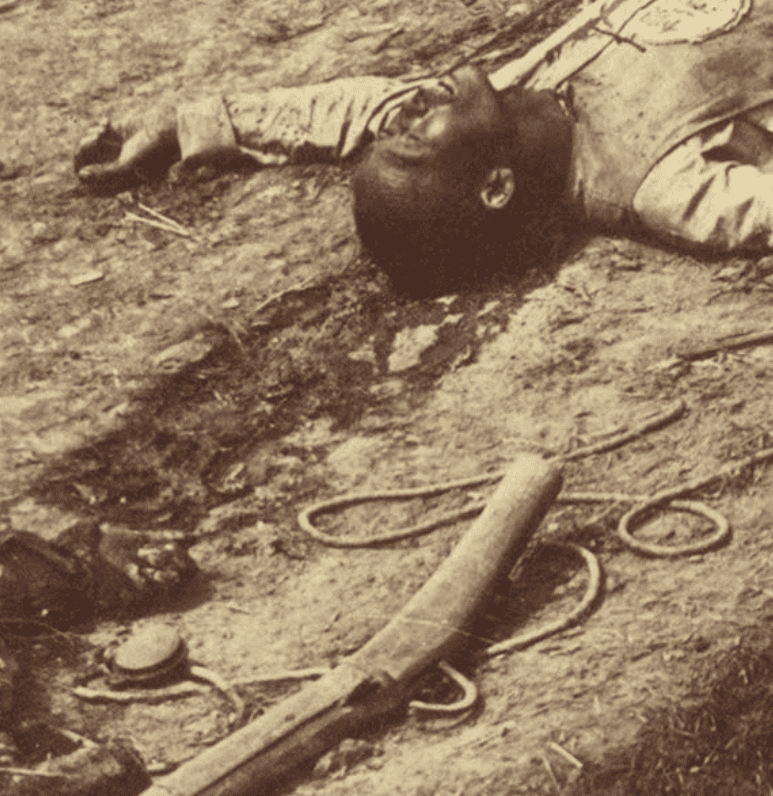
So this is before the Civil War, so why dont we have a single picture like this? The technology existed. I do not think the bodies were aranged; they died where they fell. Theres one or two things, like the broken arm looks like it showcased but the rope around his throat… I think the weaponry was added if anything. This military technology can be dated and these specific fire arms with the smouldering fuse, before flint lock muskets, can be used. I think thats why there are so many front and center. Stage Props with real corpses.
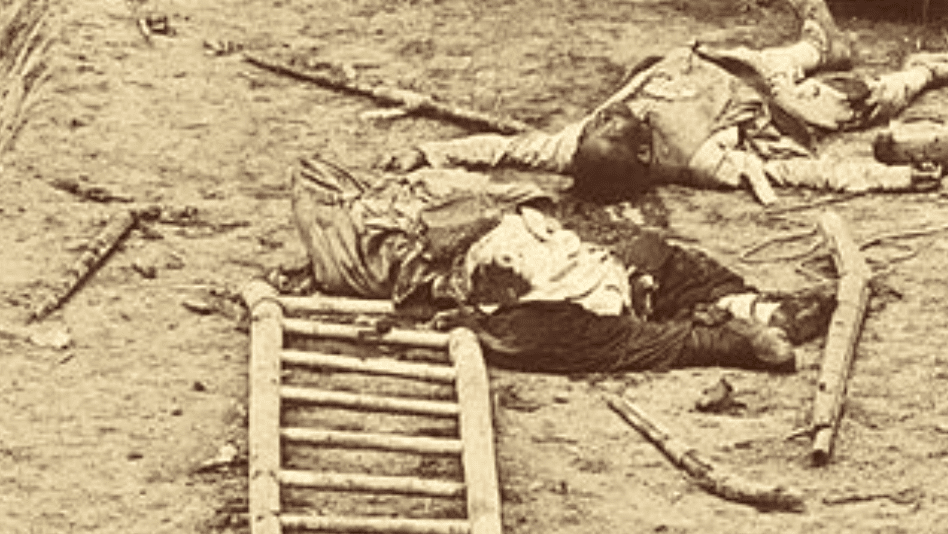
I notice the British agents are using Indian troops. India was established first.
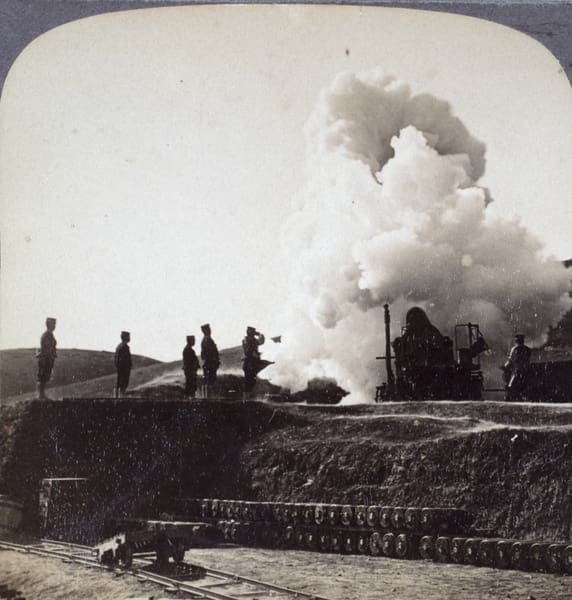
This is a fake picture supposedly showing the opening shots fired at Ft Taku. It is fake bc by the time camera man Felice Beato came around and photographed everything the forts and walls and all parts of China had been sitting in ruins for a long time. The earliest part of the history of this photograph begins in 1990 it is found in a French Collection of images. Note the railroad tracks in the foreground, the railroad is a remnant of the Olde World and was established worldwide, repaired, not constructed.
The gallery below is a series of battle shots that are supposedly taken after the battle that the image above kicked things off. The thing here is the shots are authentic but the ruins are ancient, that means the pics were set up like movie sets. The weapons and period elements that are dateable have been planted, that means the casualties too. Asia had a mass execution of the male population, we will get to that next. How hard would it be to think of a plot to execute people on old grounds to create lifelike images of a battle that never took place to support the false narrative. They killed those people on the spot for the purpose of creating a battle sequence. They did it in America too, check out the Civil War pics, only we used living actors, not freshly executed people.
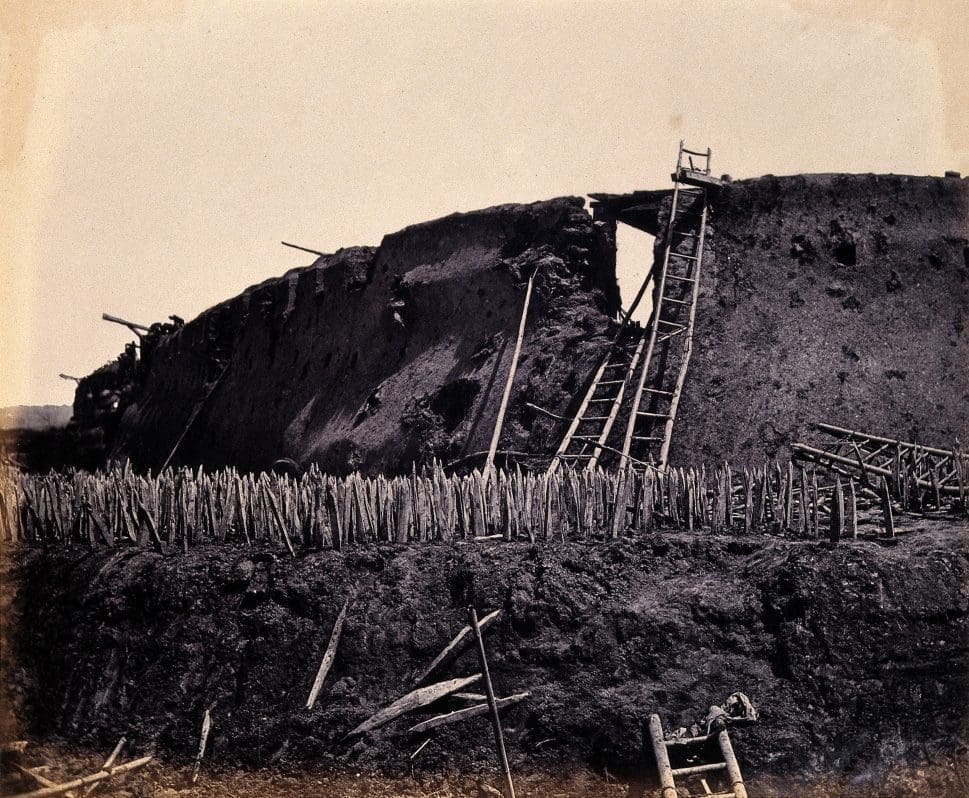
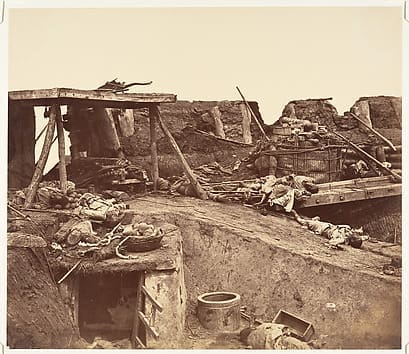

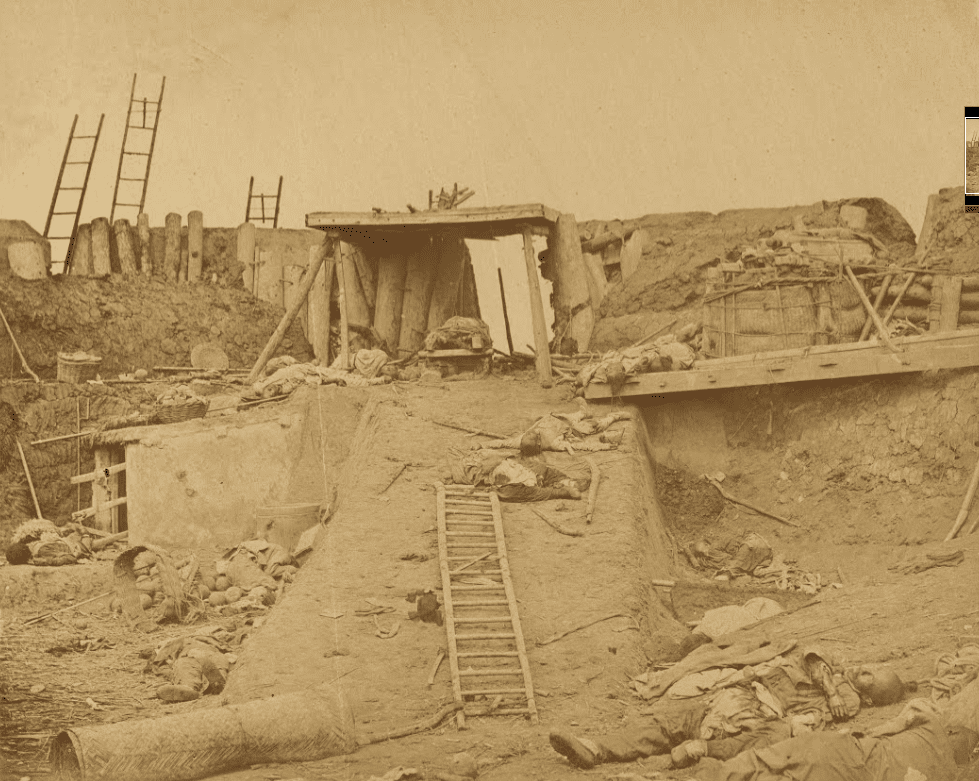
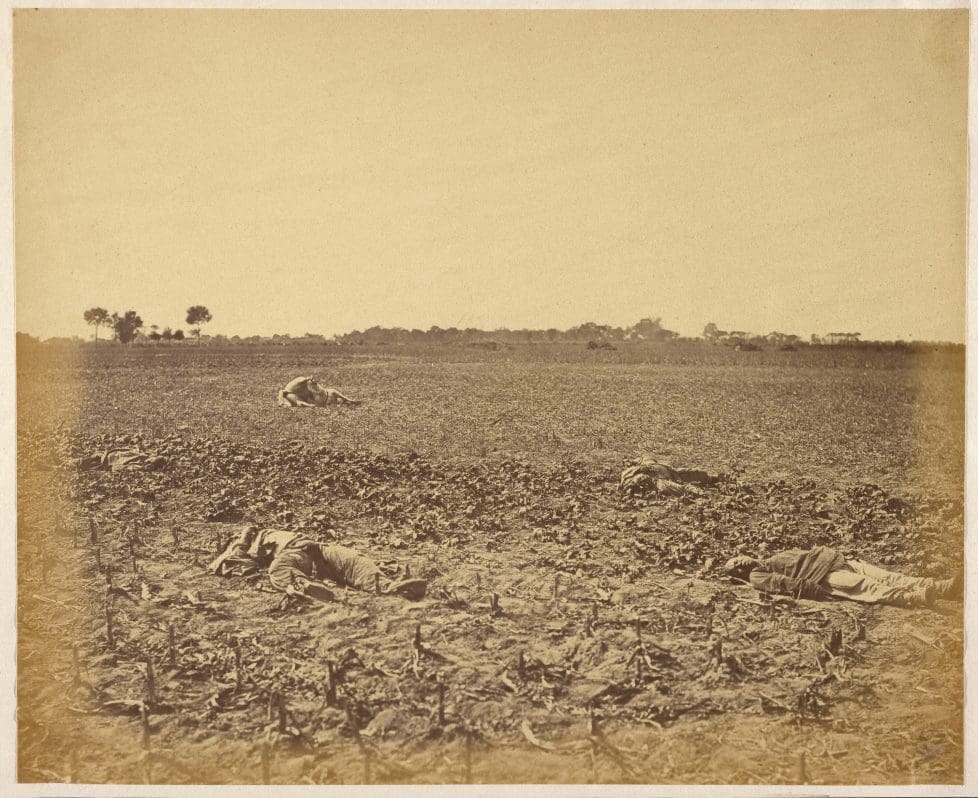

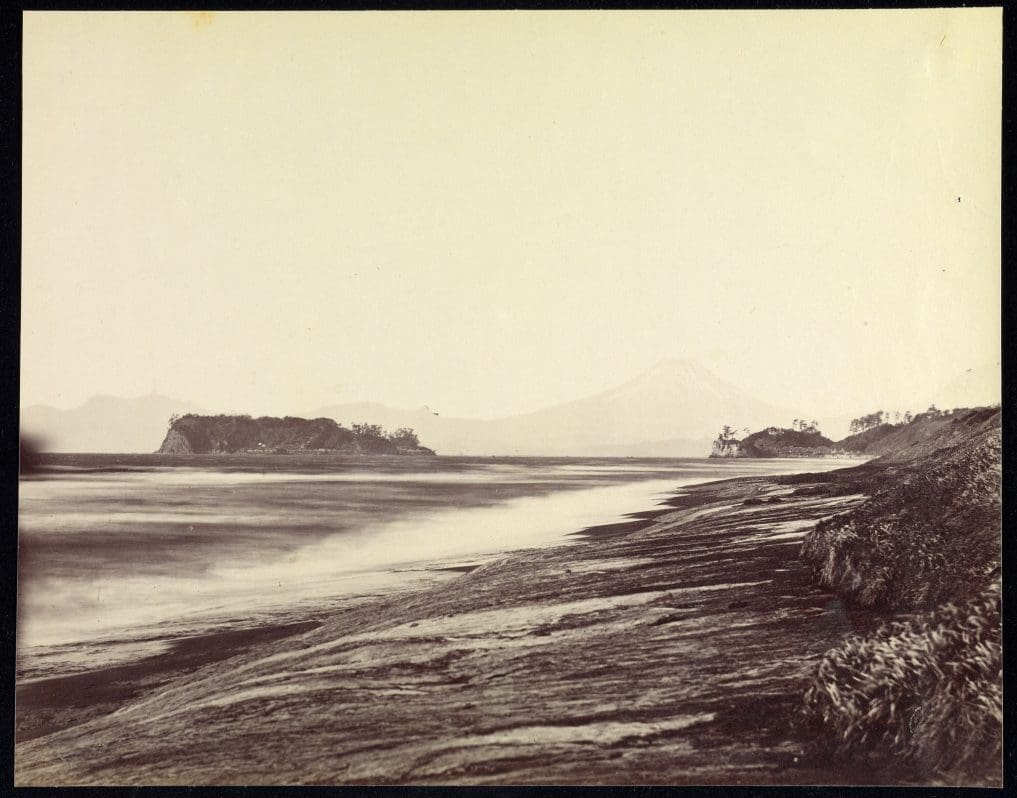
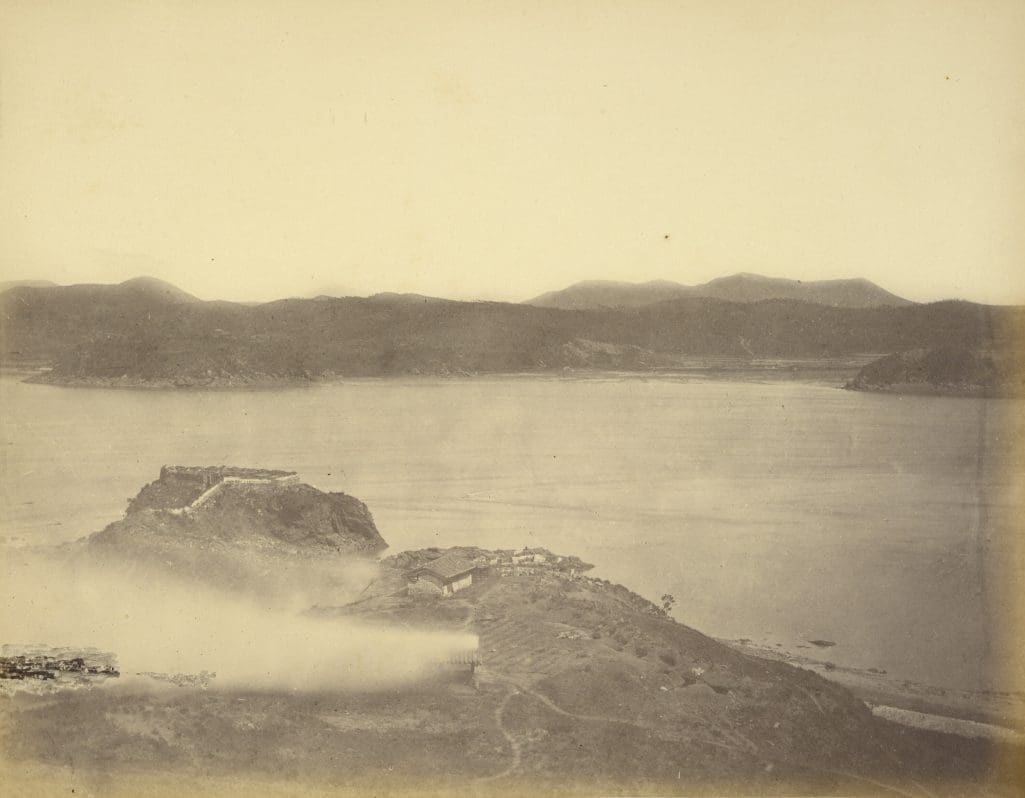
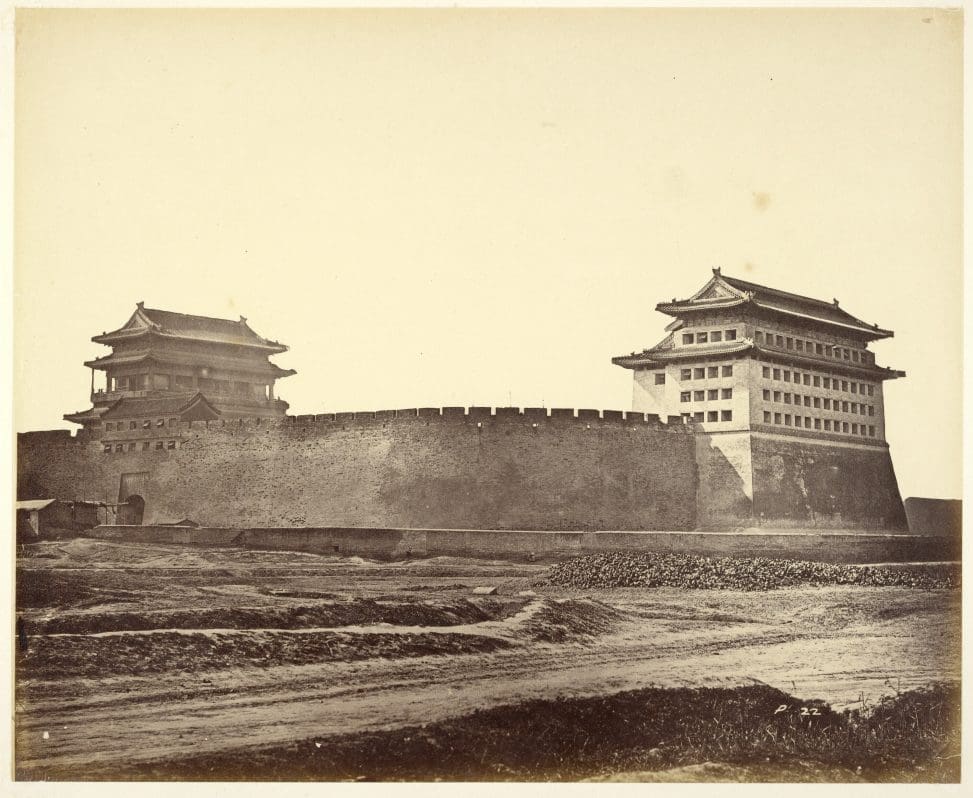
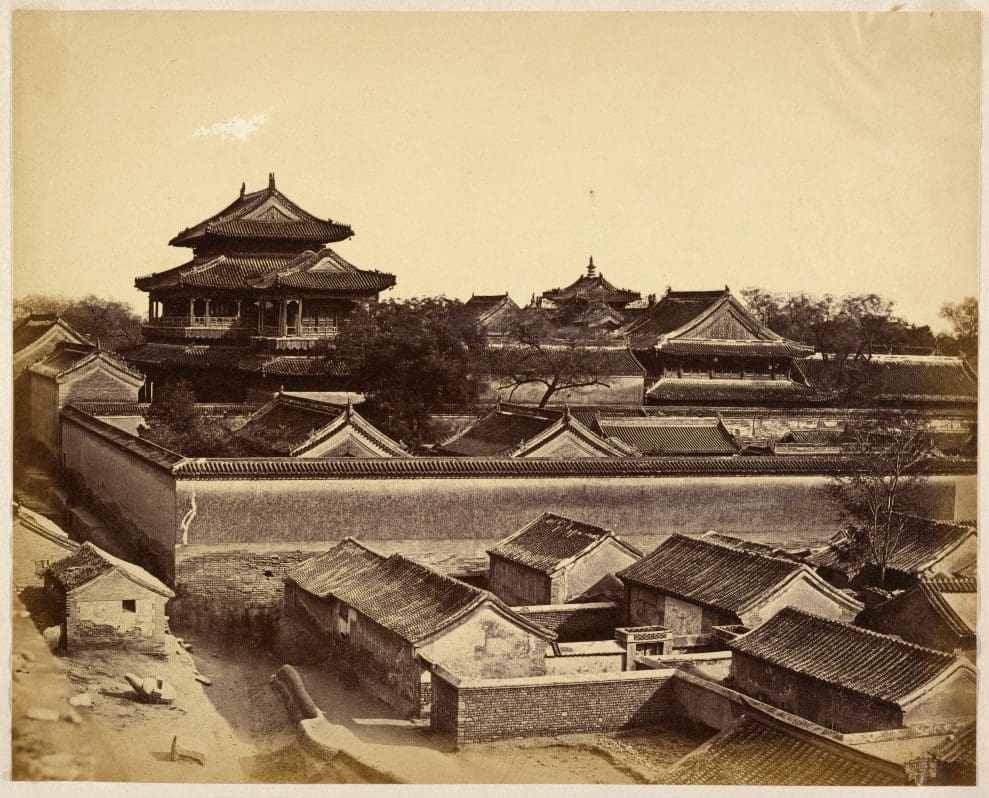
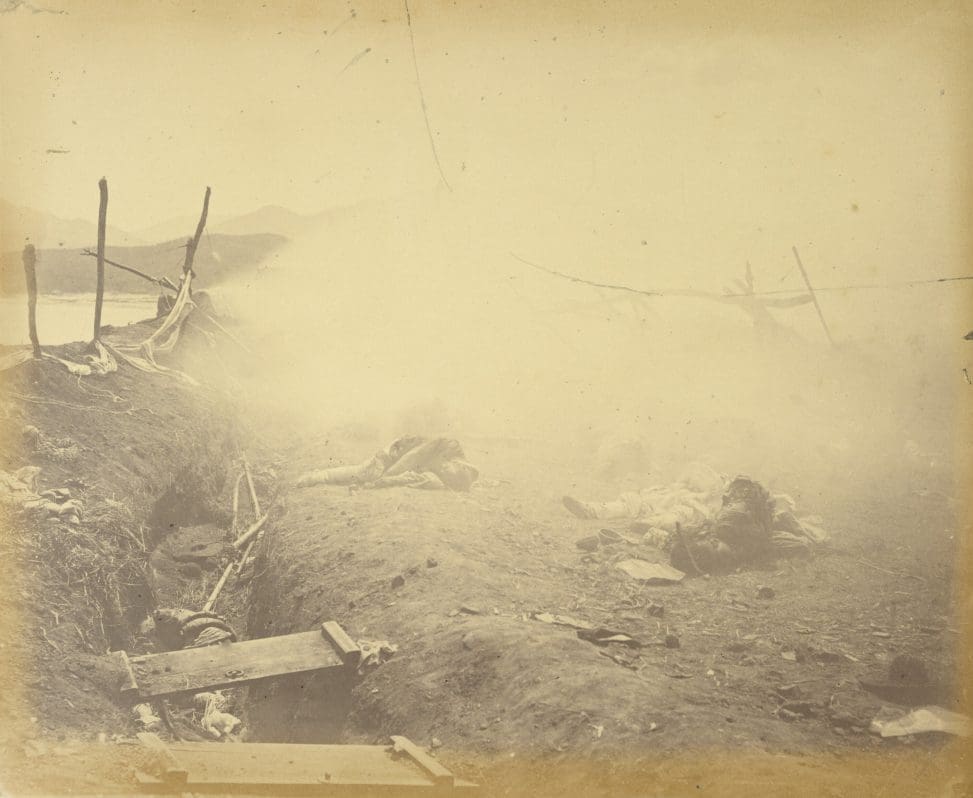
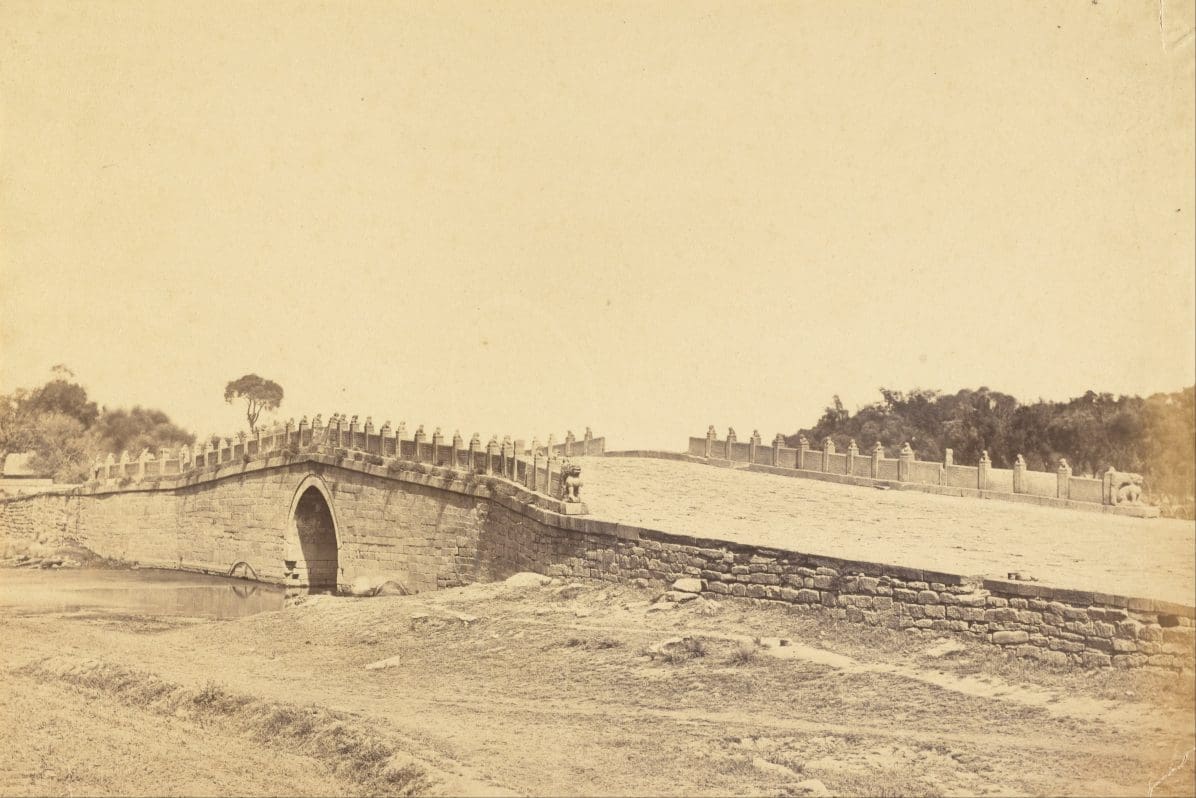
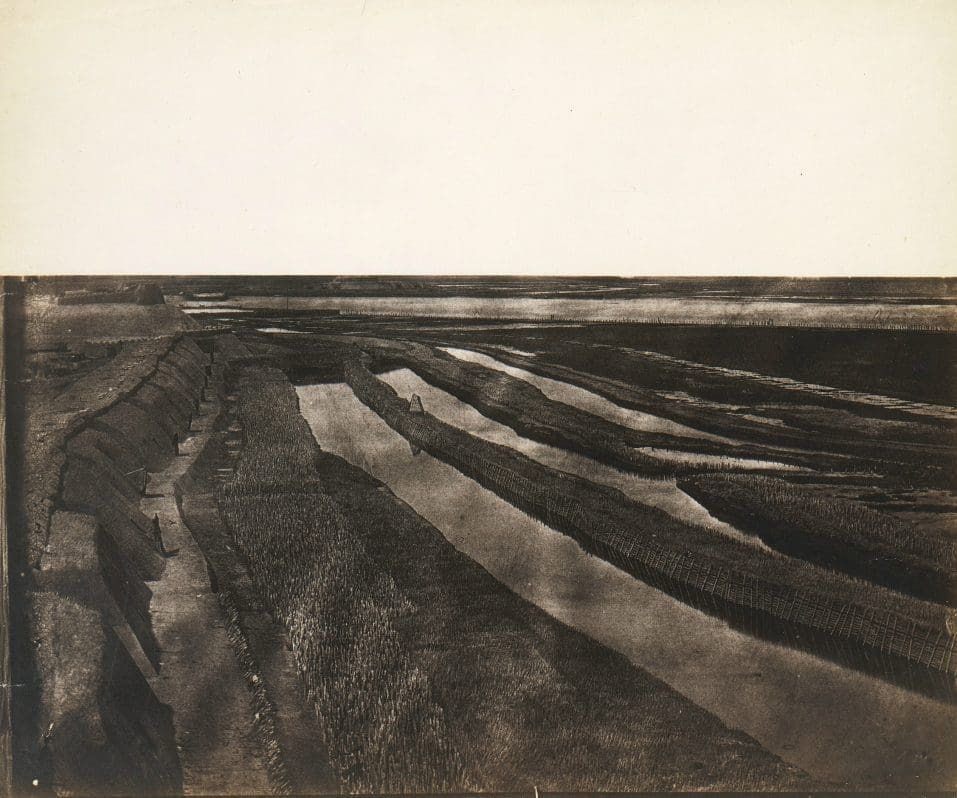

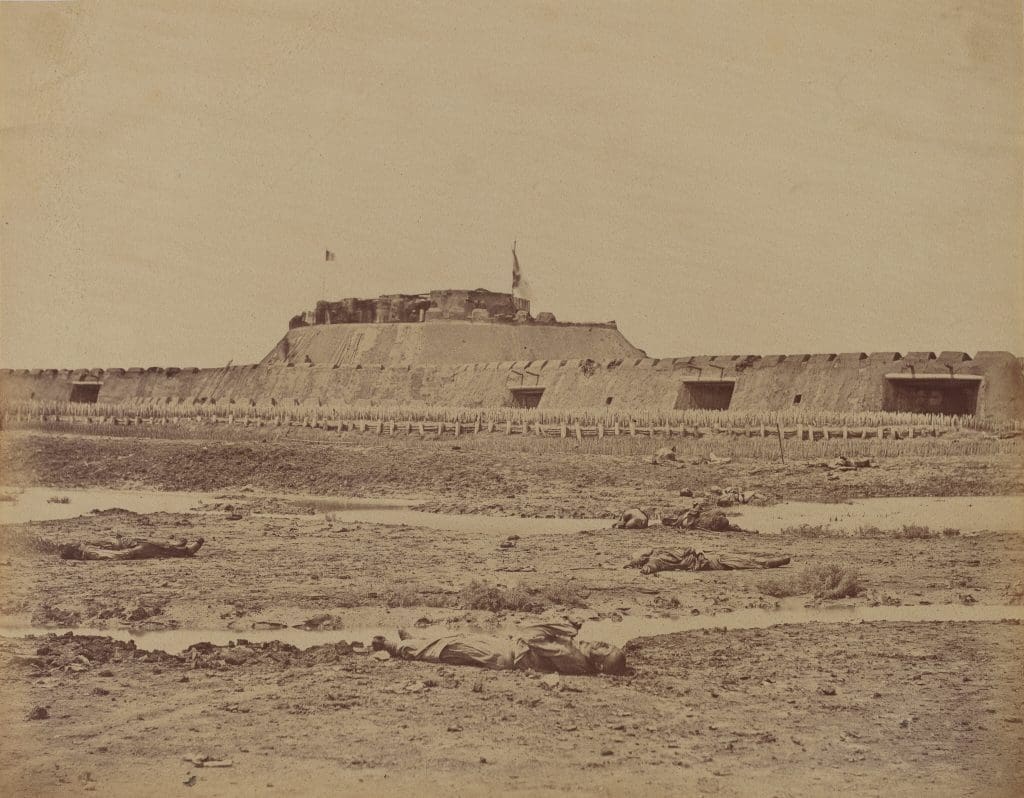


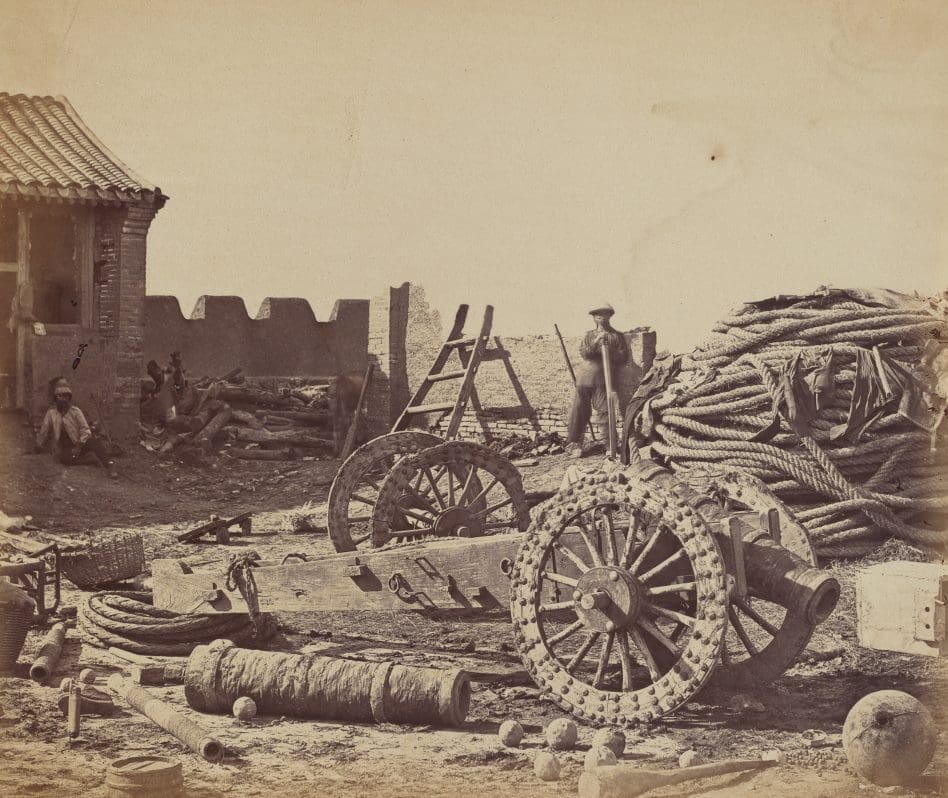


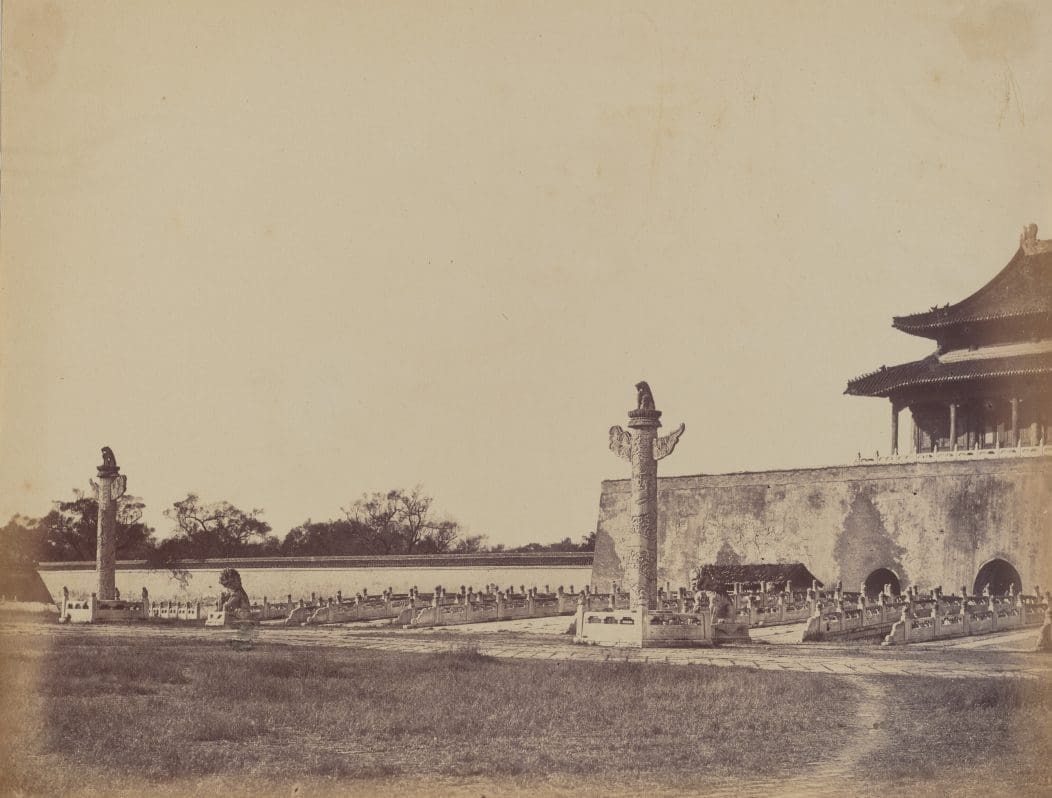
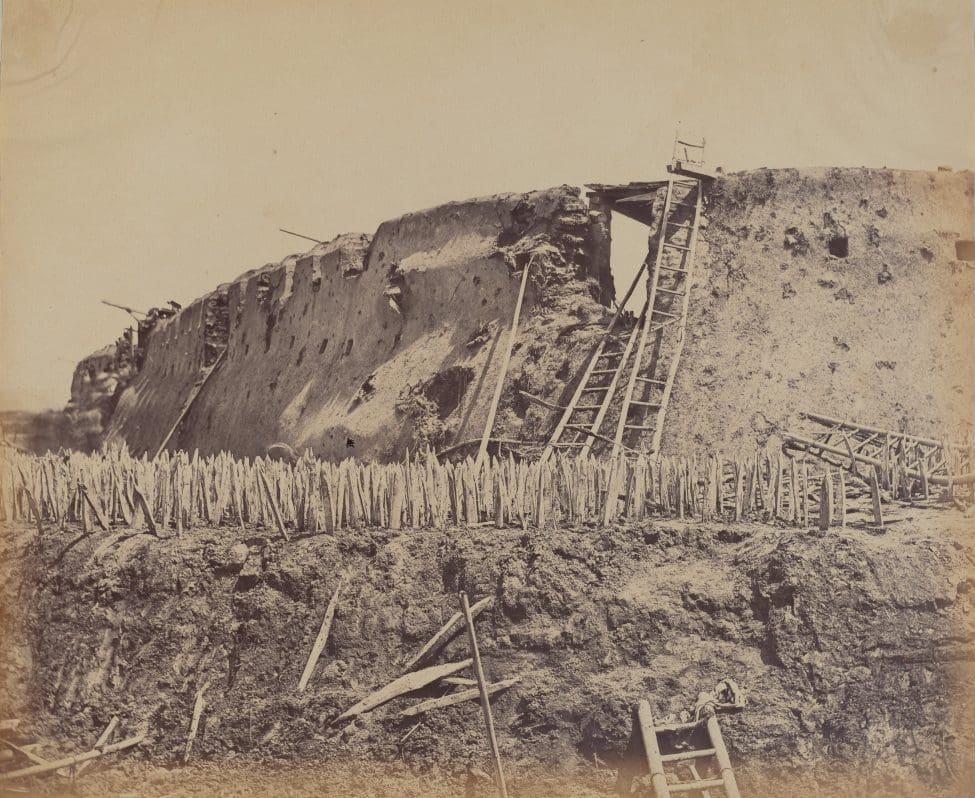
93rd Highlanders
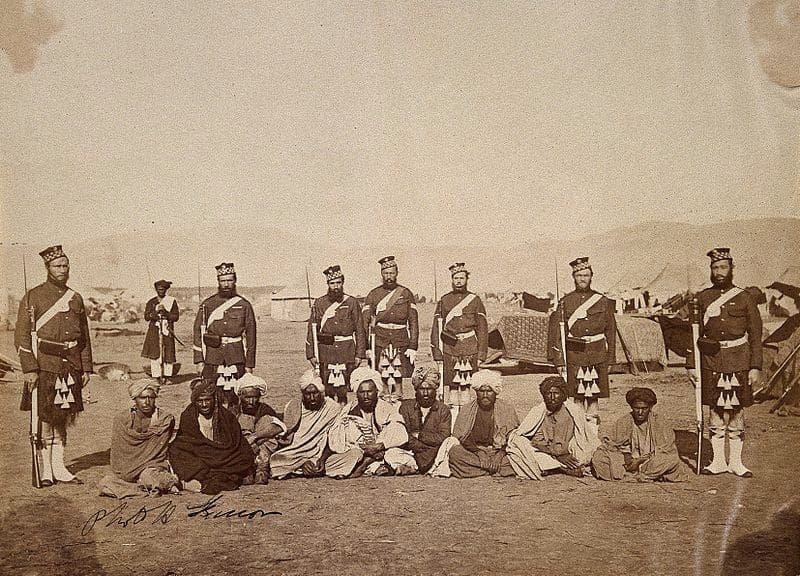
Ever notice that a group of actors is called a “Troop”? It’s all a production in the Psych War. Spell-ing, Wordcraft
93 is 999 inverted 666
Crowds of Actor/Troops
A whole series of shots was staged; good guy armies, gangs of criminals, the running, flag-waving battle cry.
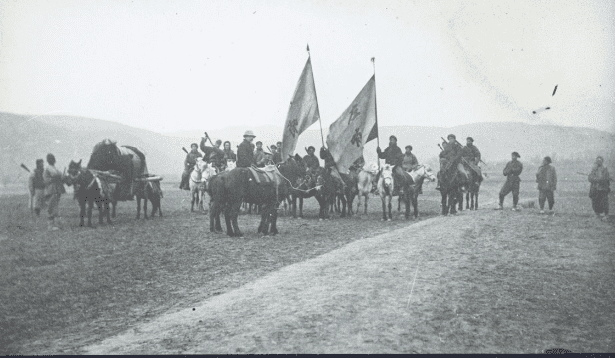

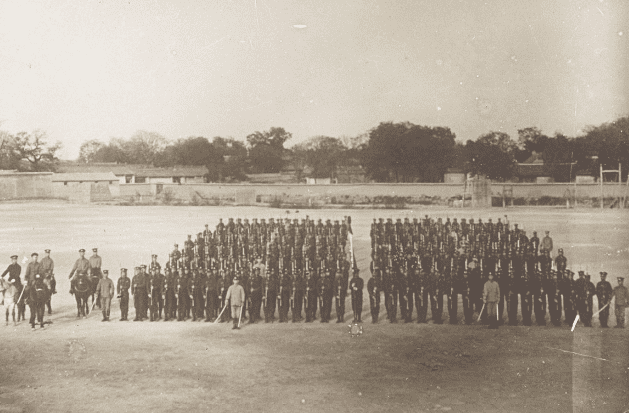



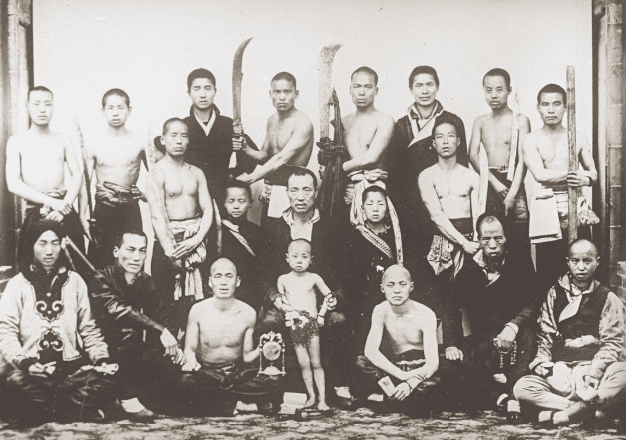
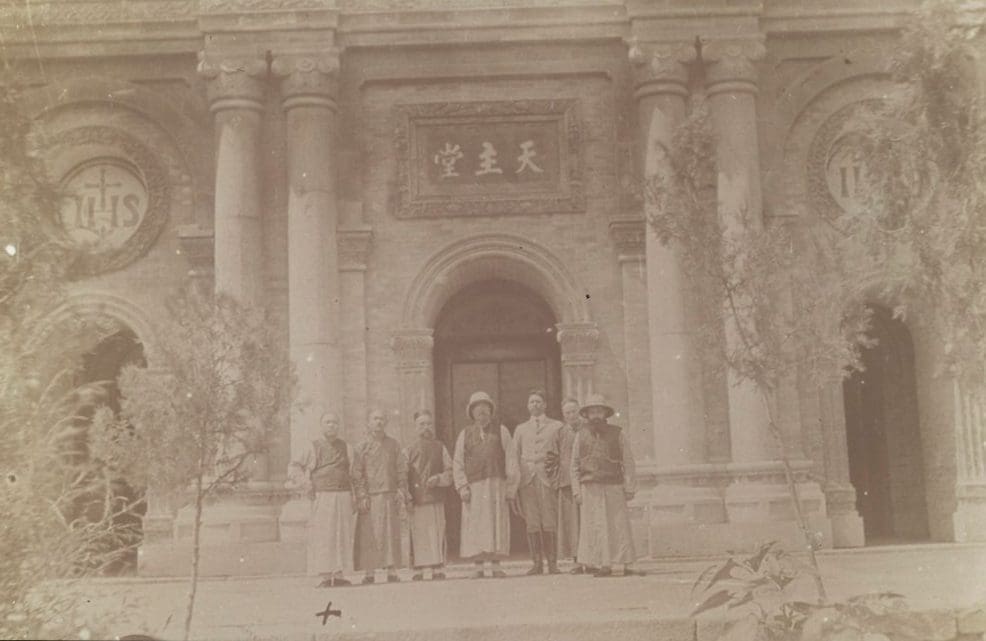

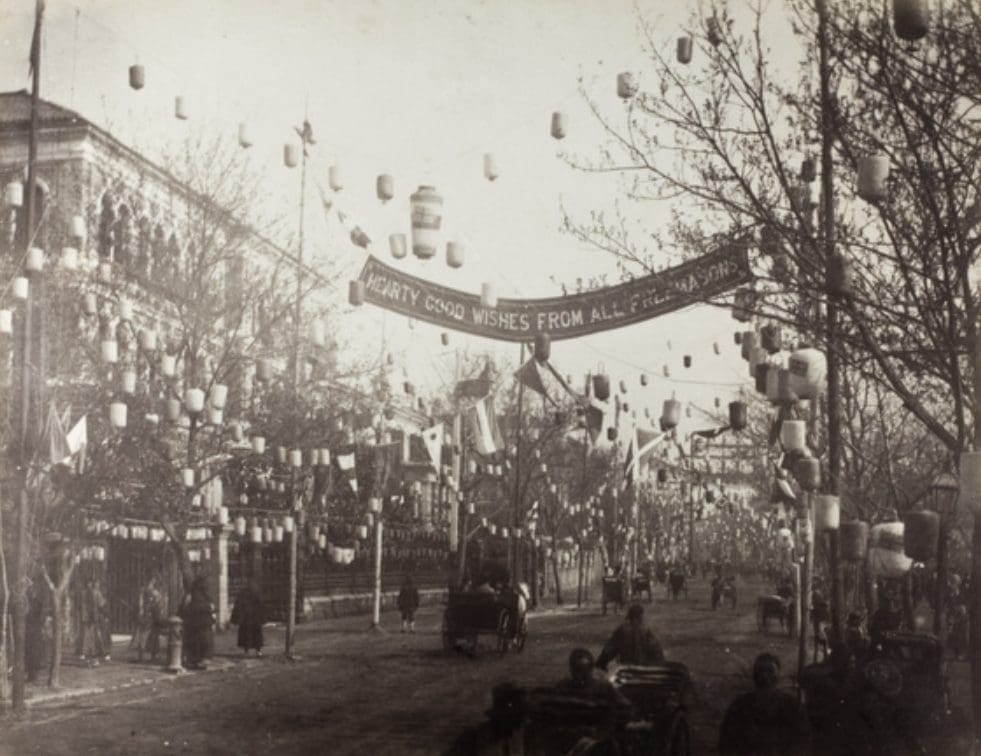
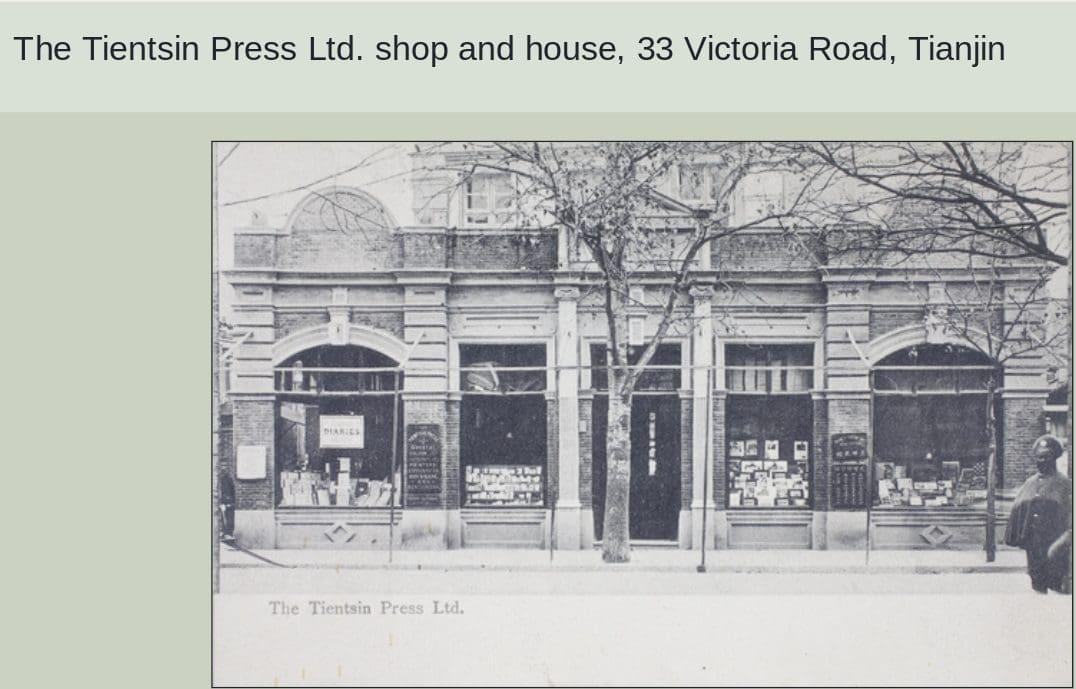
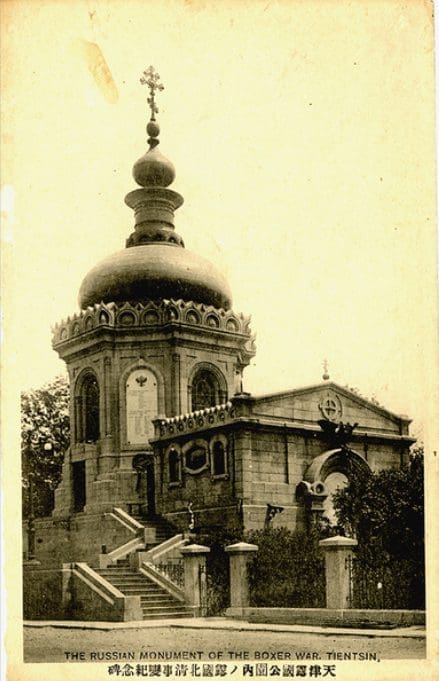
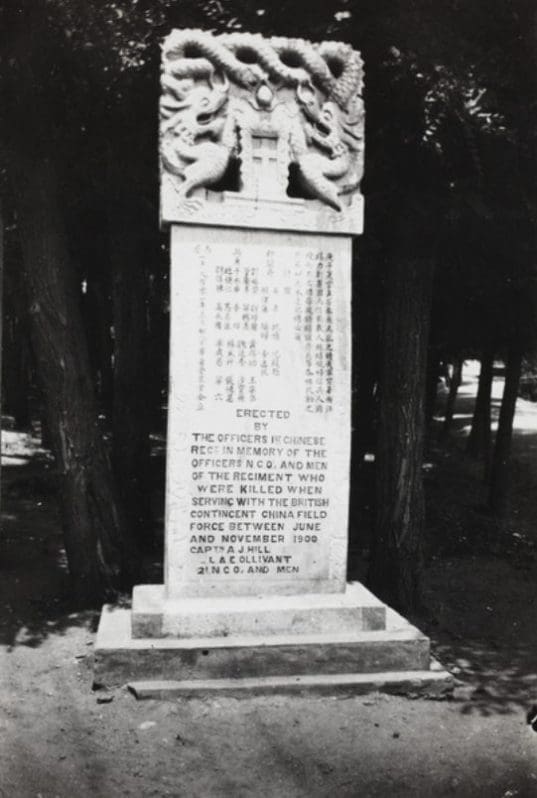
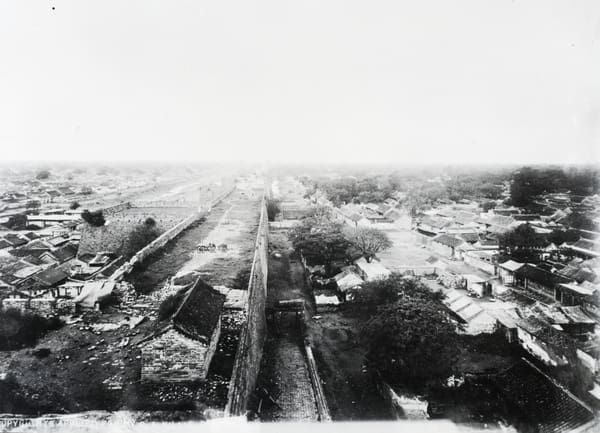
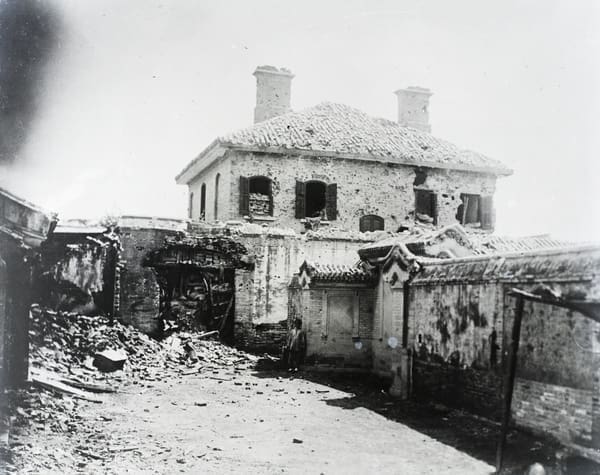

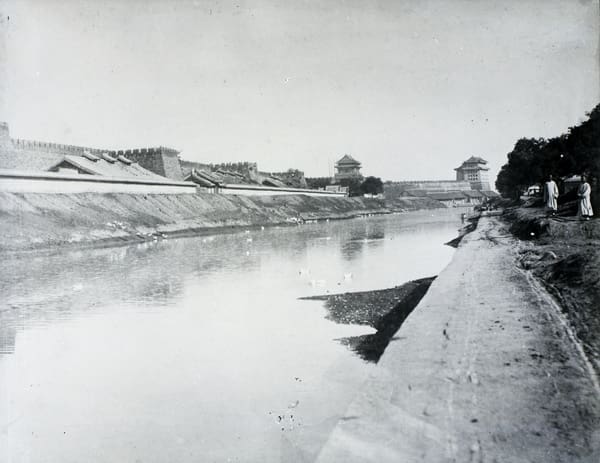
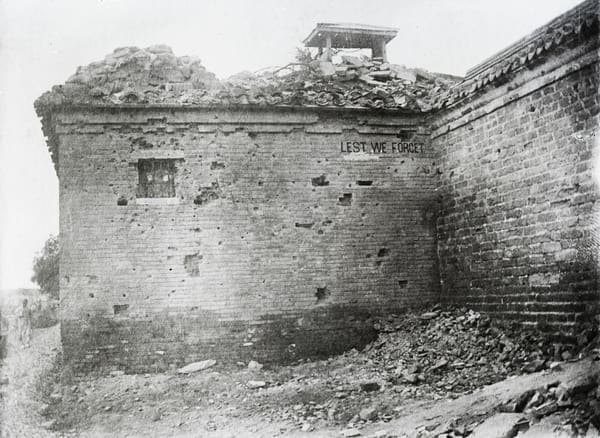
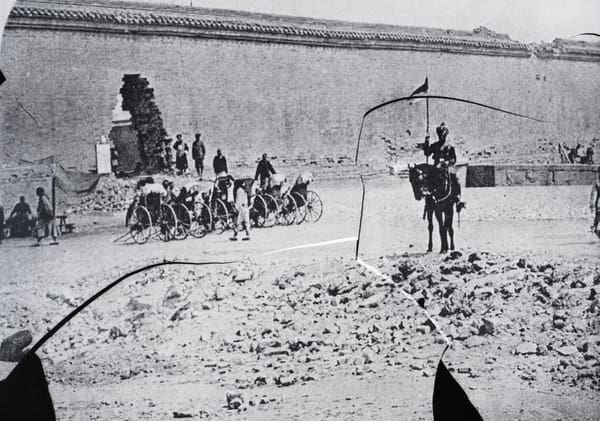
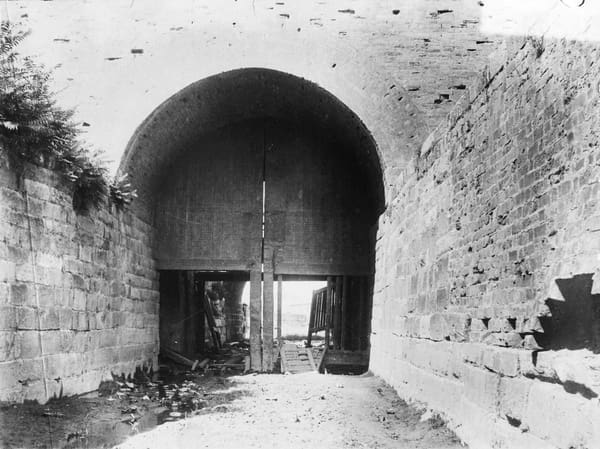
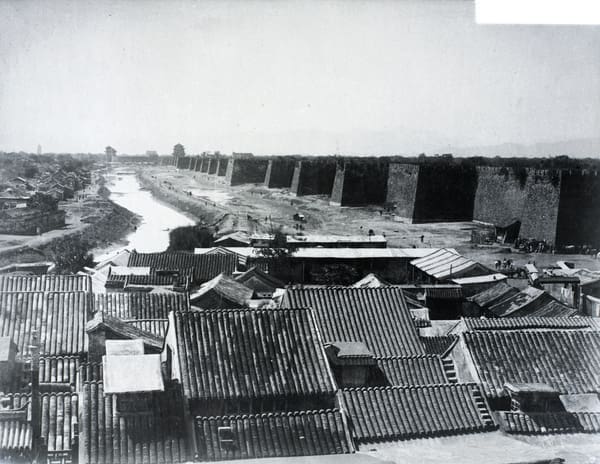
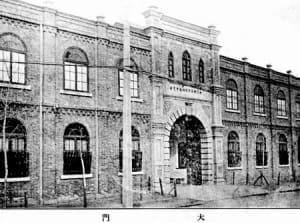
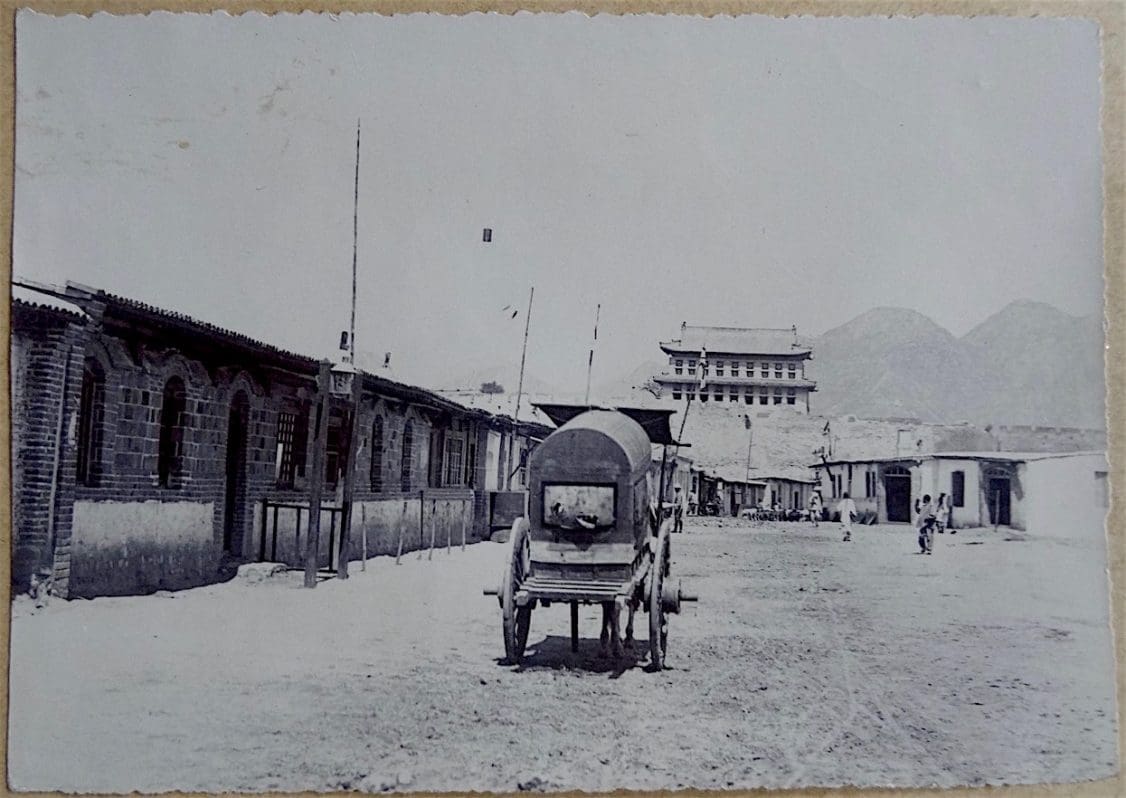


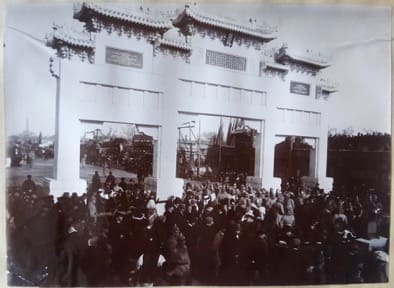
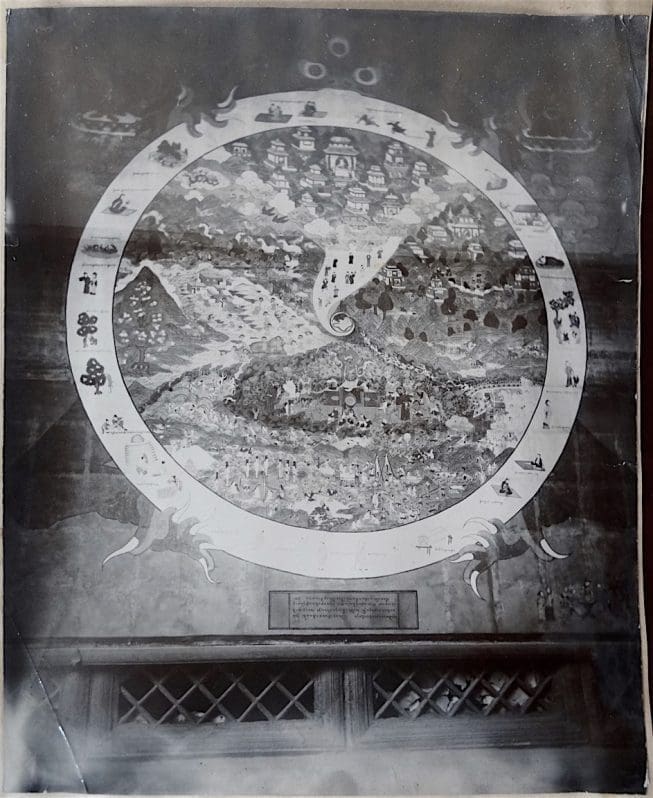

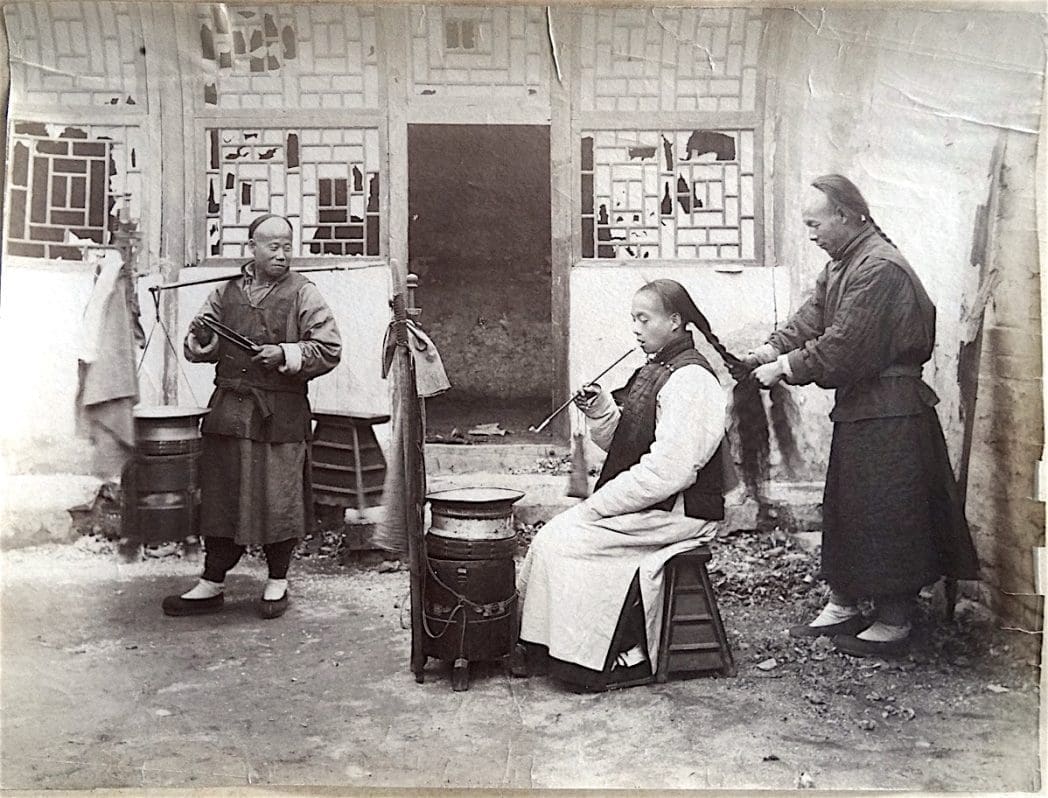
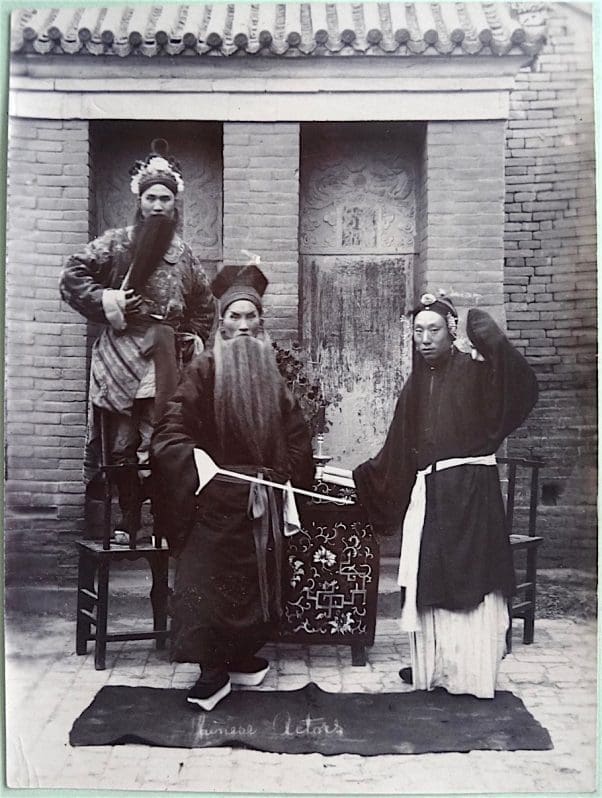
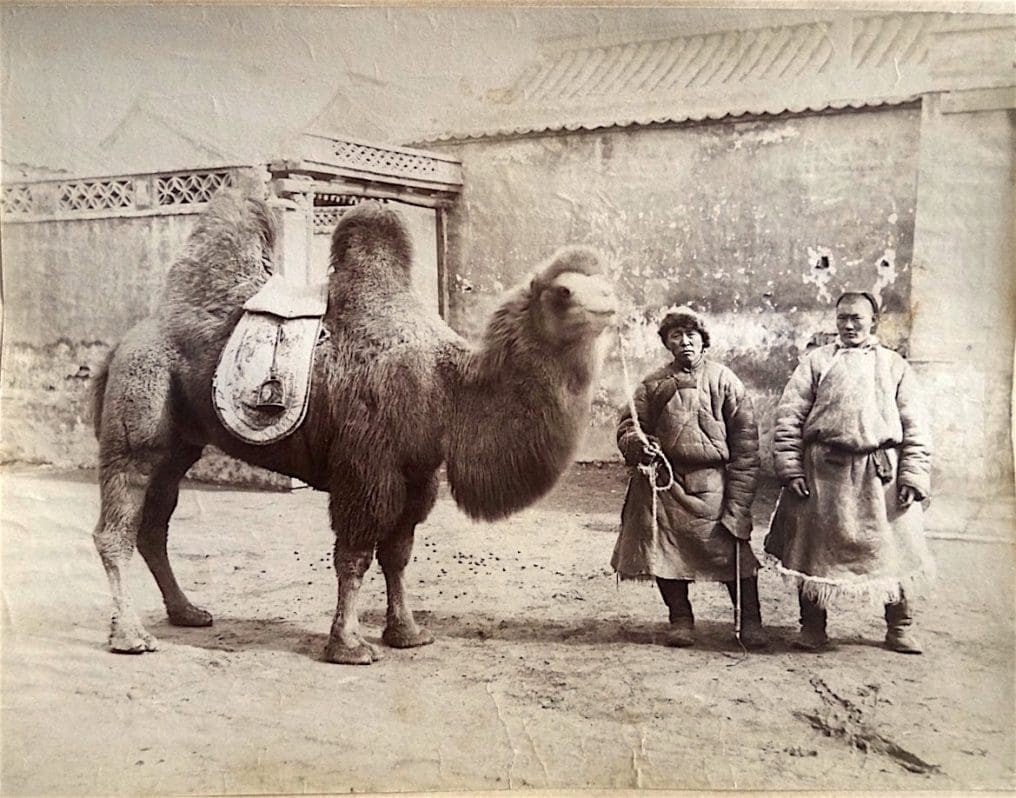
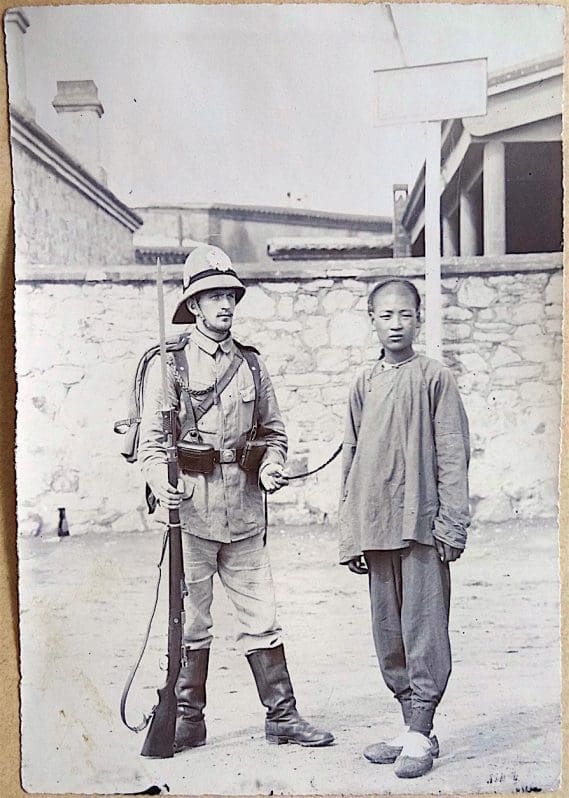
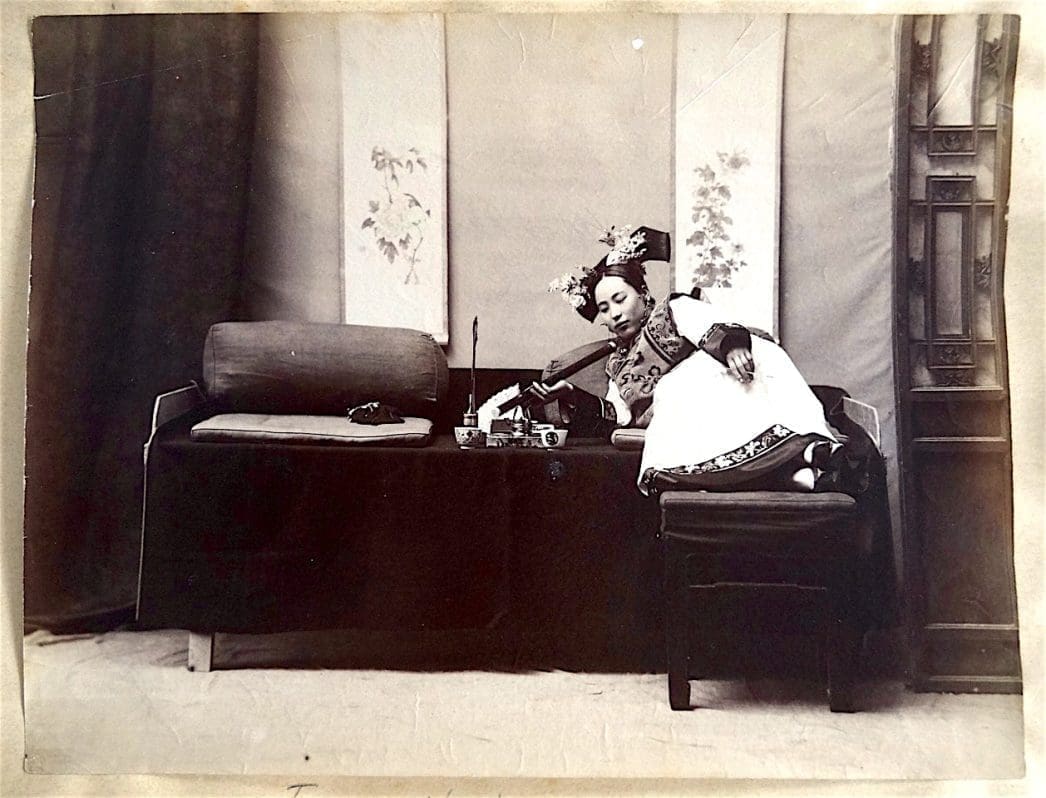
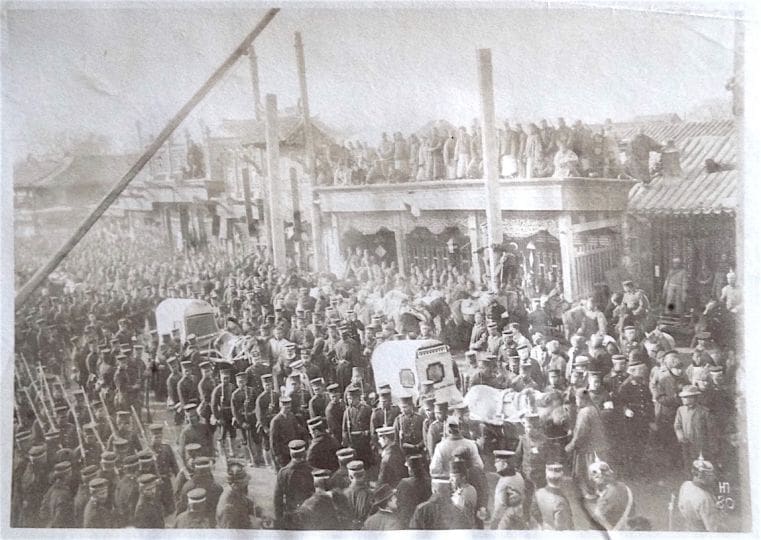
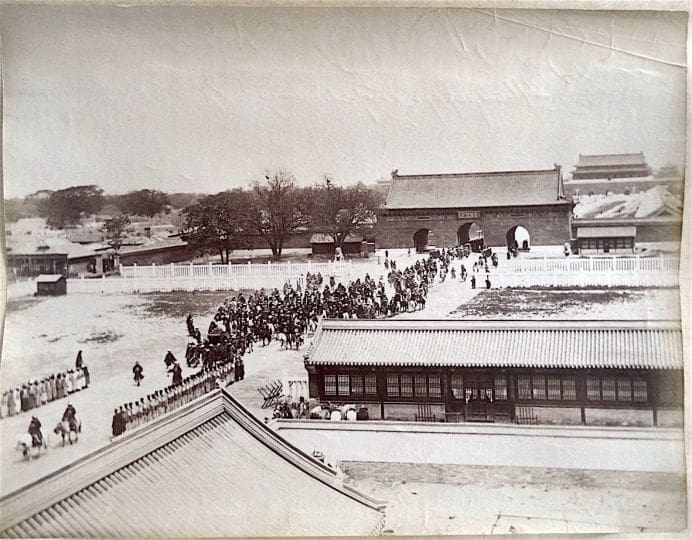

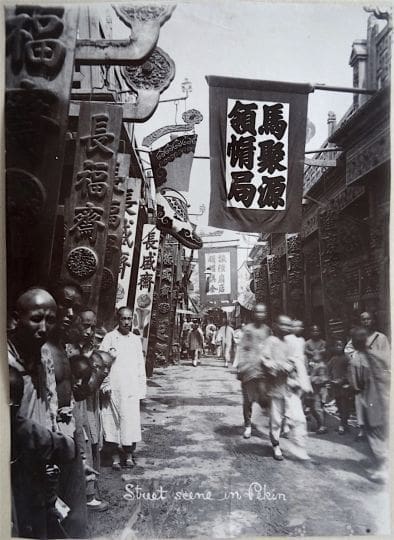
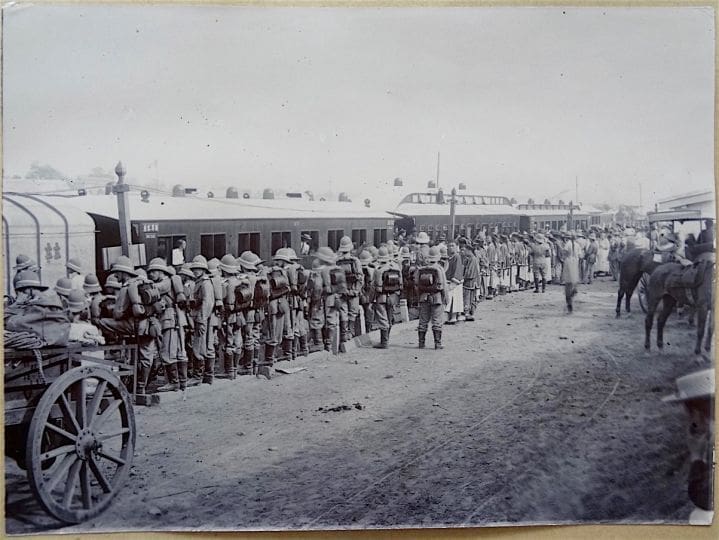
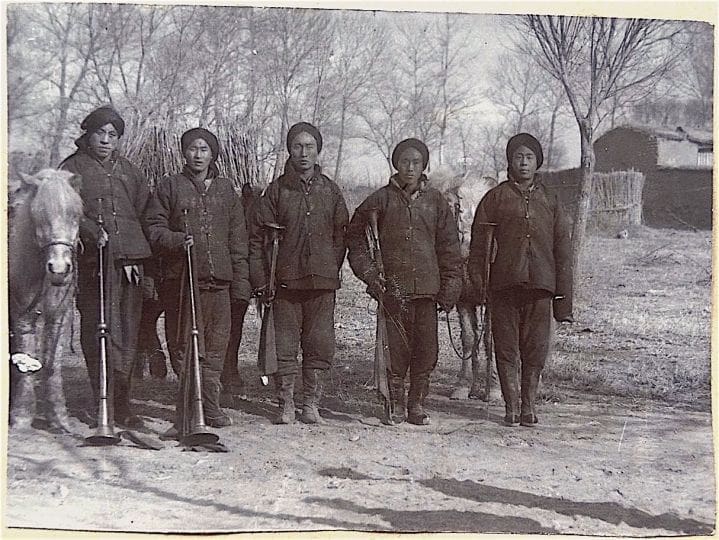


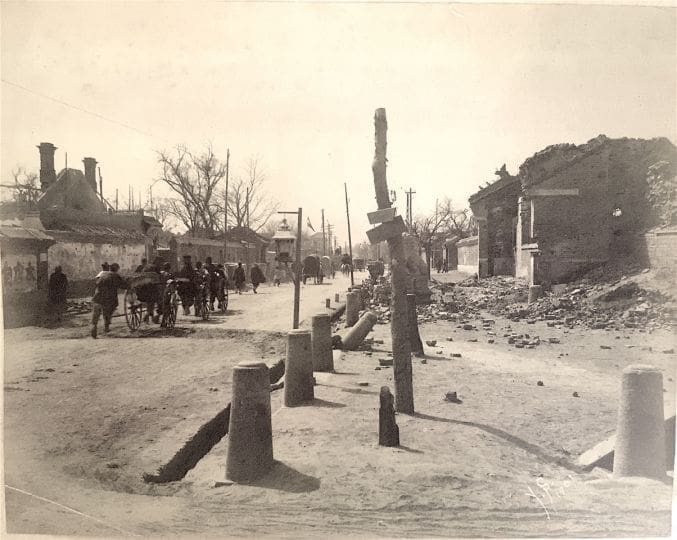


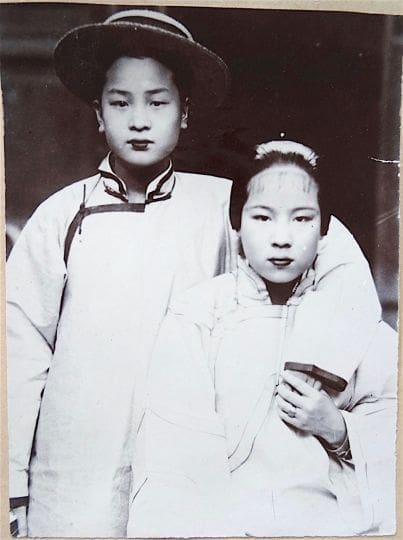
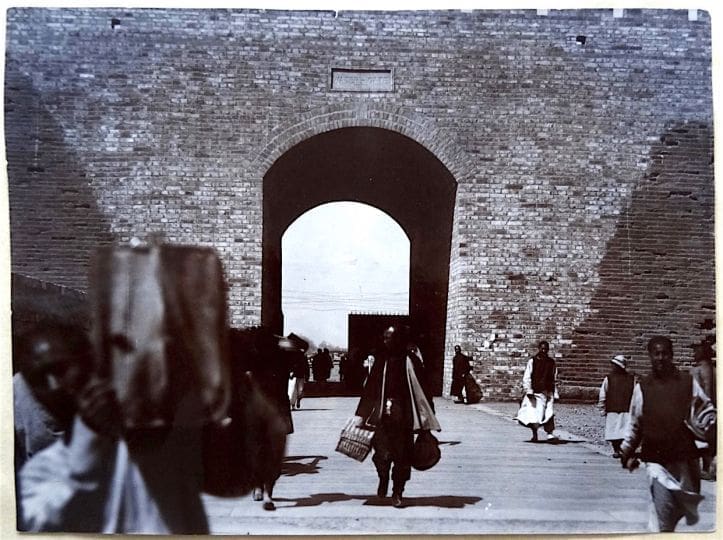
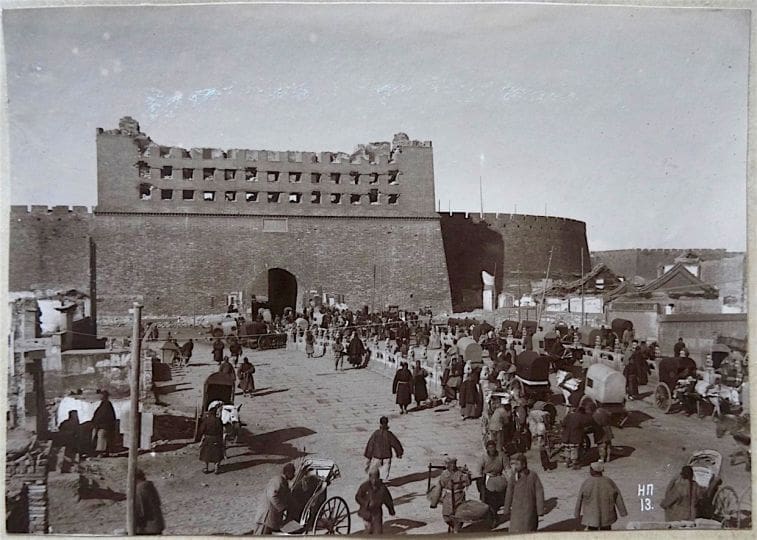
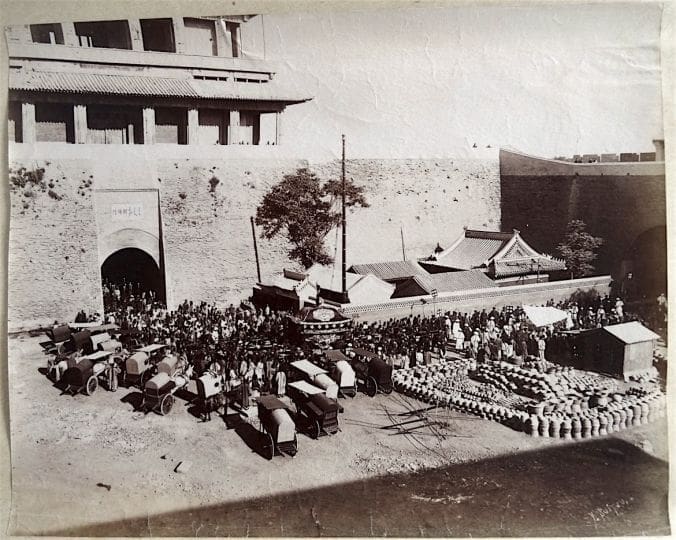
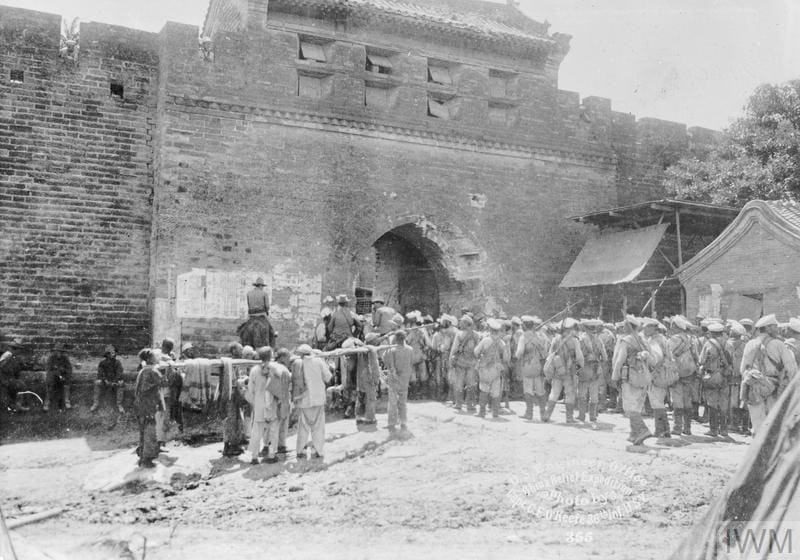
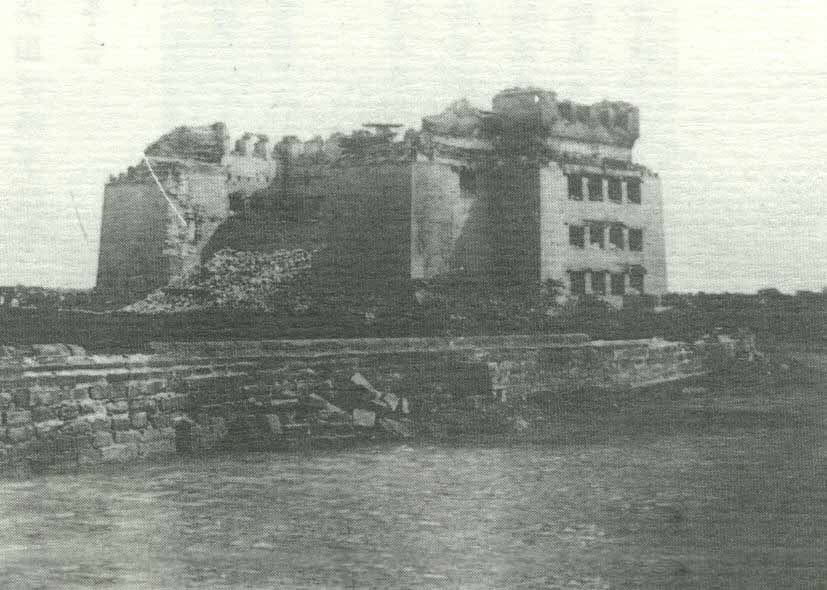
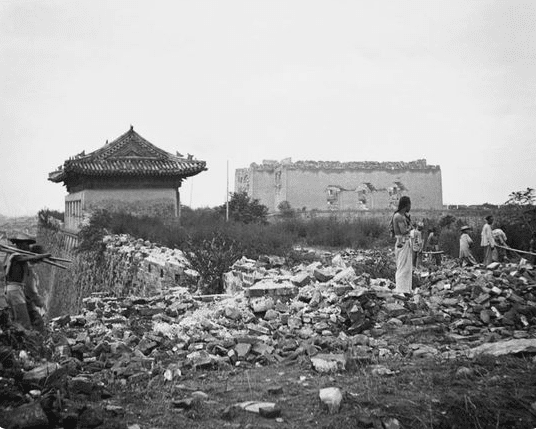
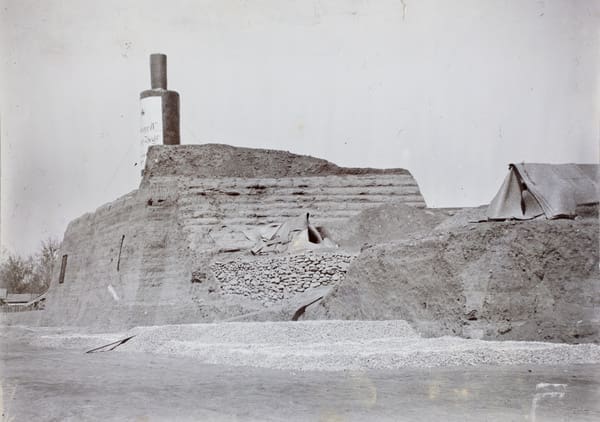
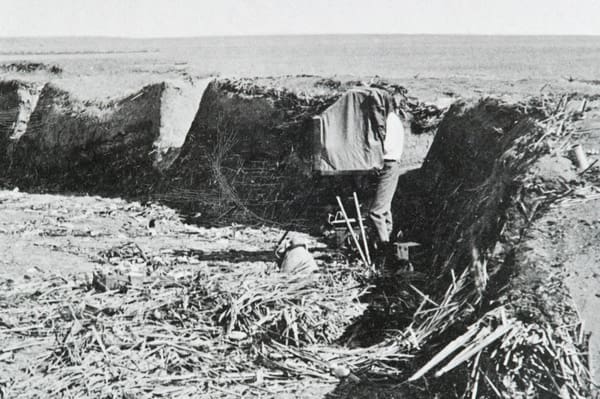
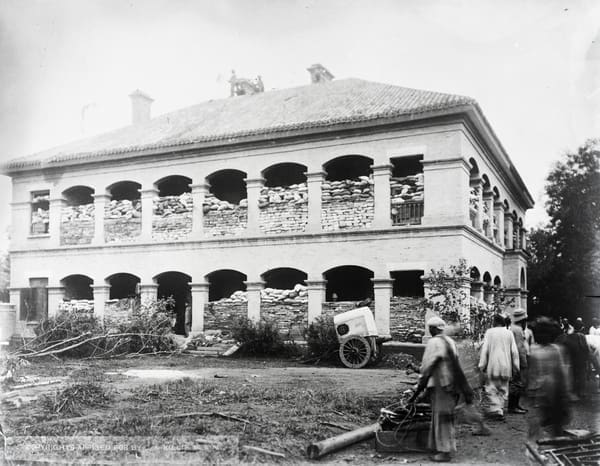
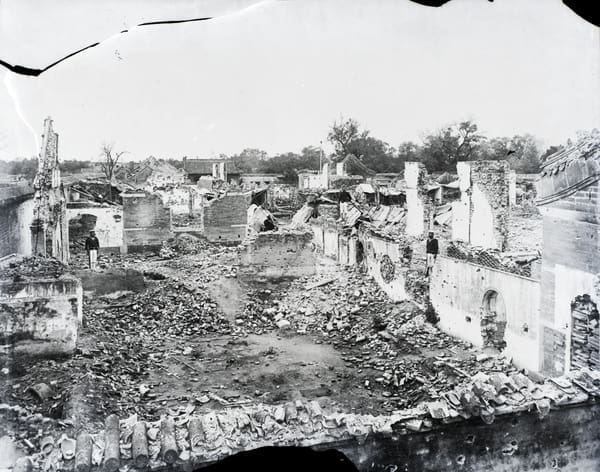
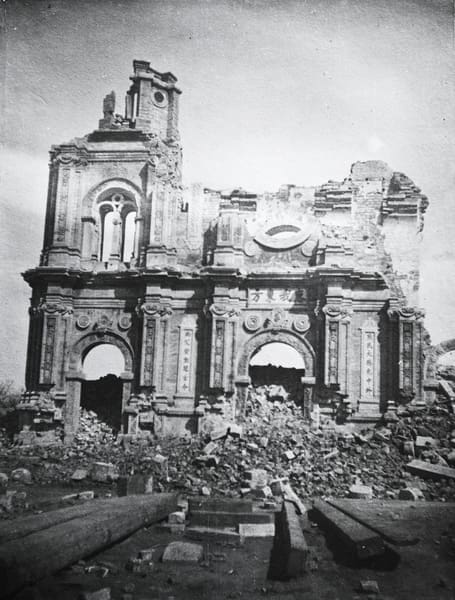
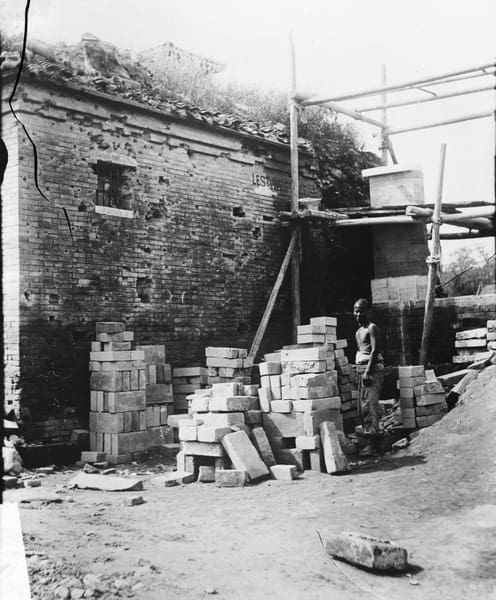
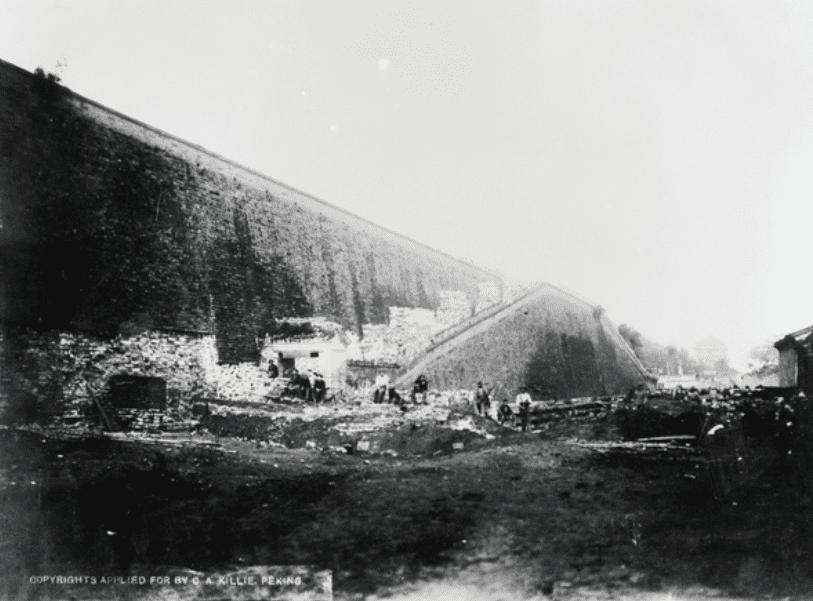
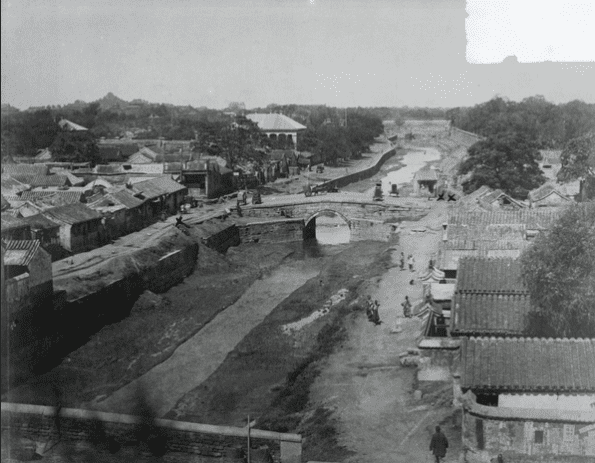

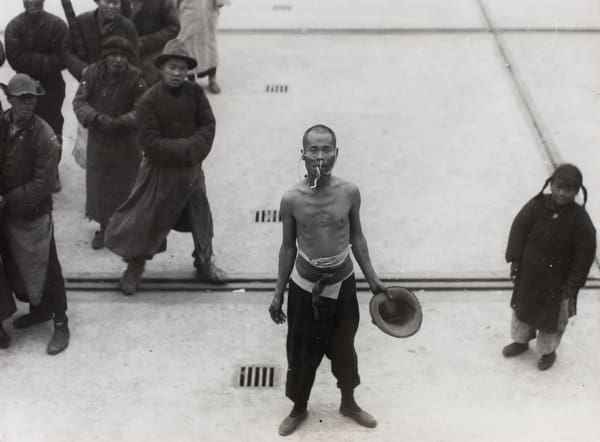
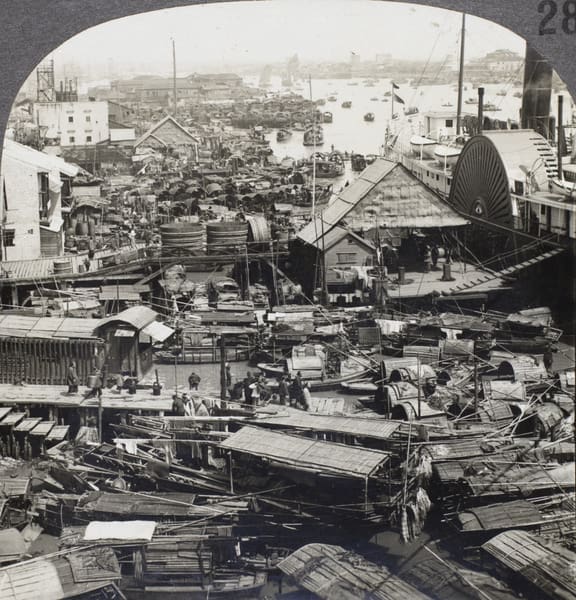

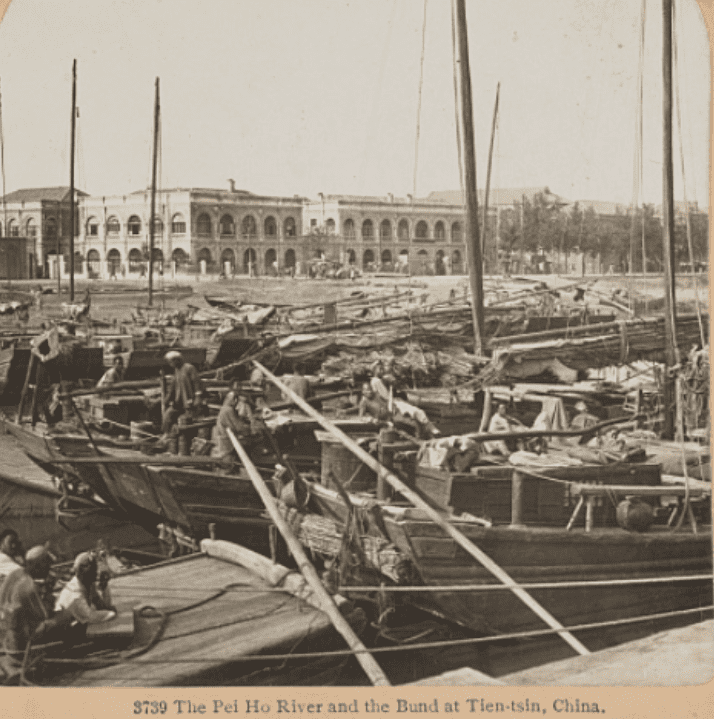
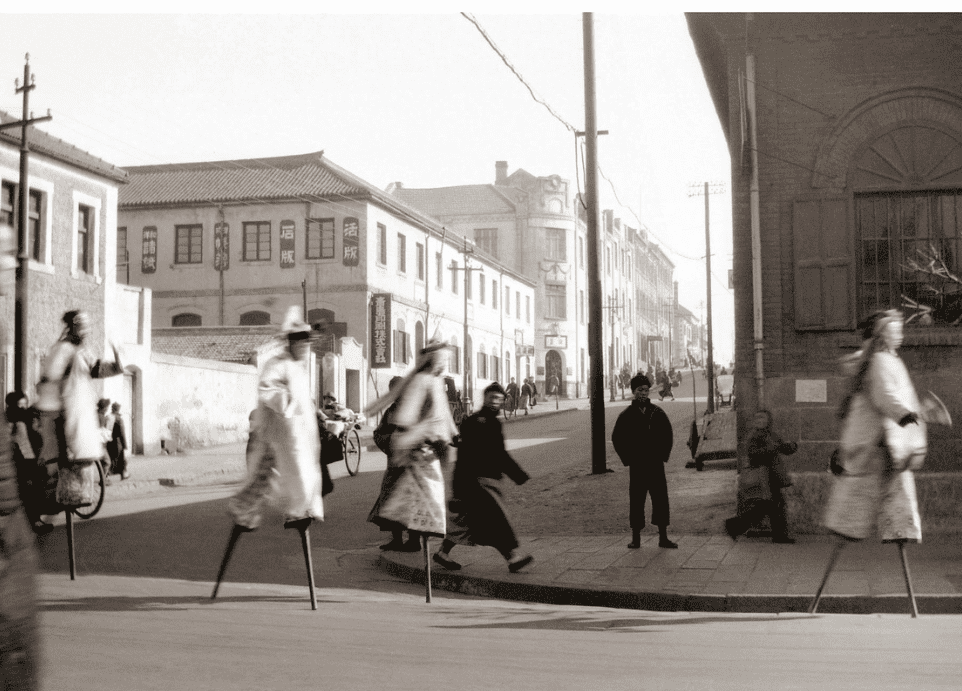
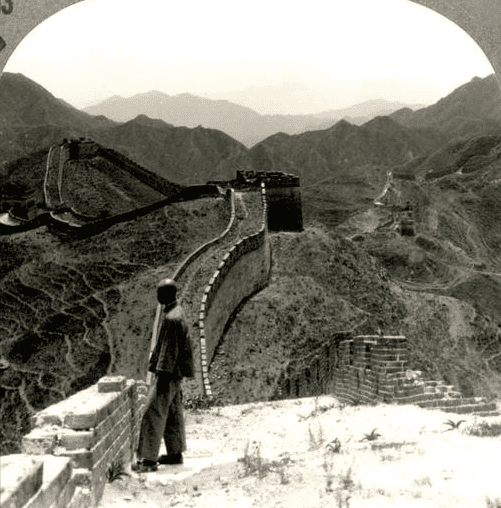
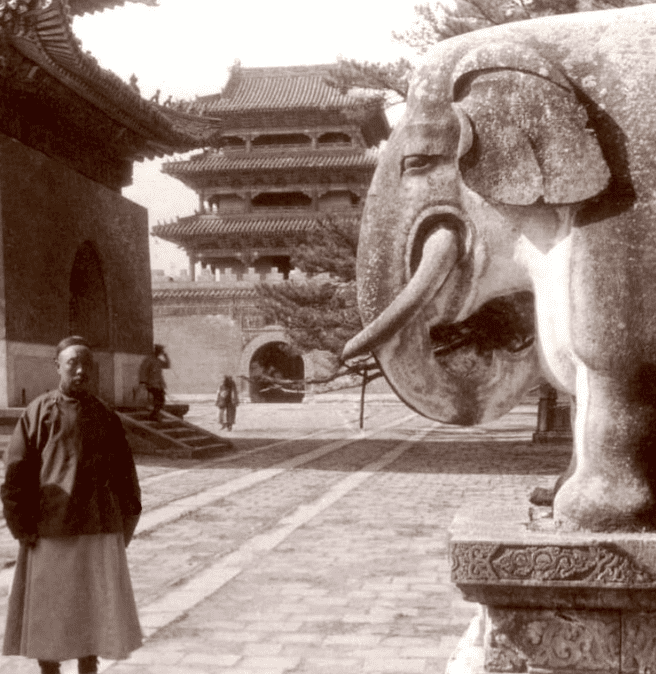
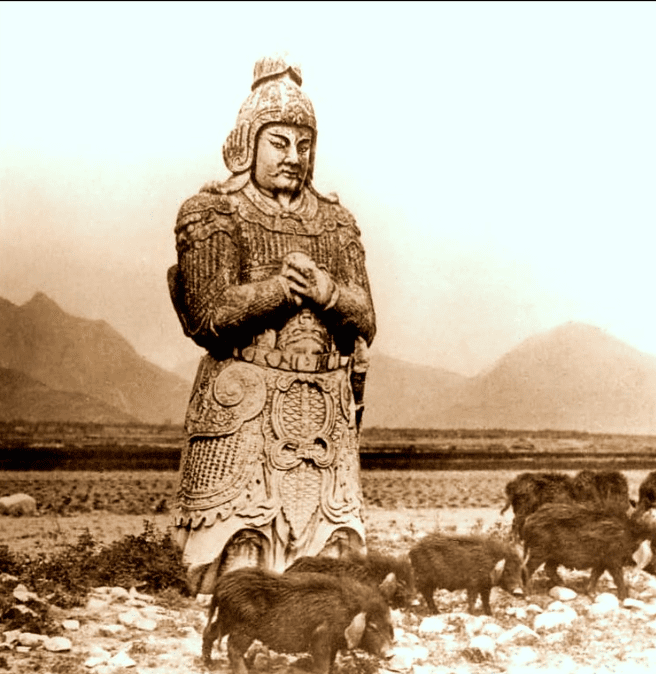
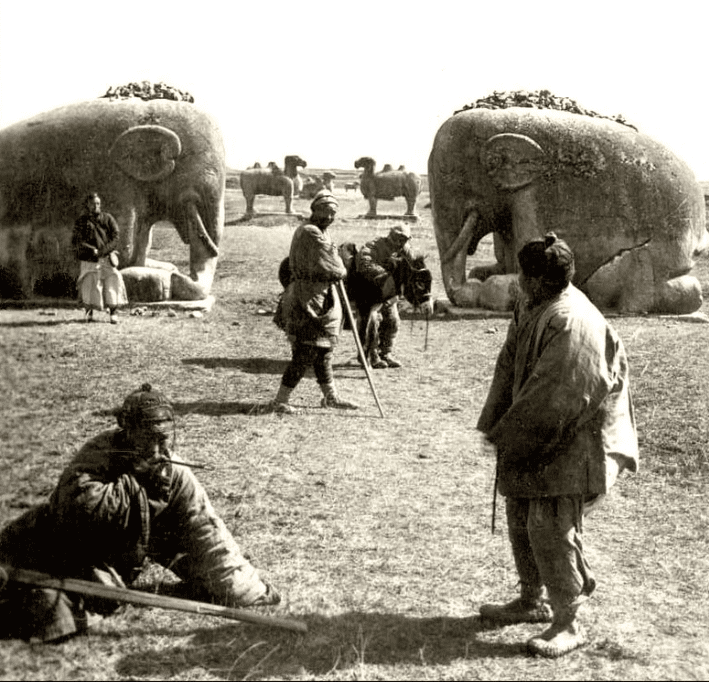


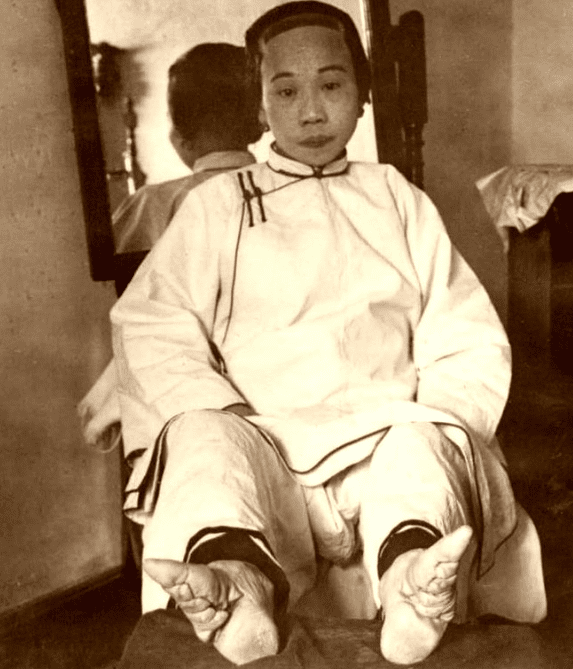
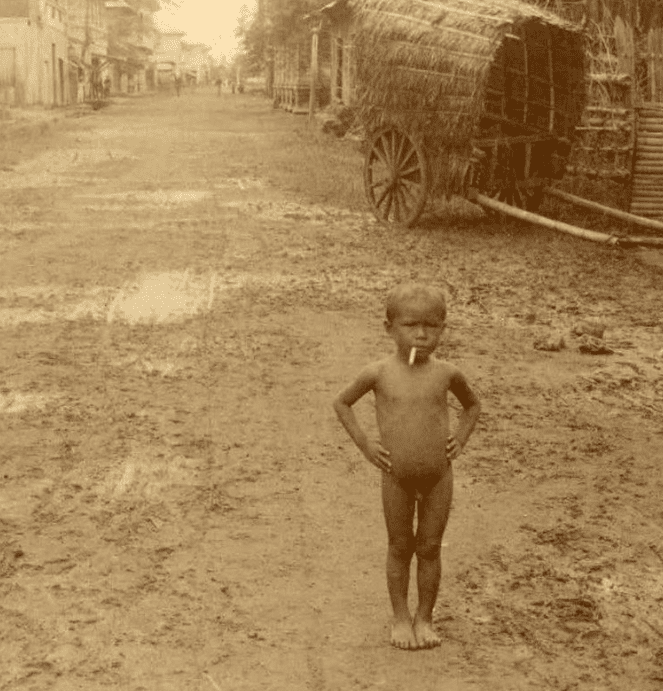
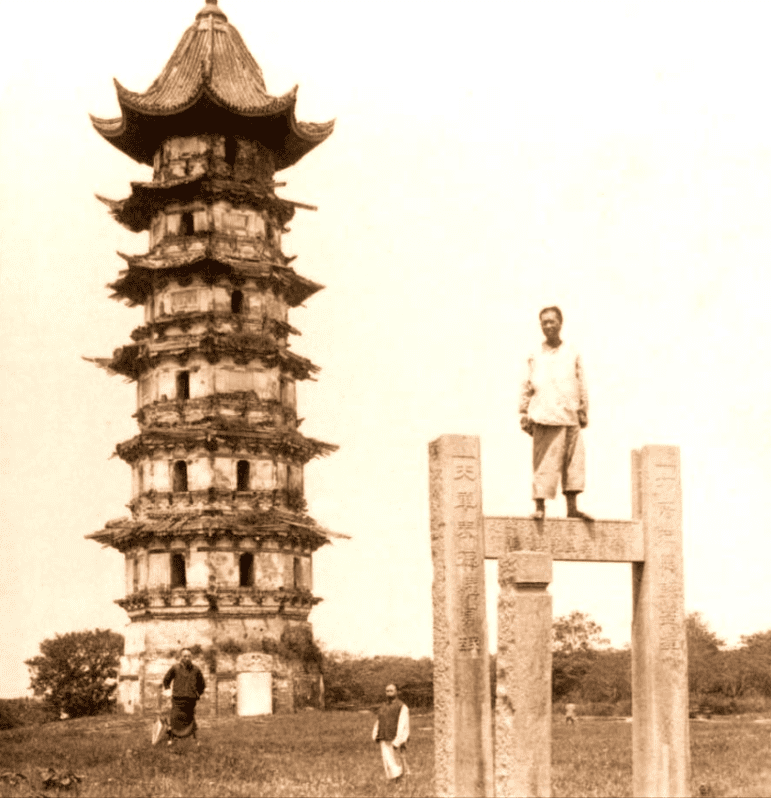
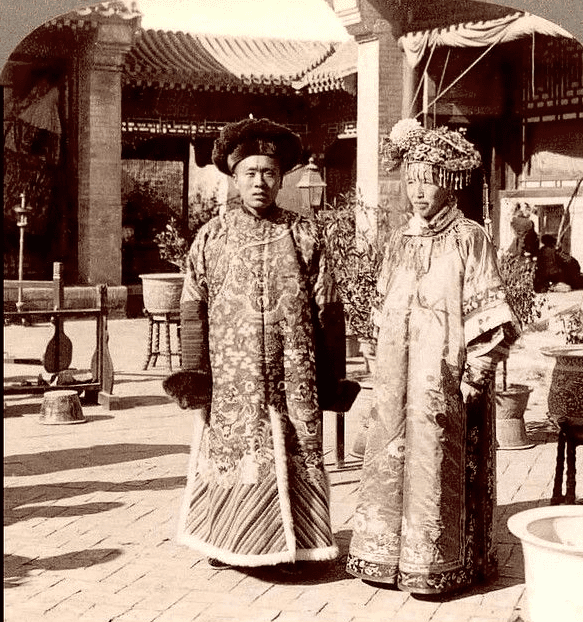
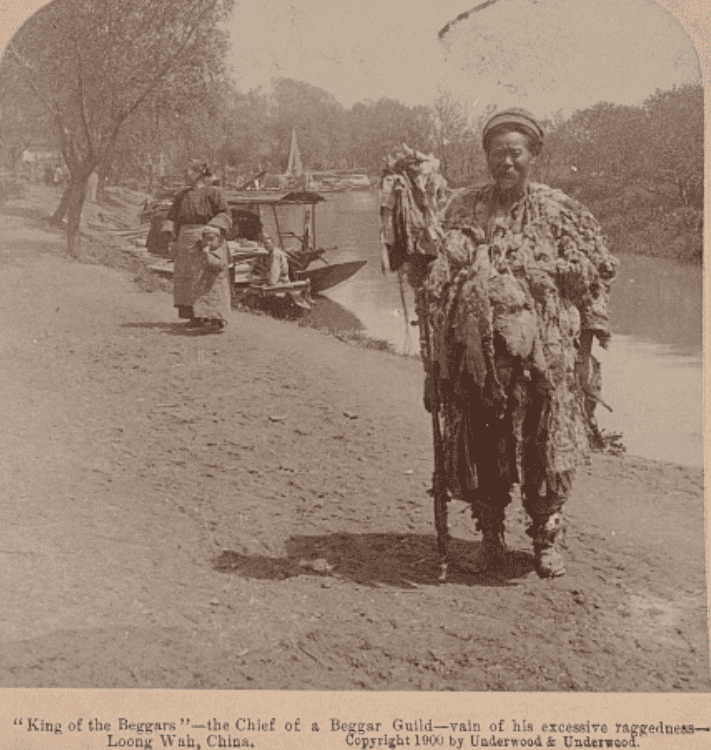

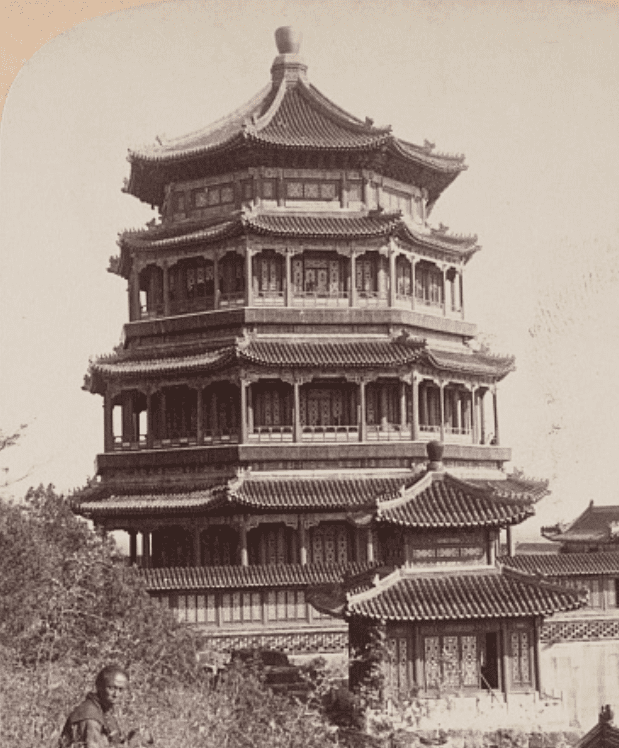
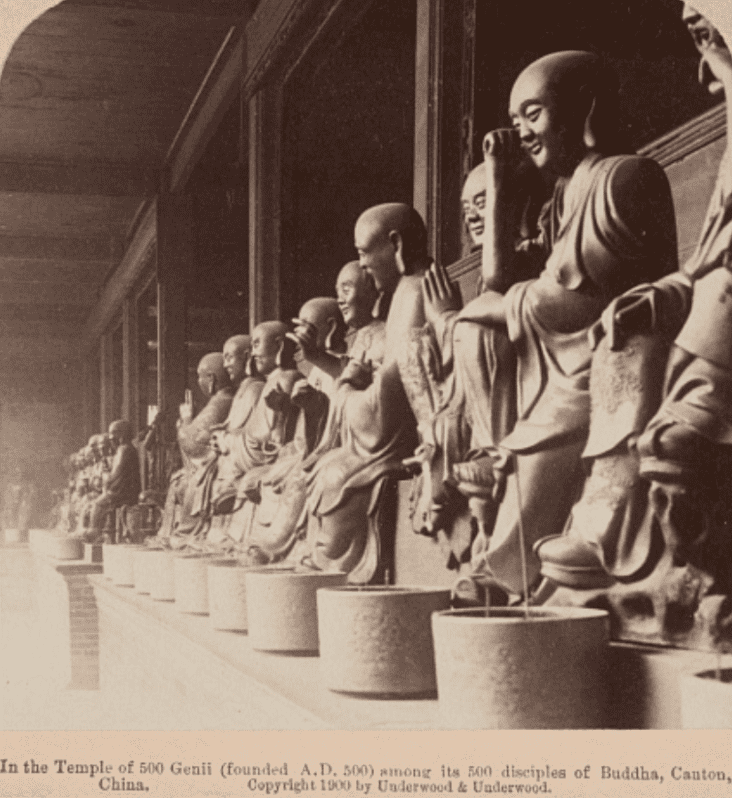
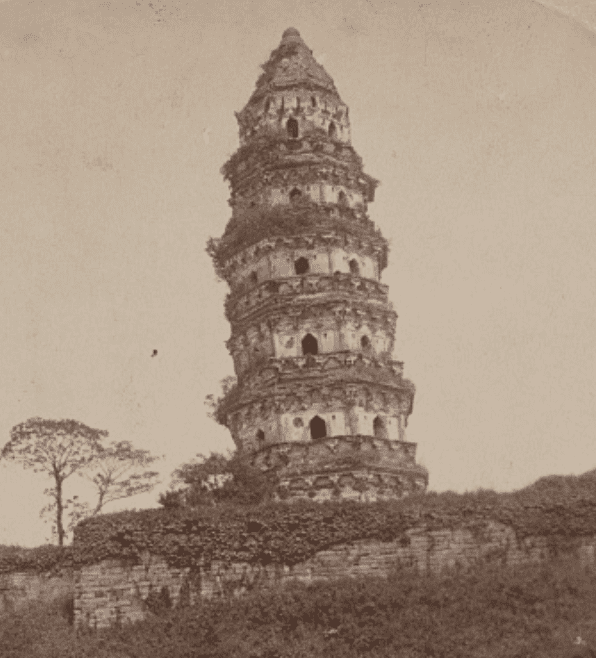


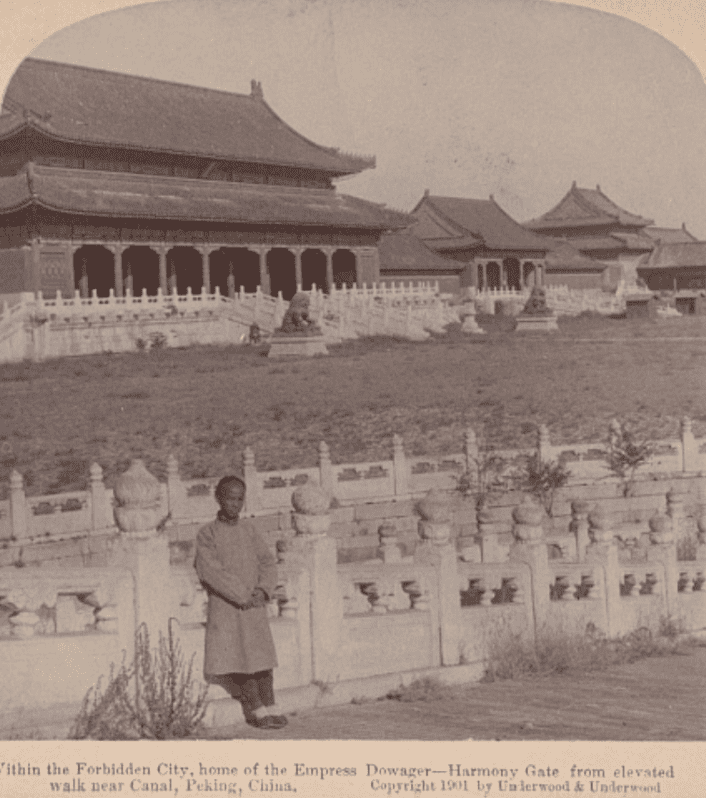
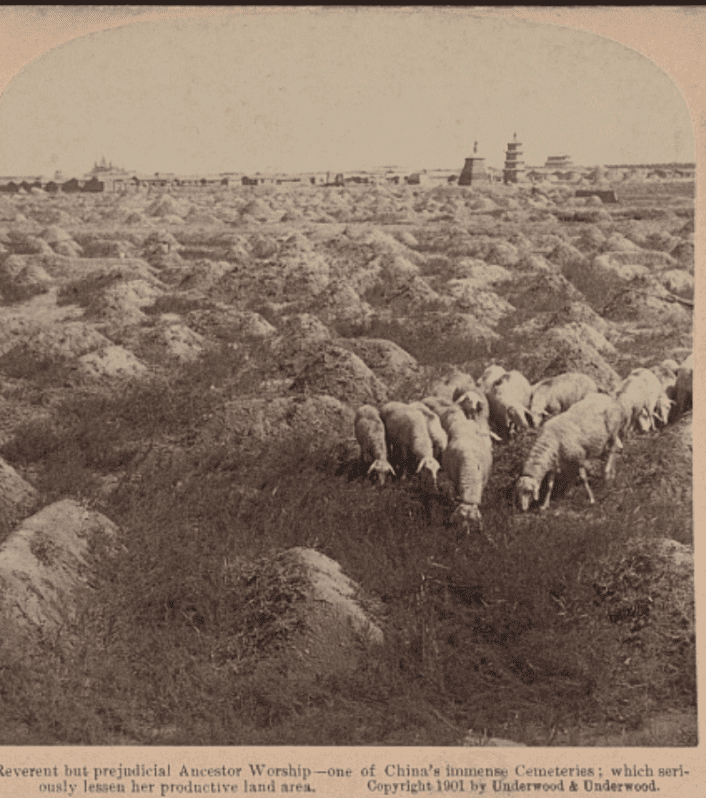

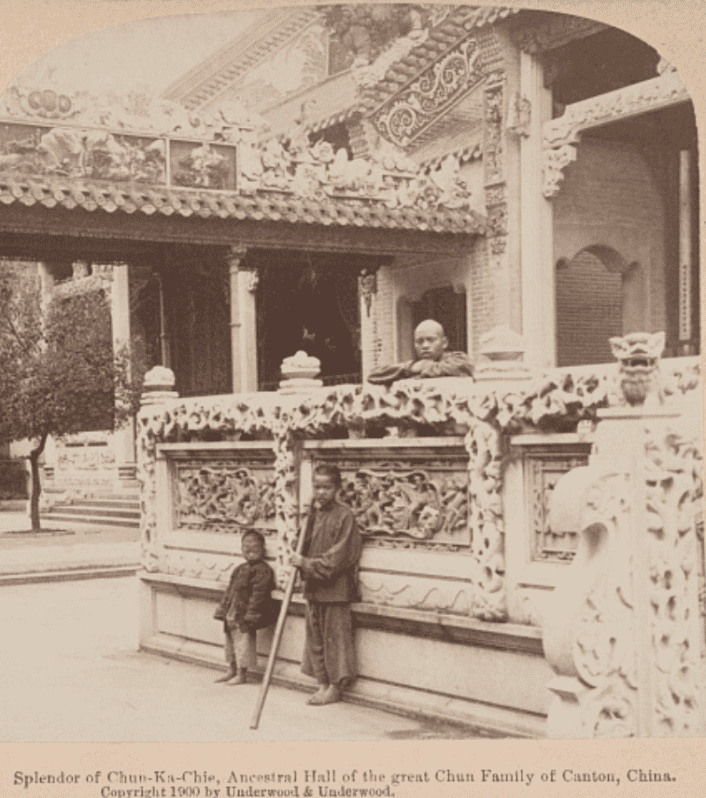
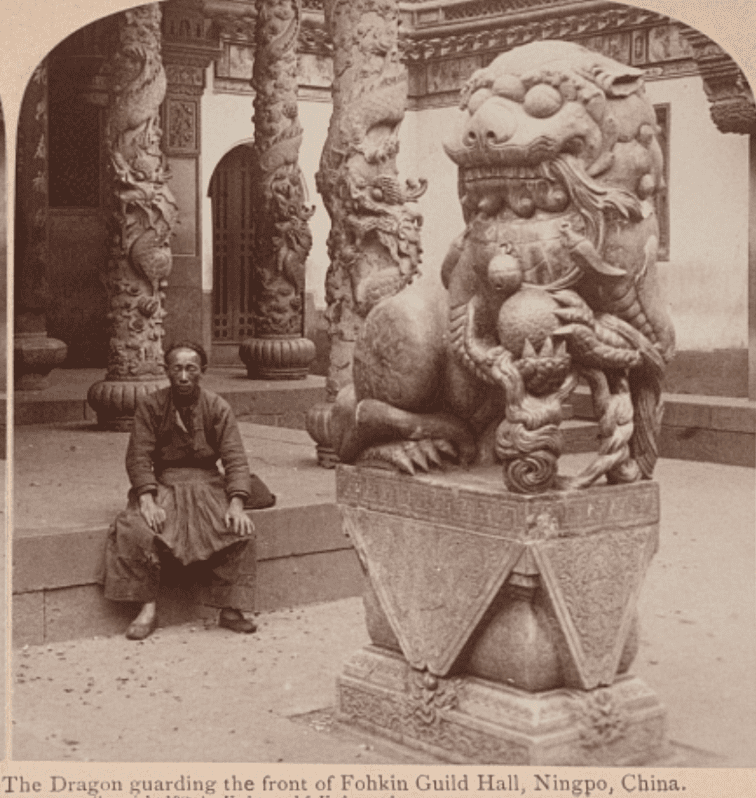
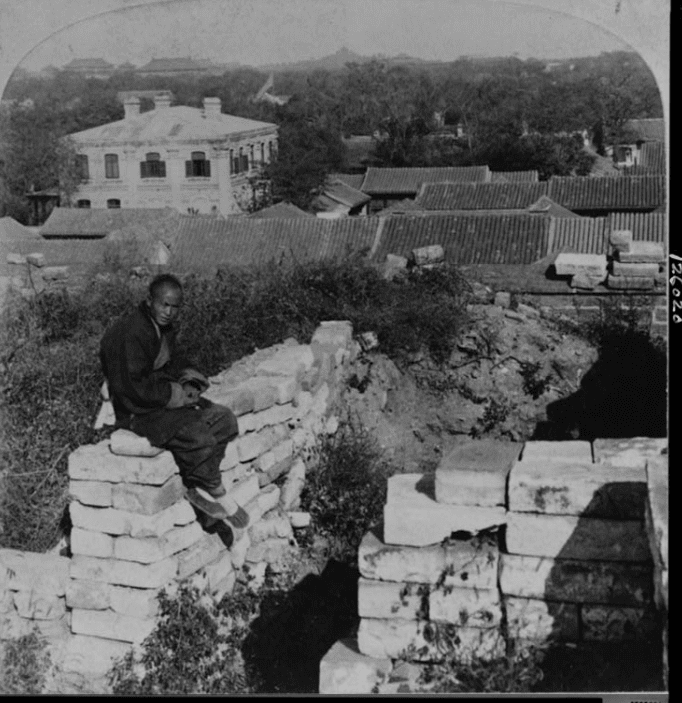

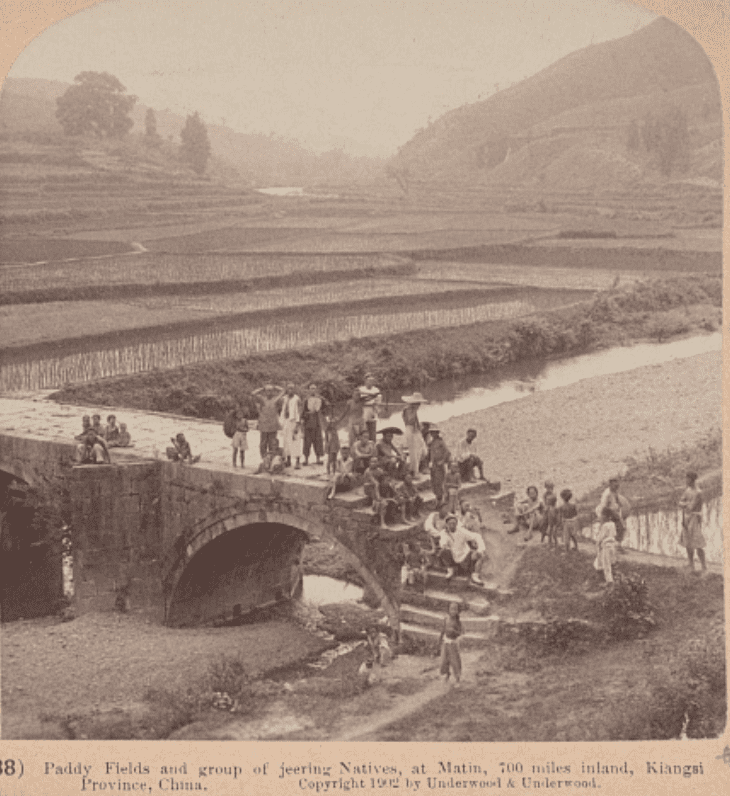

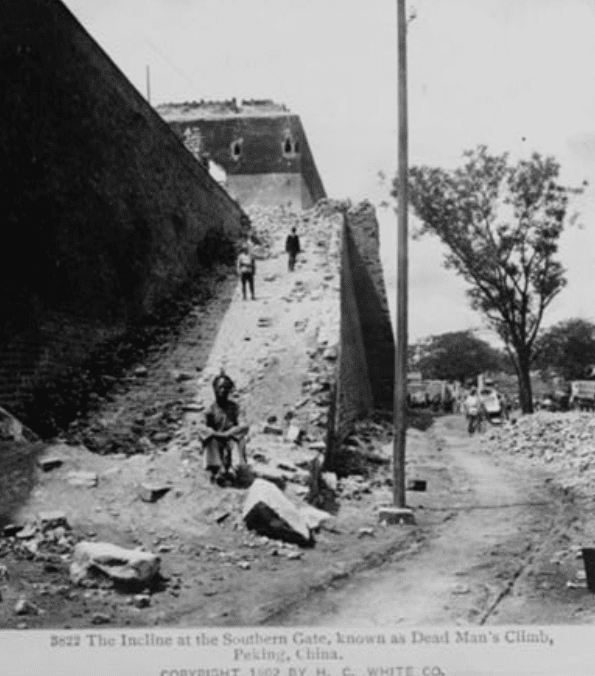
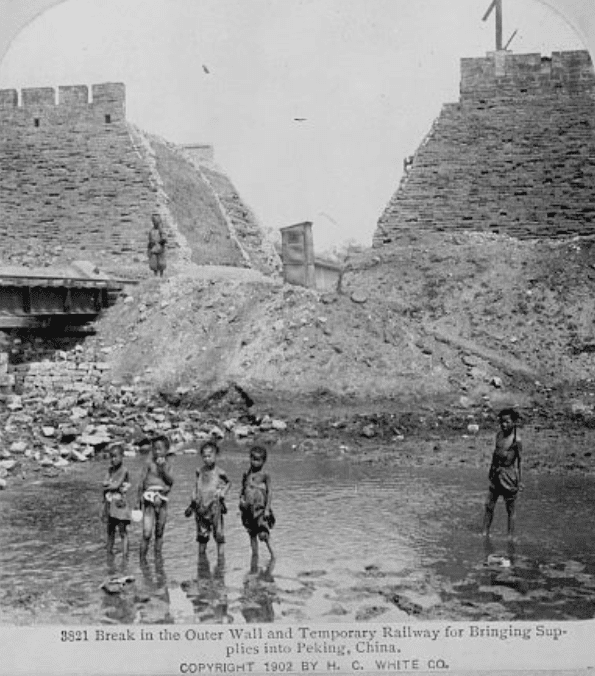
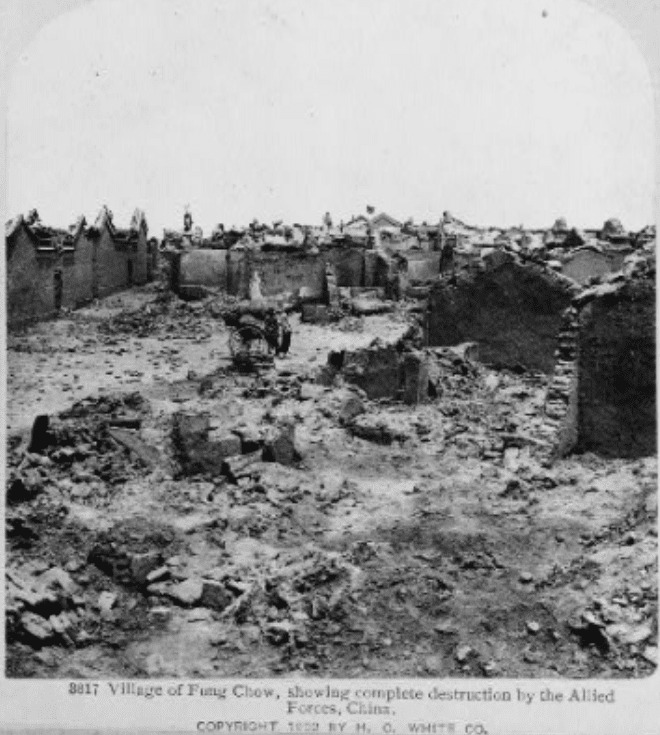
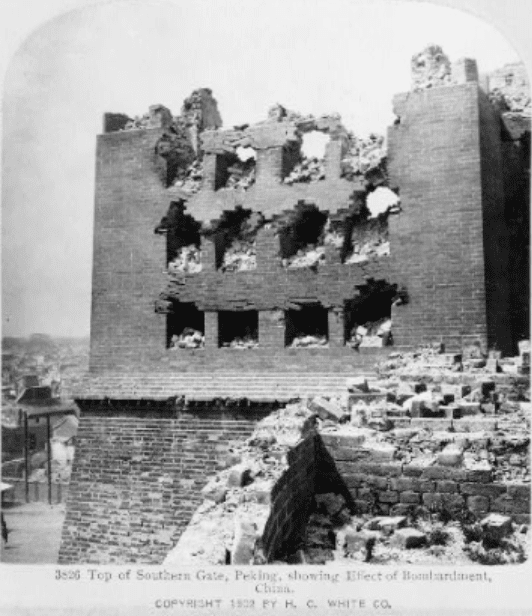
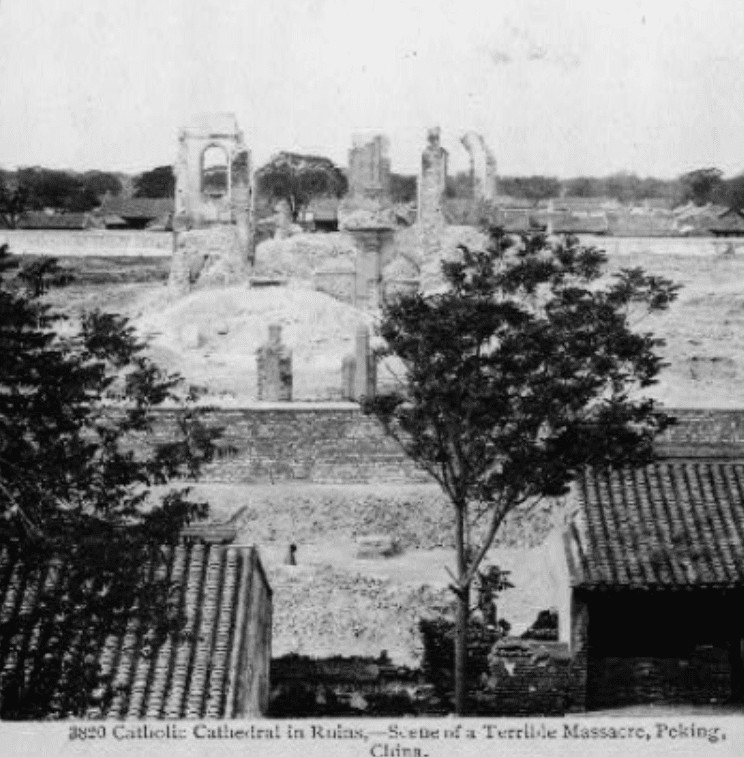
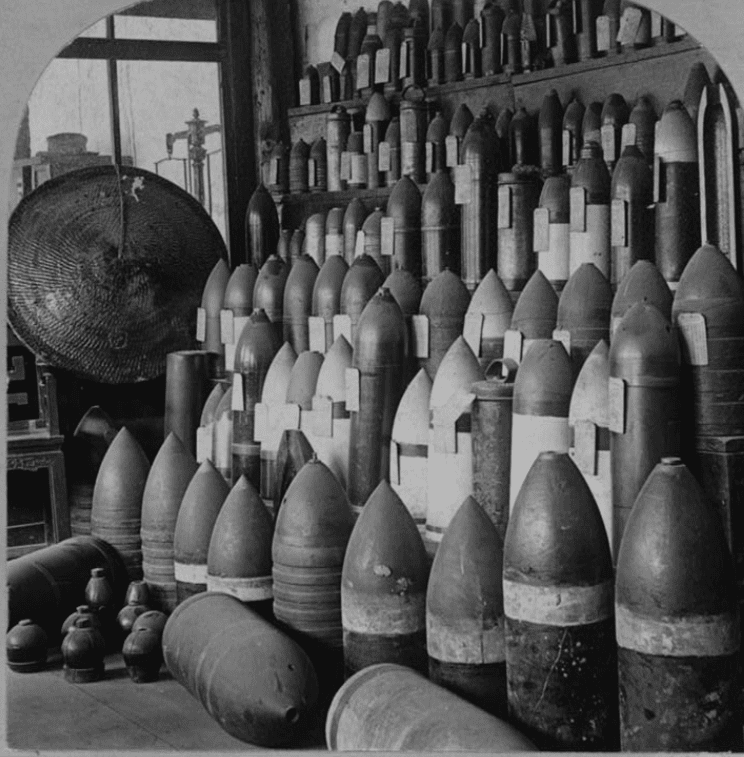
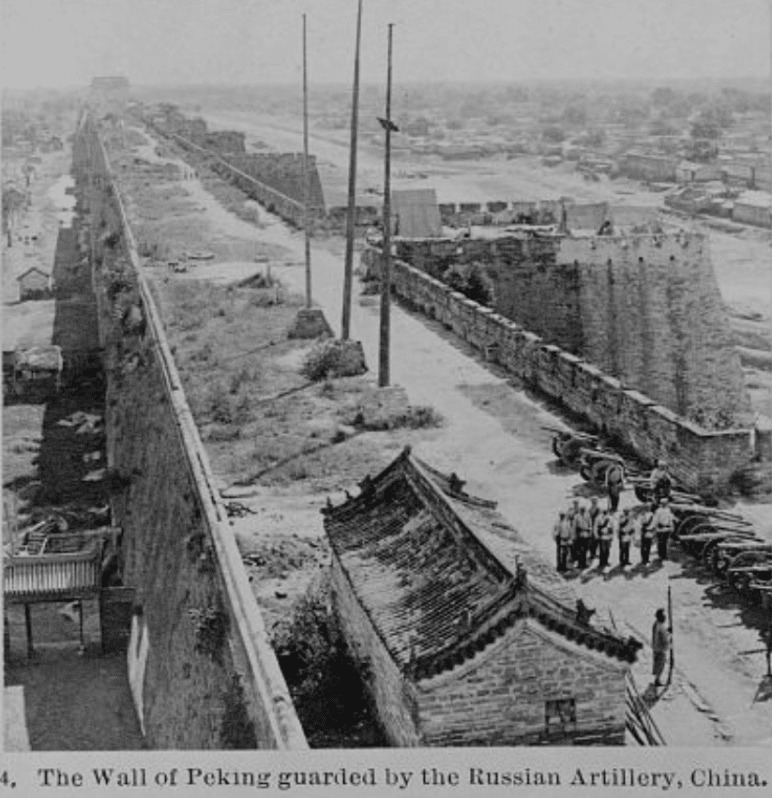
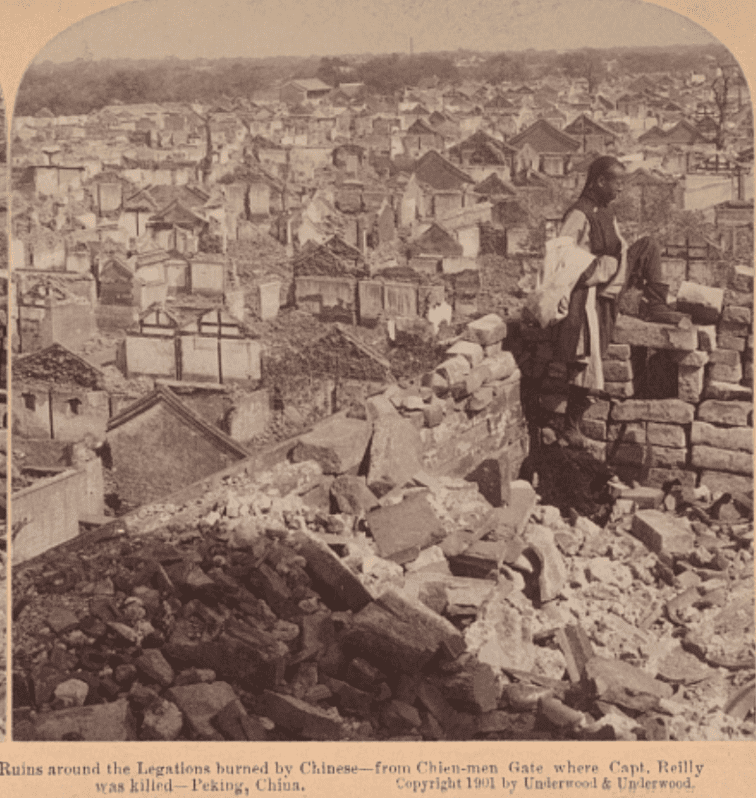
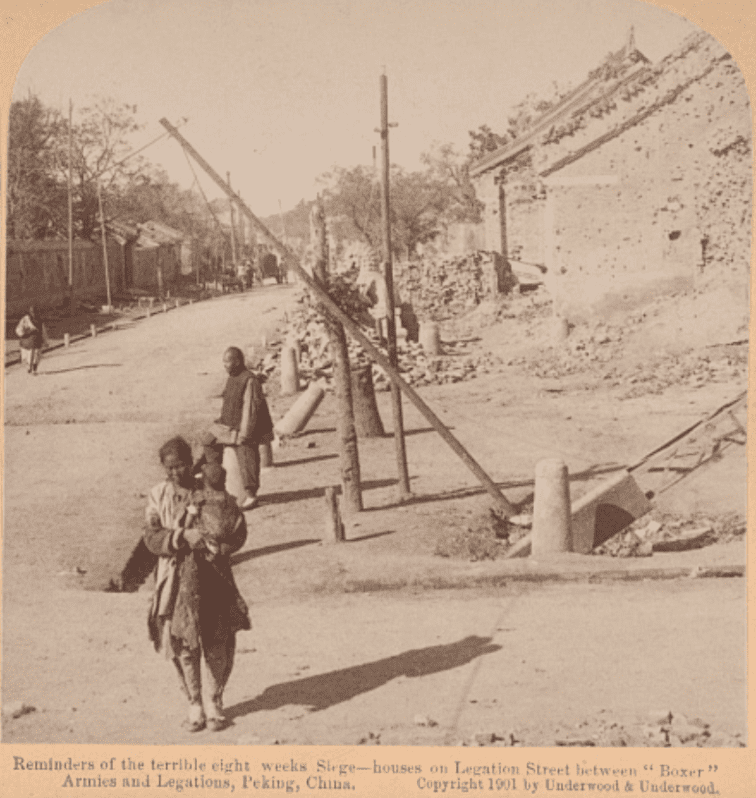
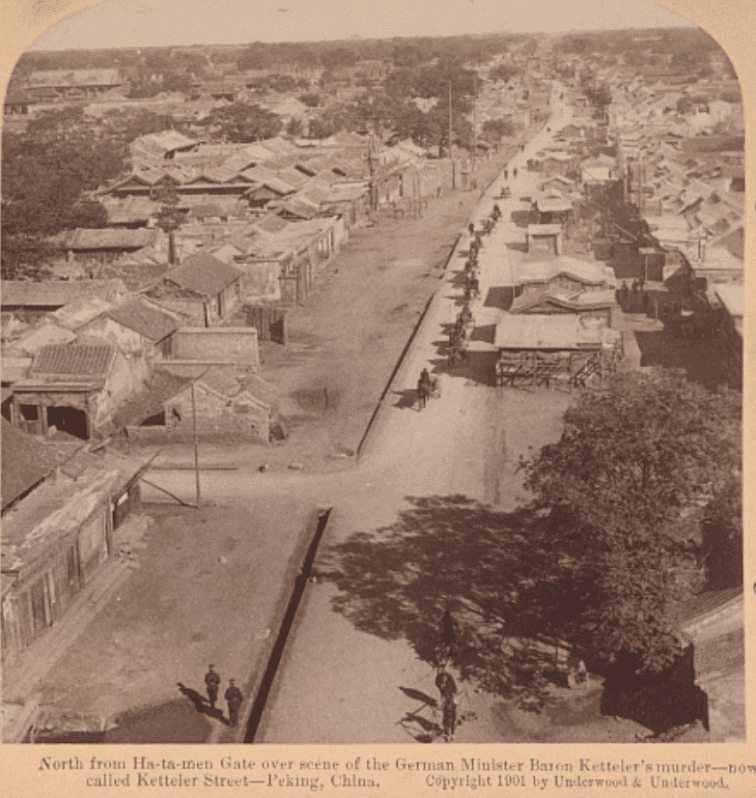
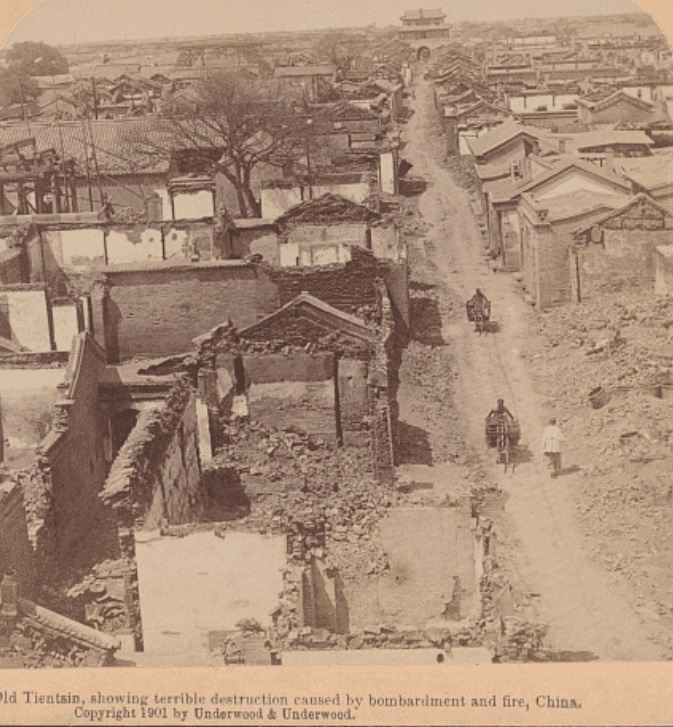
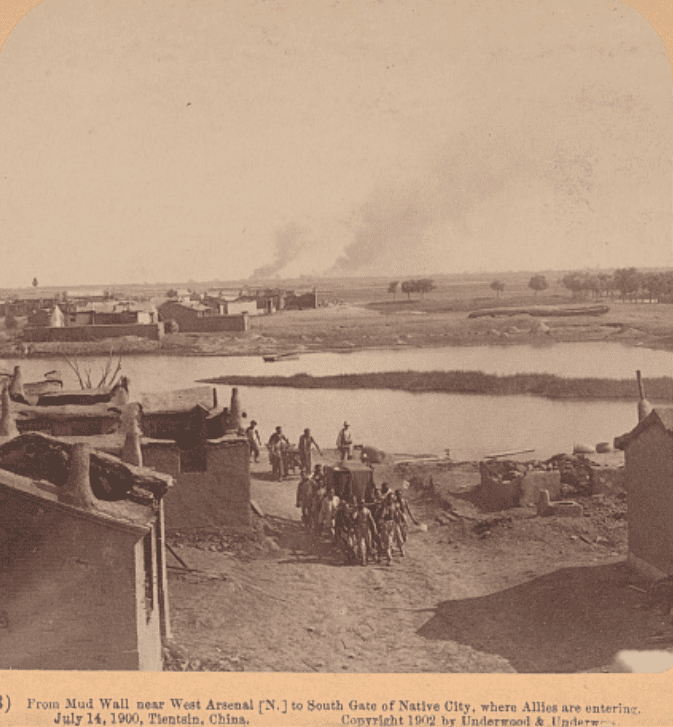
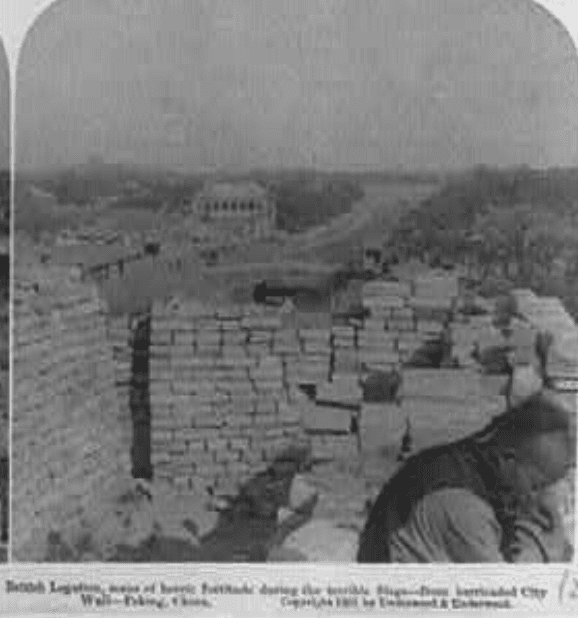
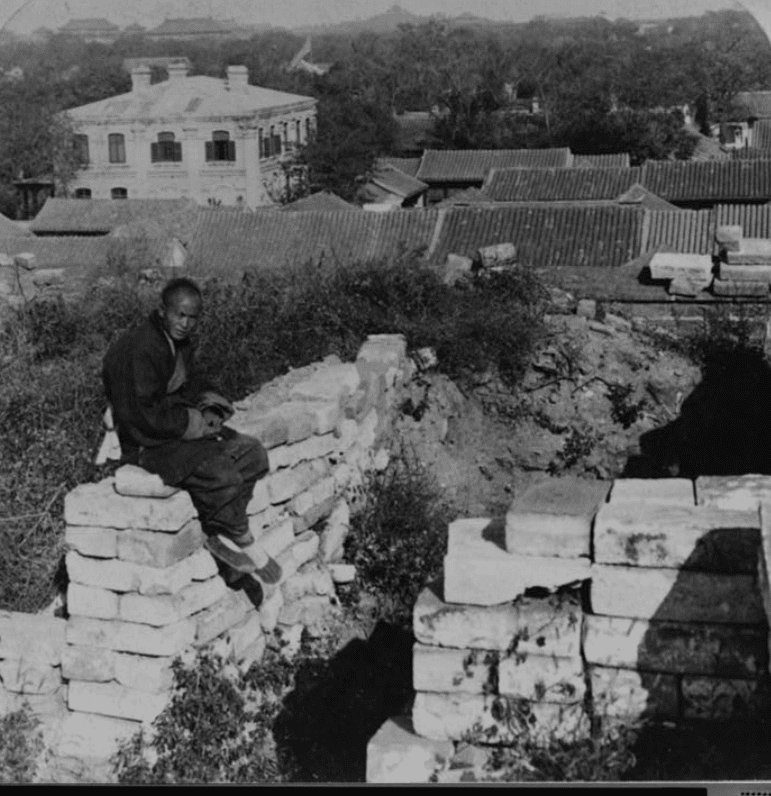
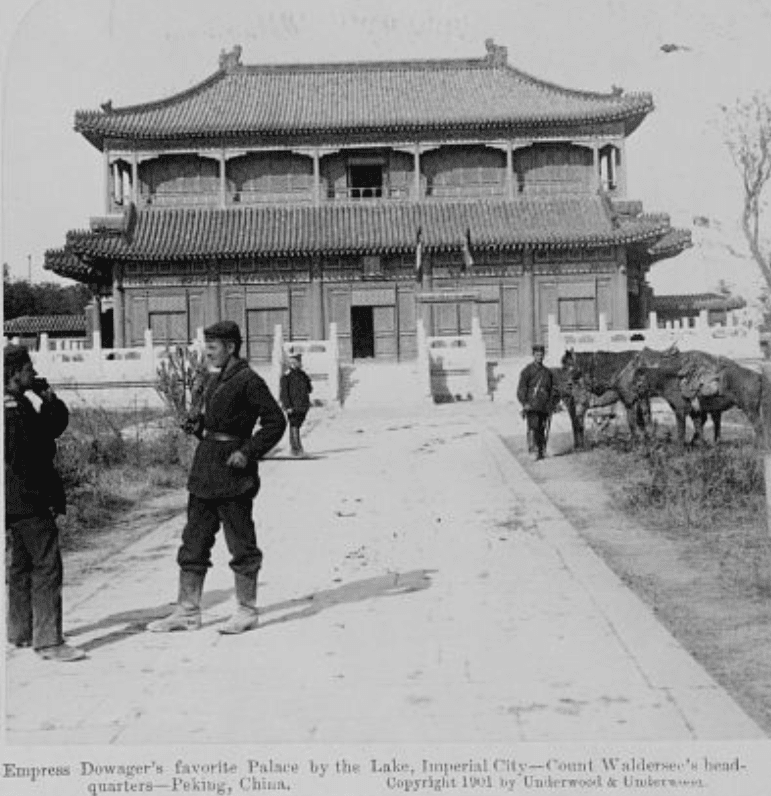
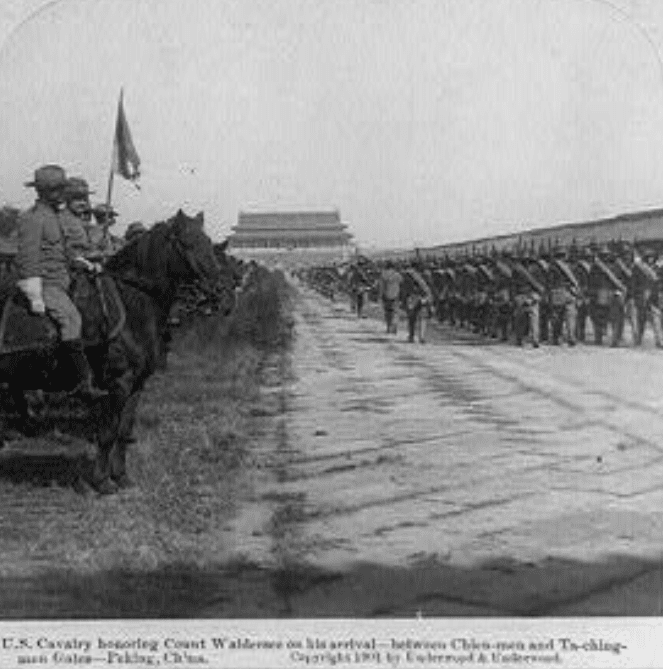
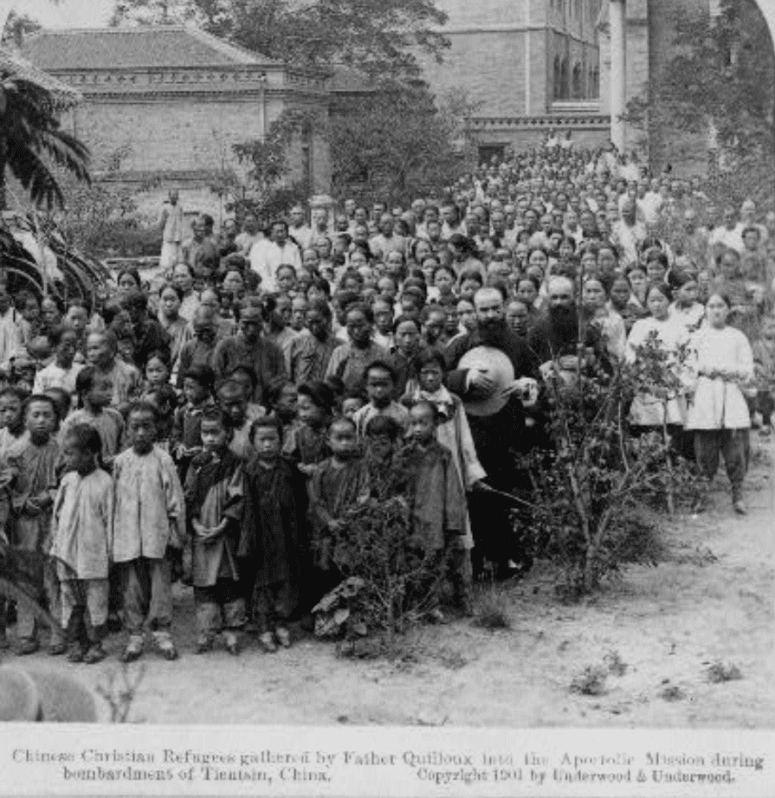
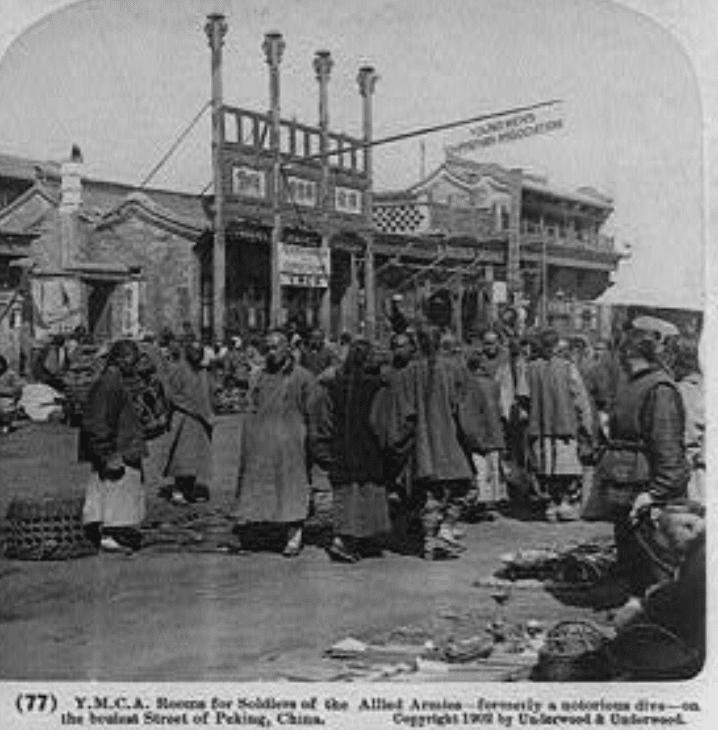
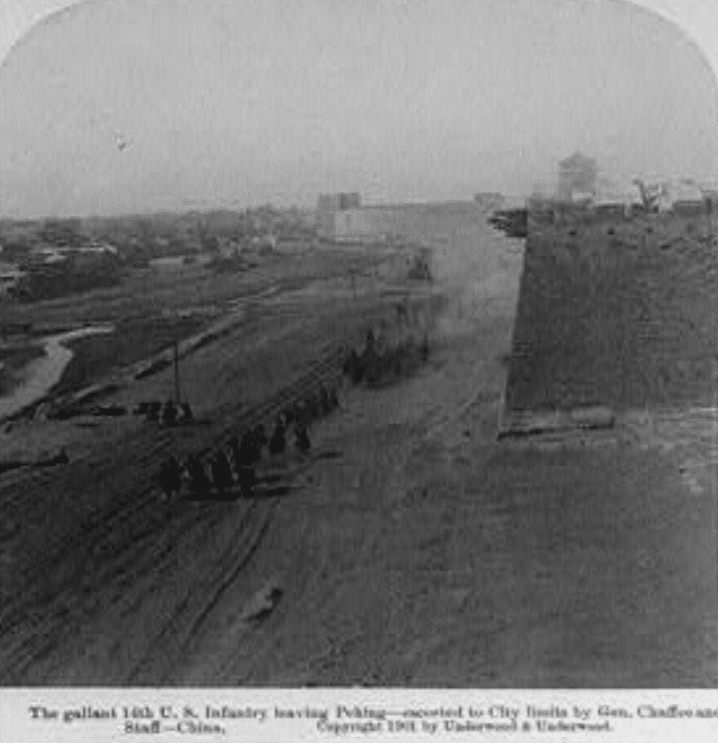
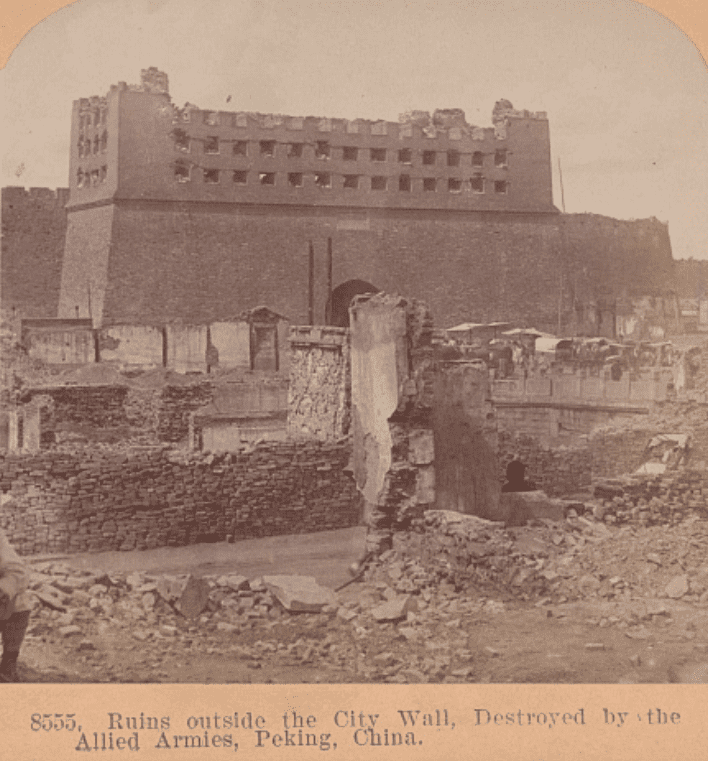

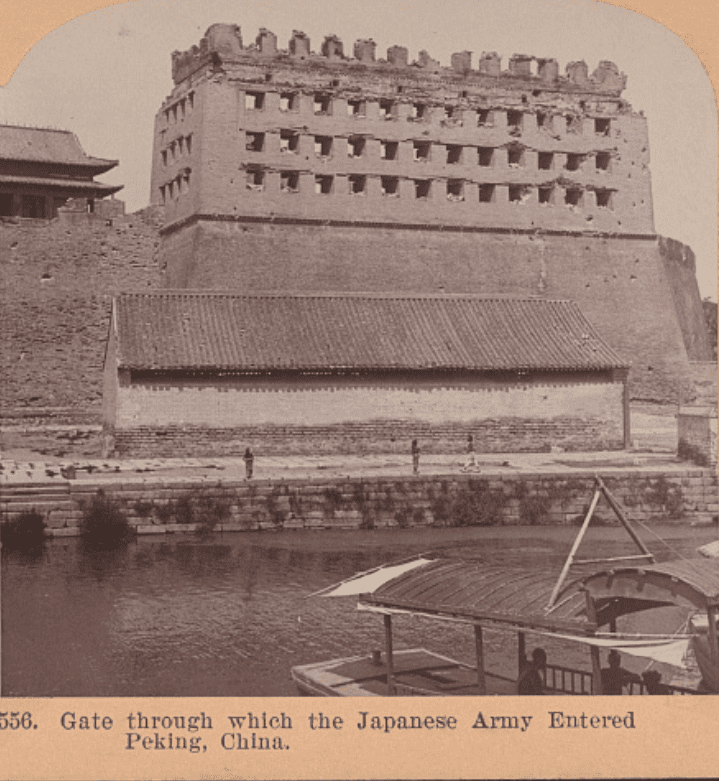

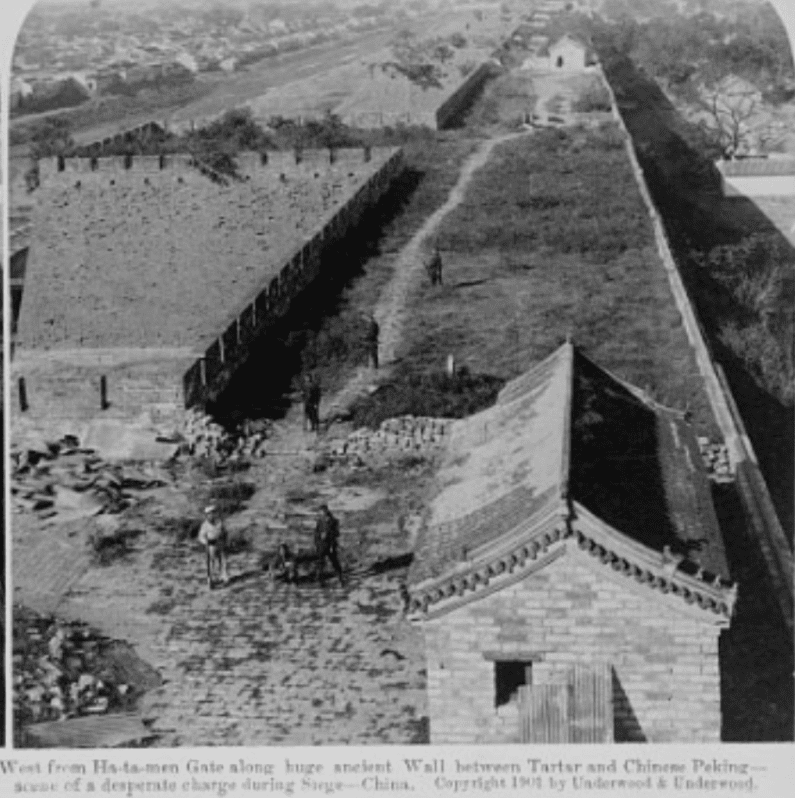

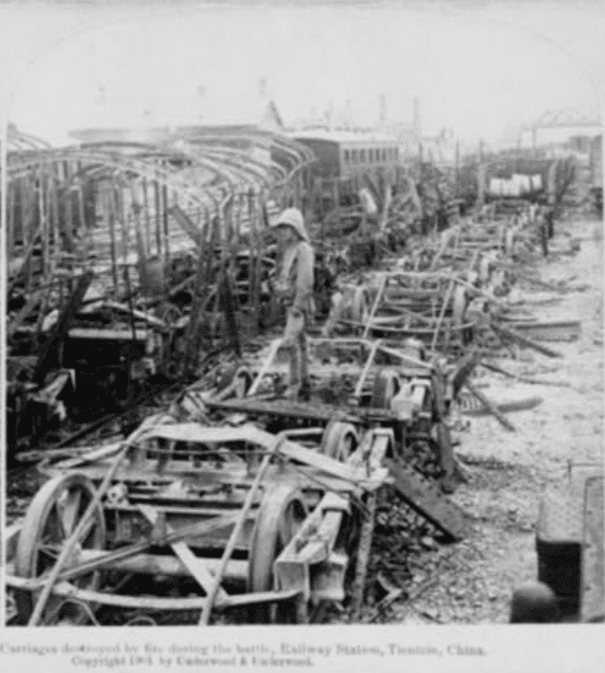

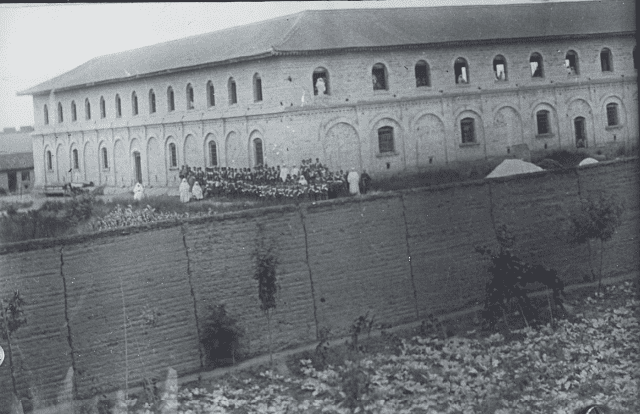
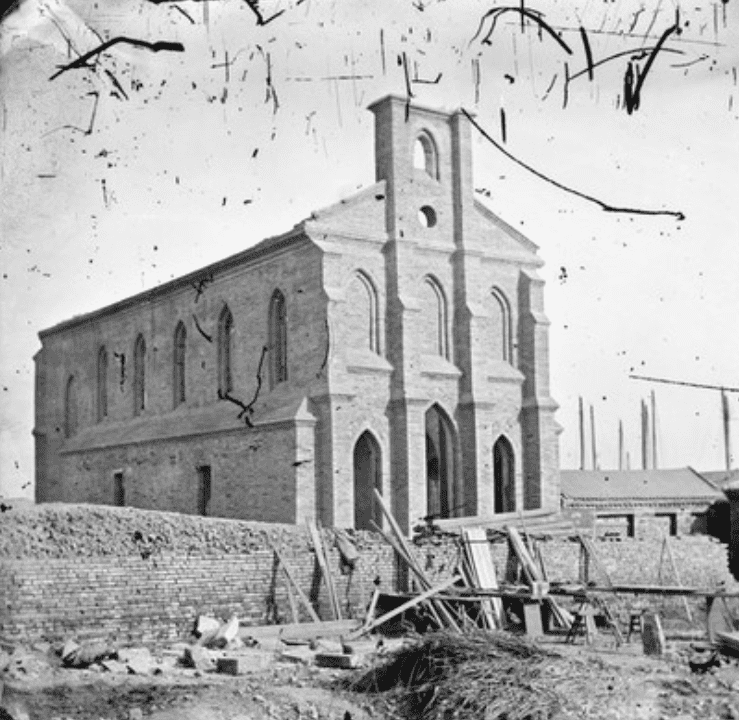
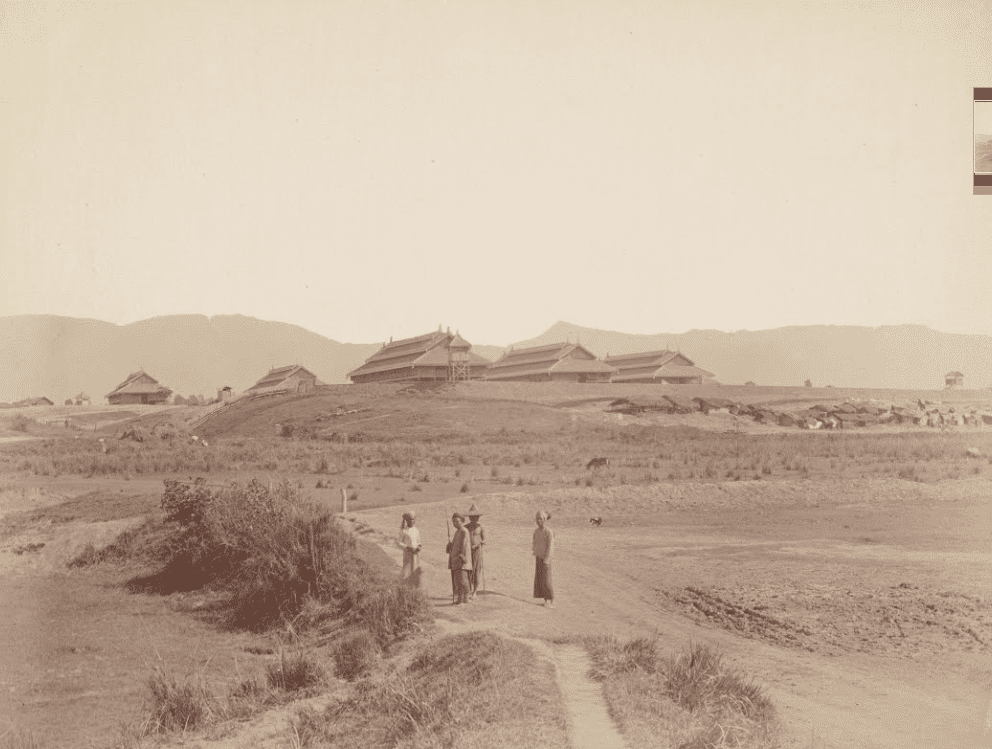
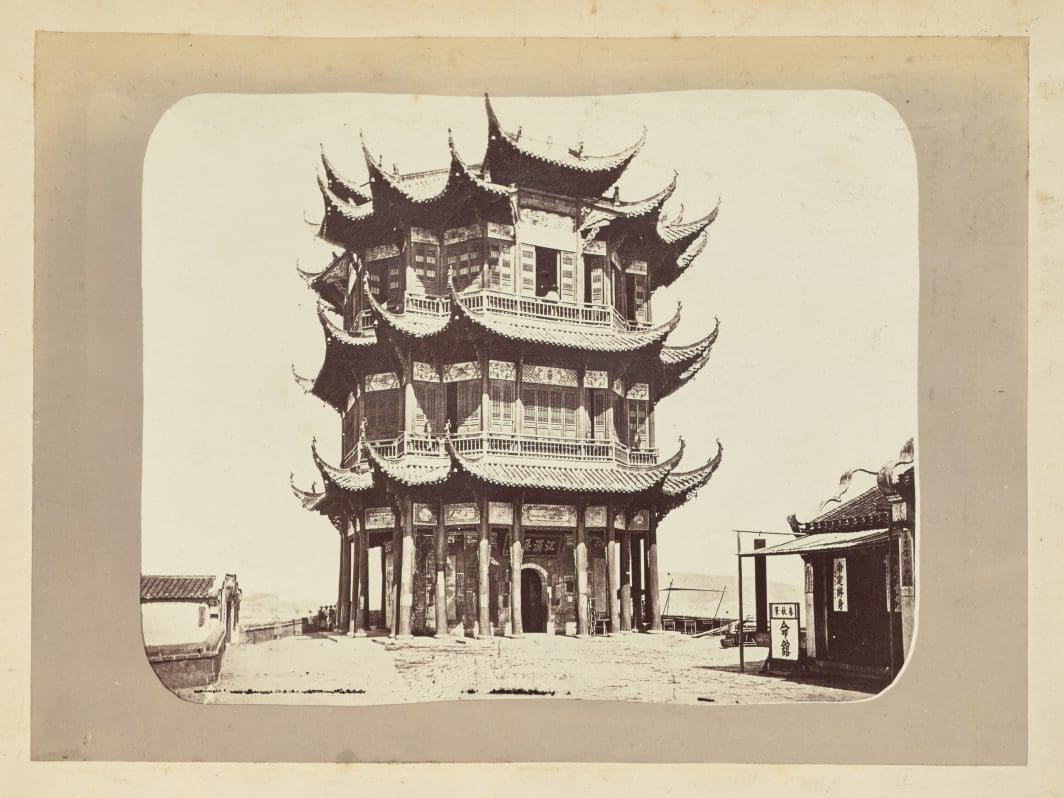
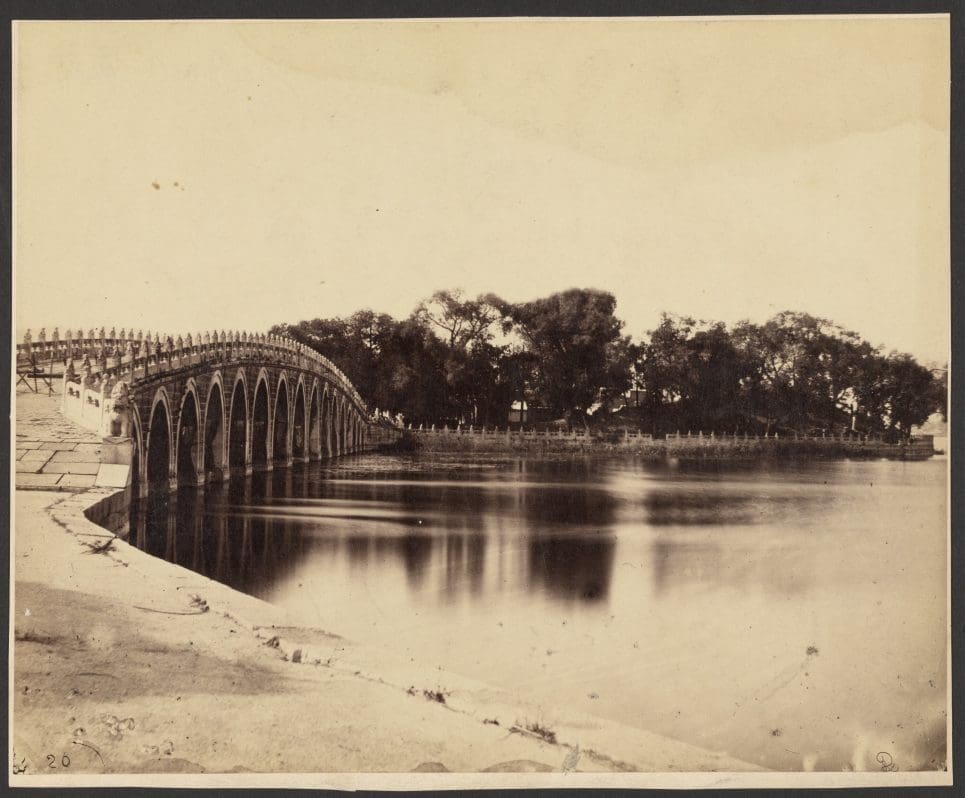
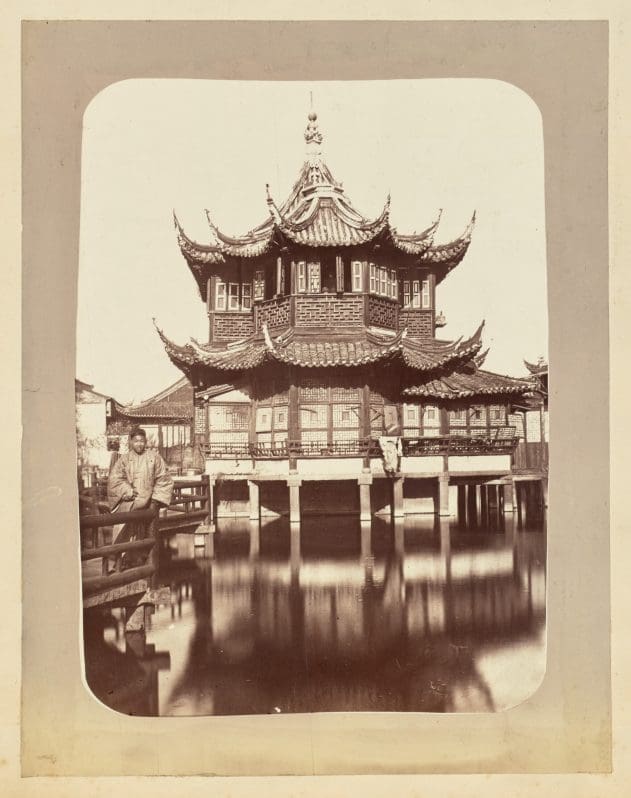
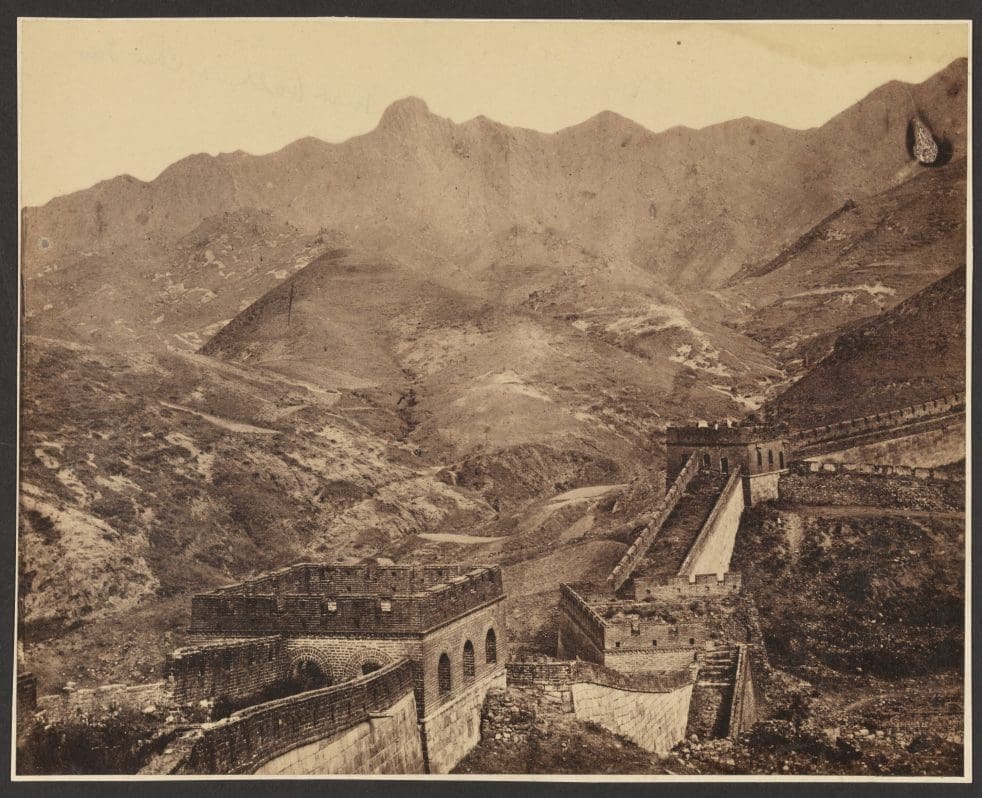
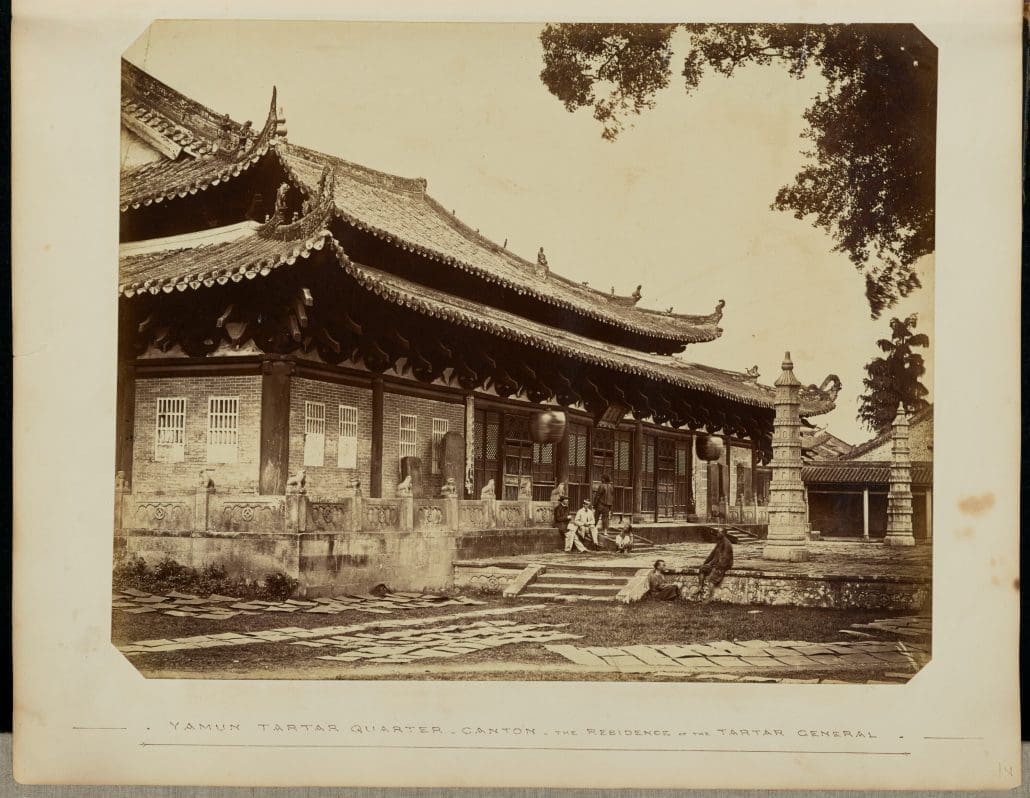
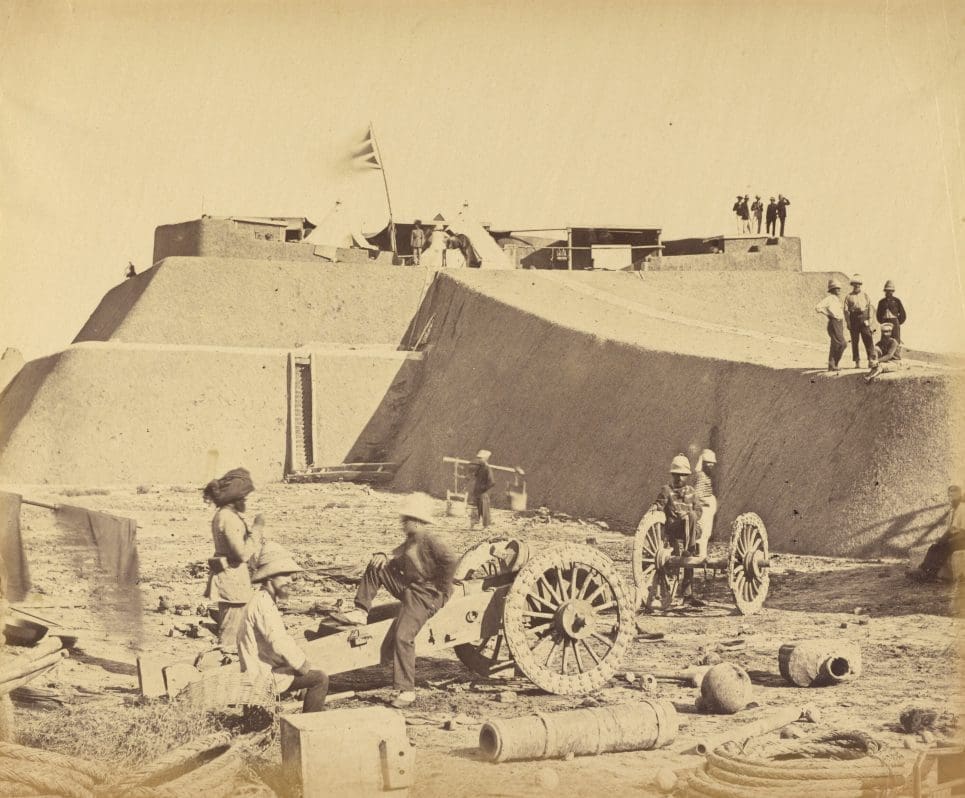
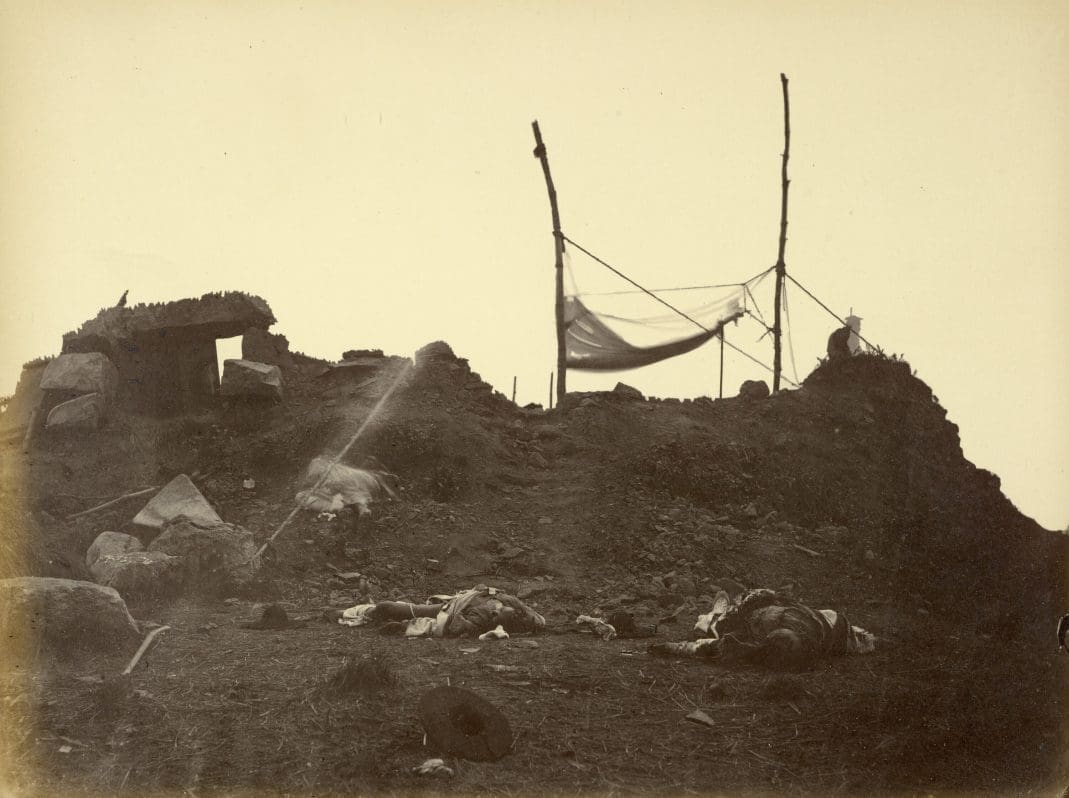
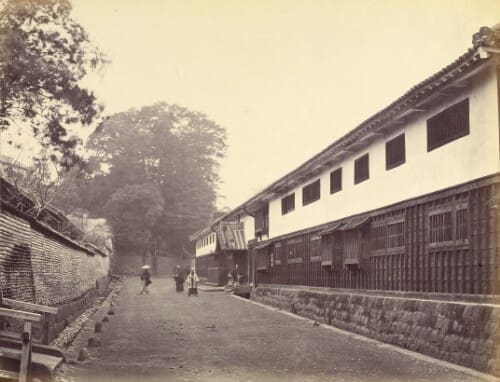
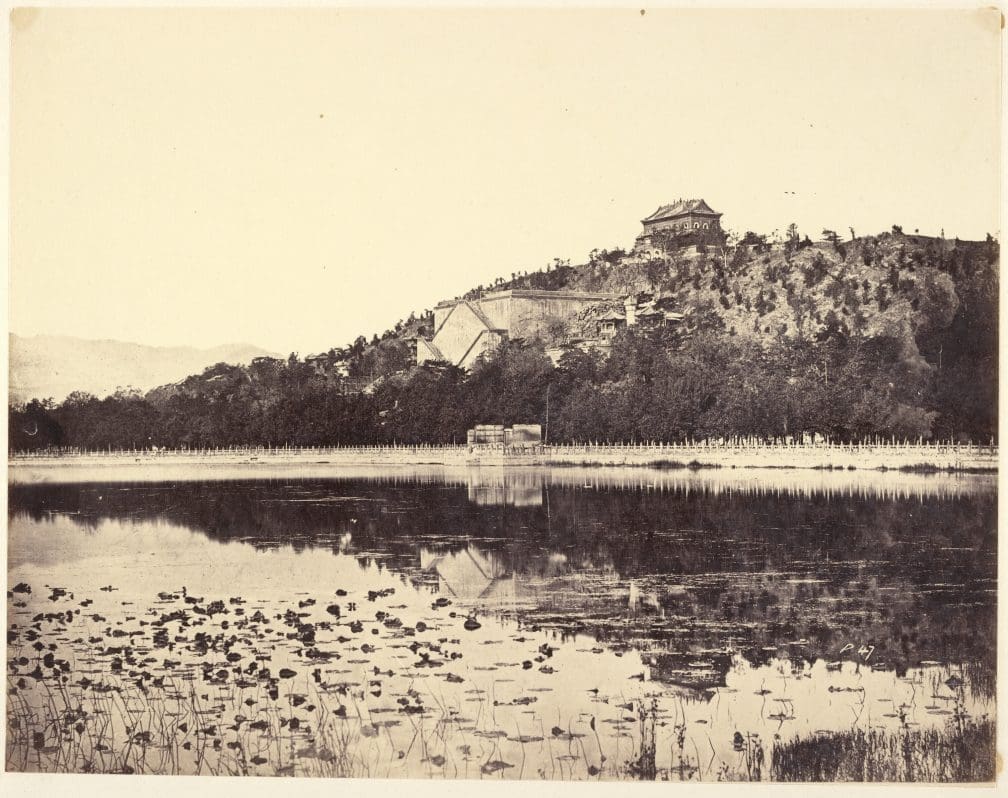

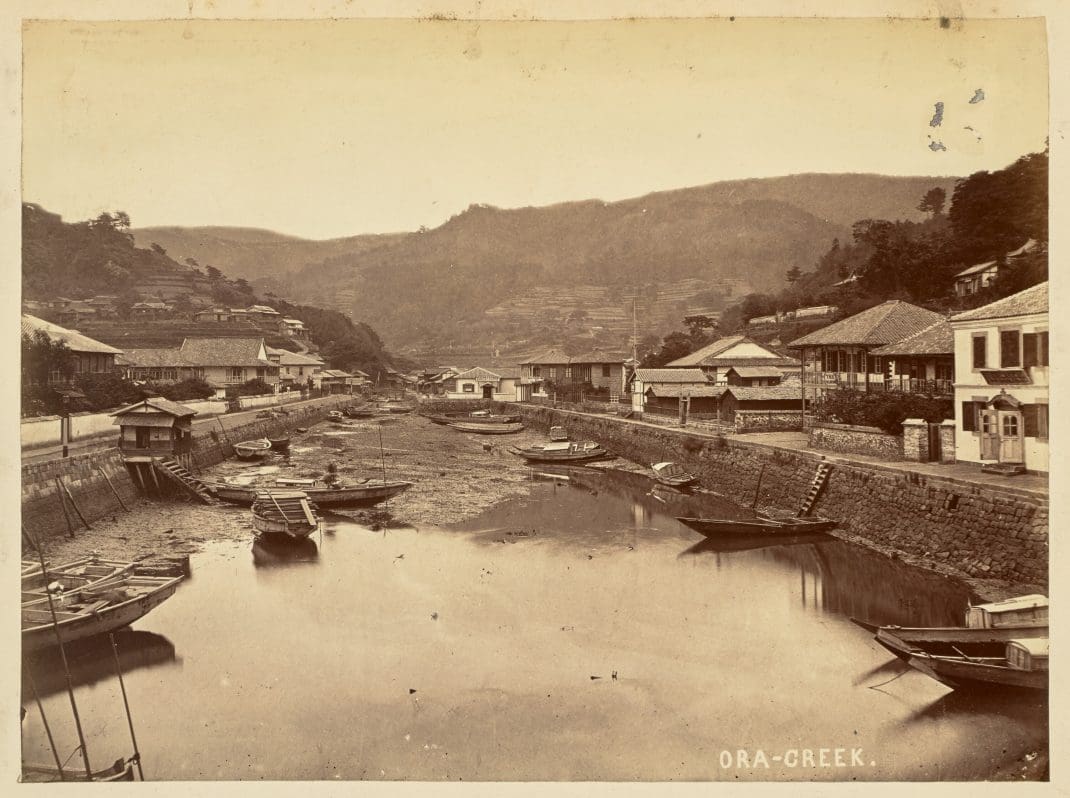
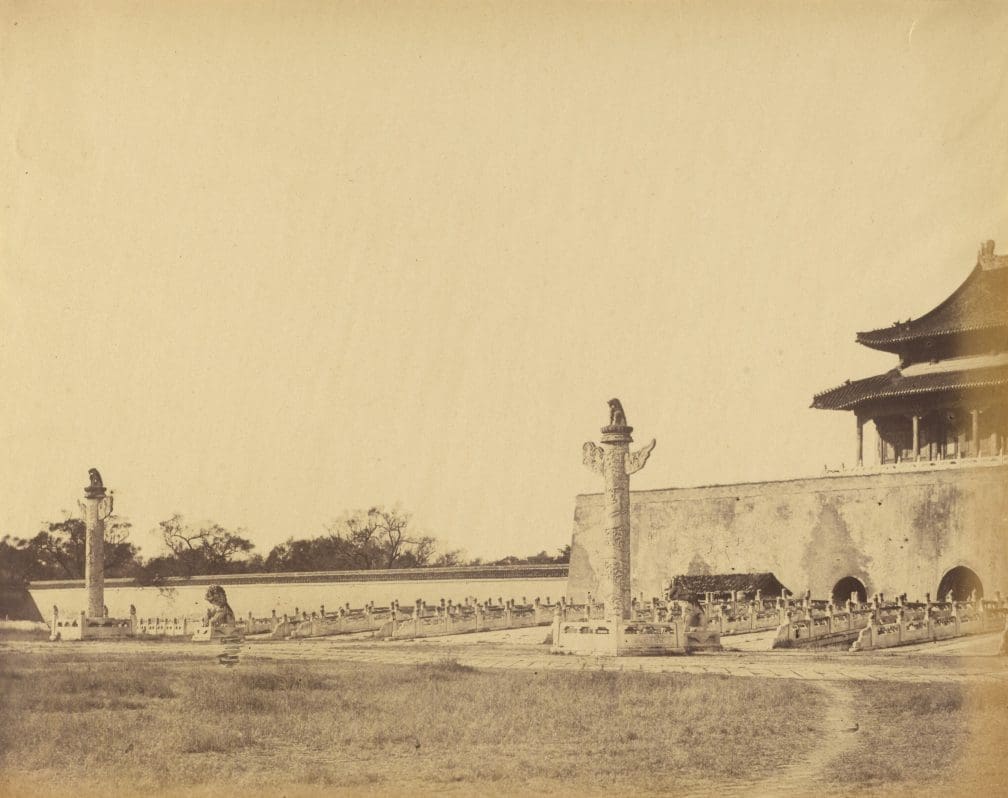

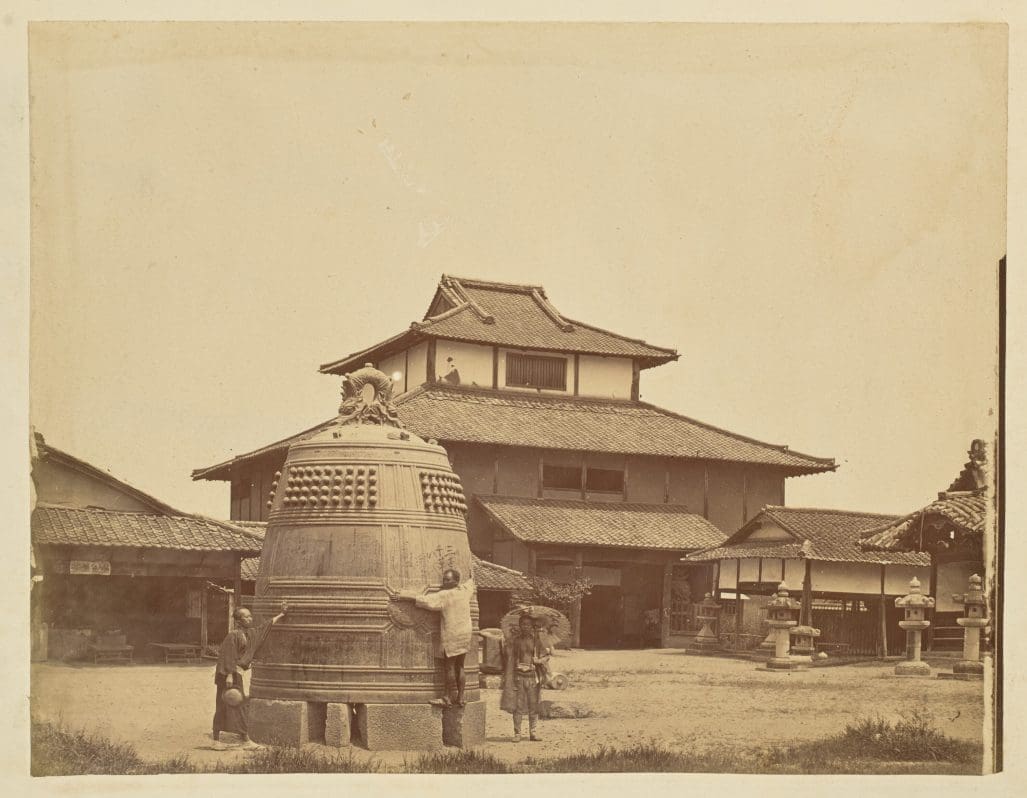
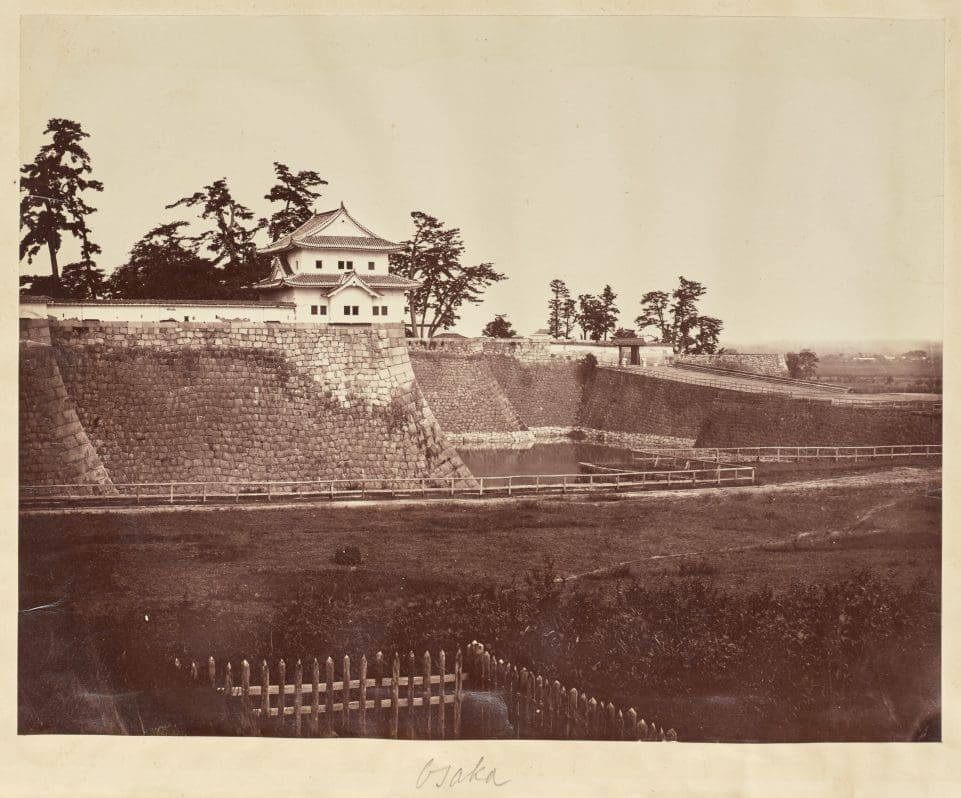
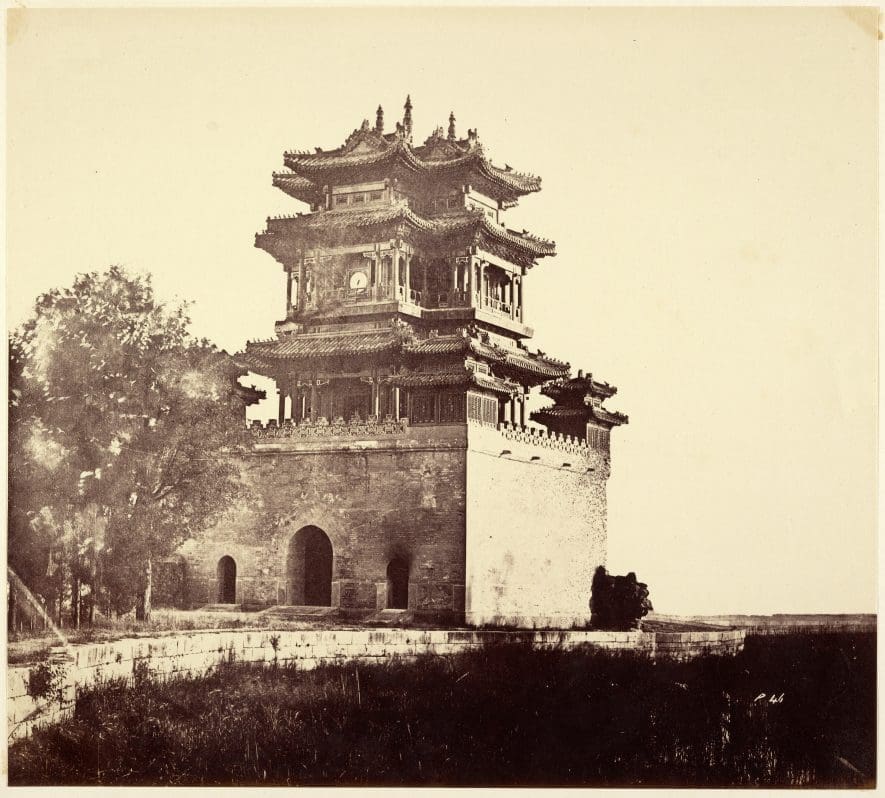
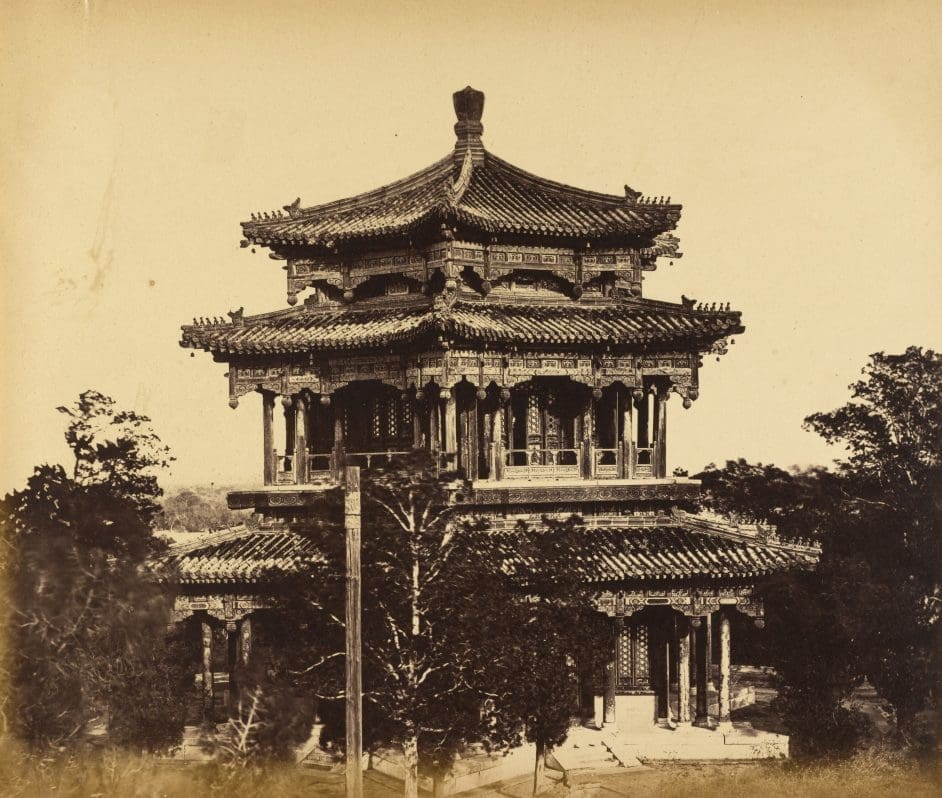
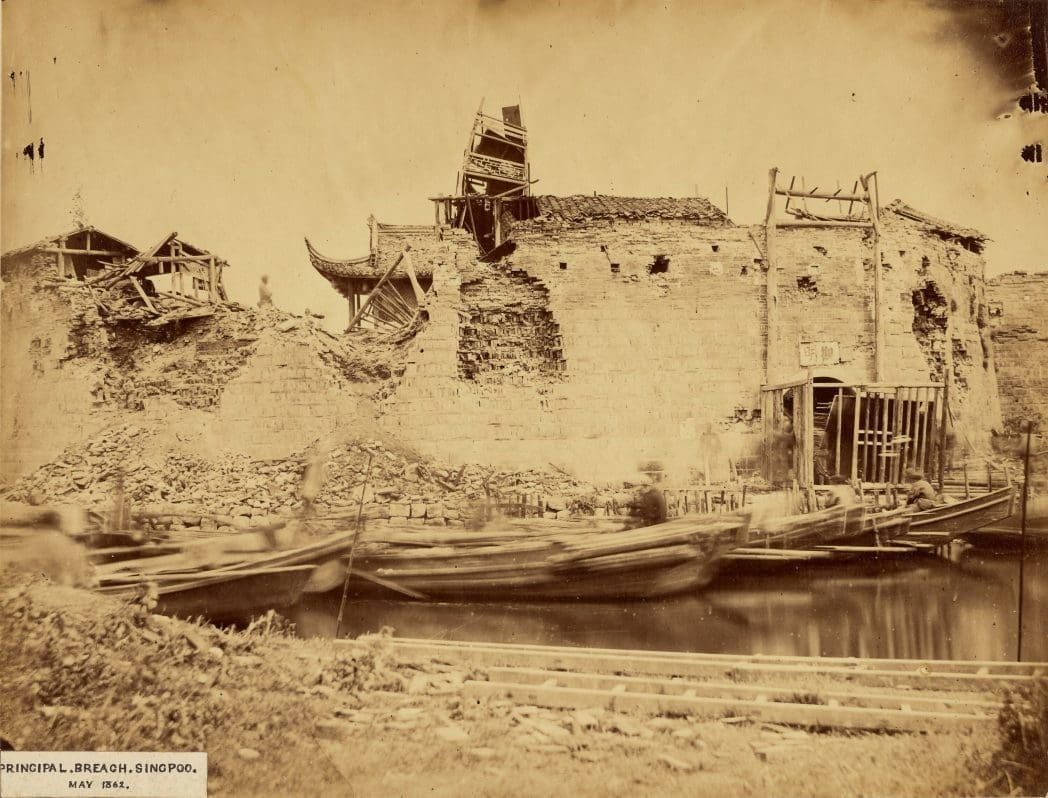
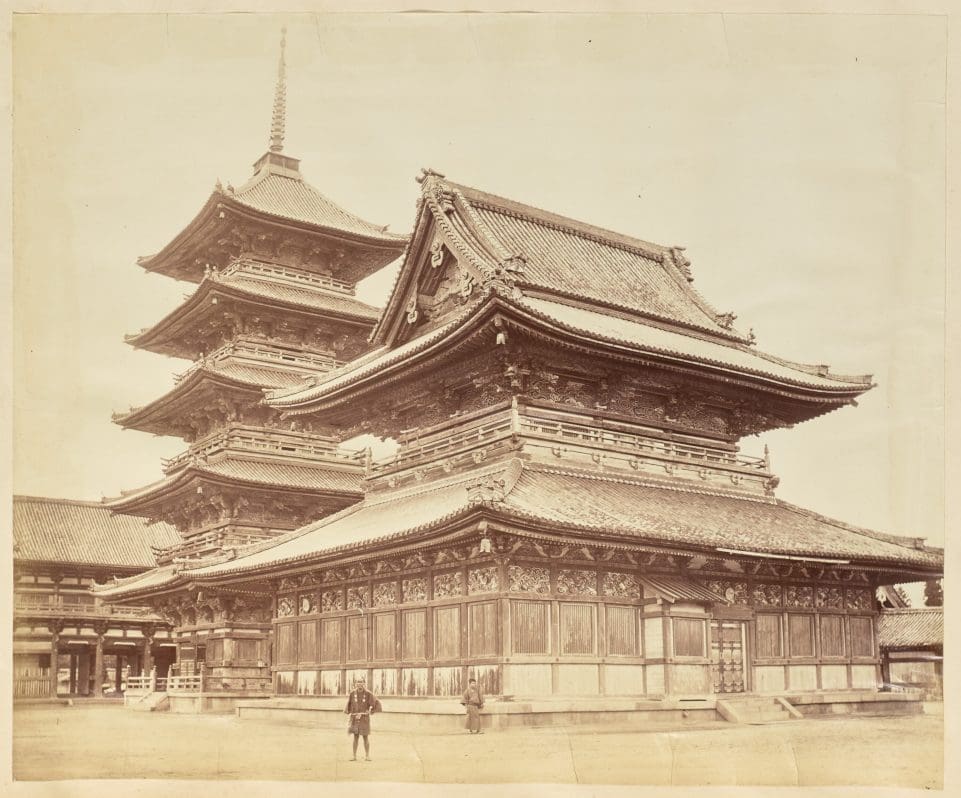
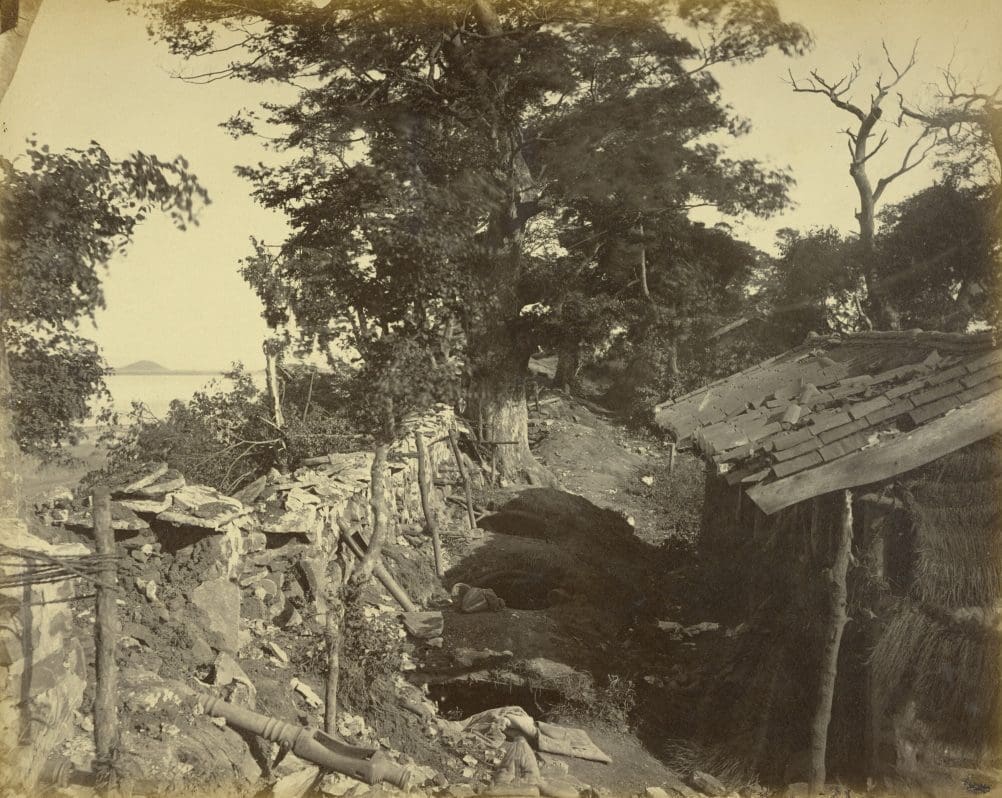

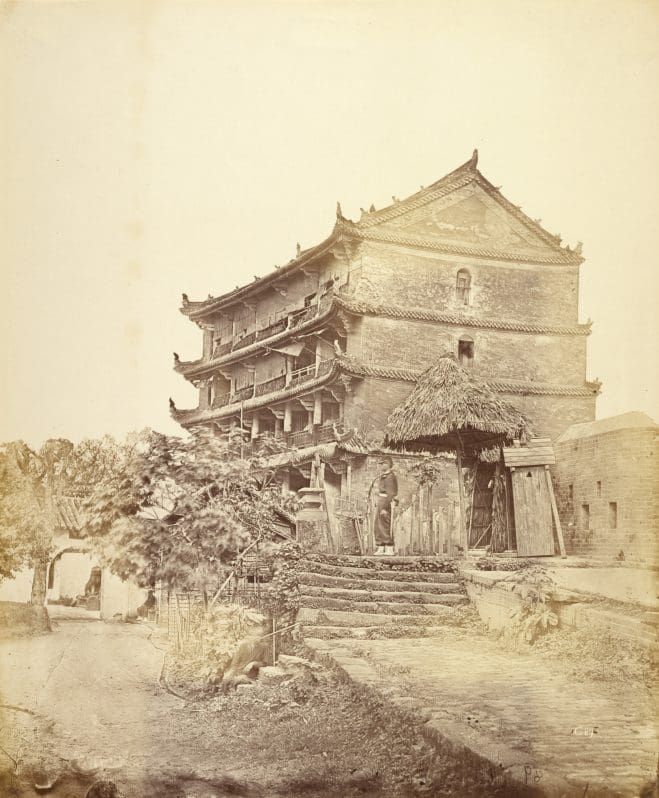
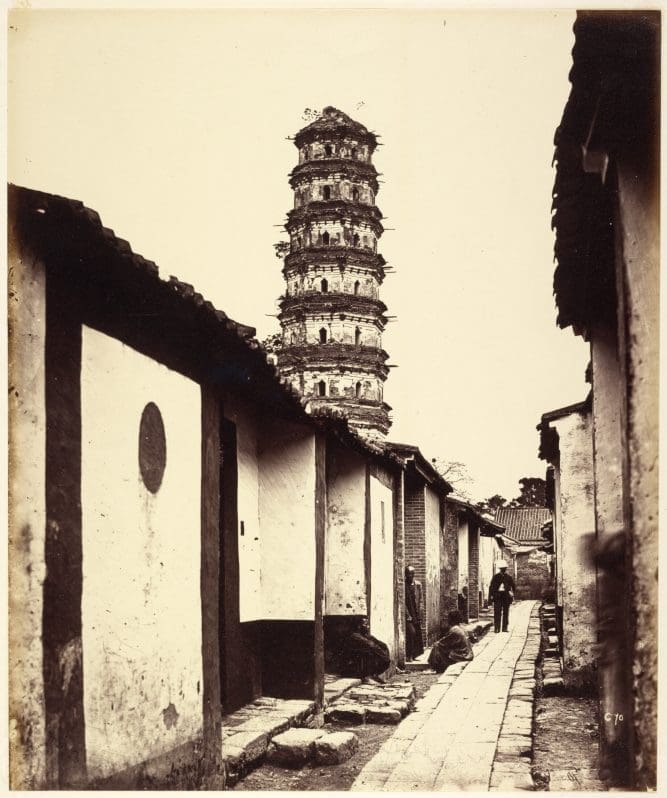
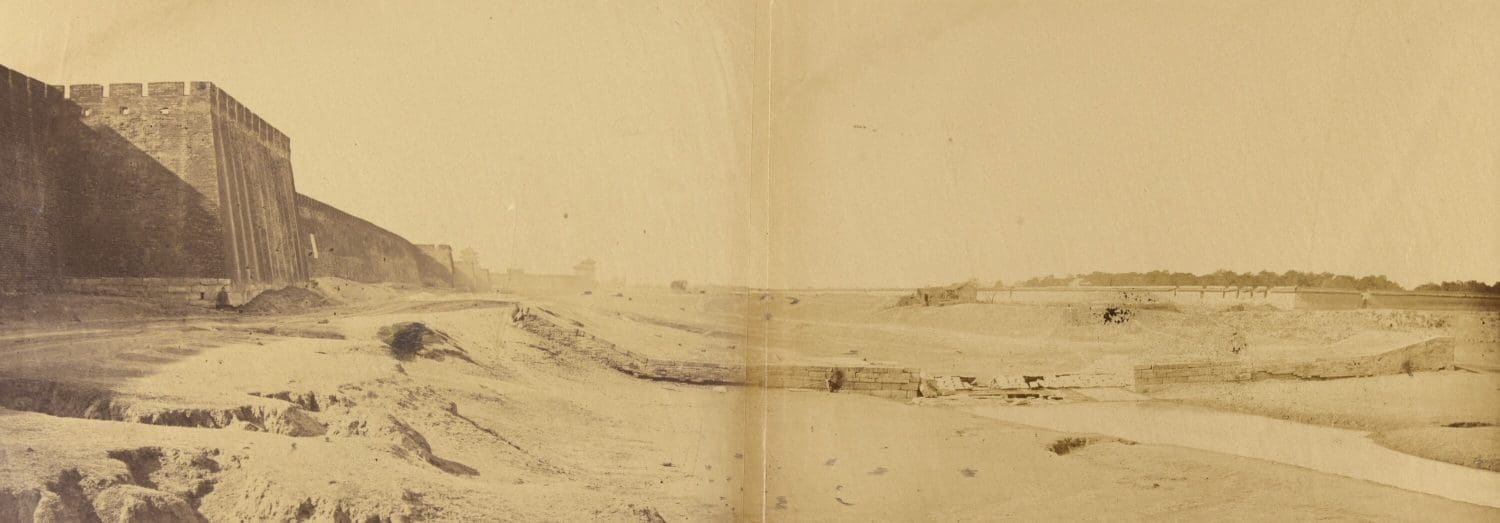
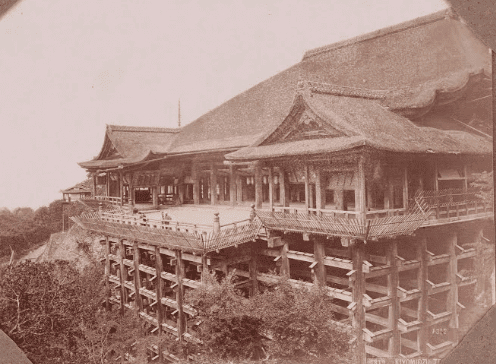

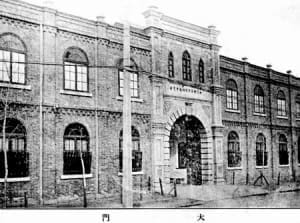
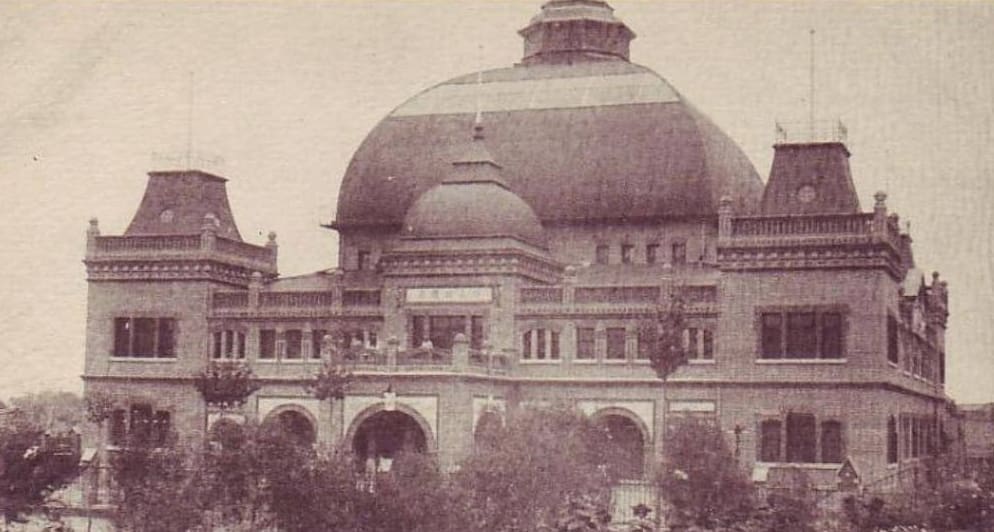

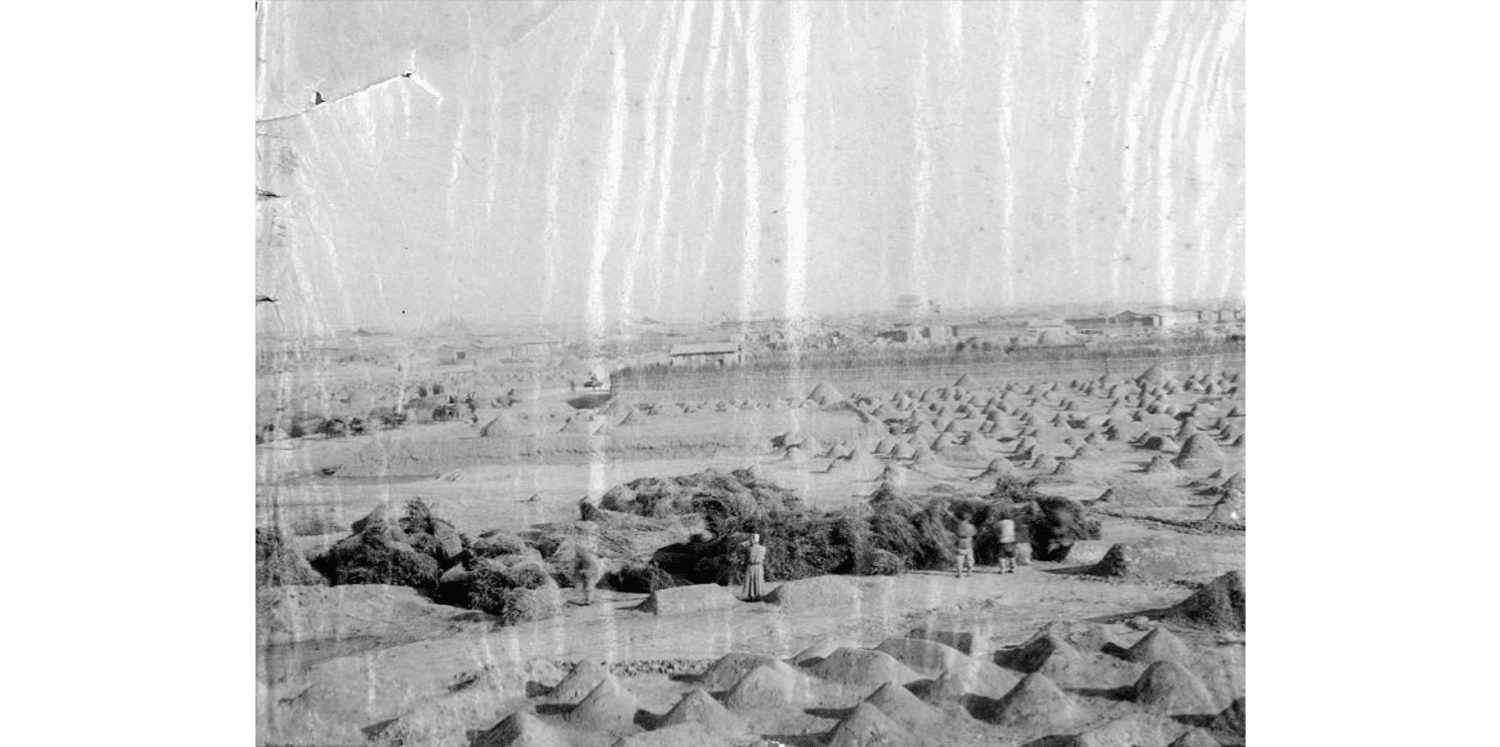
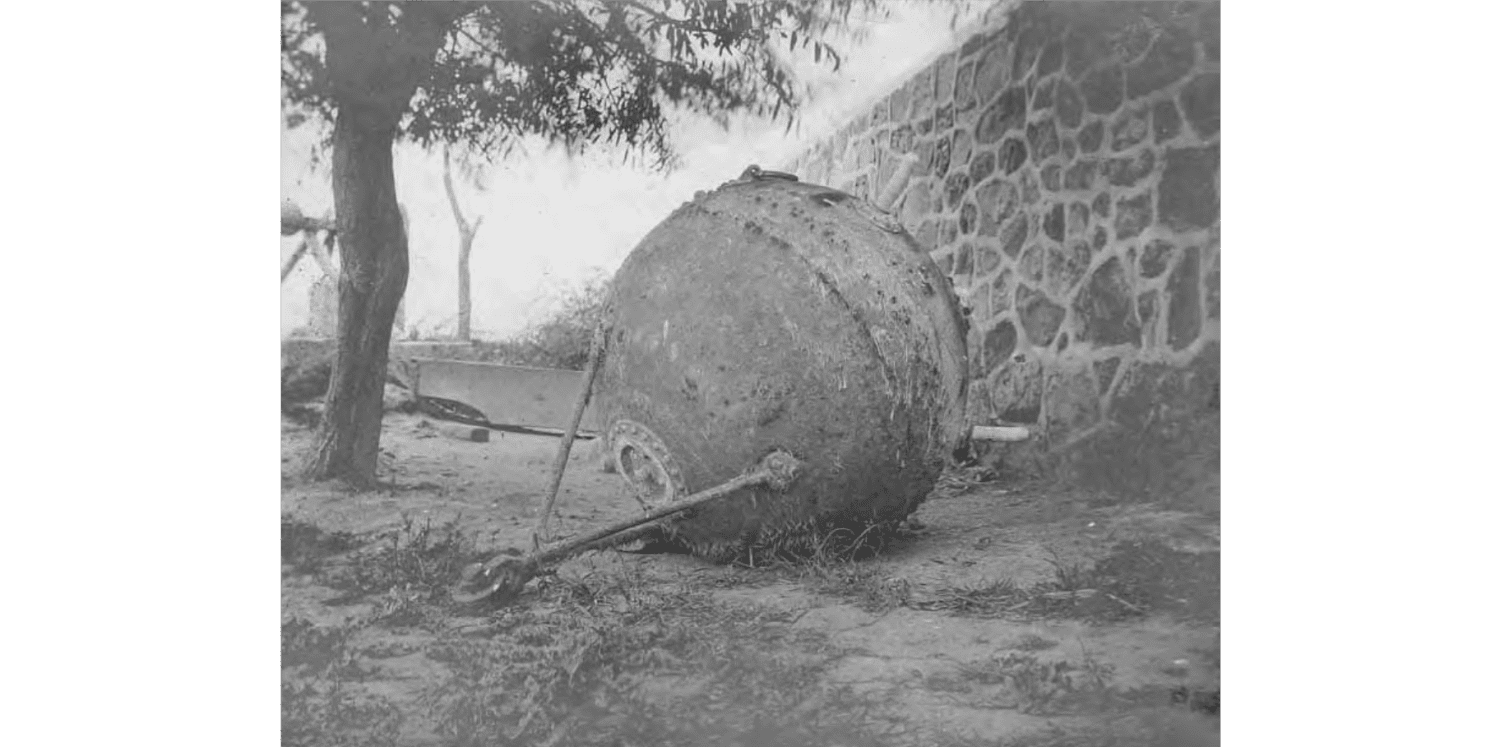
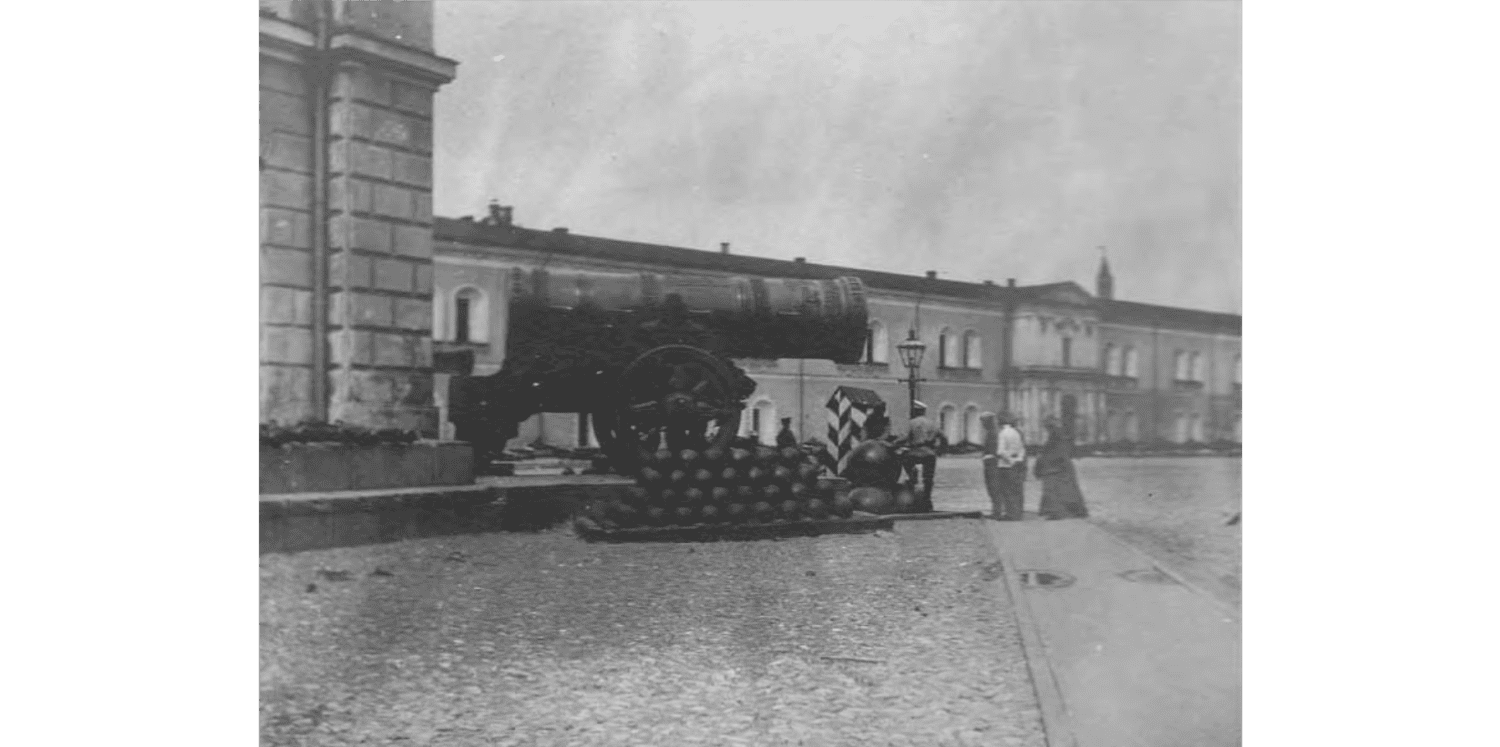
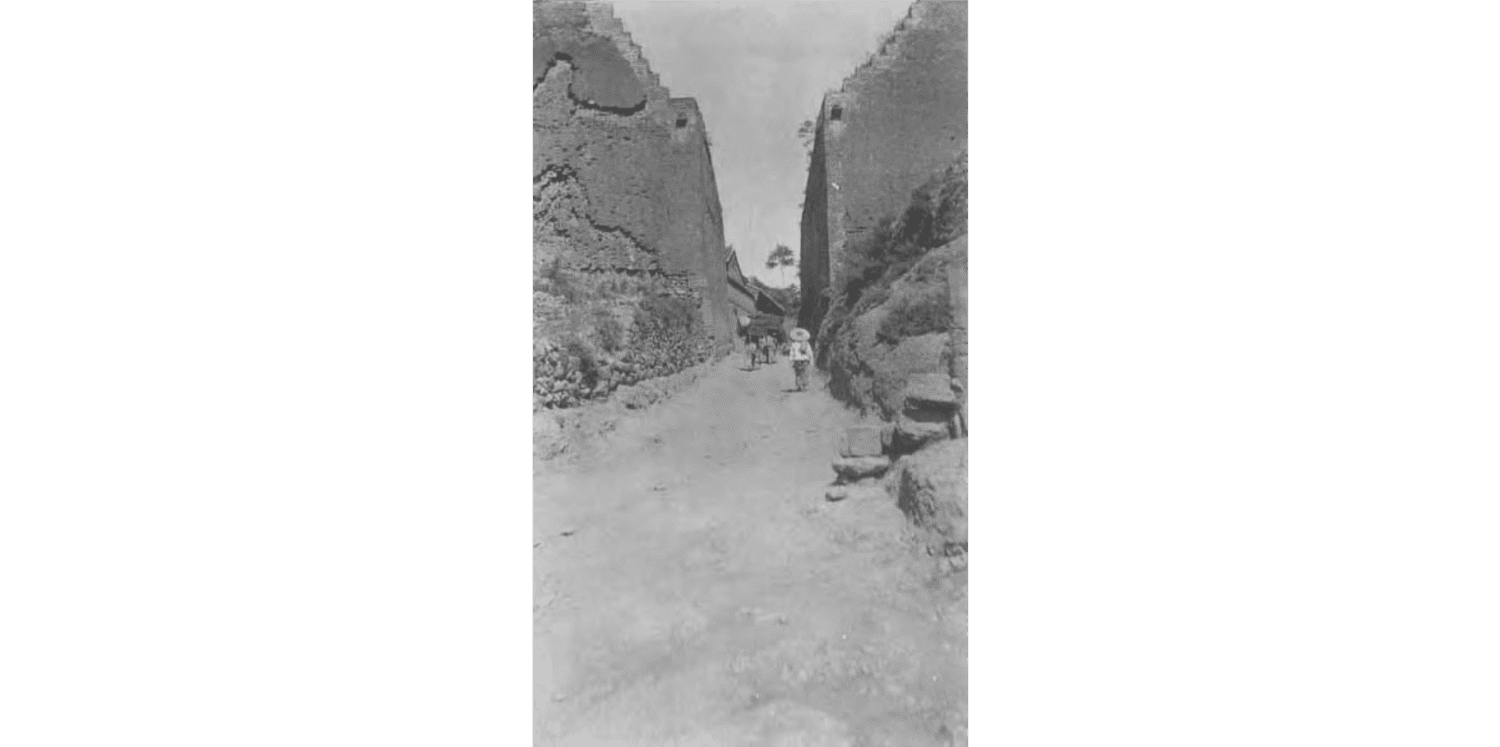

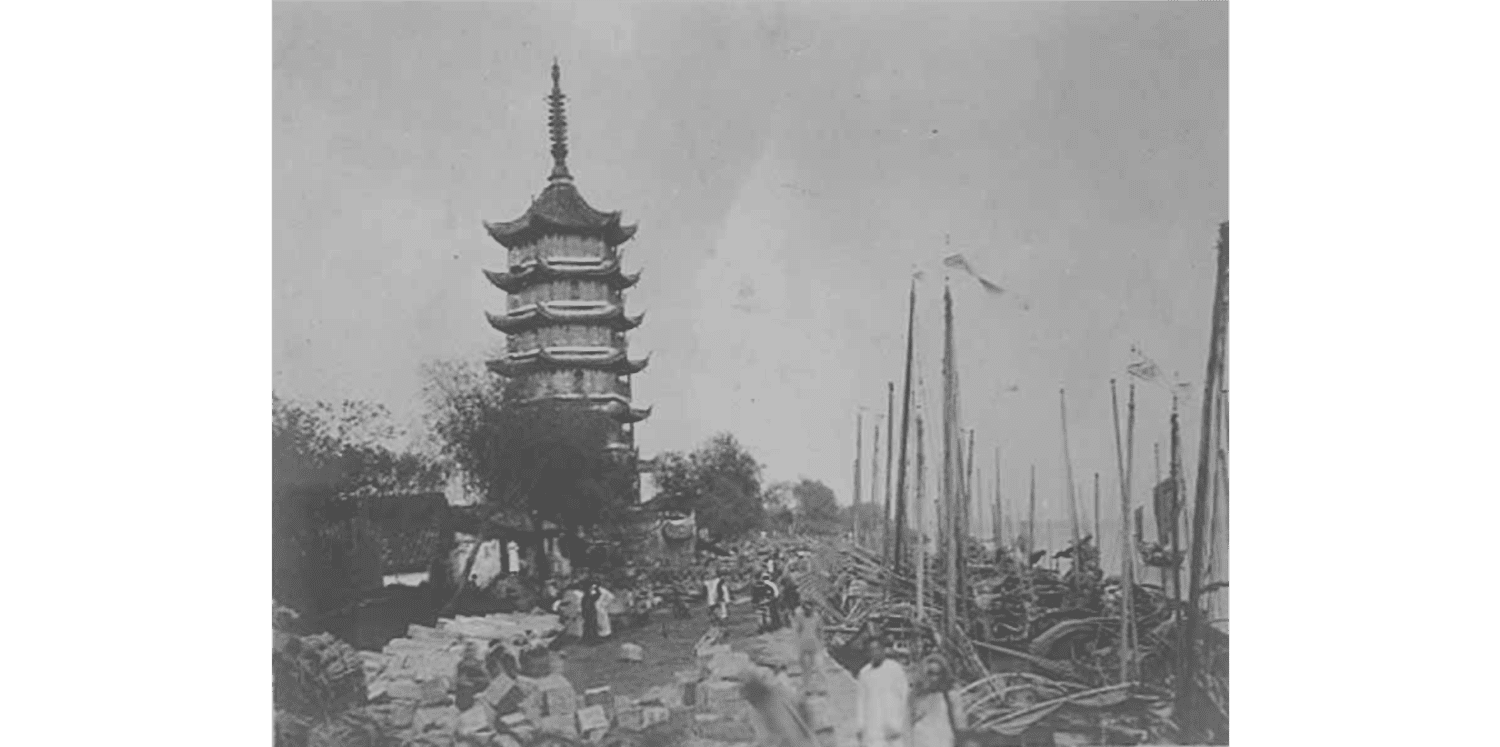
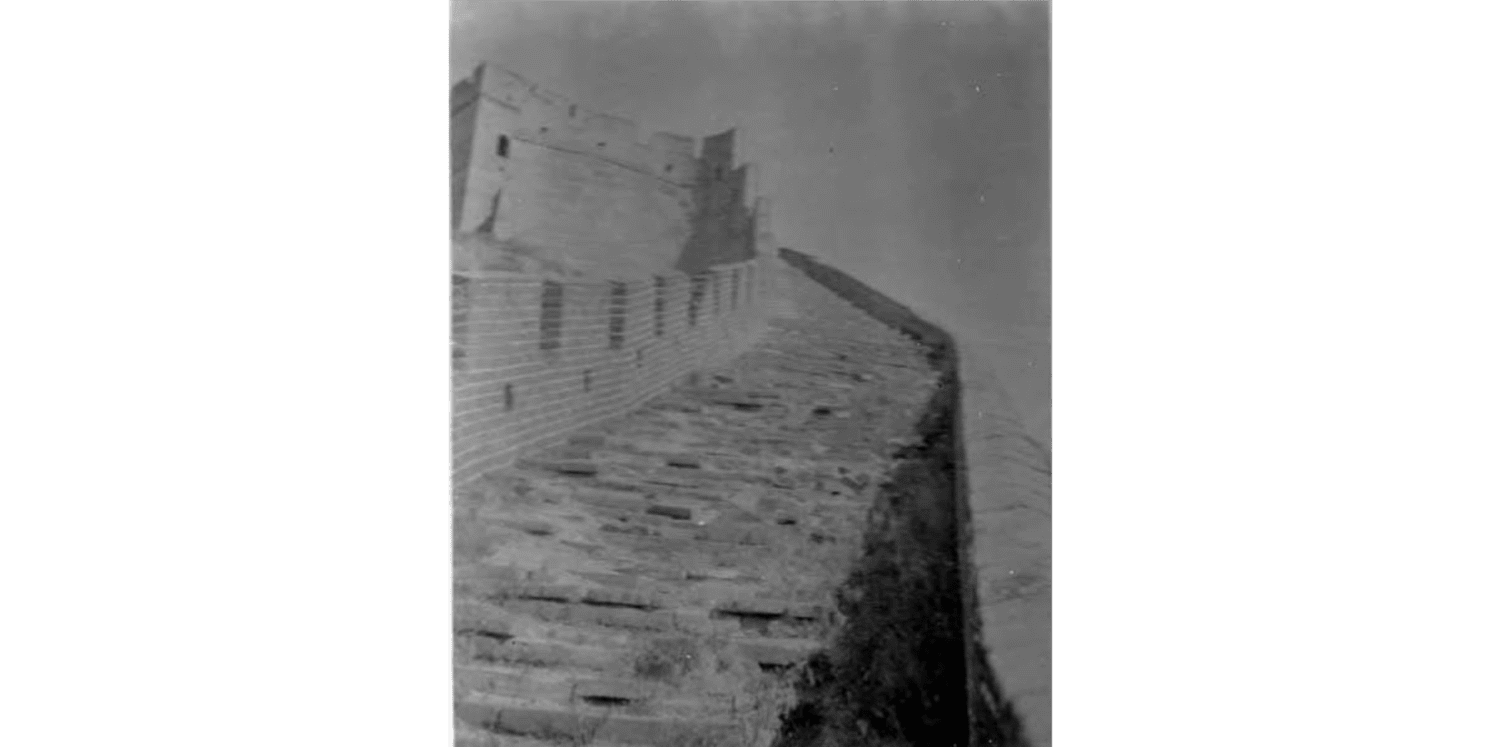


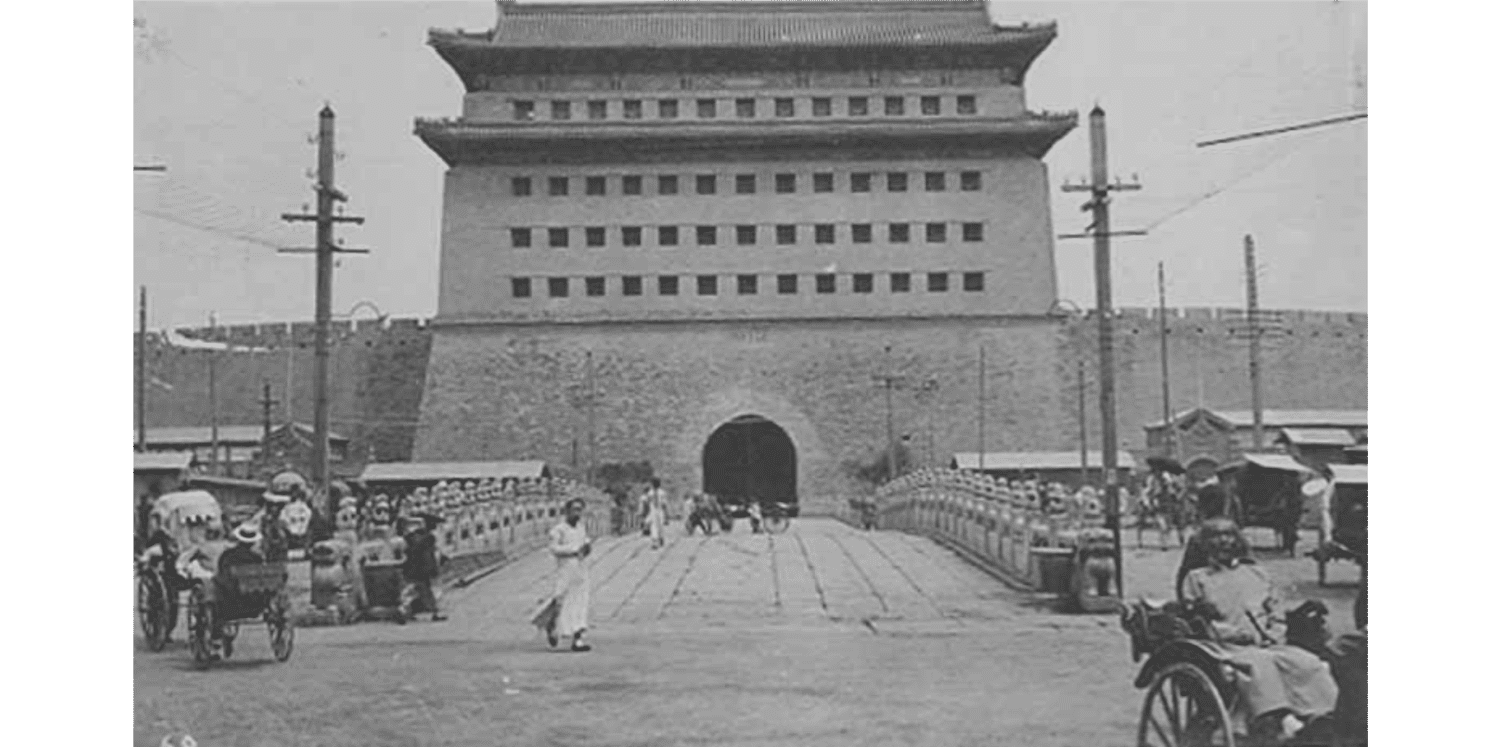
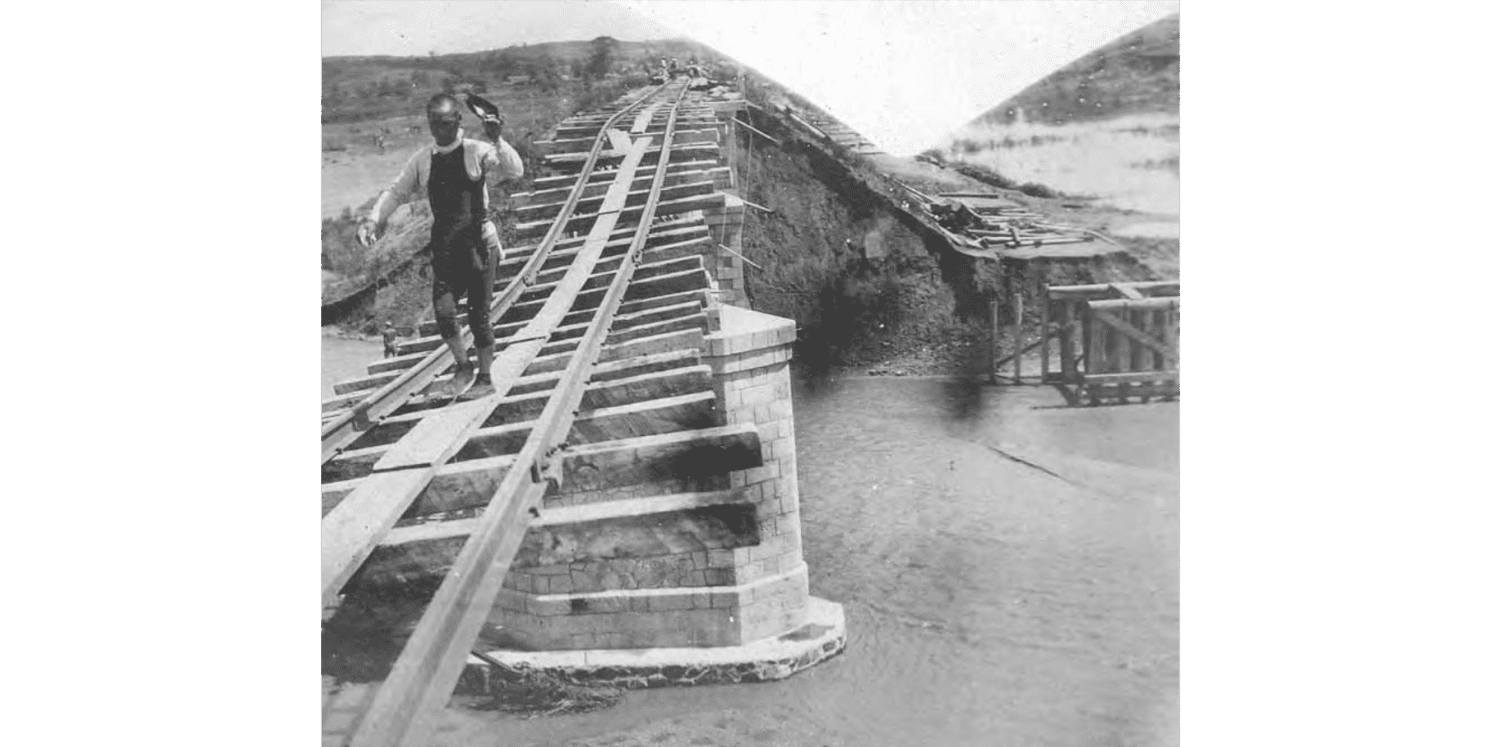
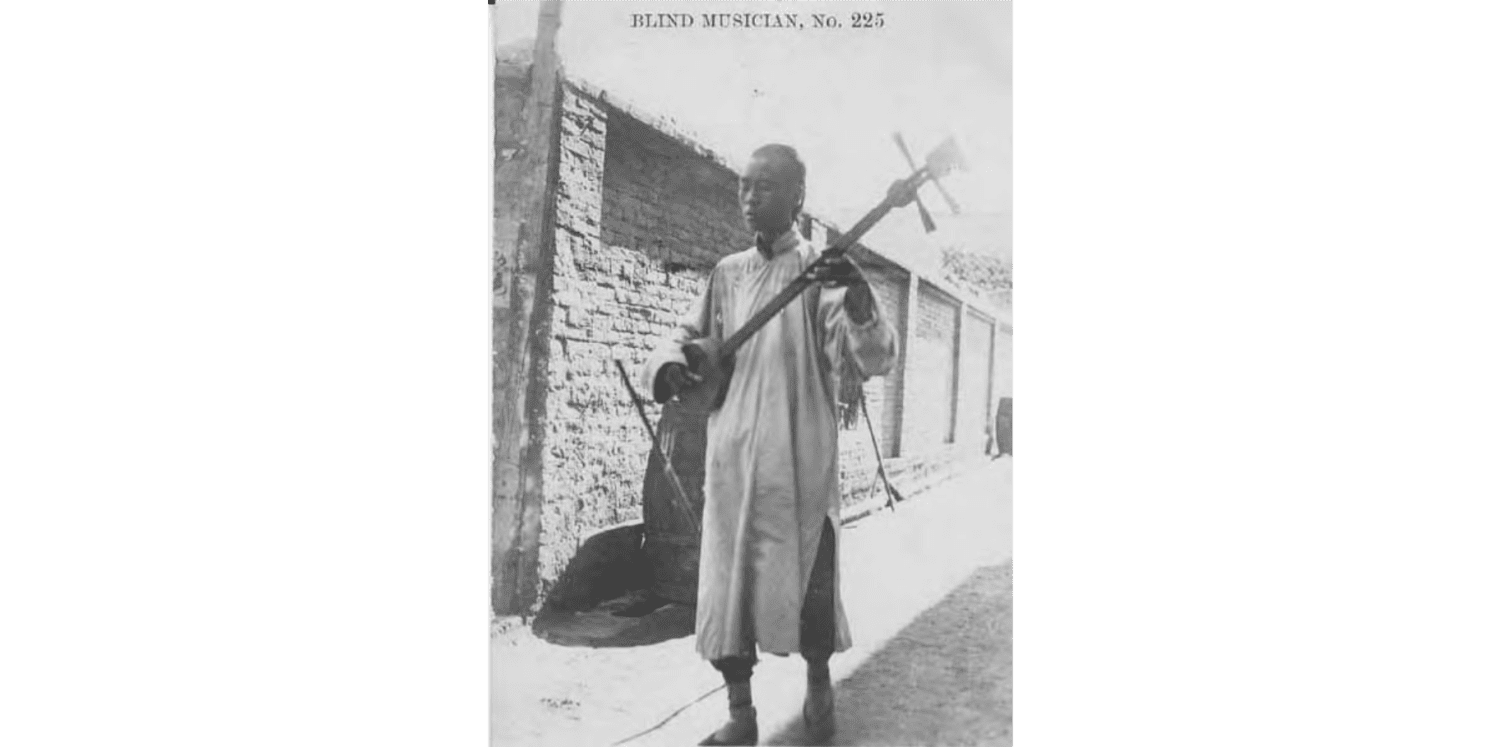
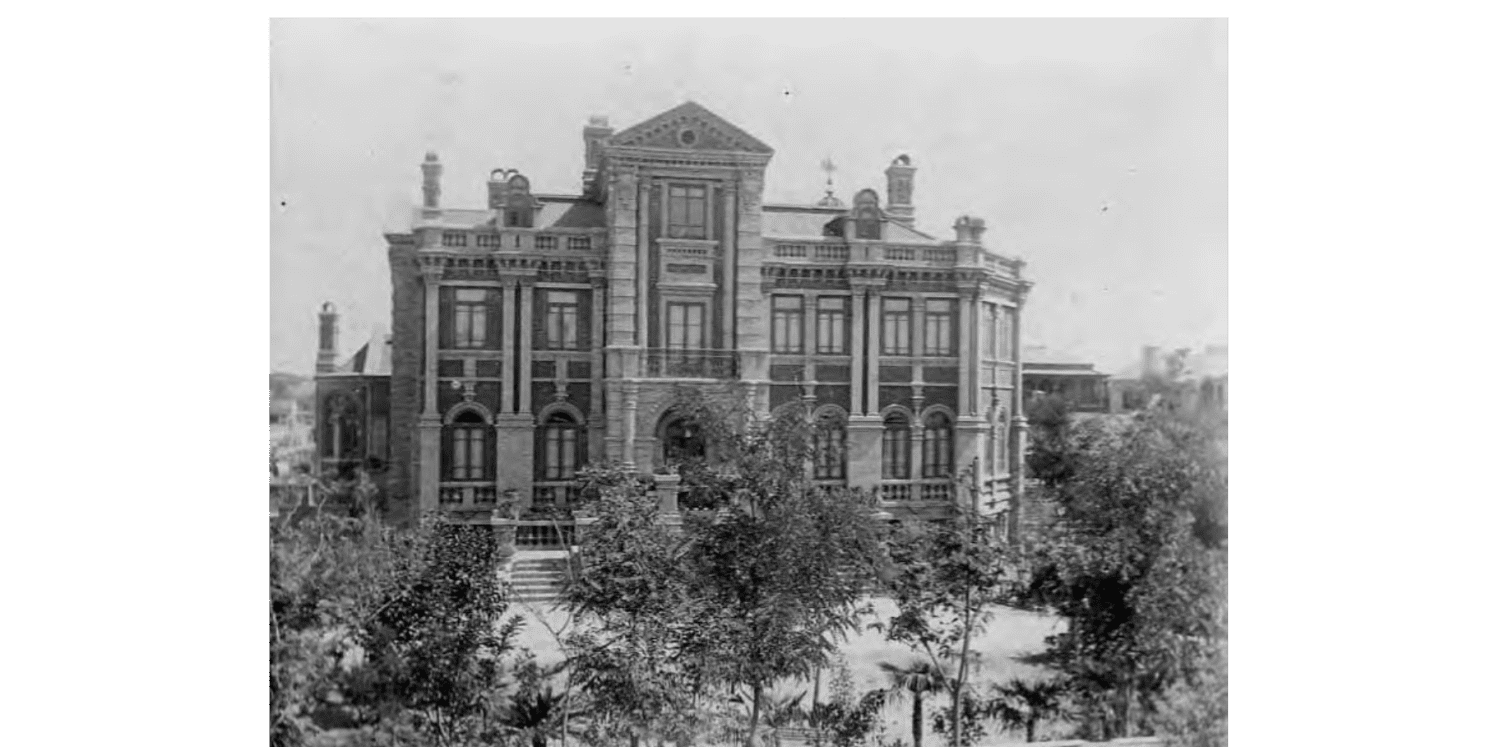
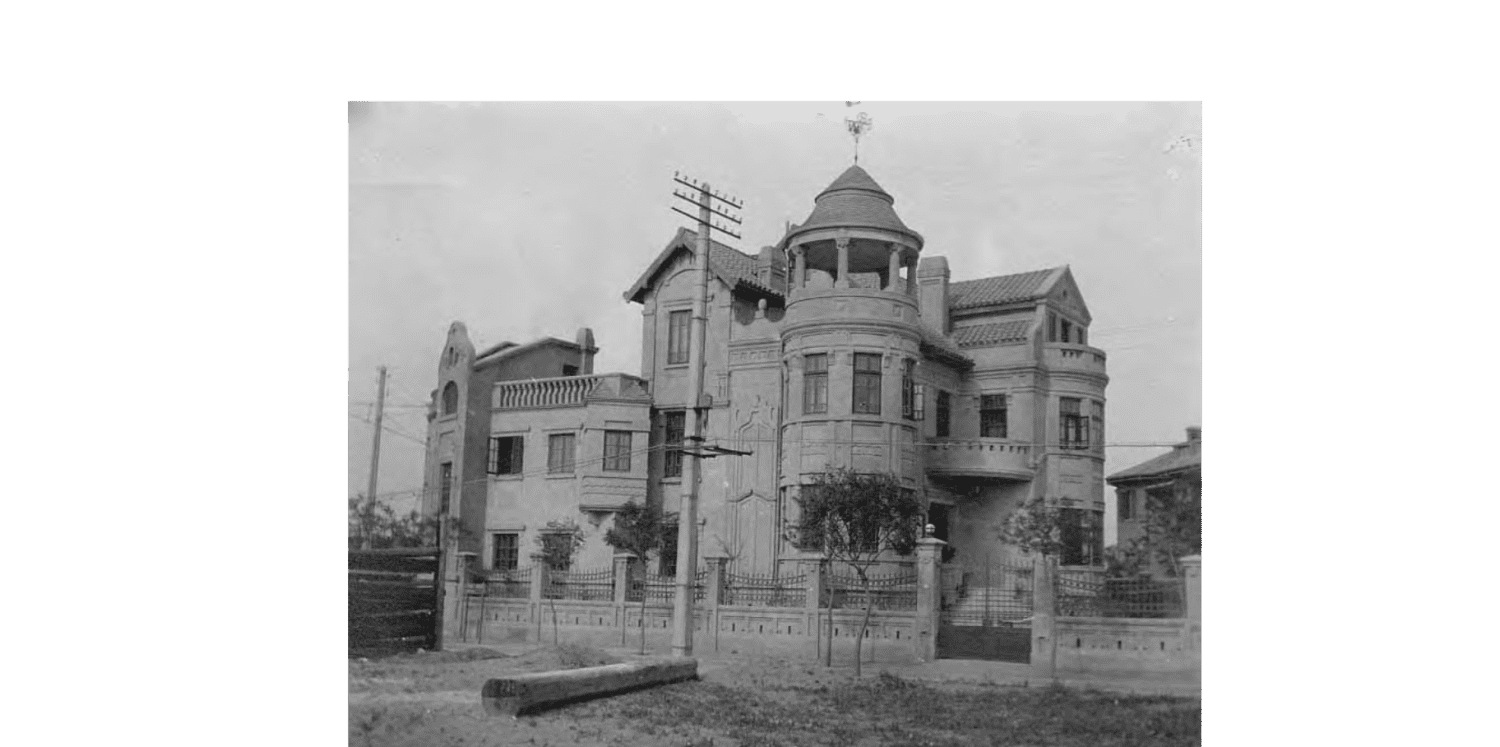
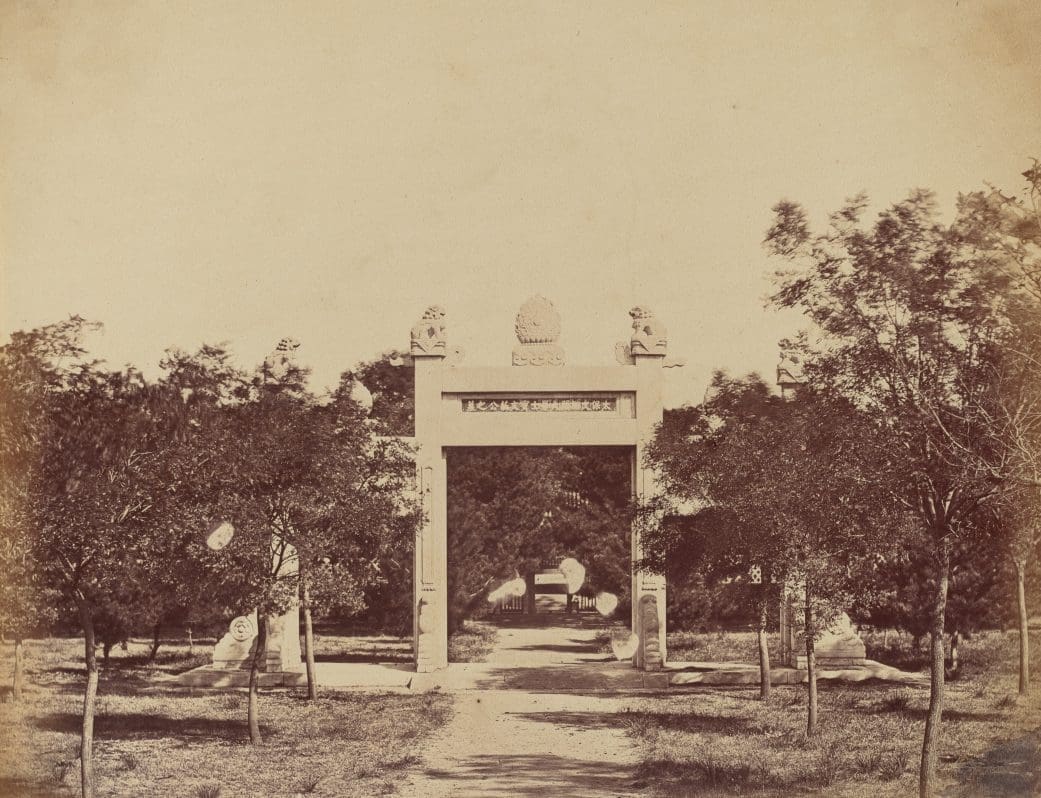
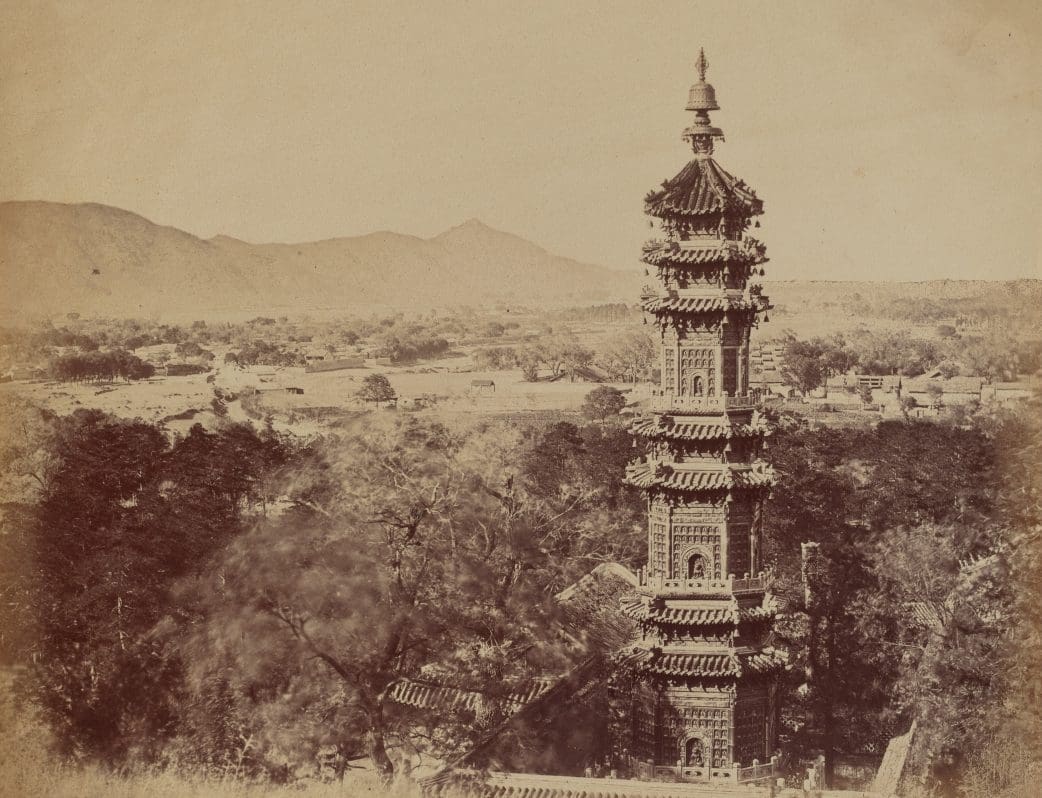
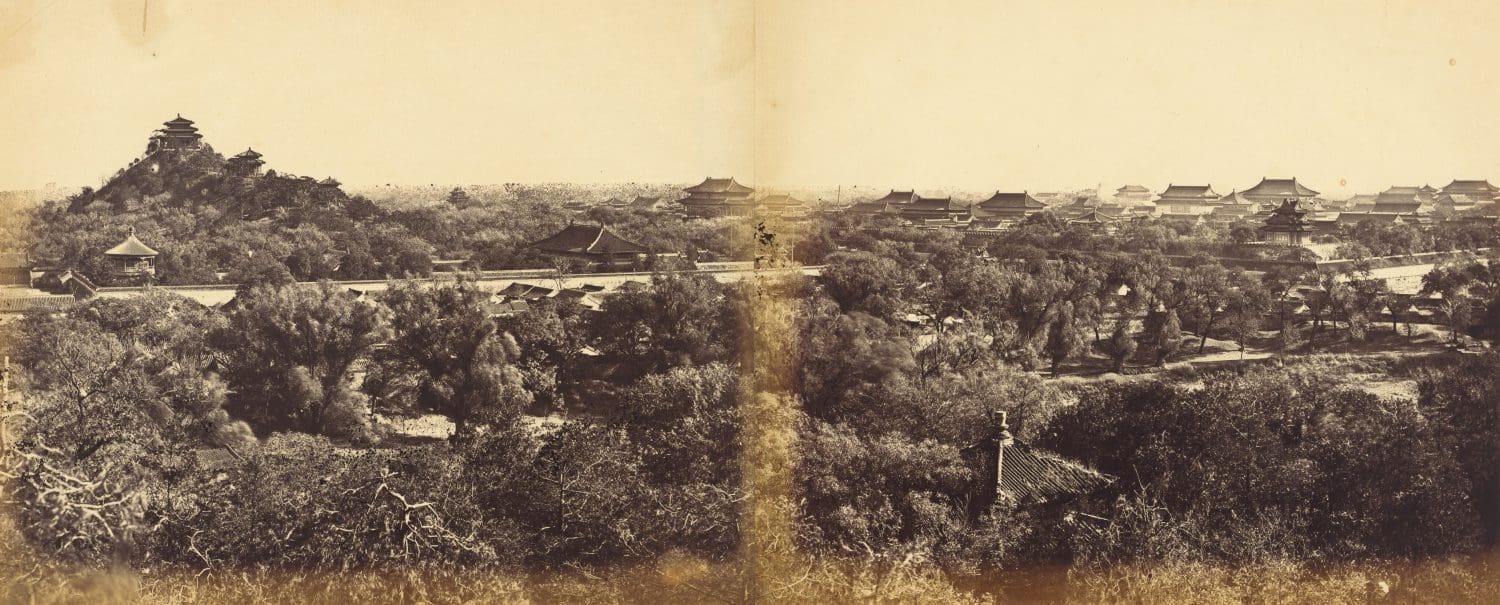
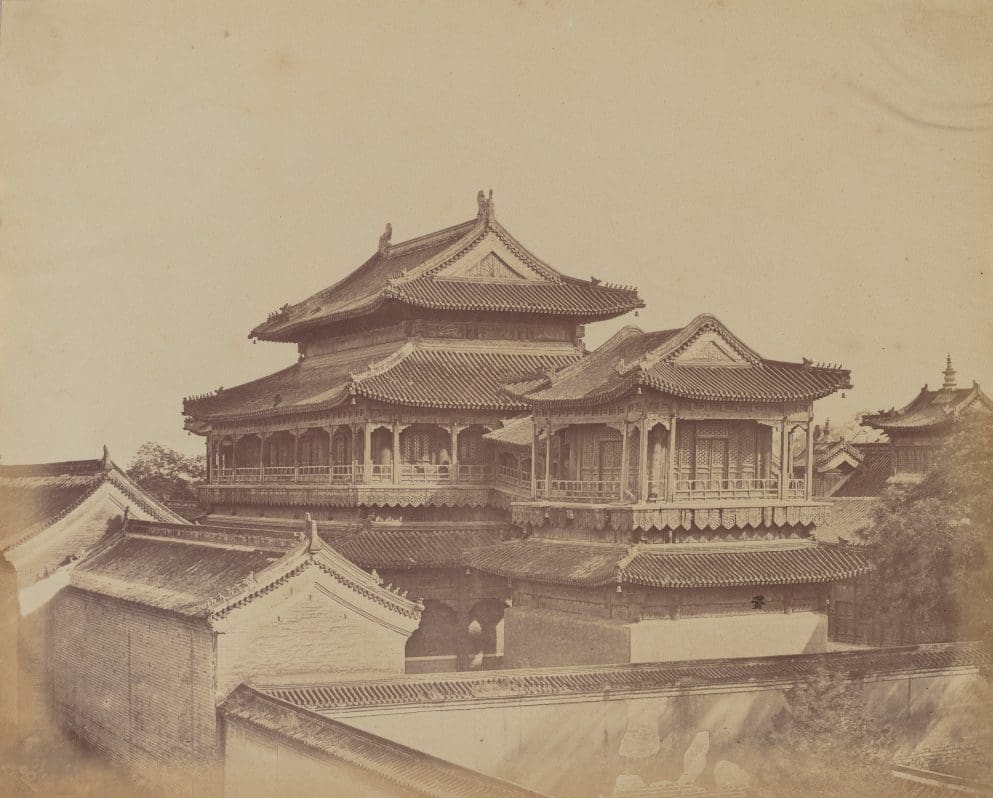
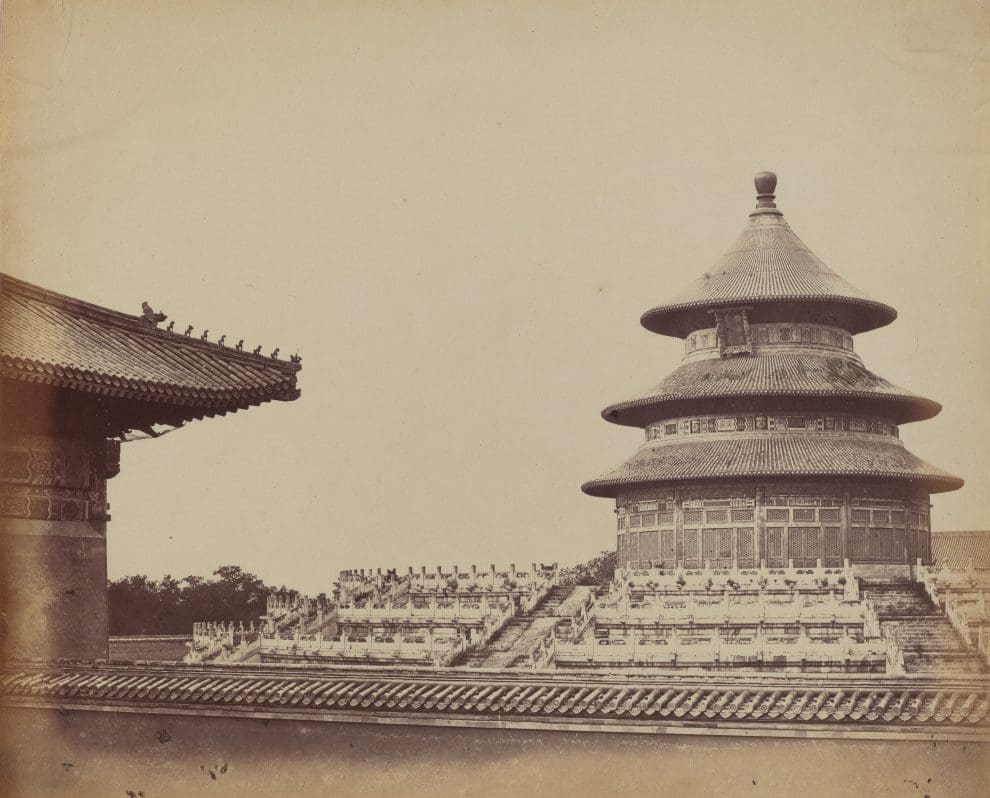
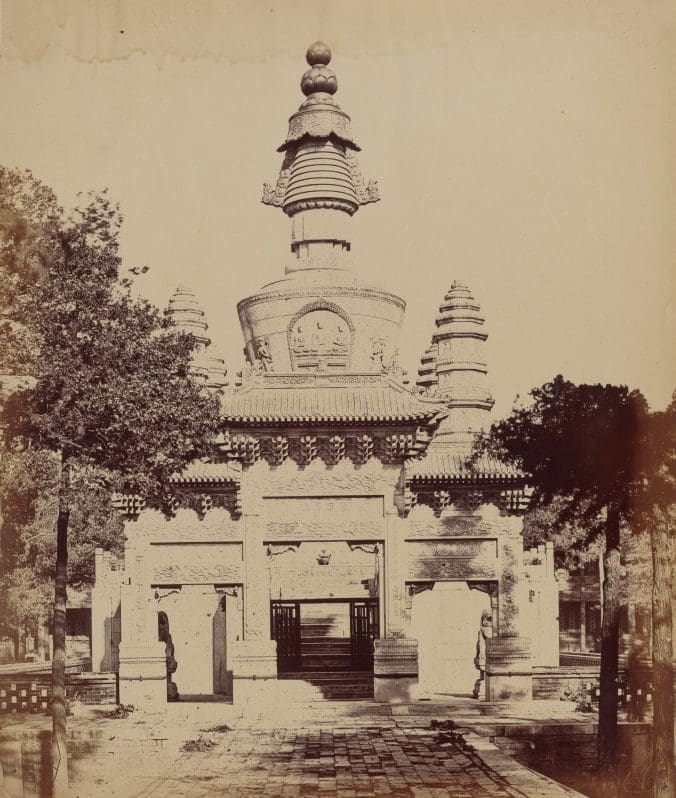
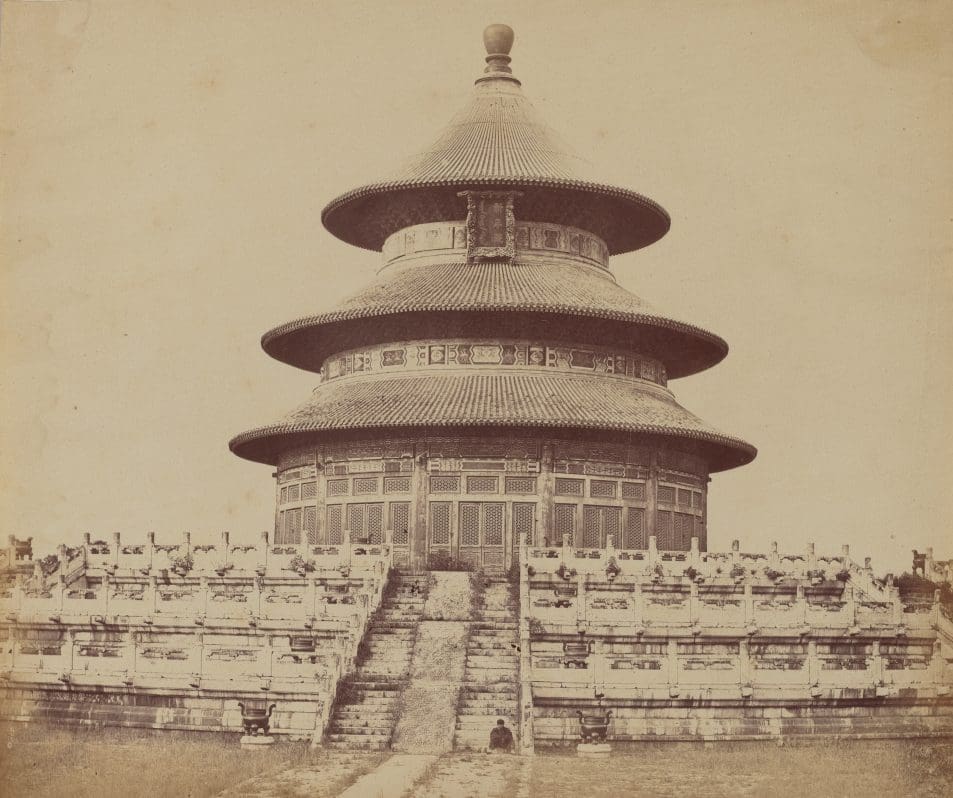
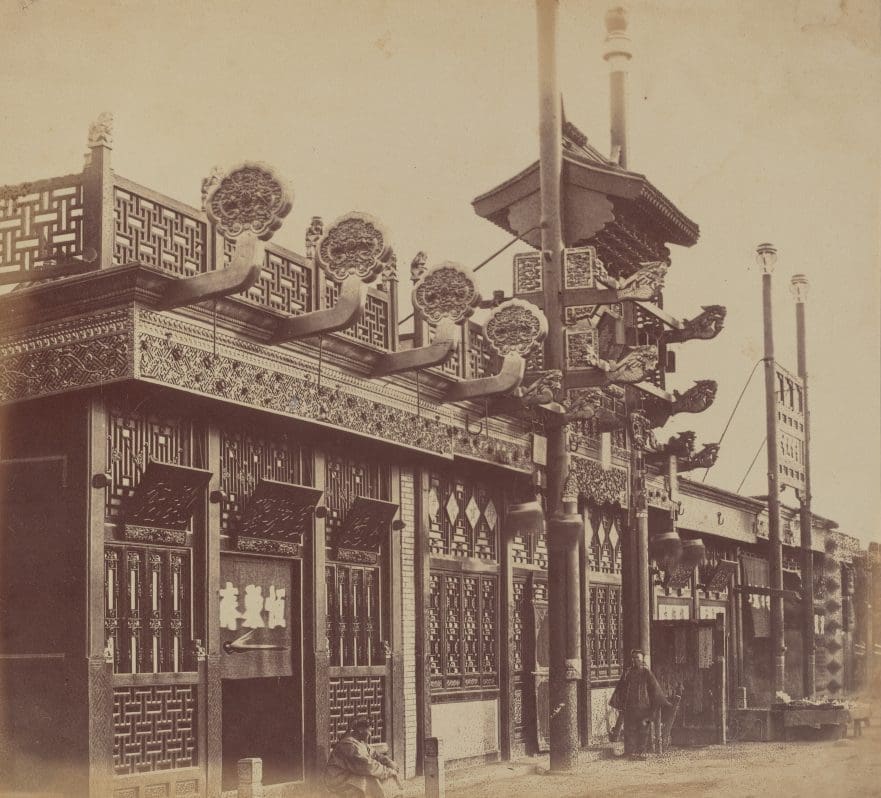

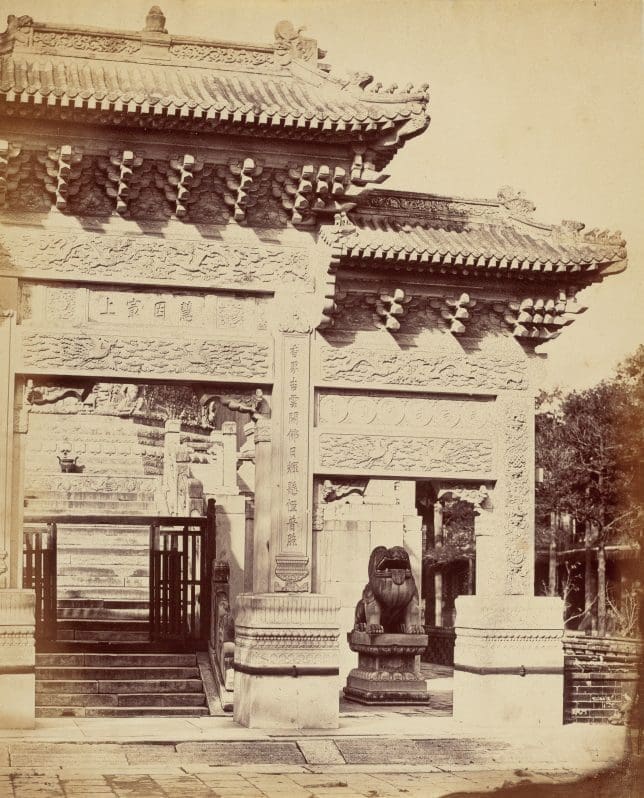
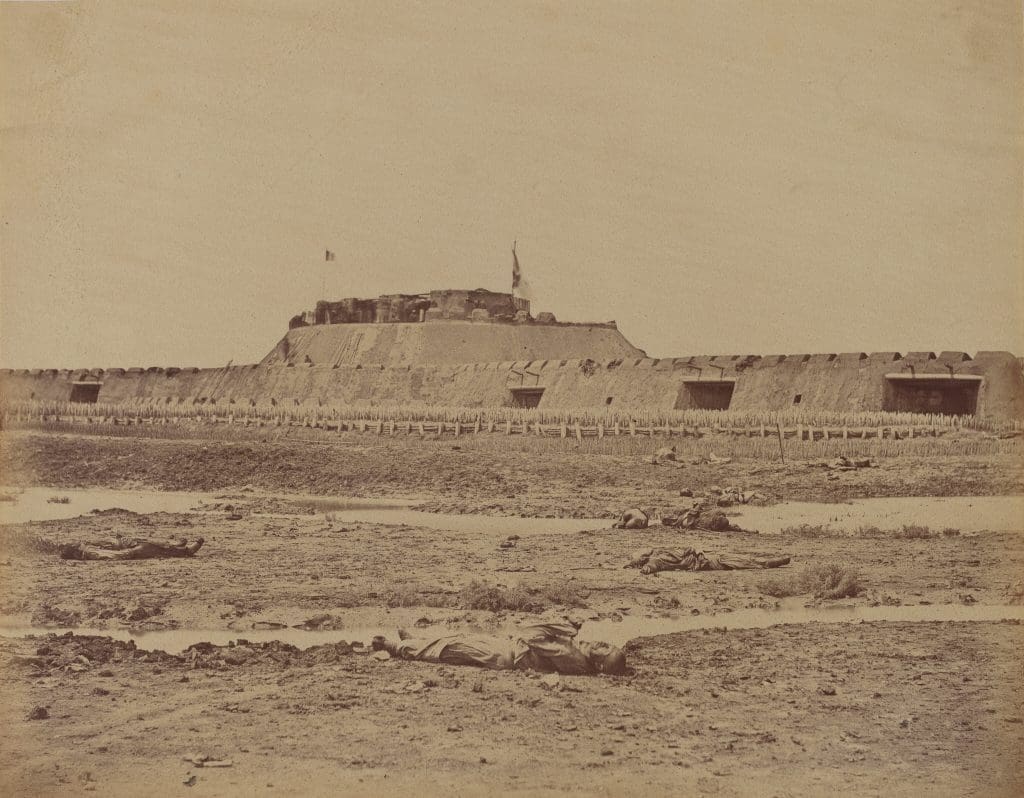
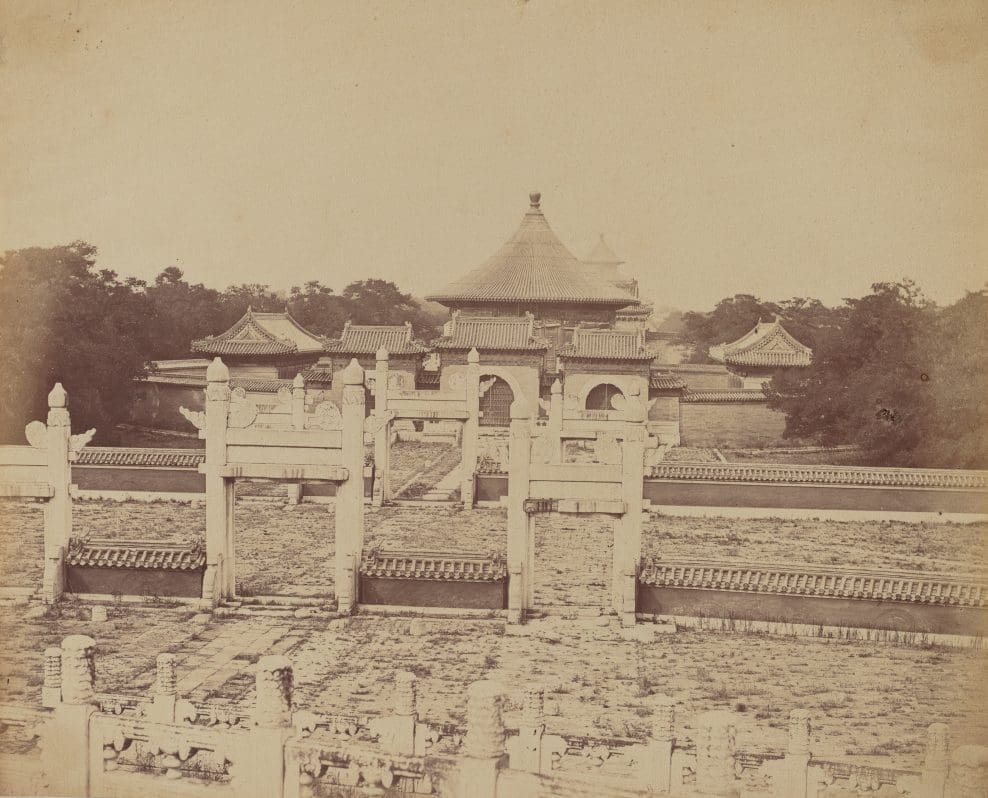
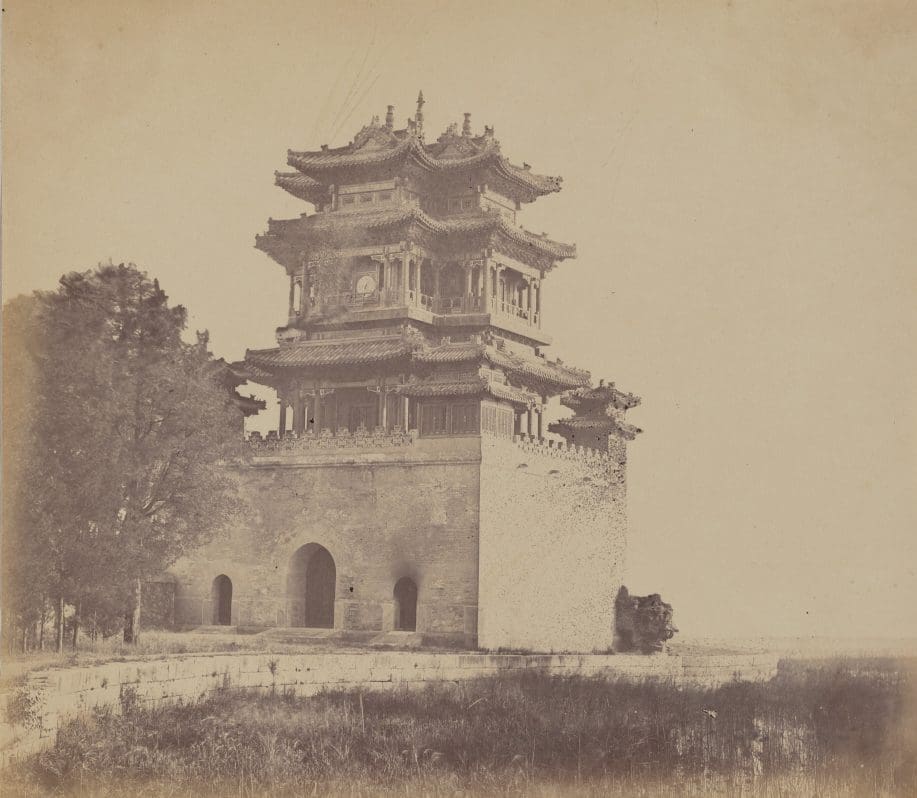
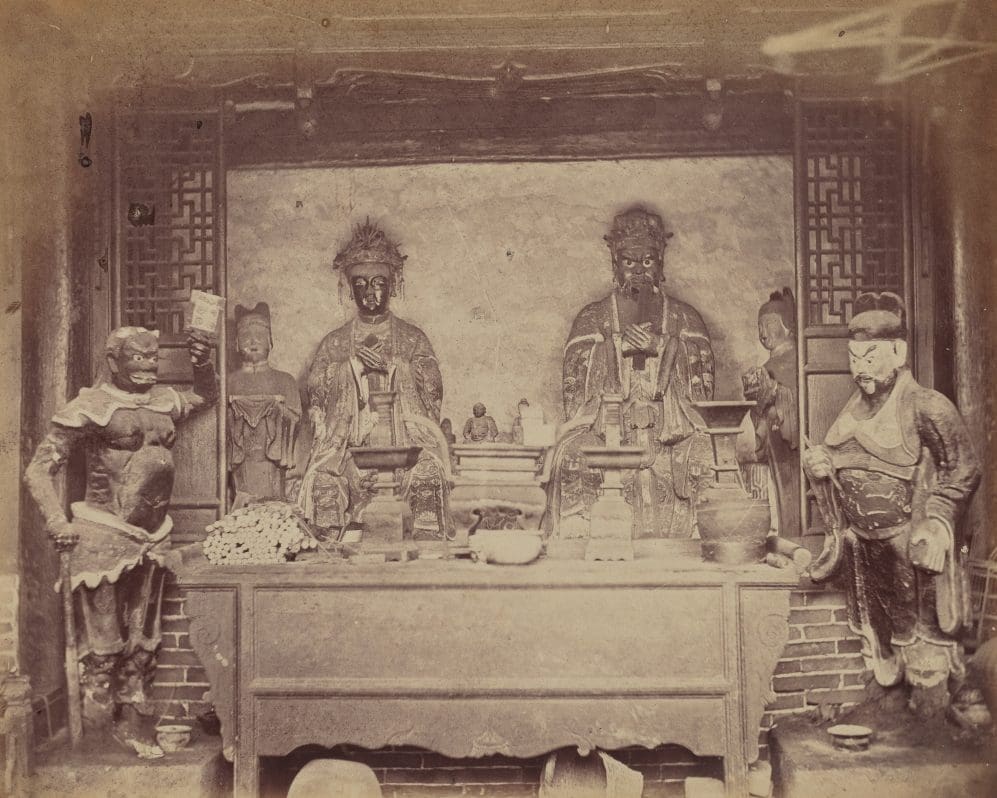
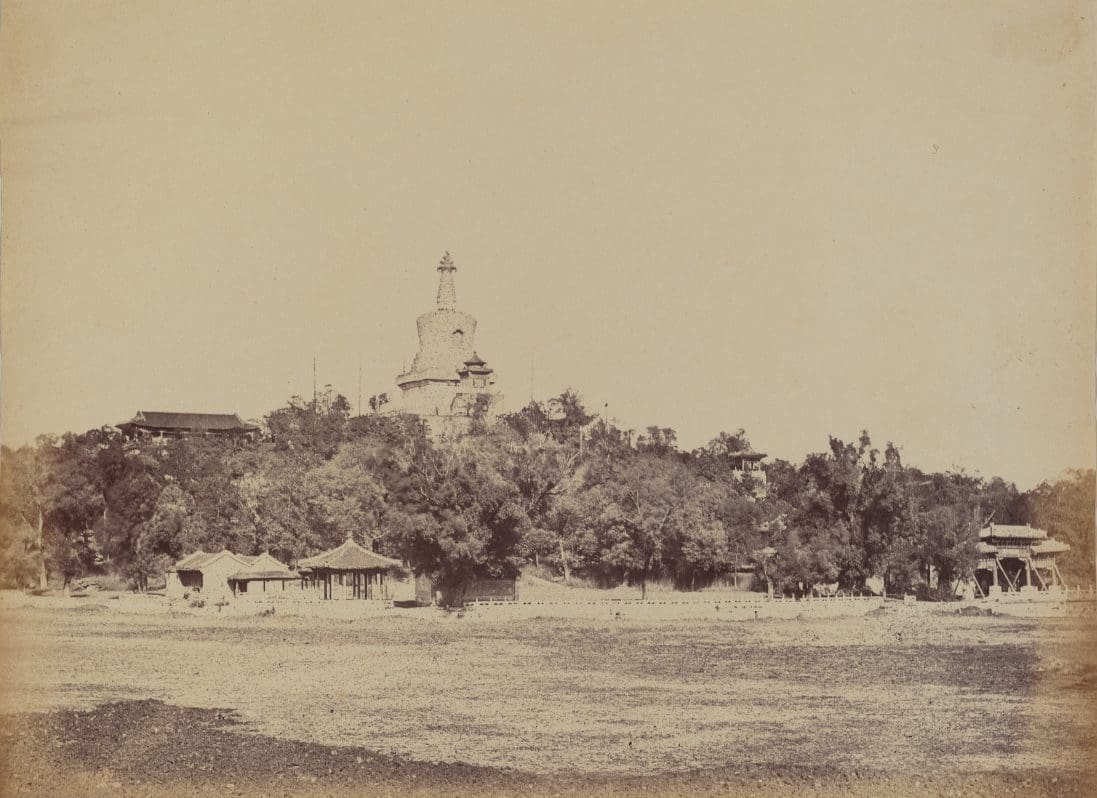
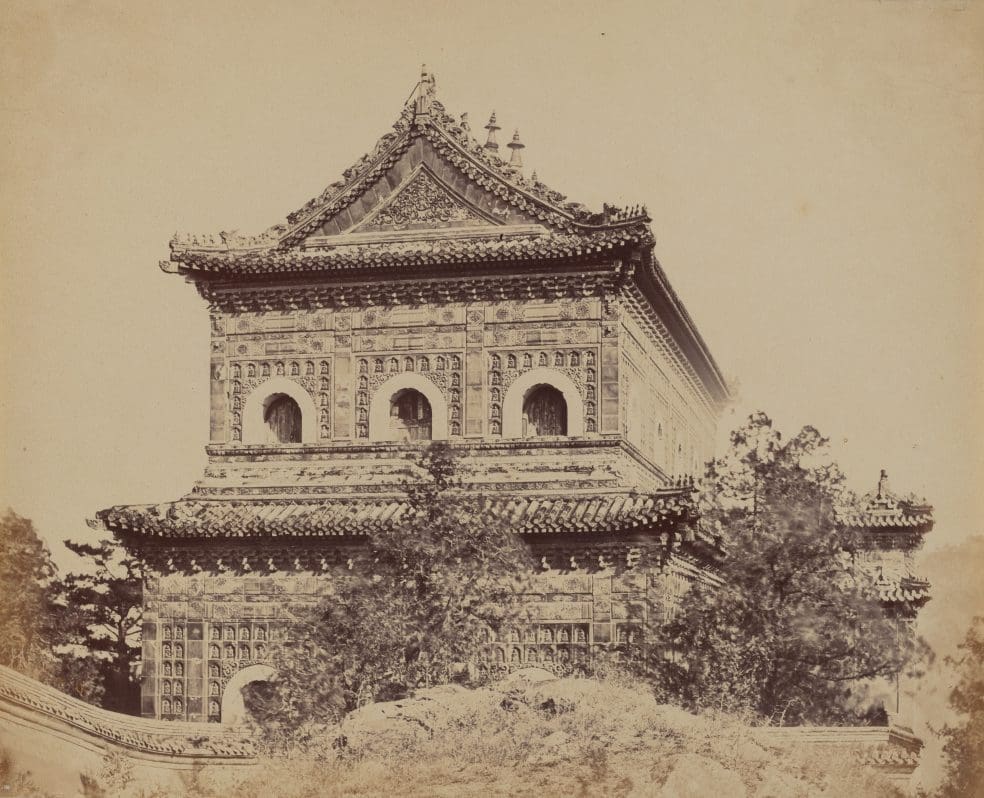
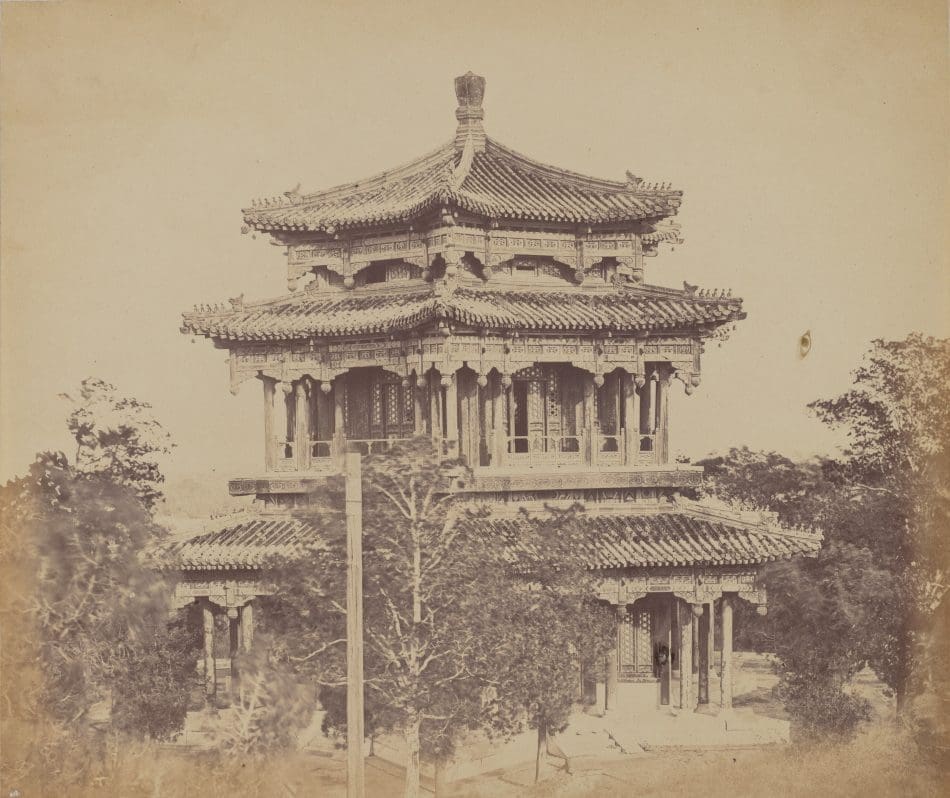
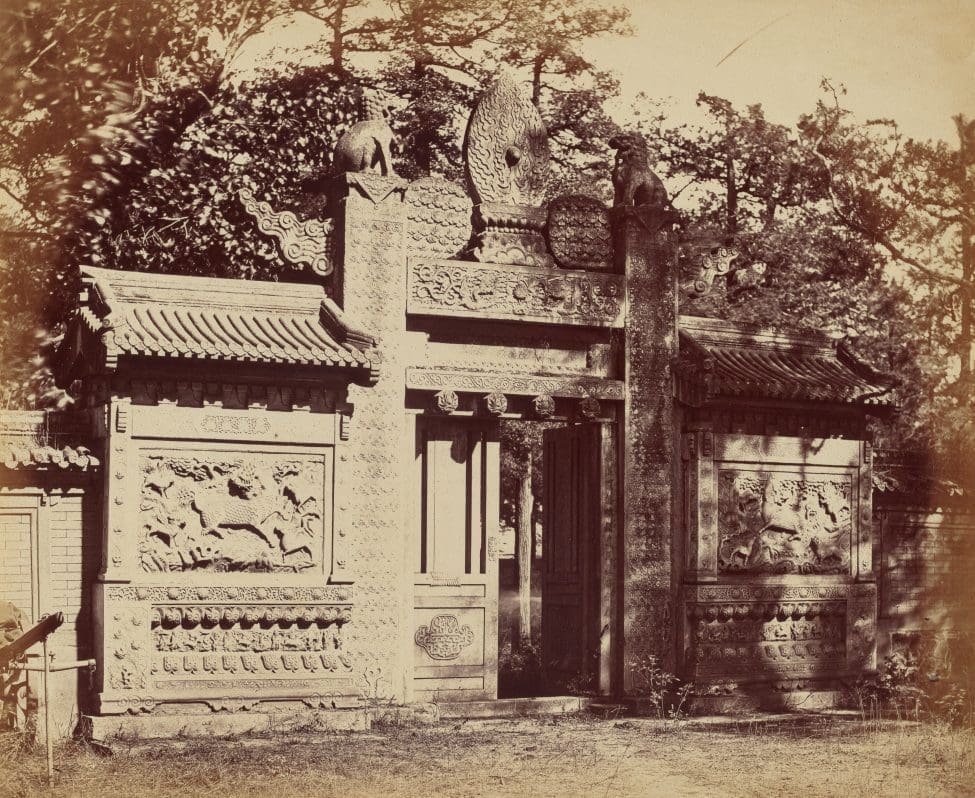
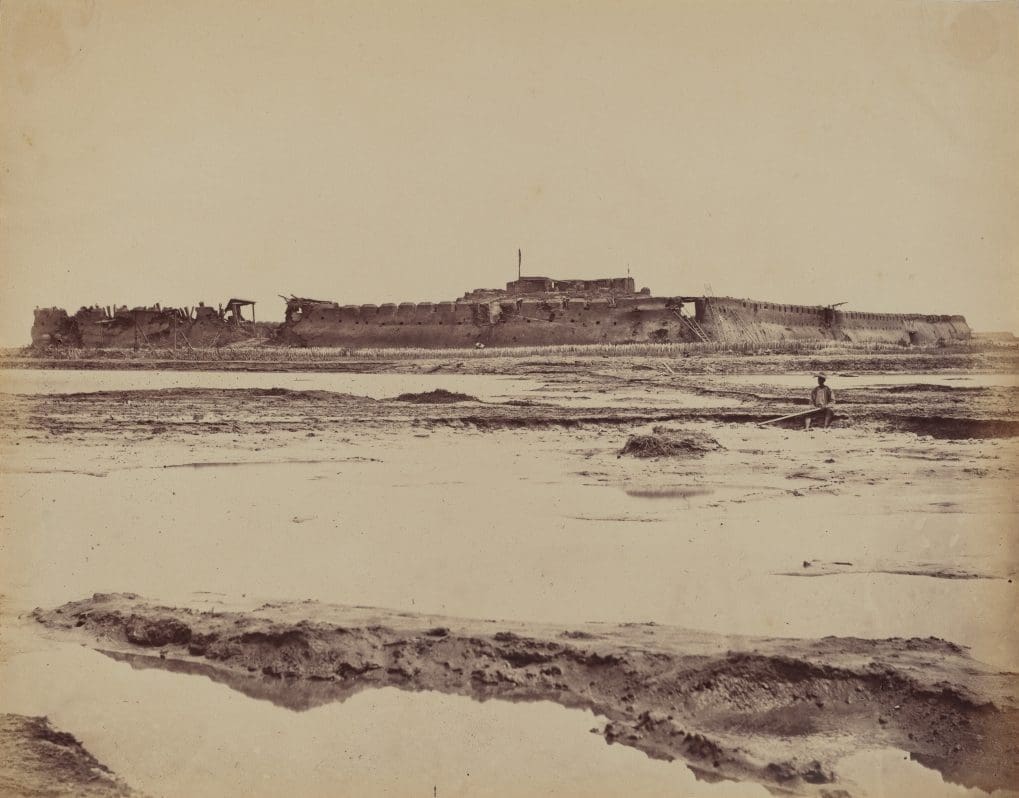
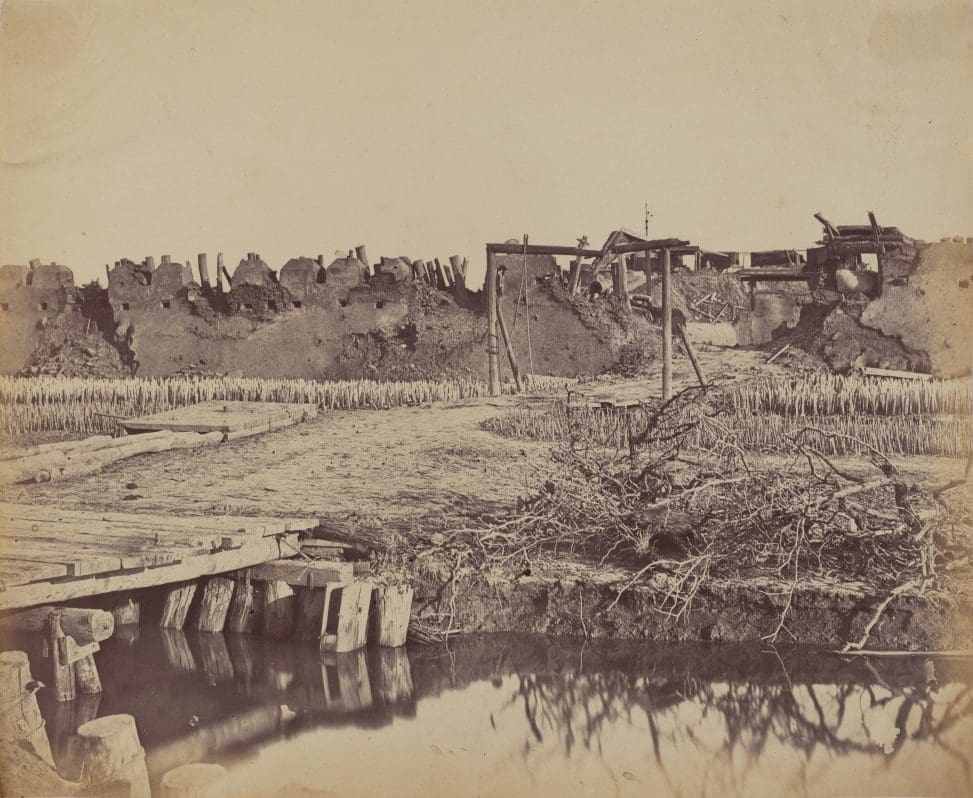



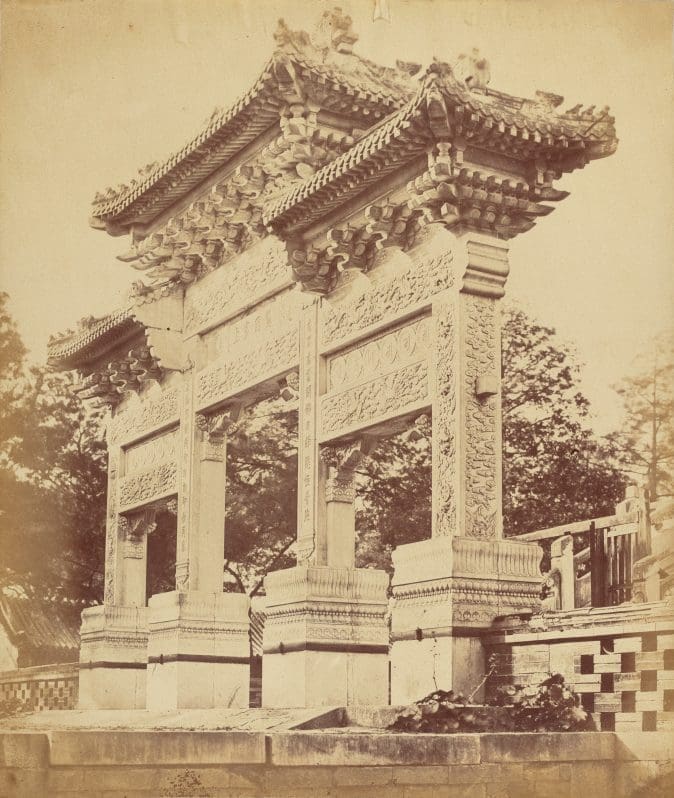
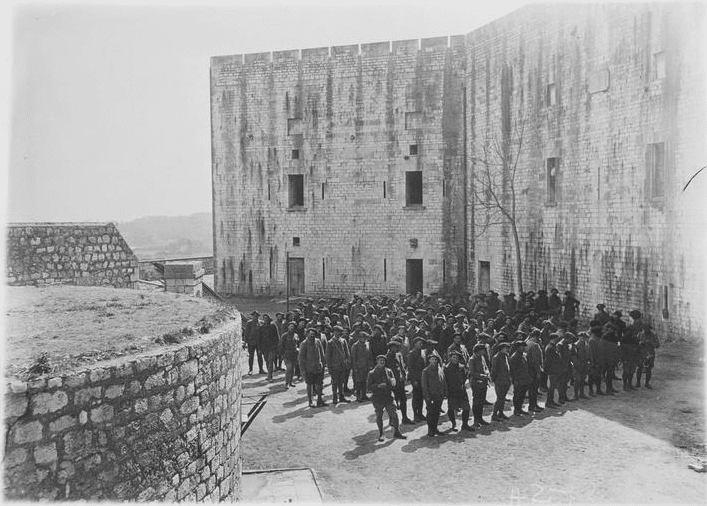
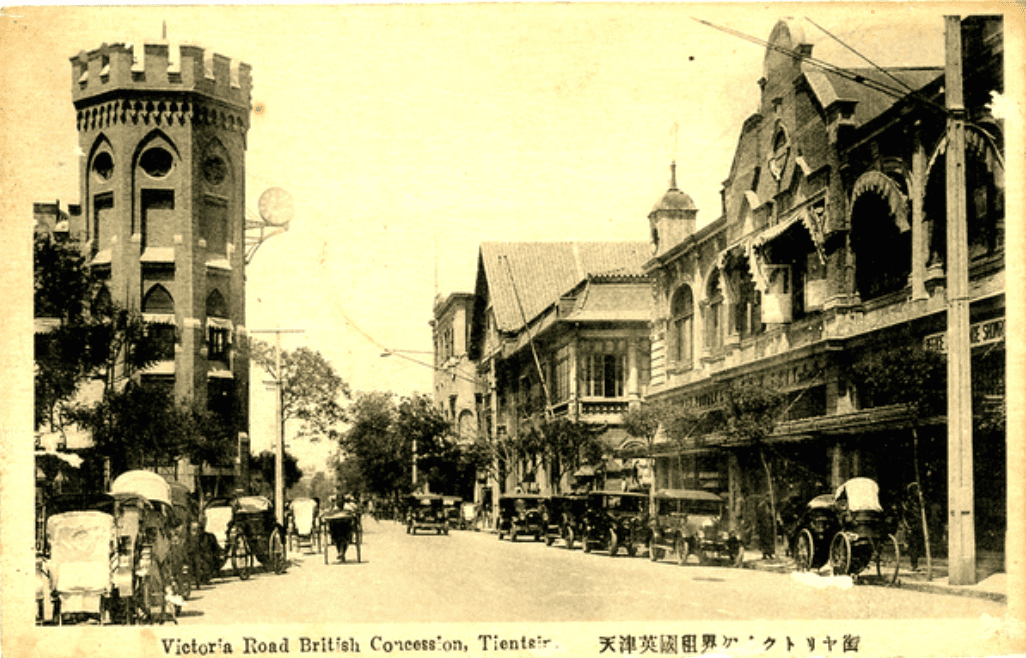
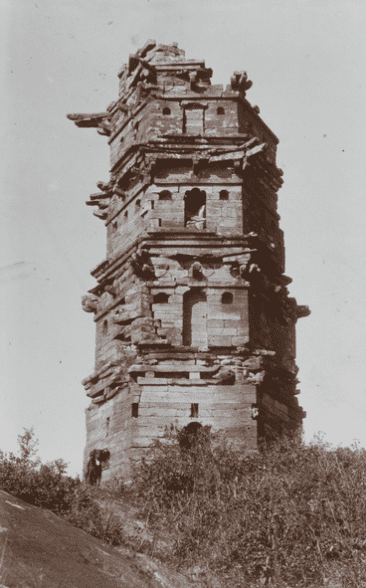
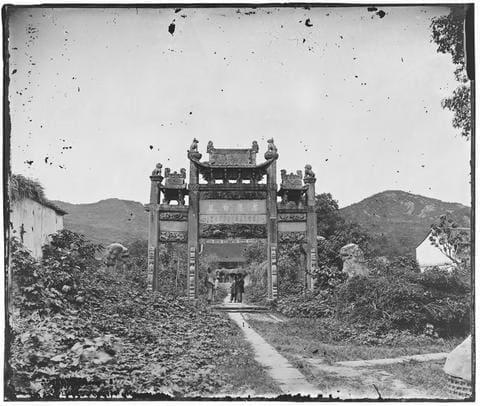
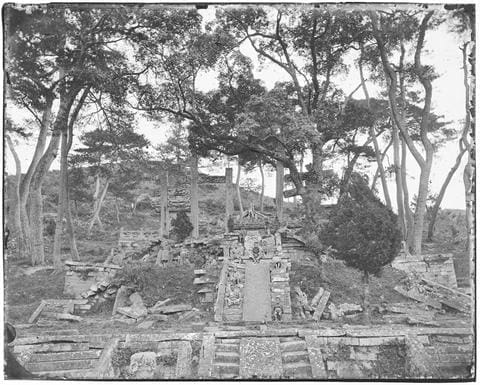

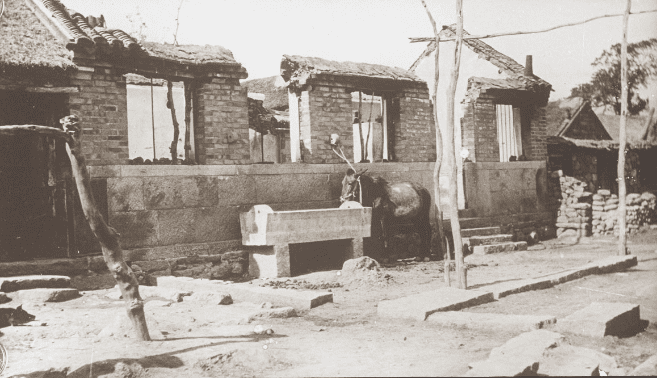
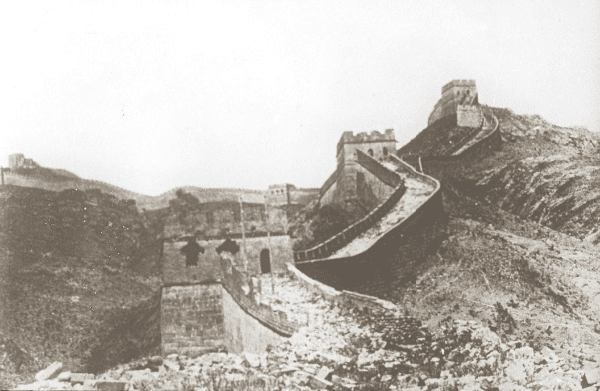
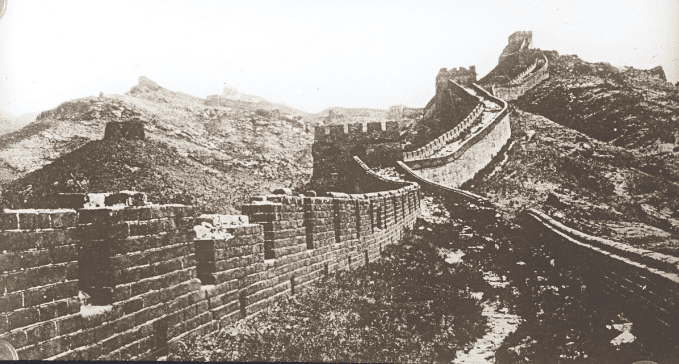
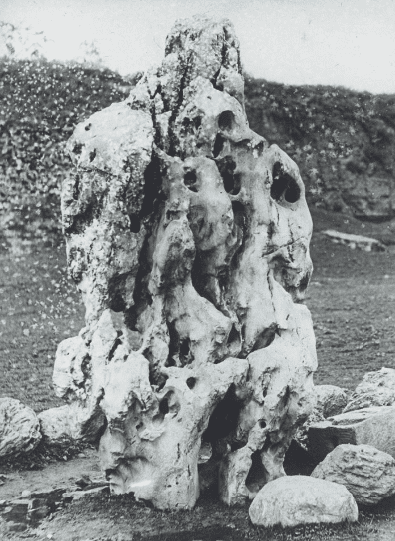
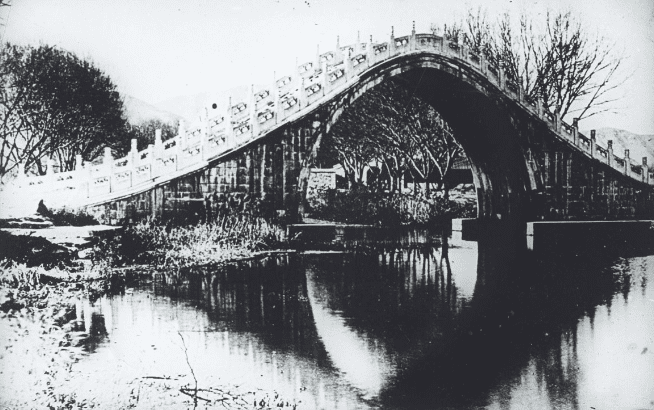
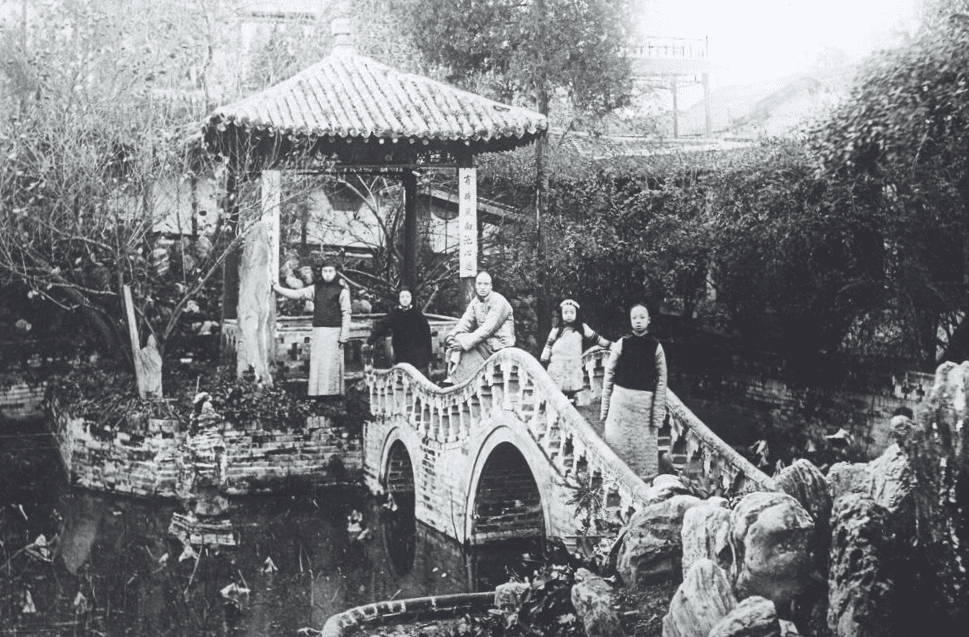
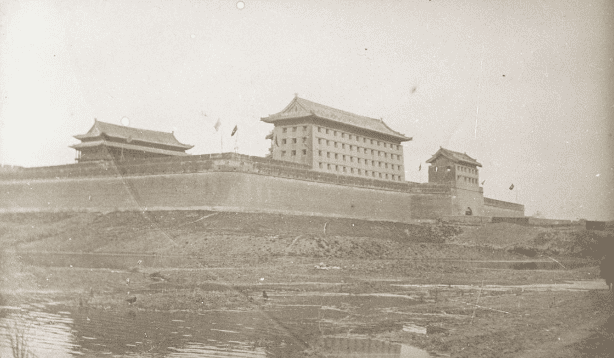
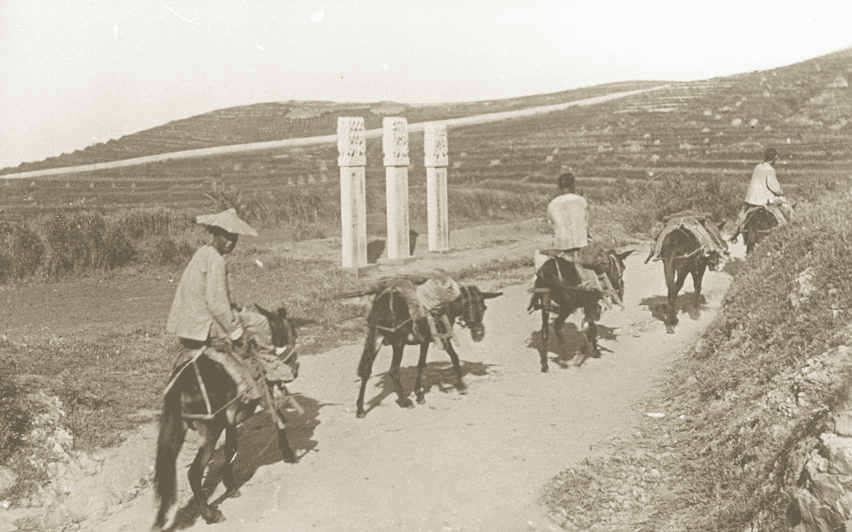
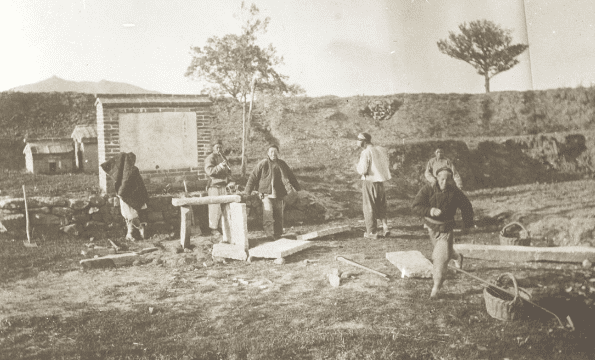

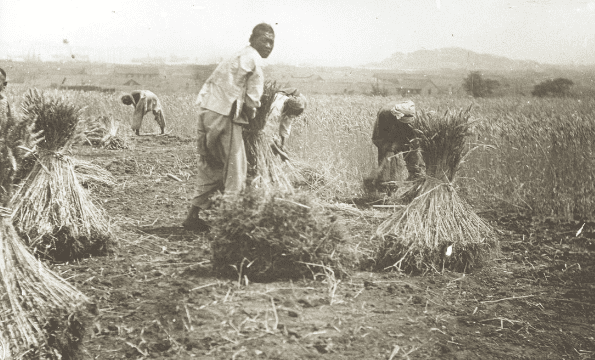
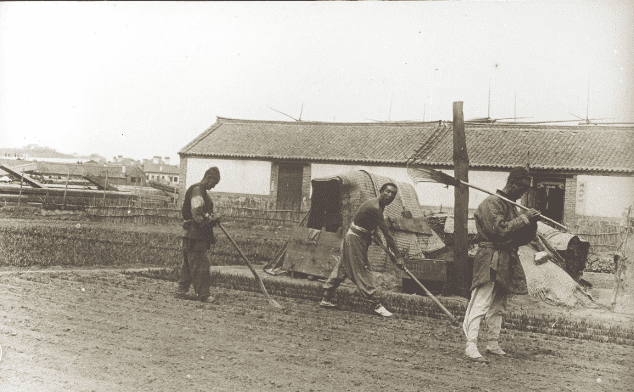
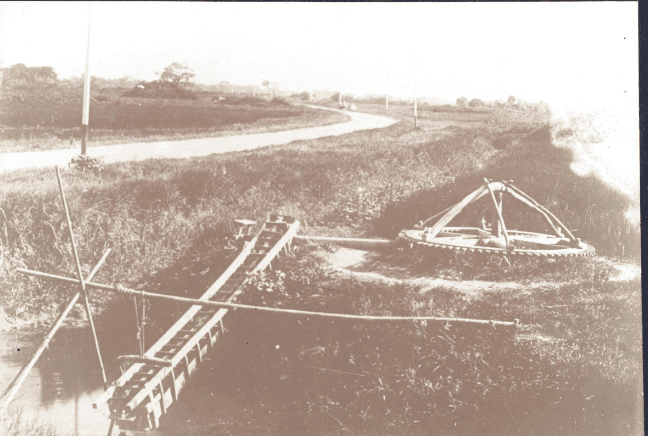
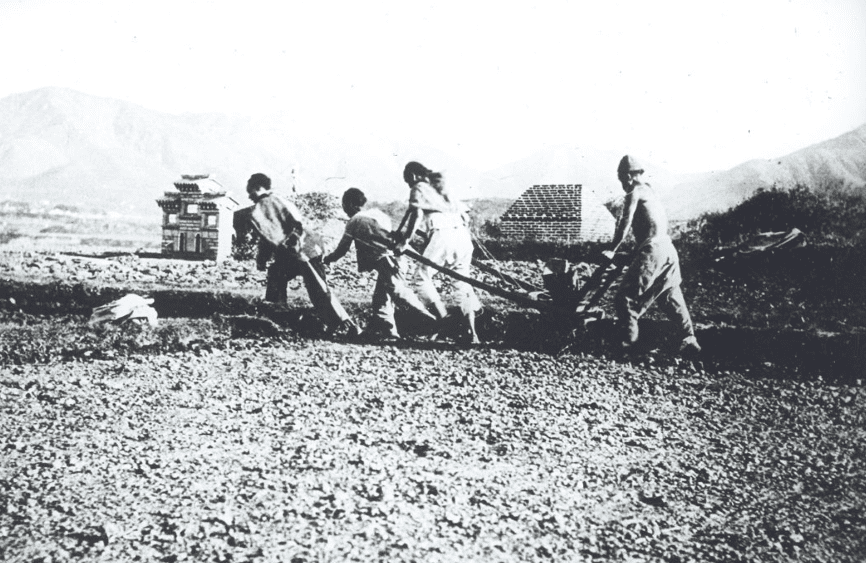
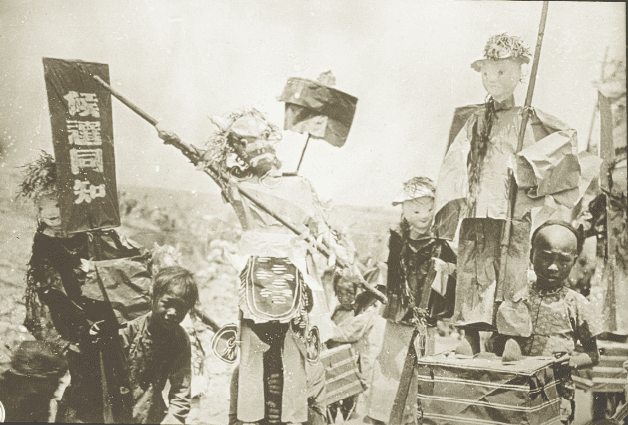
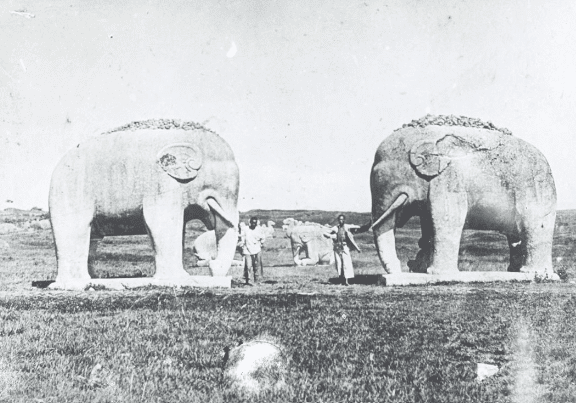
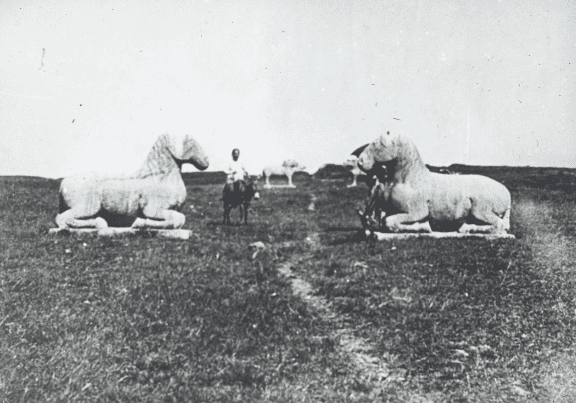
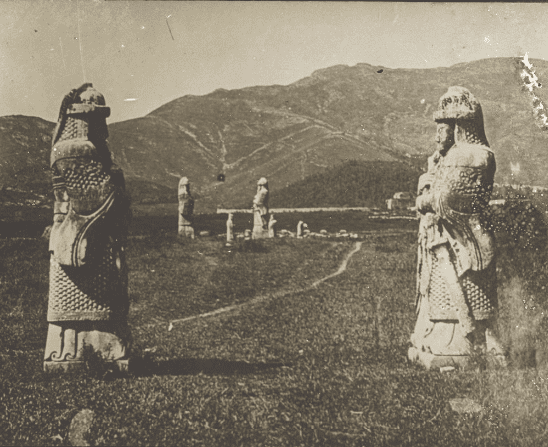
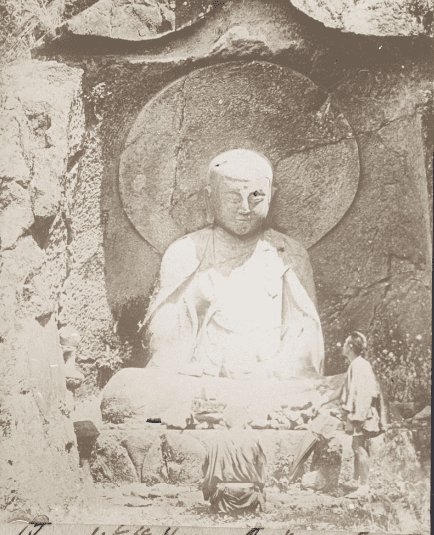
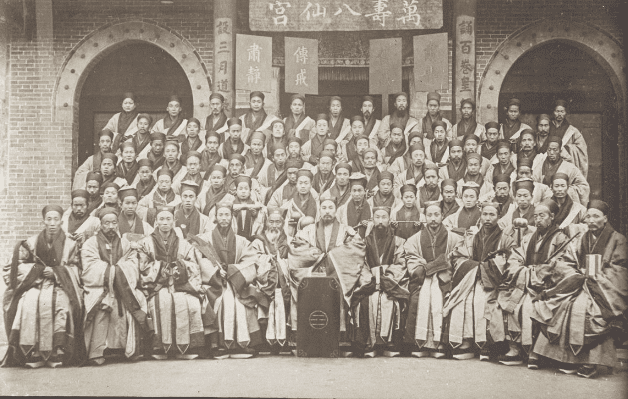
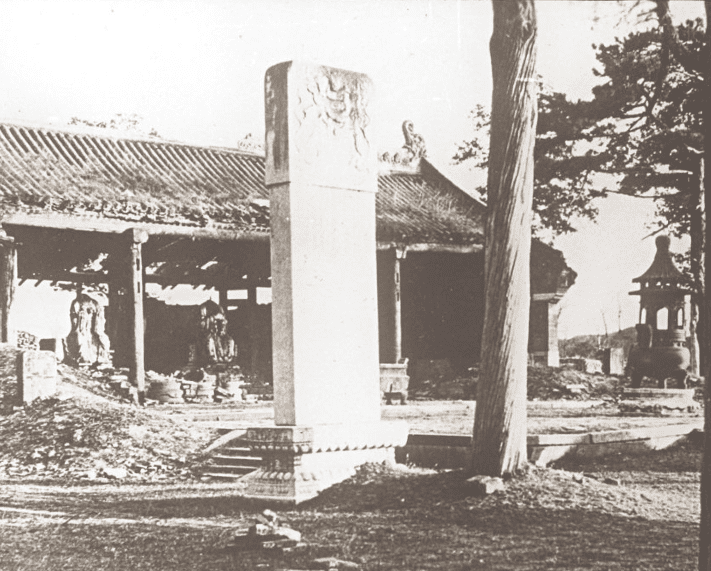
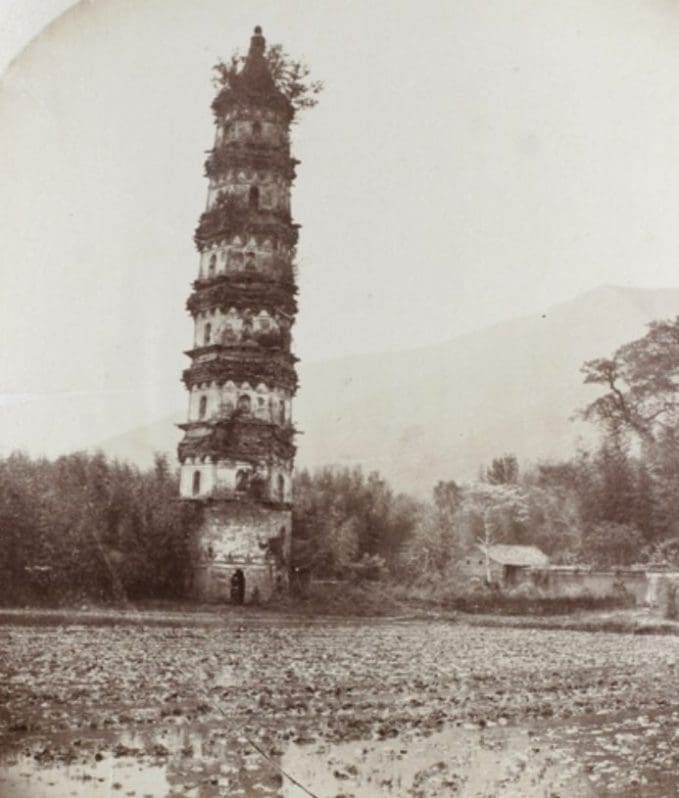
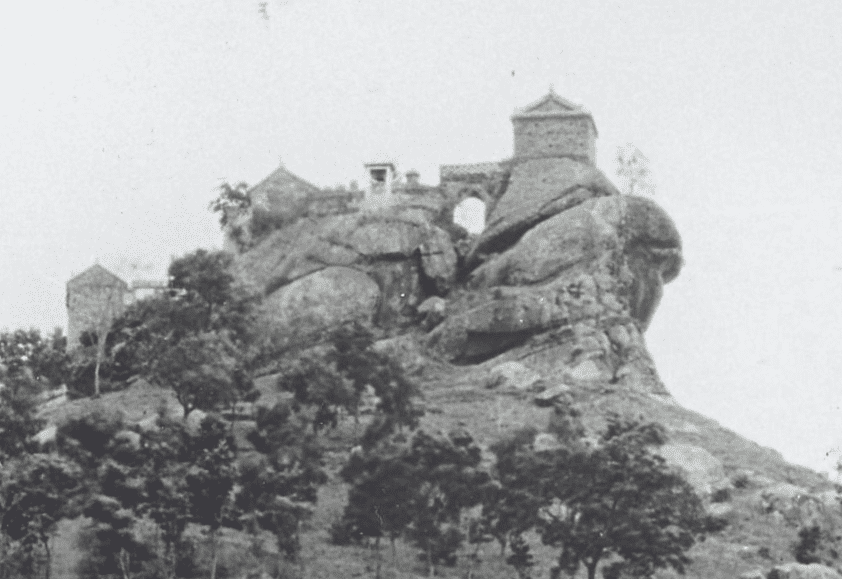
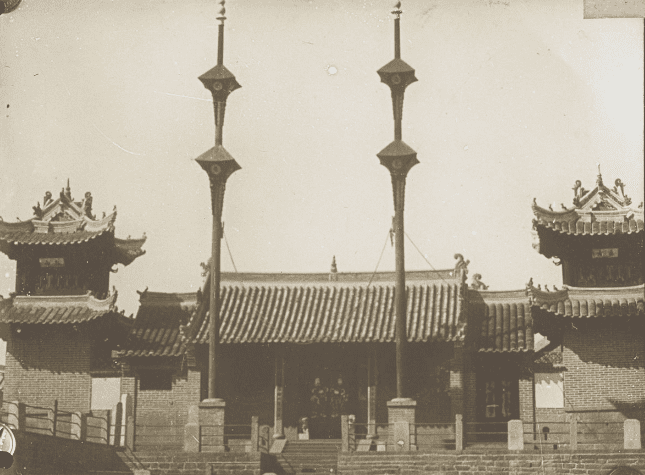
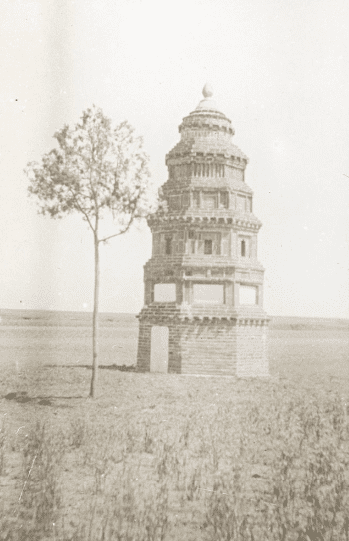
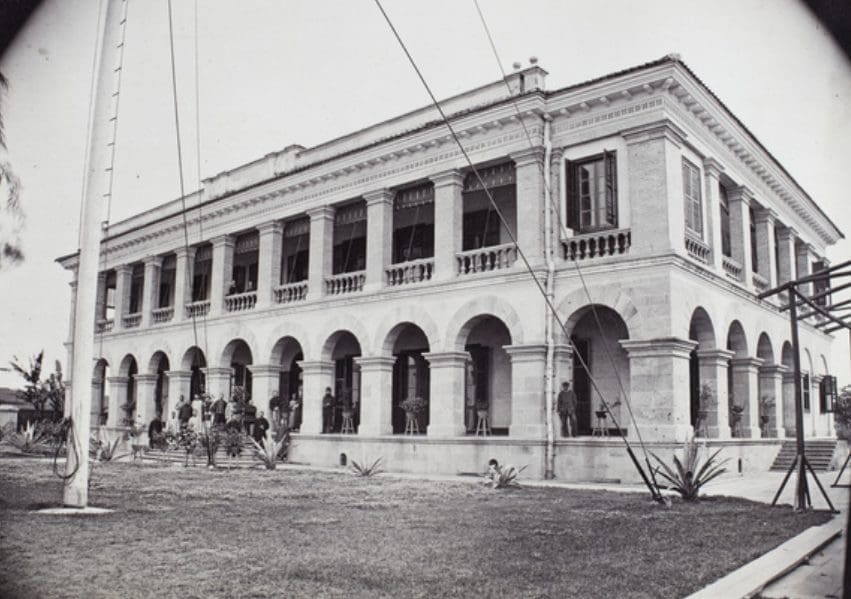


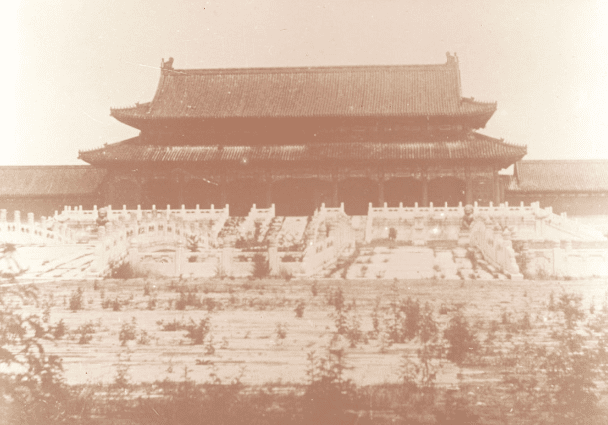
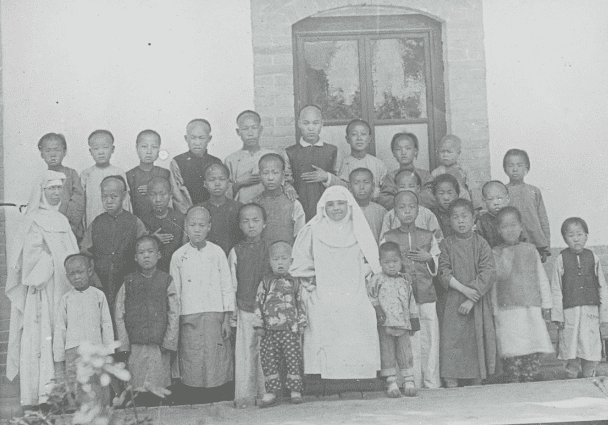
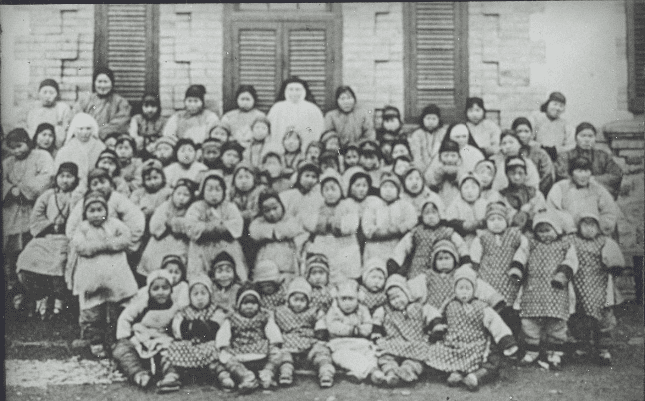
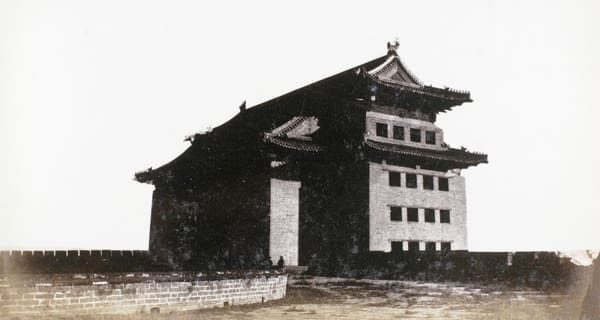
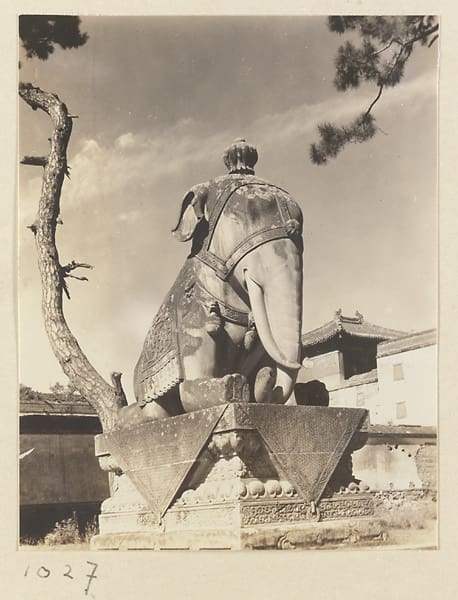
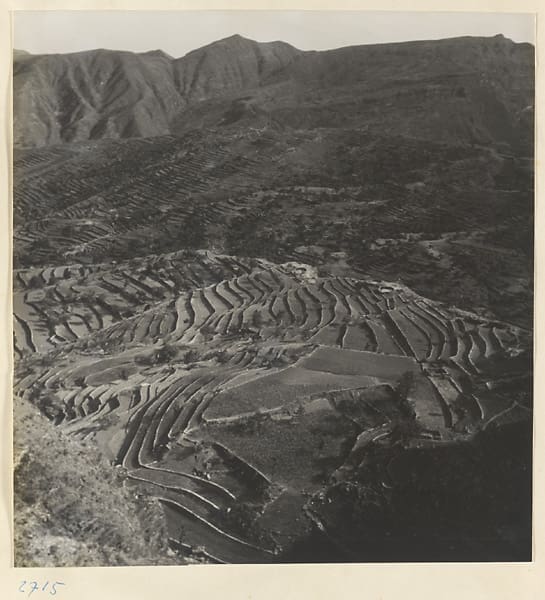
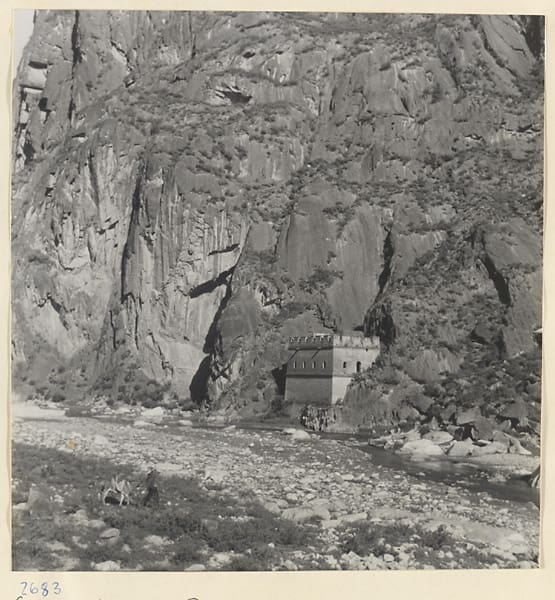
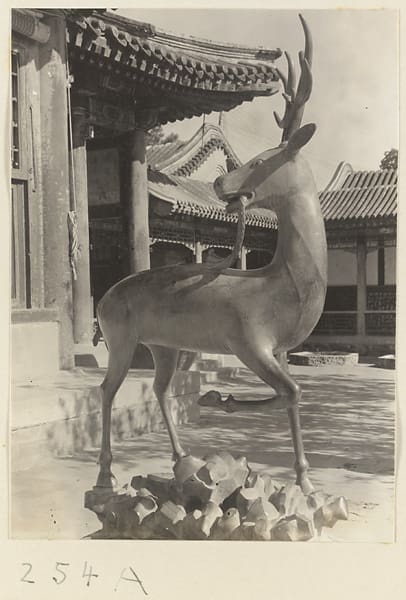
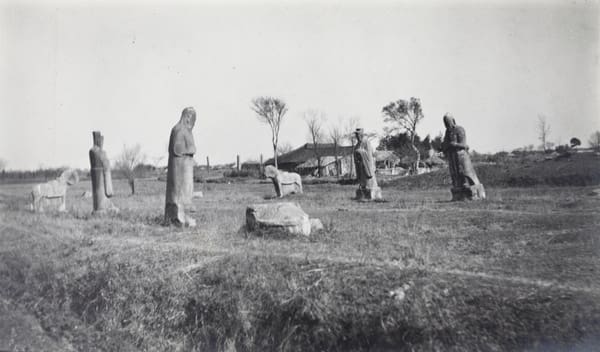



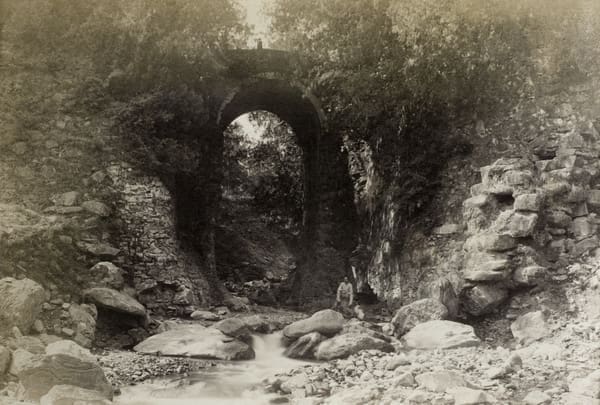
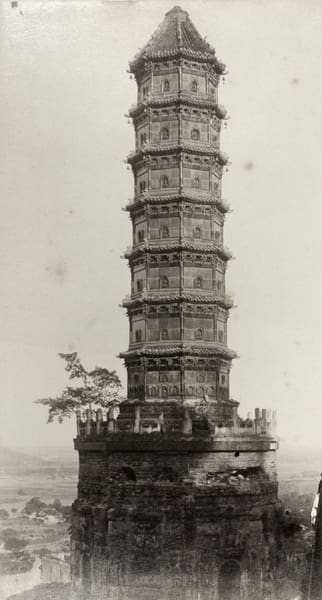
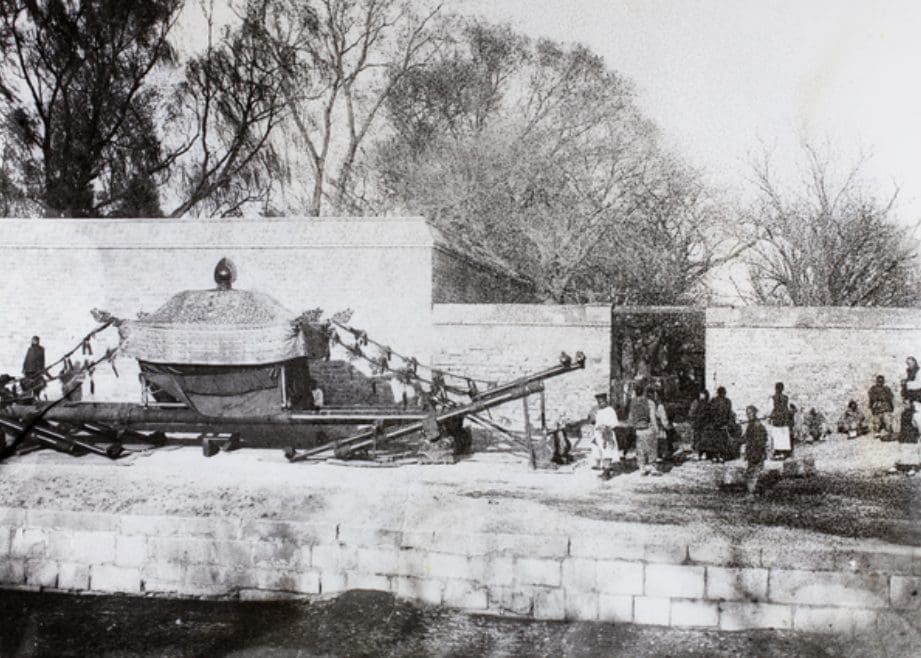
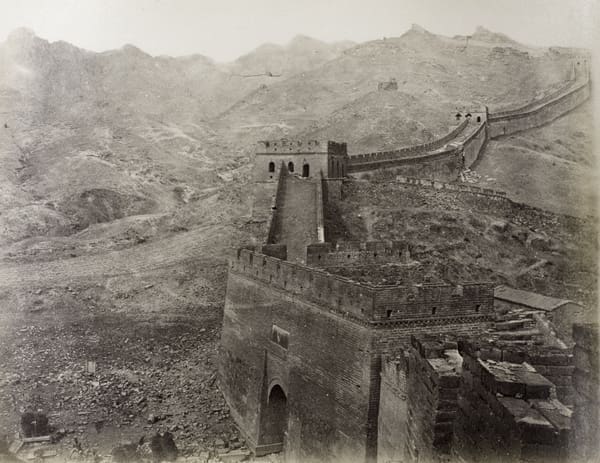
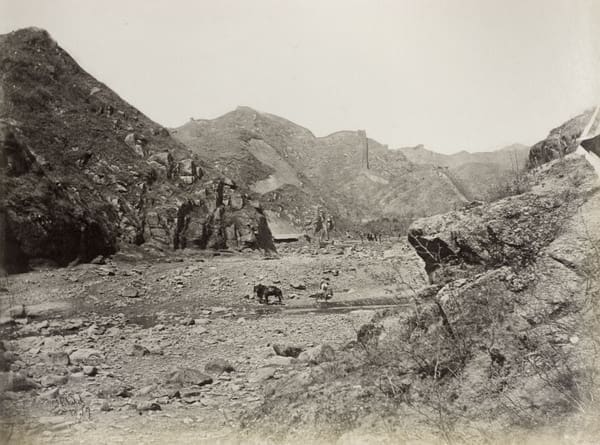
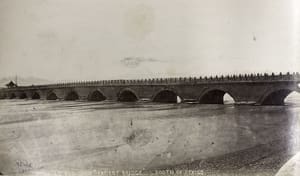
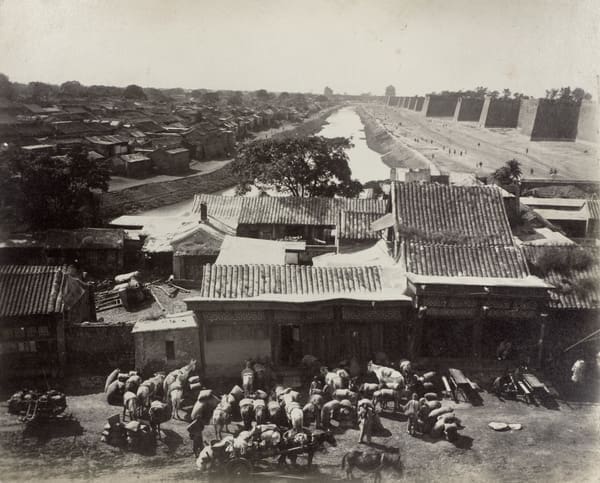
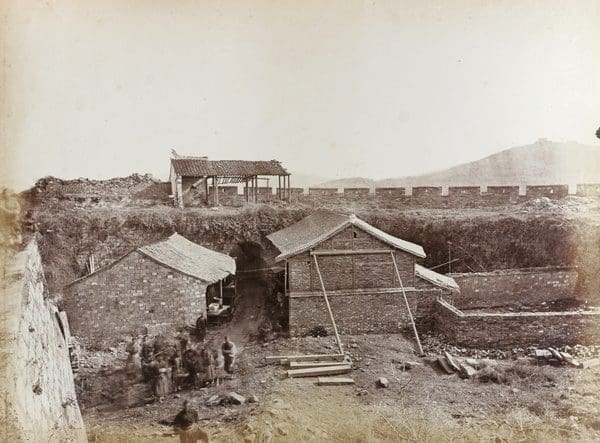
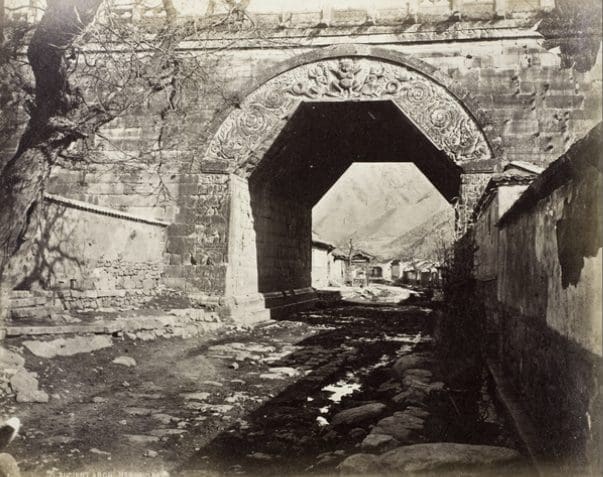
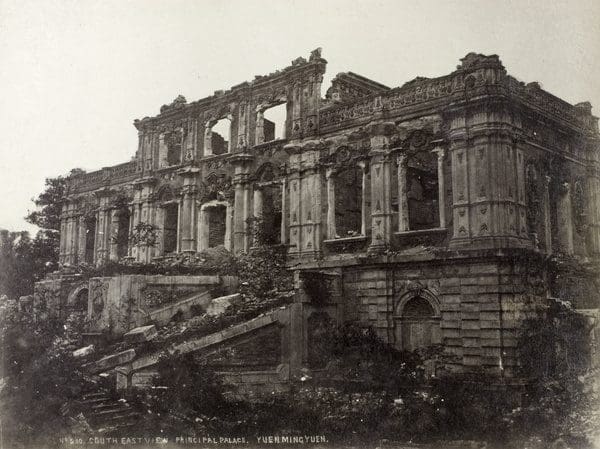
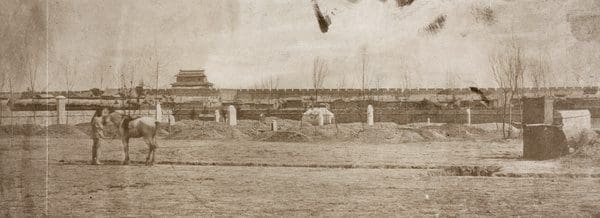

Ancient Observatory
(北京古观象台 Guanxiangtai), Peking (Beijing). Father Ferdinand Verbiest (1623 -1688) was a Flemish Jesuit missionary in China, who rebuilt and re-equipped the Ancient Observatory.
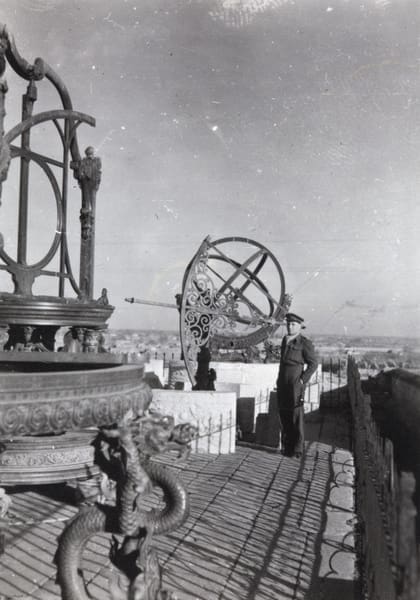
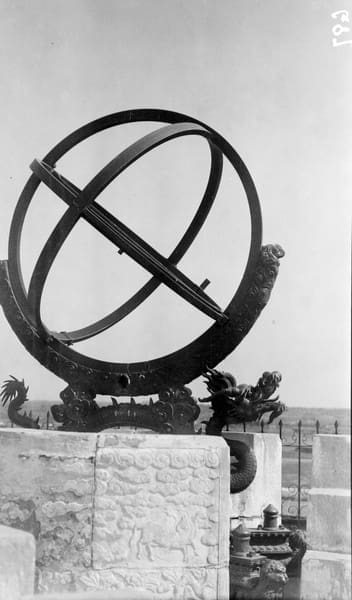
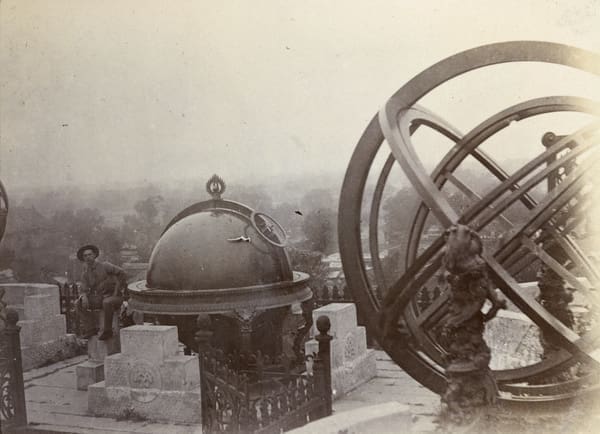
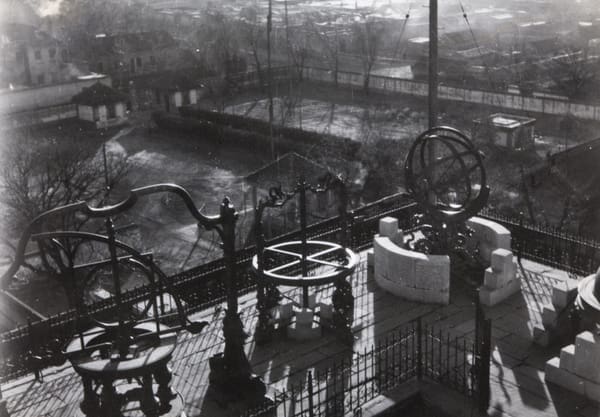
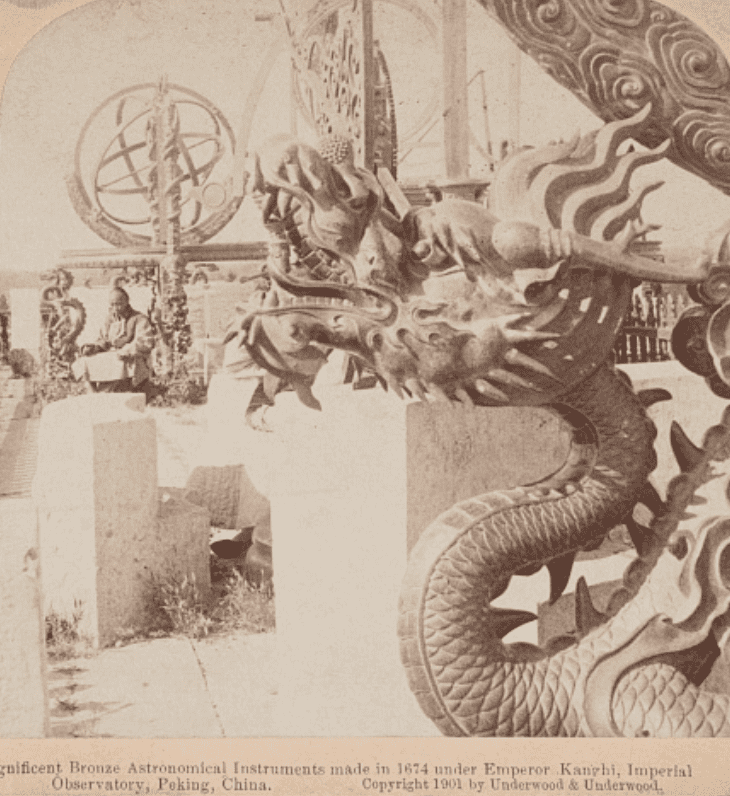
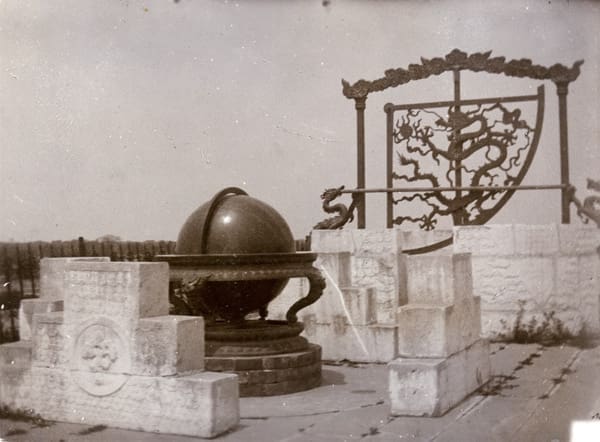
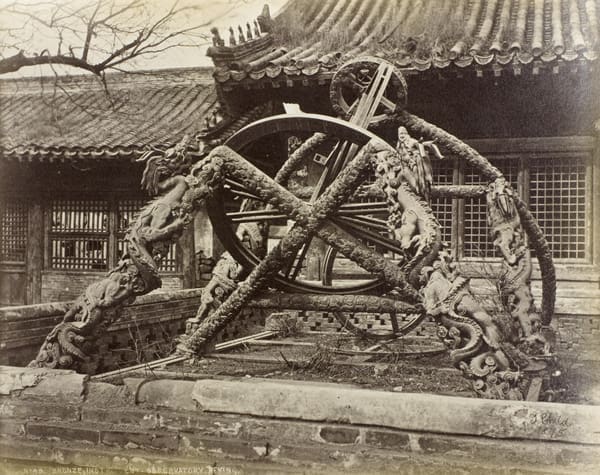

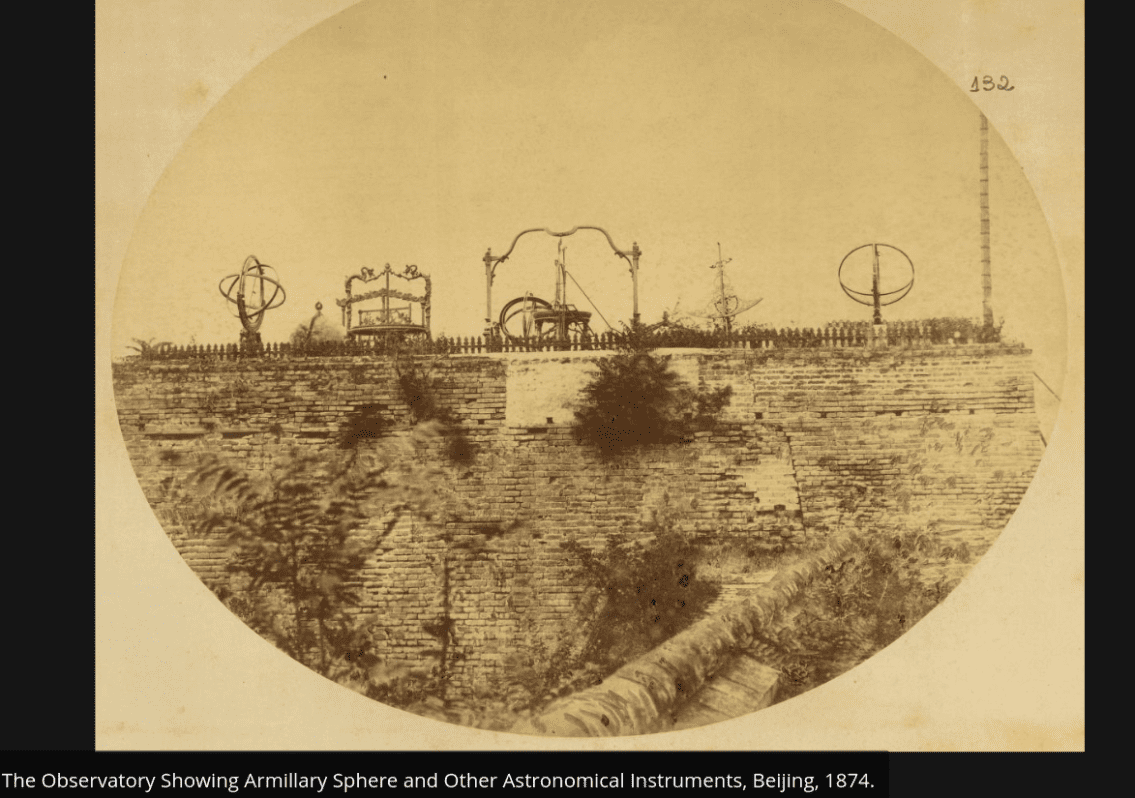
Xinhai Revolution
1911. A proxy battle takes place in the old city of Wuhan. Guess who is present… Standard Oil, the Red Cross, and the railroad for starters. At this point in time the repopulation has already been in full swing for two or three decades already and we have the same players at the top.
Wuhan is significant as a military industrial complex capitol what with the 2020 killer bat virus released at the bio-warfare lab.
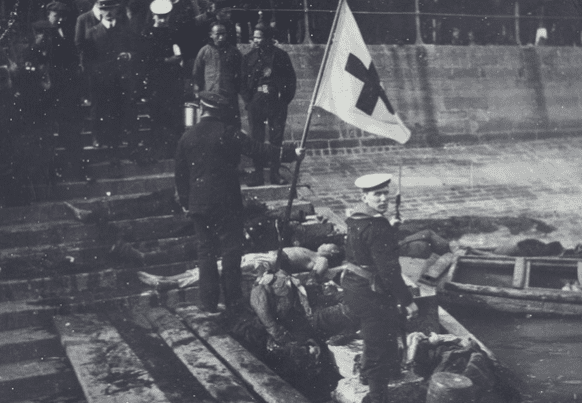

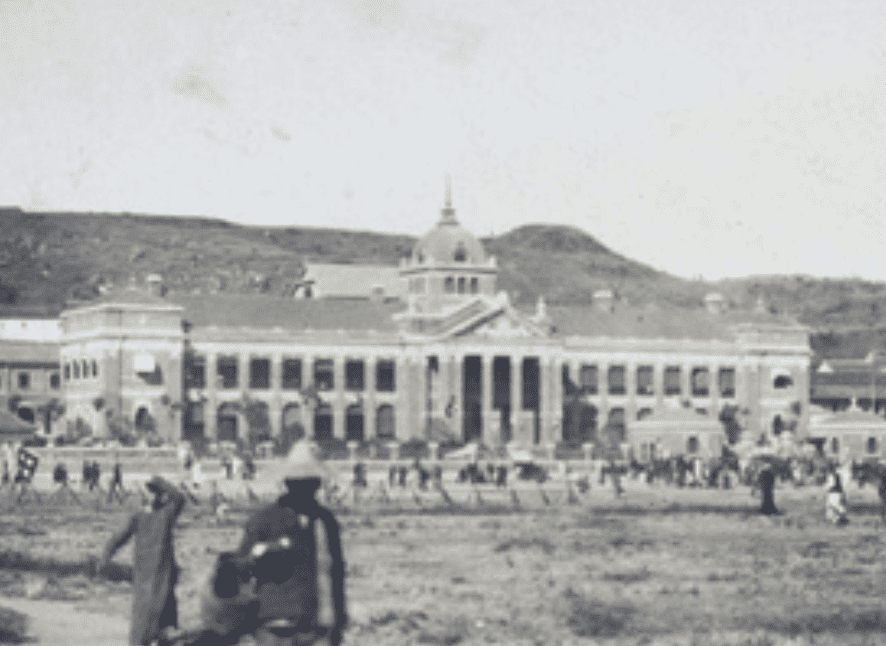

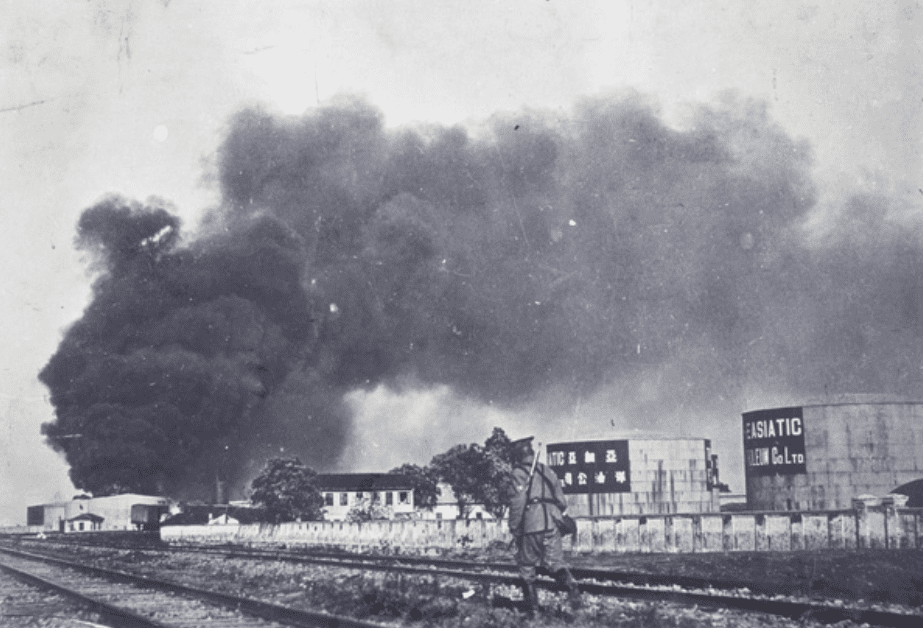

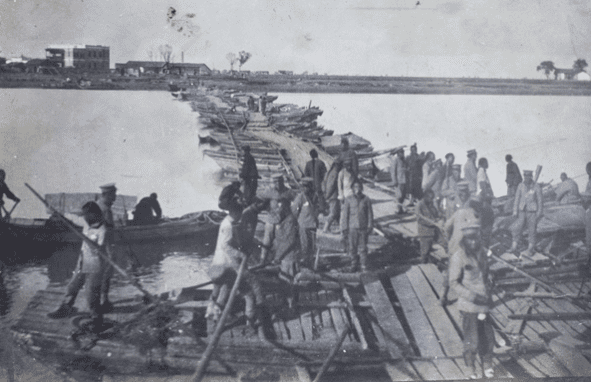
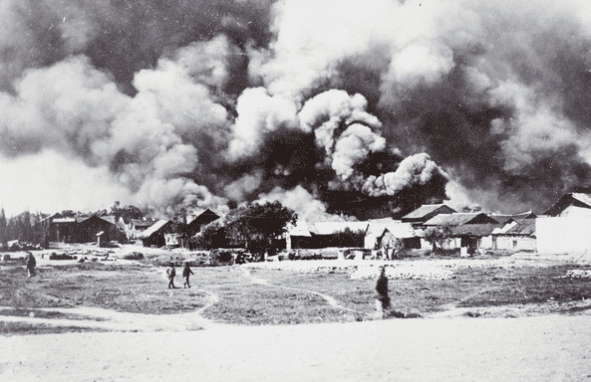

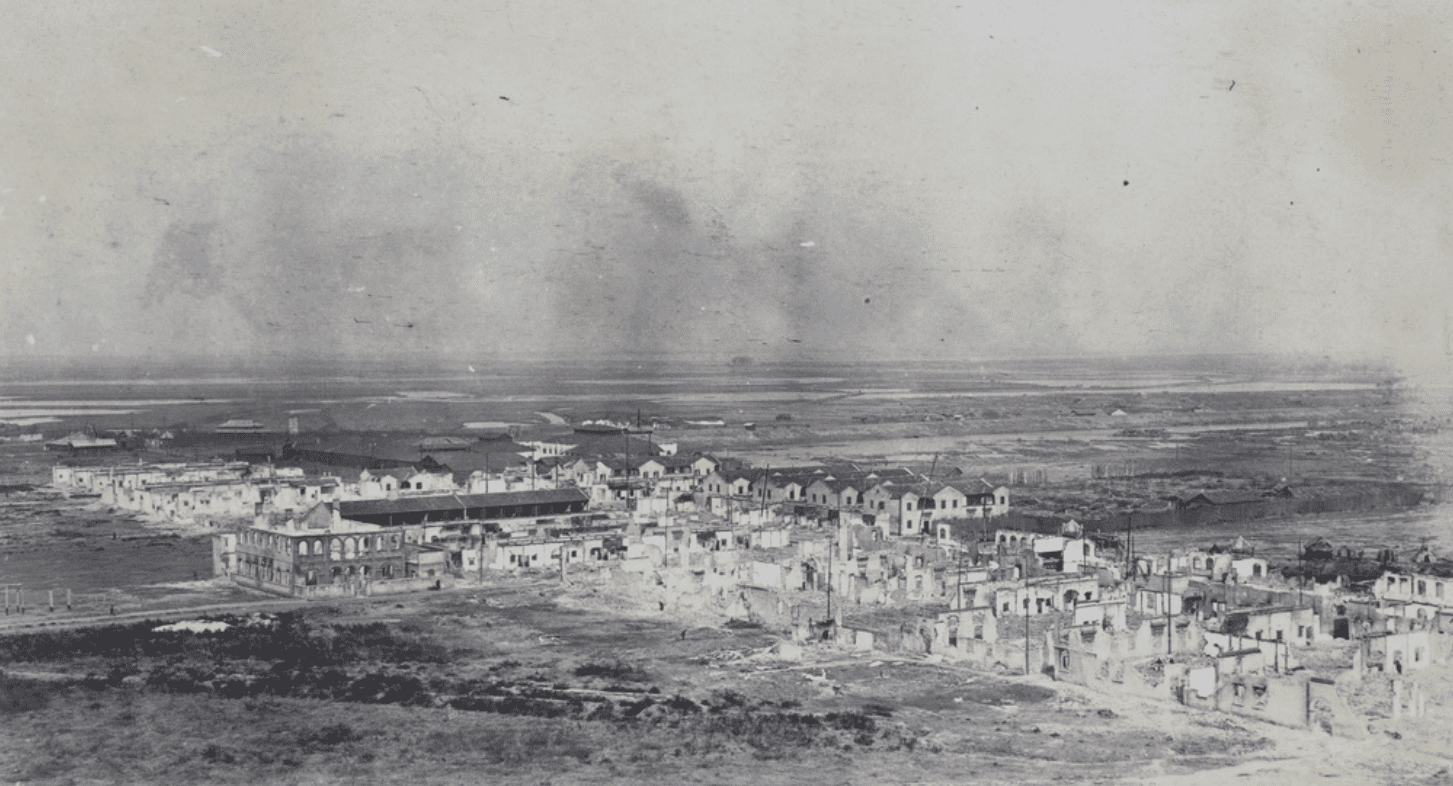
Russo-Japanese War 1904-05

Tartar City, Tartaria
Pekin was renamed Beijing, originally it was split in two, part Tartar City and part Chinese City. Tartaria is misdirection in the alt-history forum today. People associate Tartaria with medeival castles and cathedrals with tall spires and steeples. The real Tartar’s were labeled Chinese and erased from the modern maps. Many people say what we call the Great Wall of China was really built by the Tartarians. Maybe. I have found pics of sections of walls in remote mountainous areas but for the most part the Great Wall is a series of city walls and not a single unit
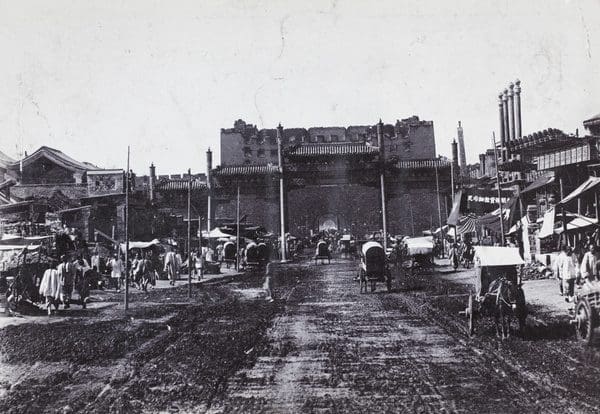
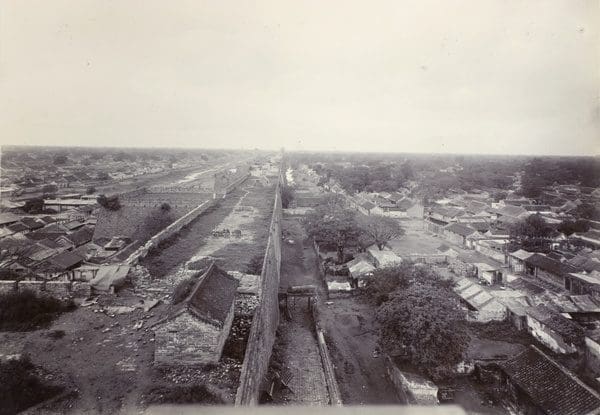


Executions
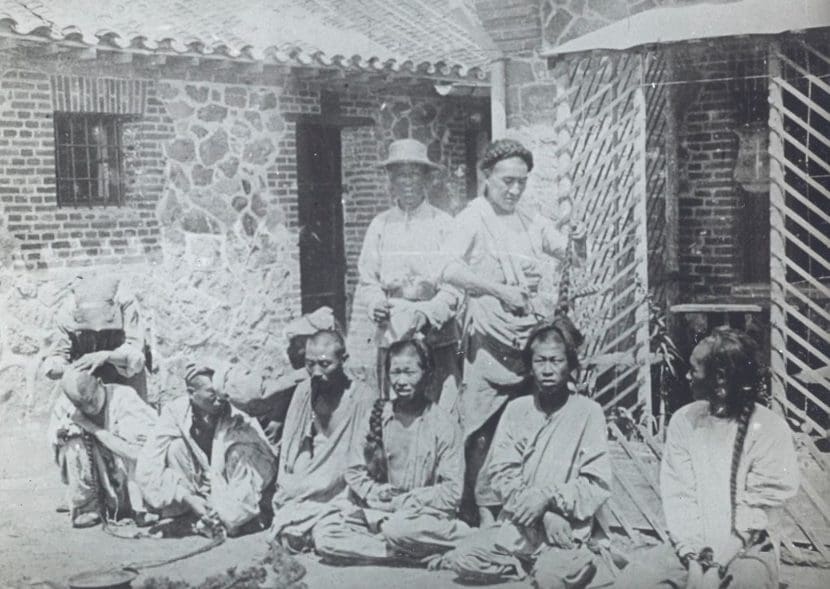

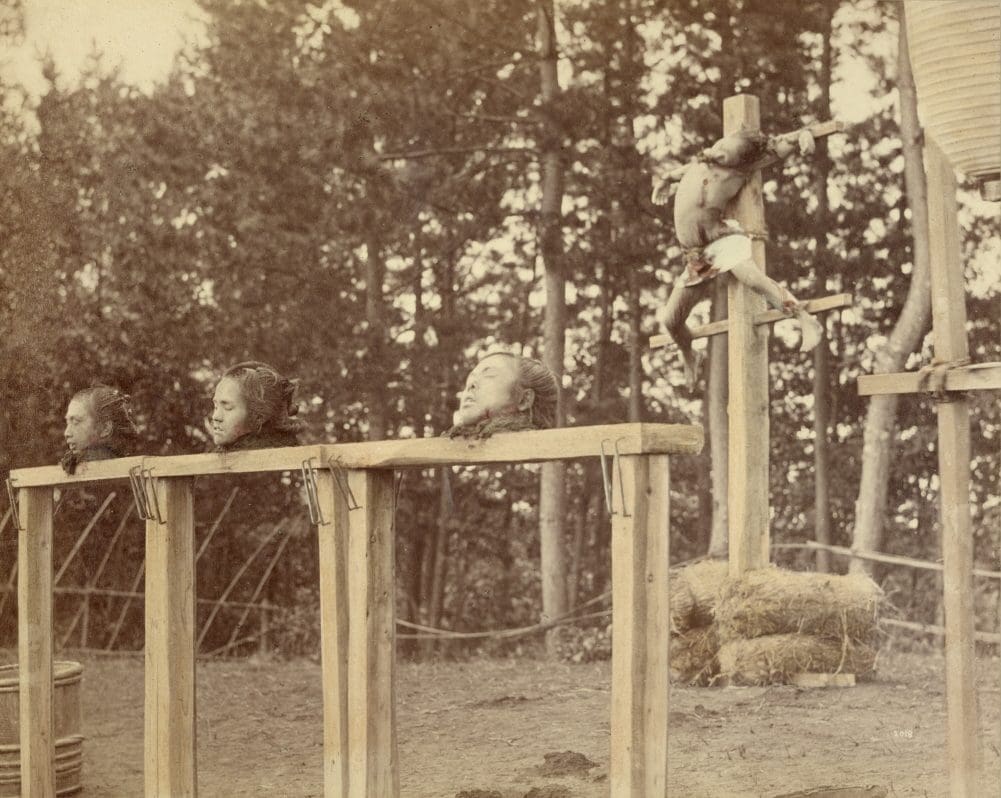
By our buddy, Felice Beato. Some of his pictures are credited to Felice A. Beato, sometimes F. A. Beato. His brother was an early war photographer as well, named Anthony (sp) and modern his-storians just dont really differiantiate between the two and just give all the credit to Felice. This image is title “Japanese Cimininal Executions: 3 beheadings and a crucifixion”. Who knows the circumstances or who they really are. This one is genuine as far as I can tell.

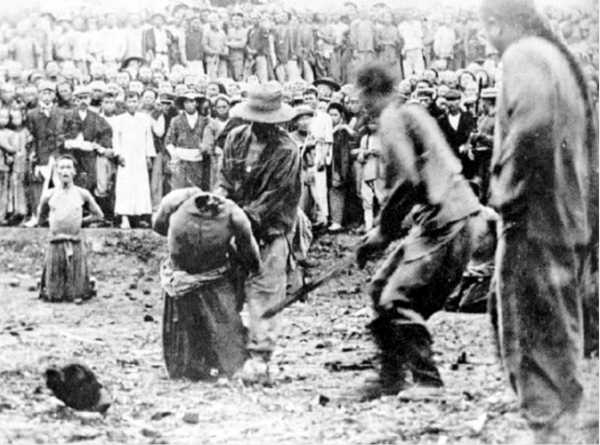
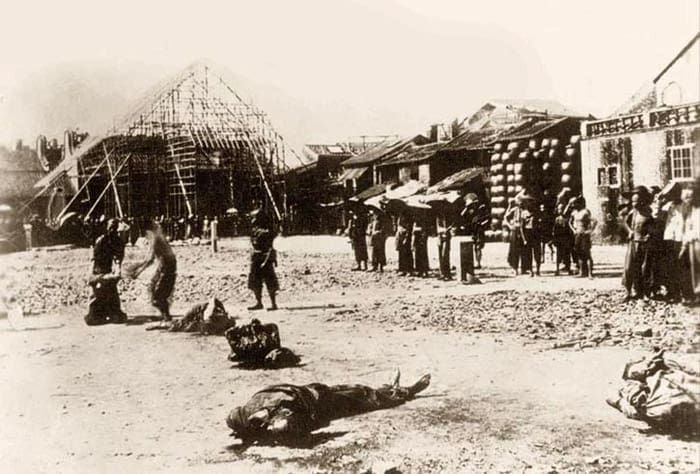
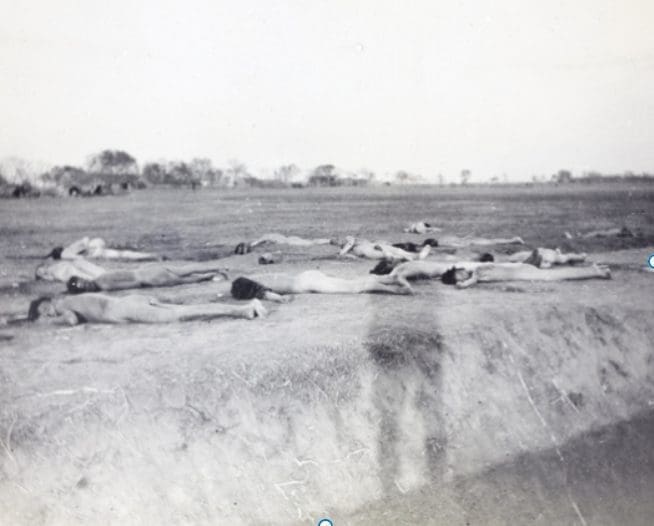
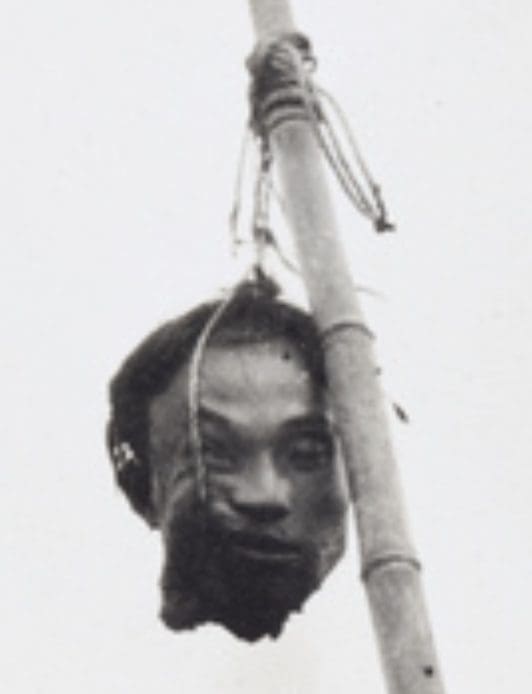
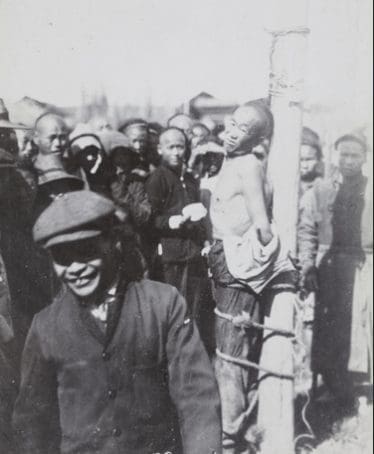
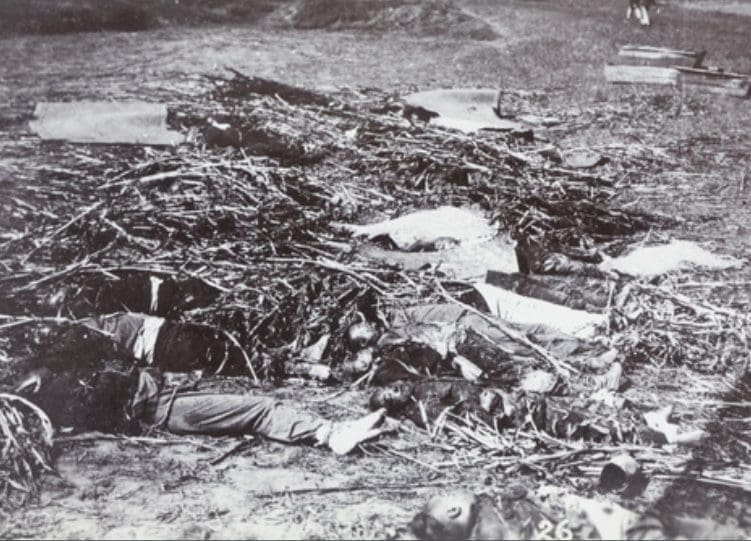
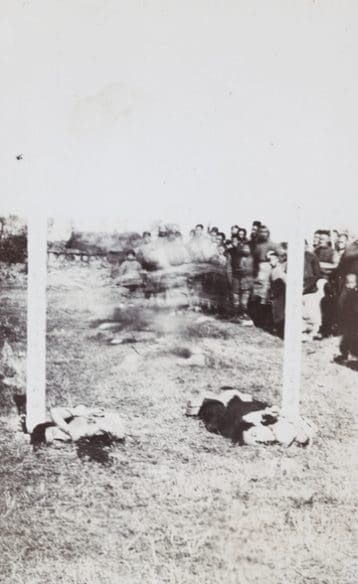
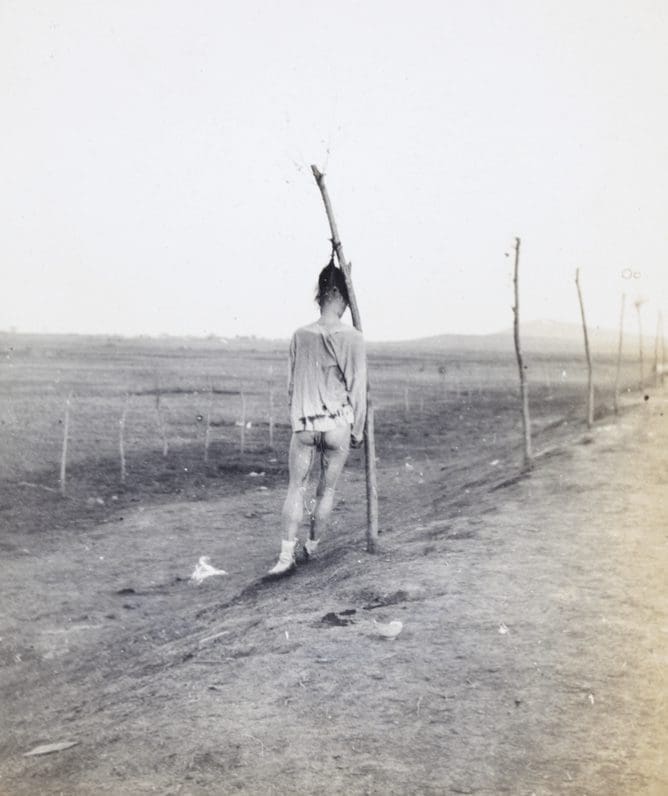
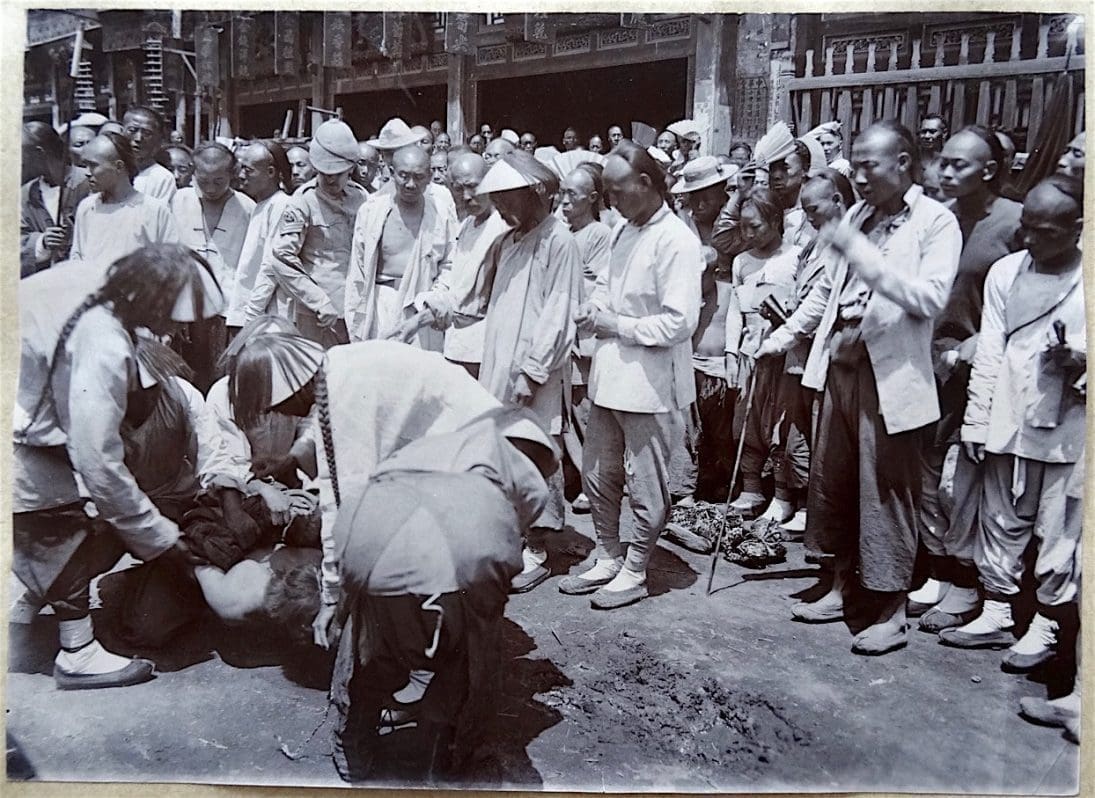
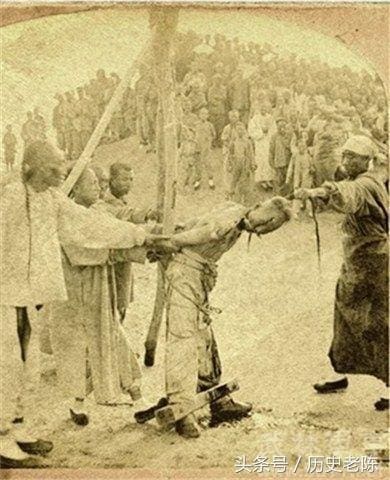
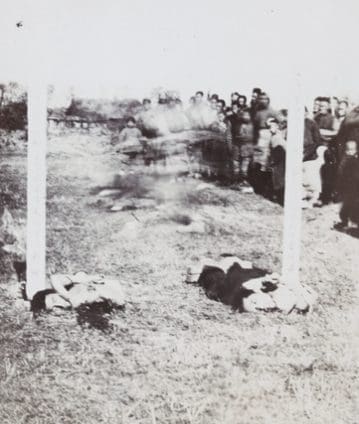
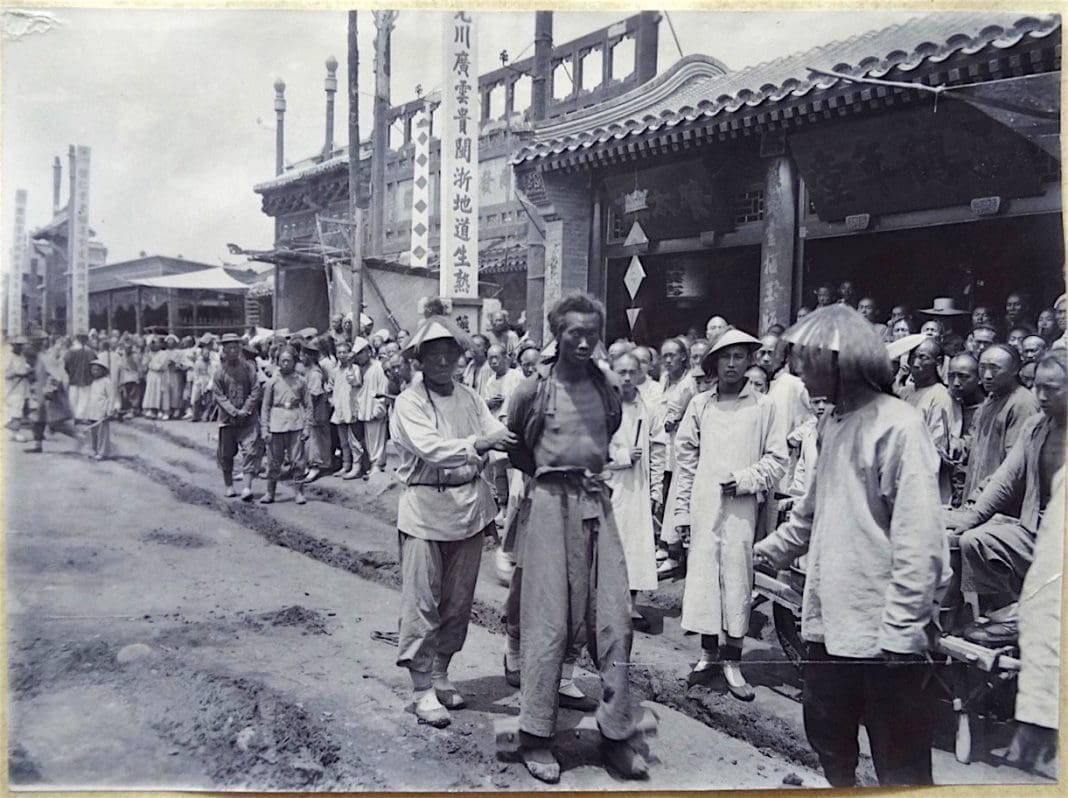
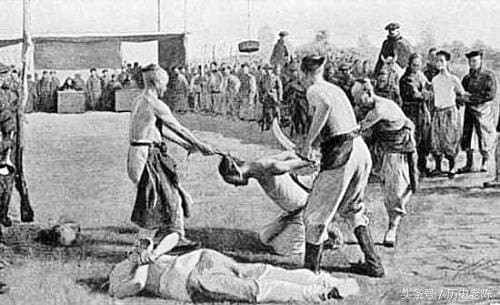
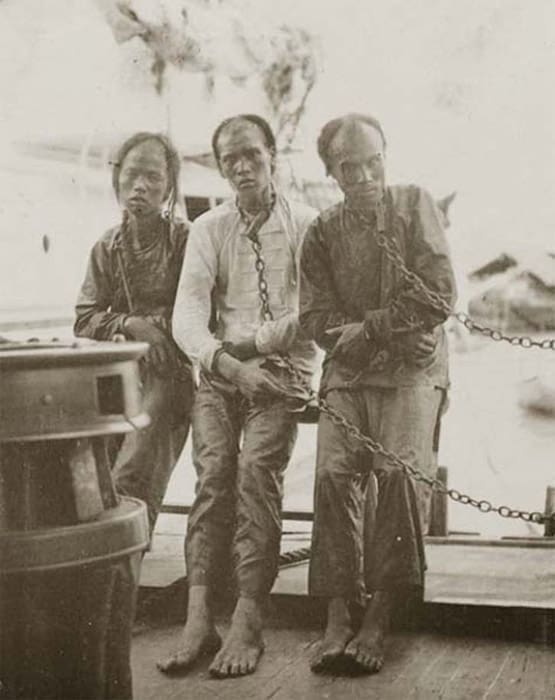
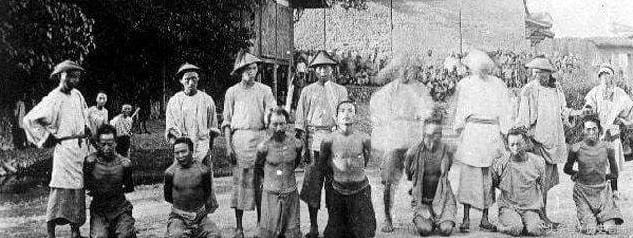
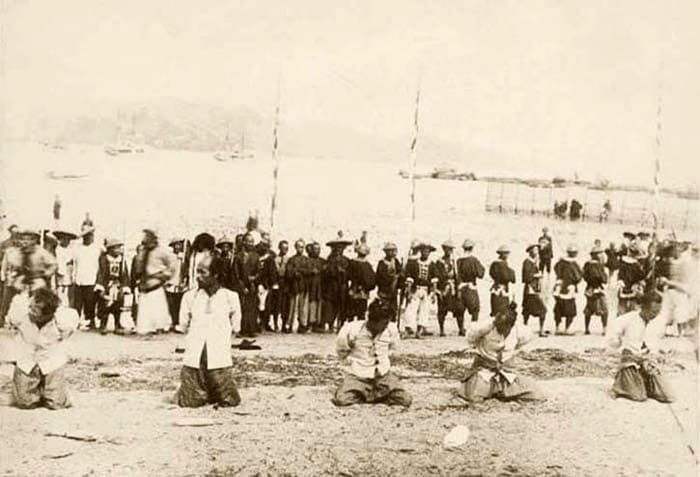
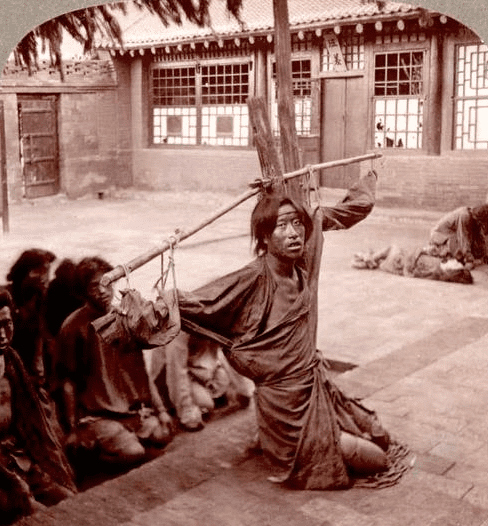


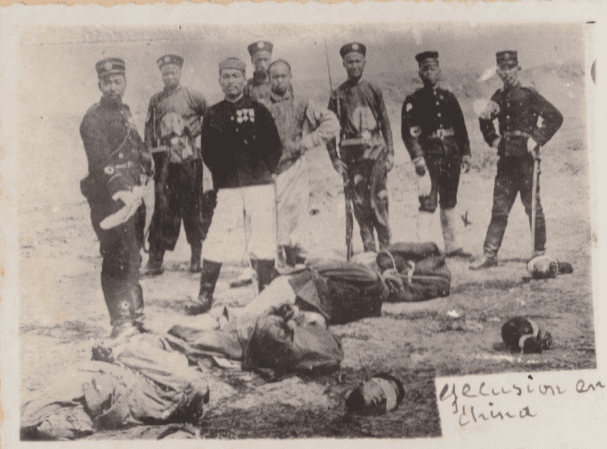


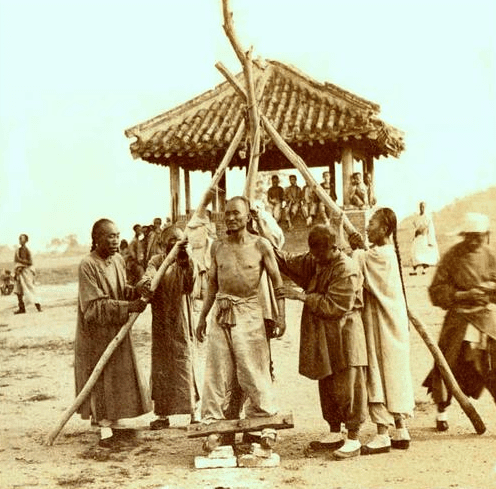
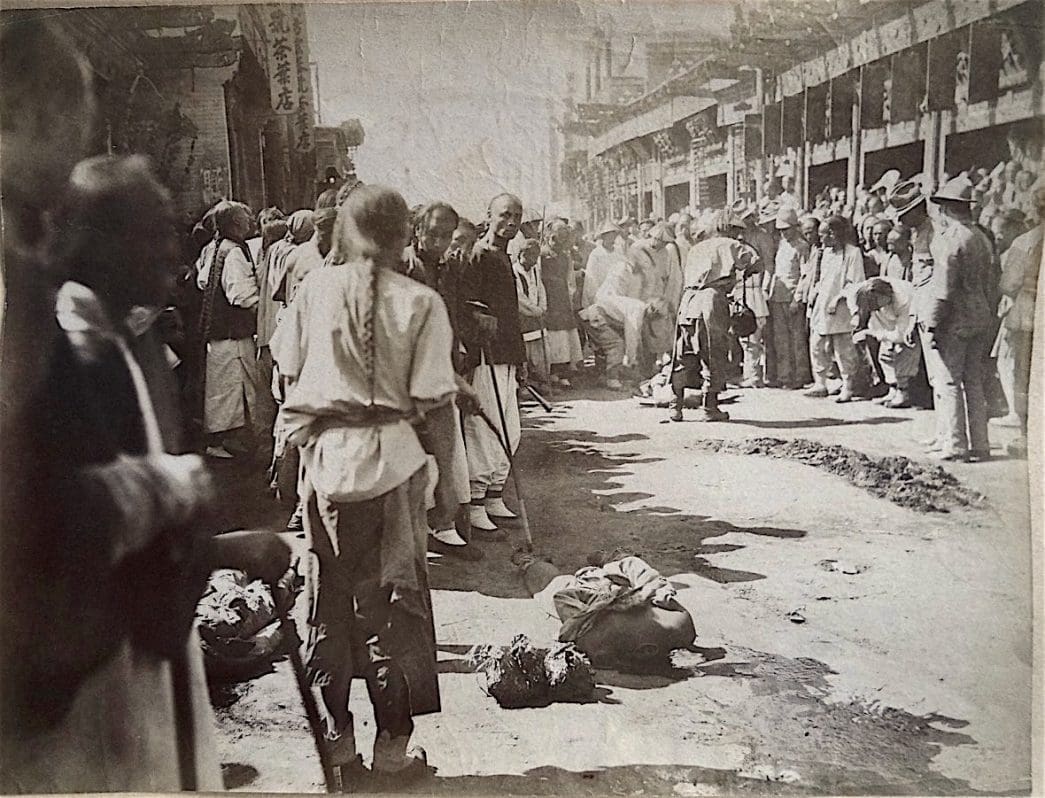
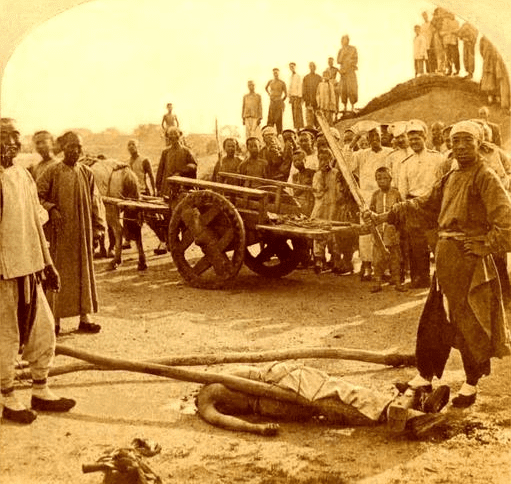
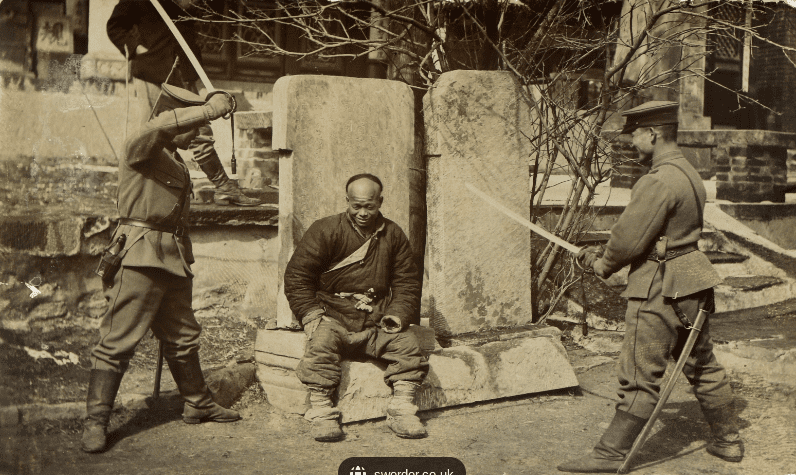

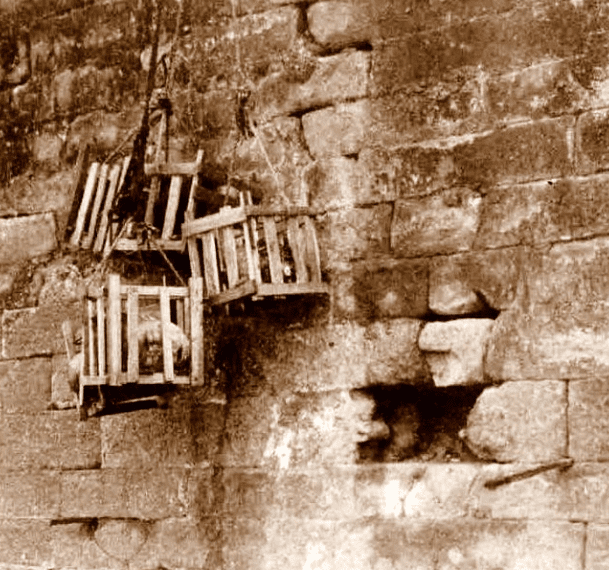
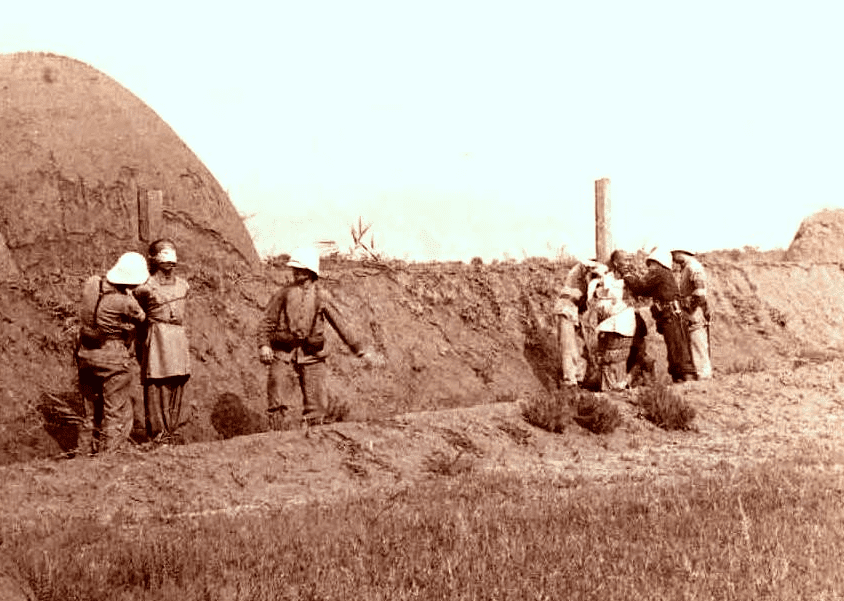
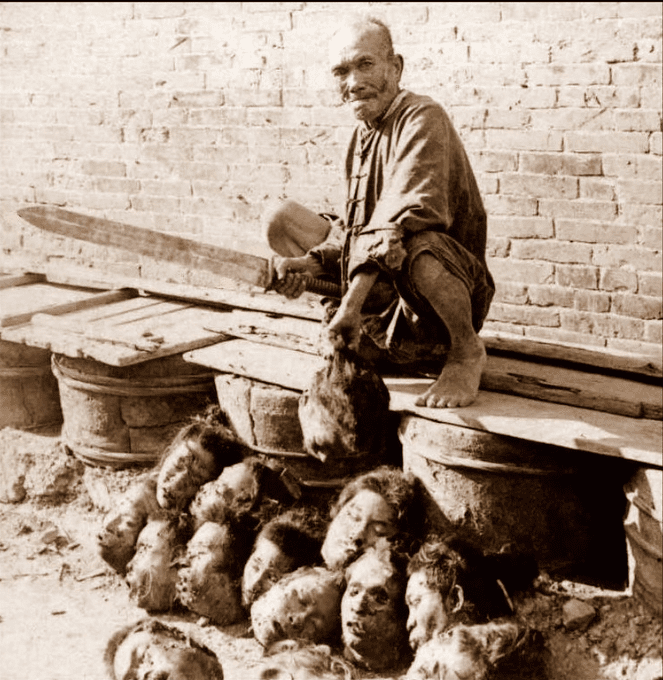
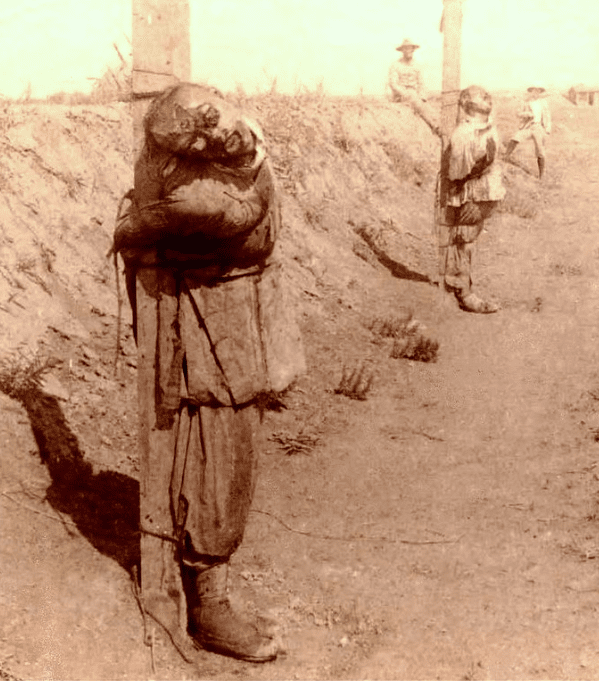
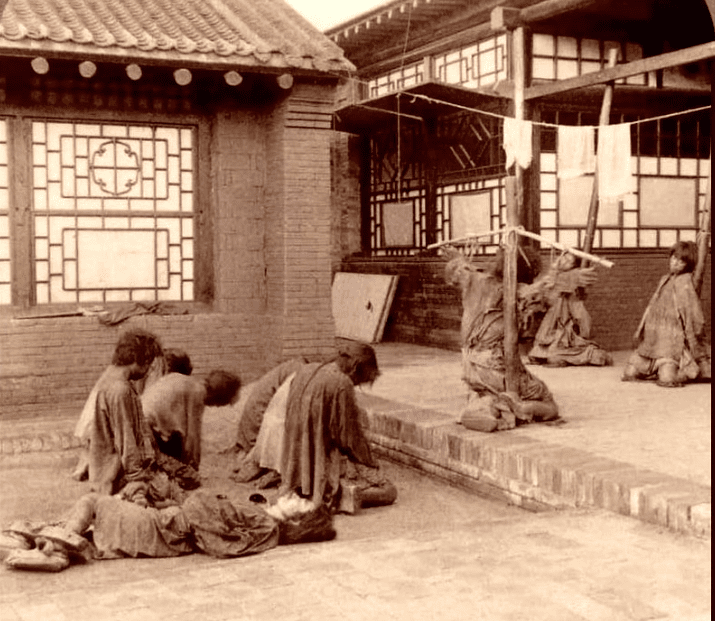

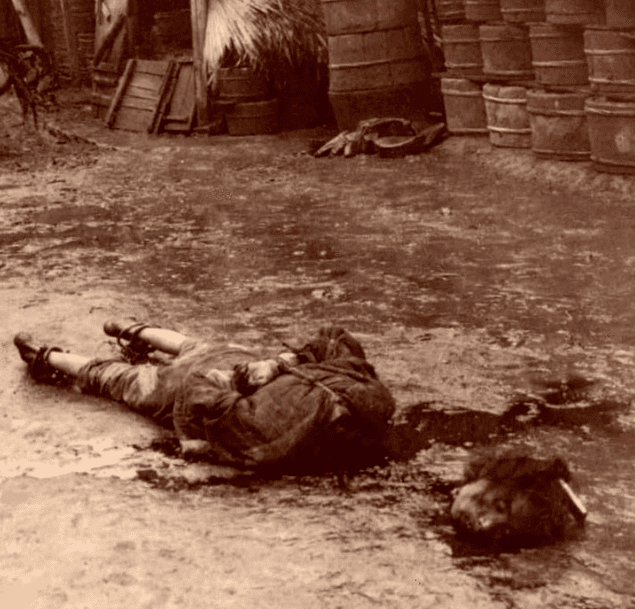
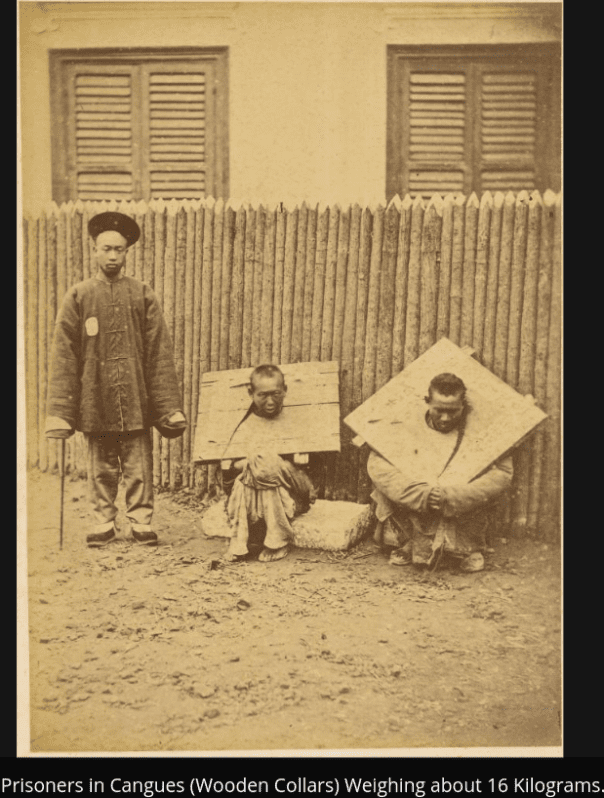
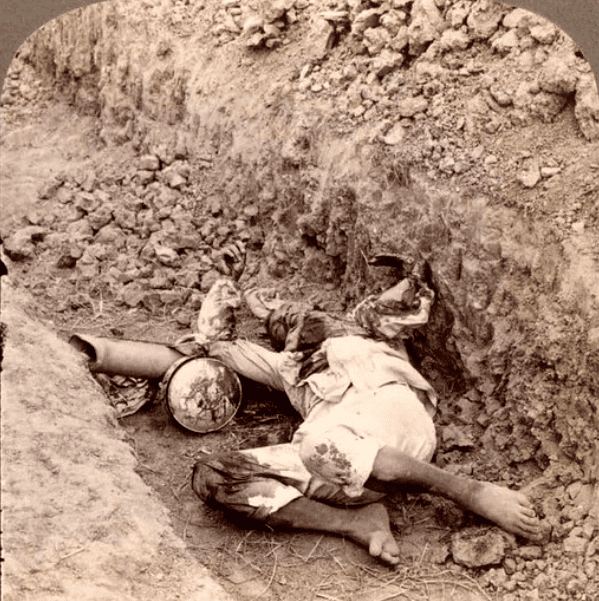
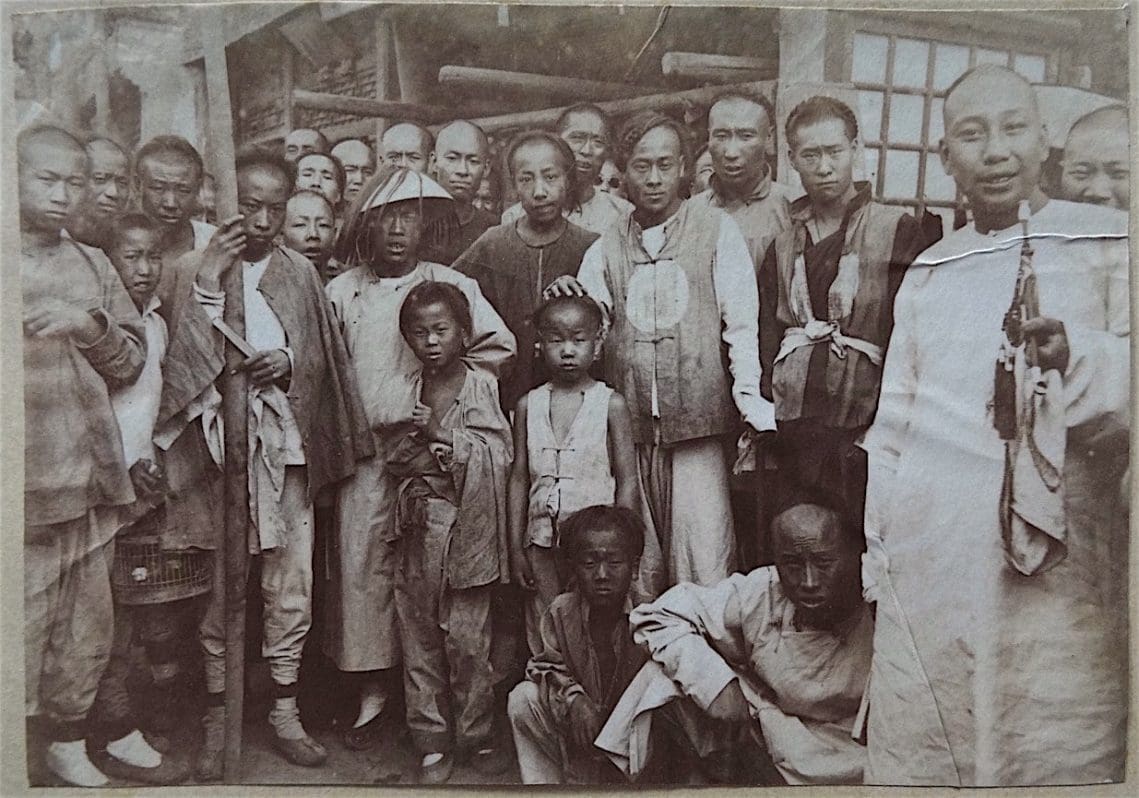
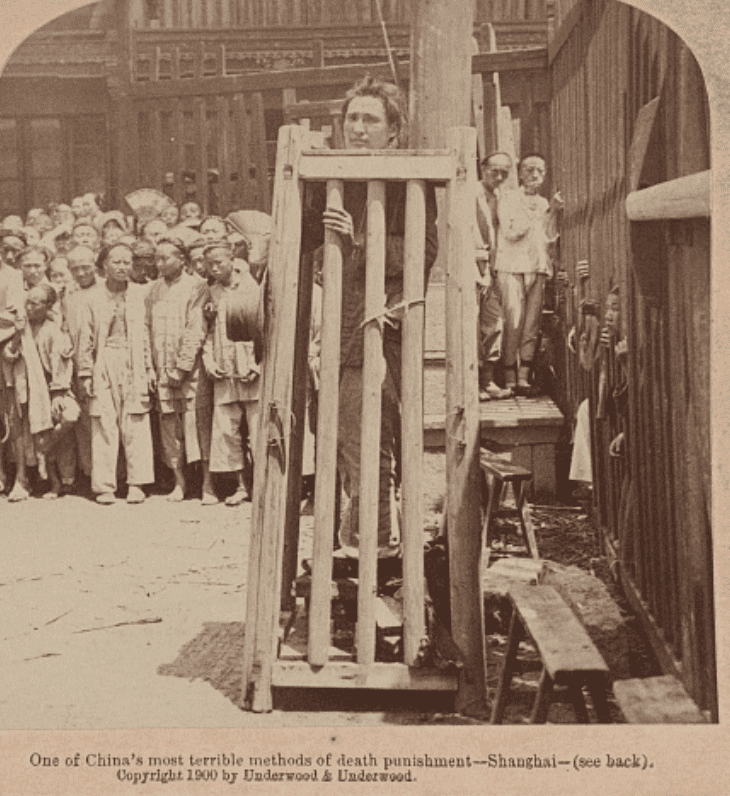
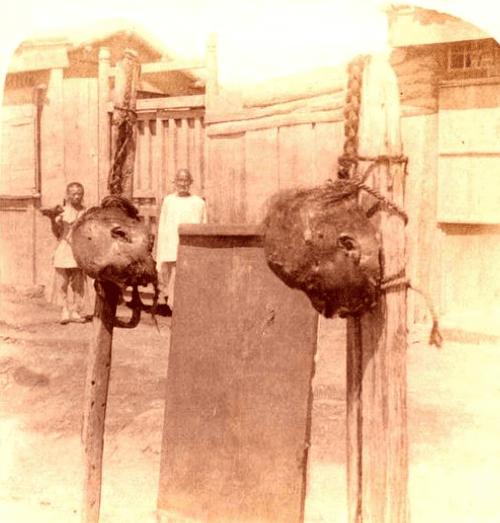
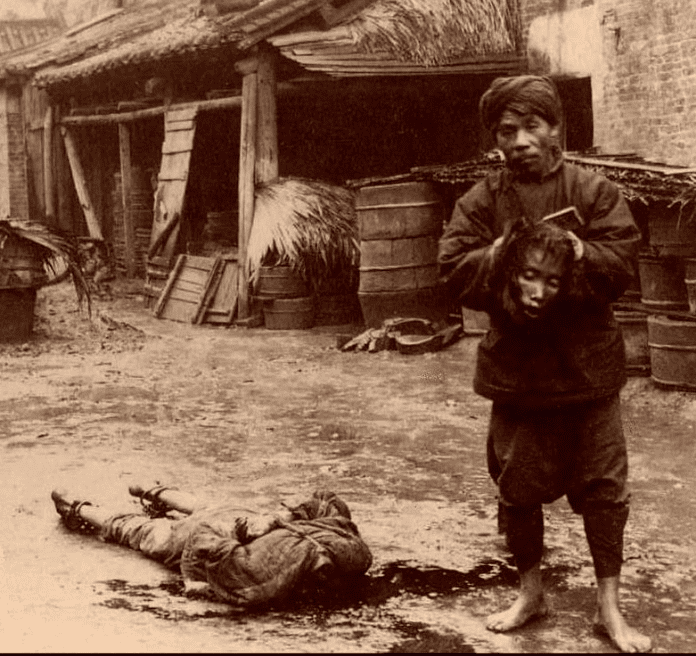
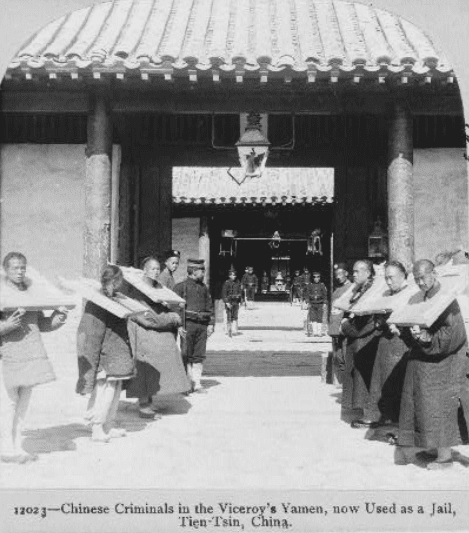

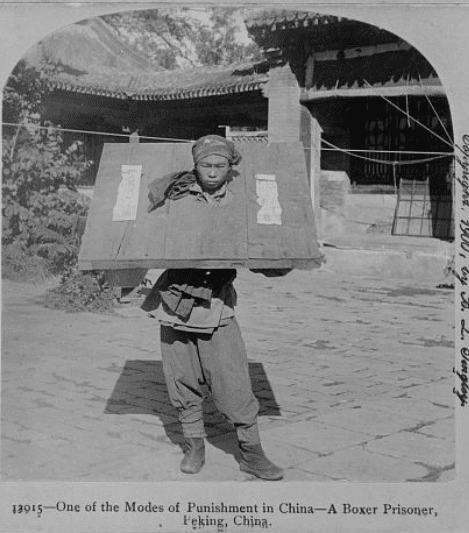
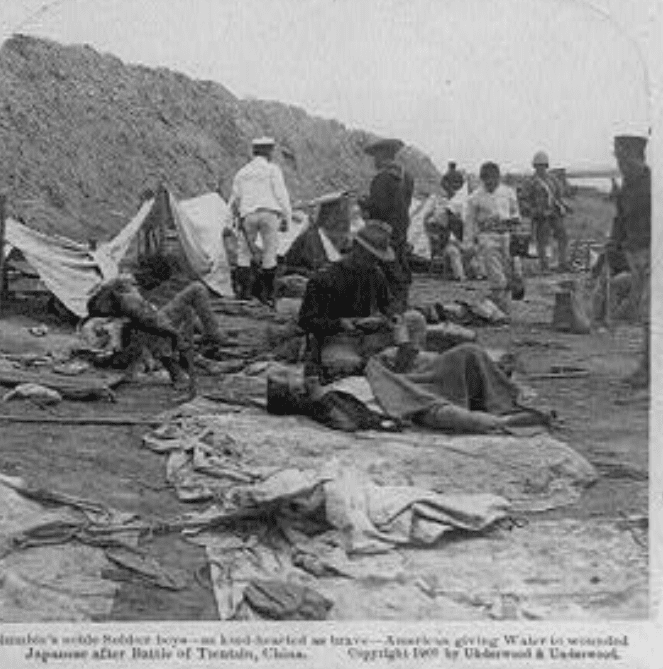
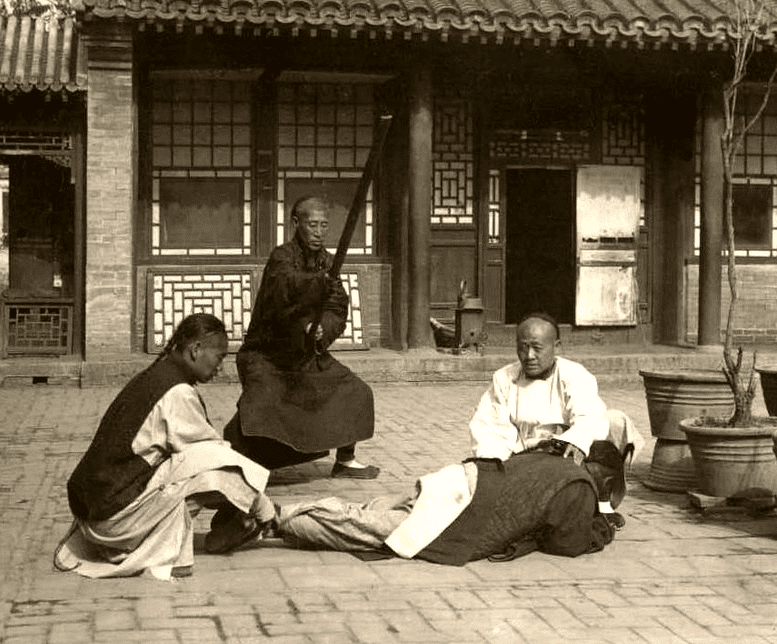
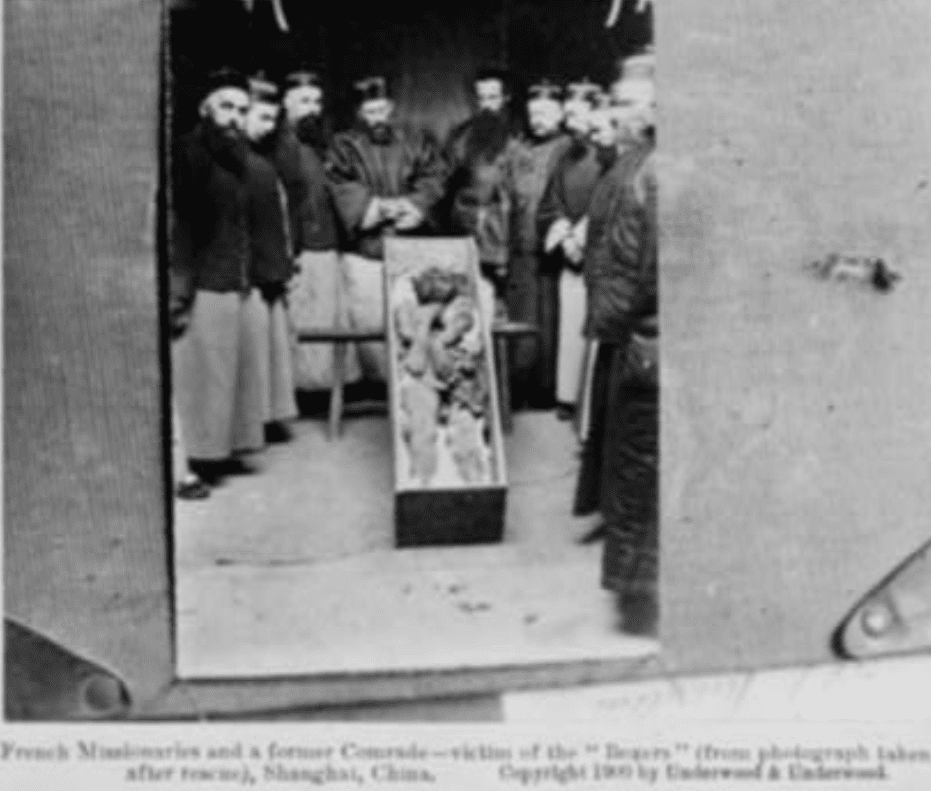
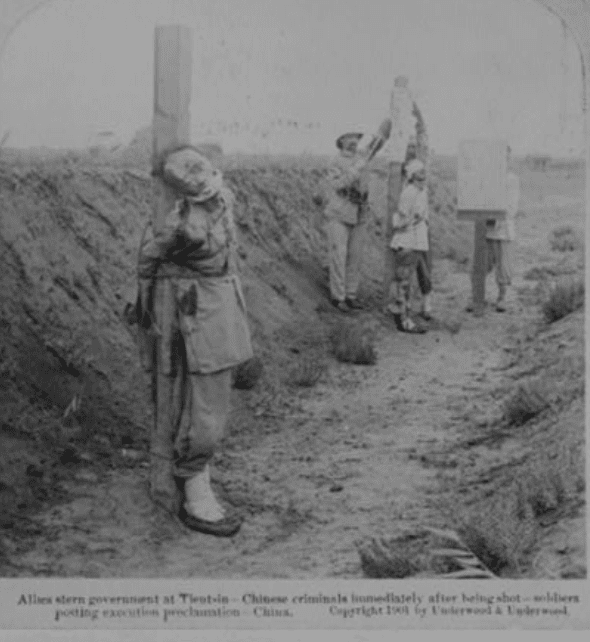
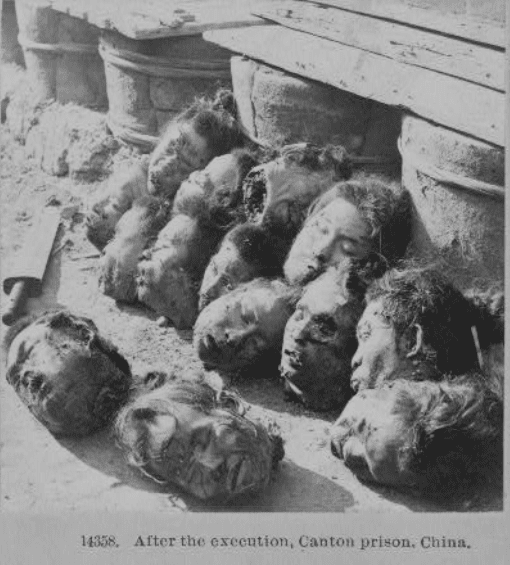
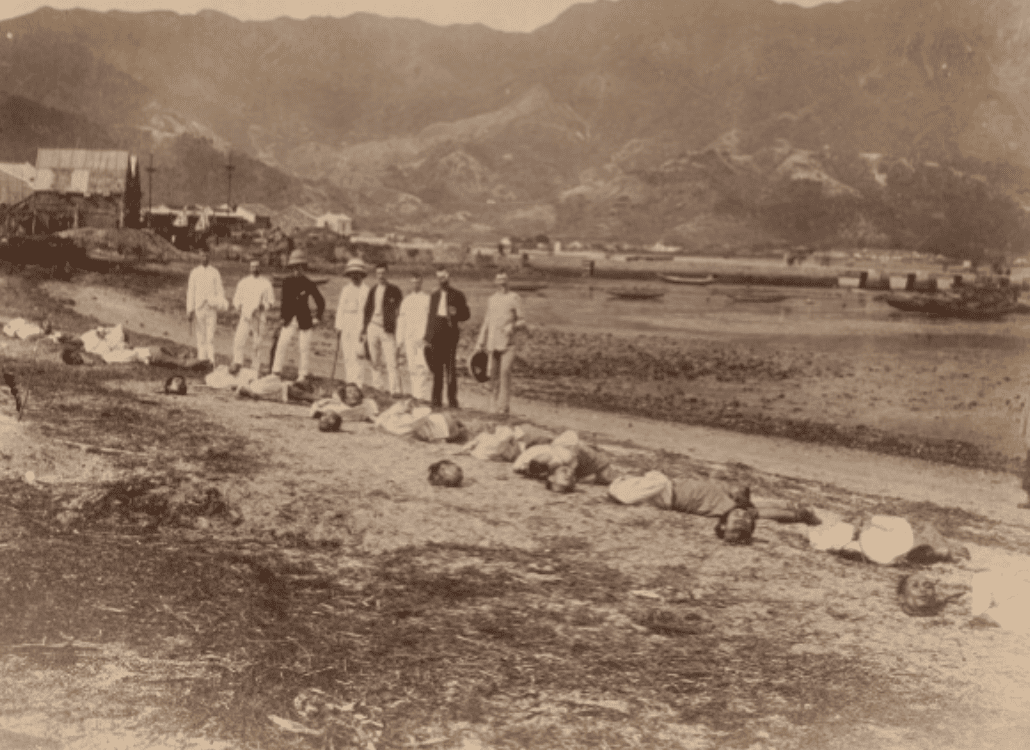
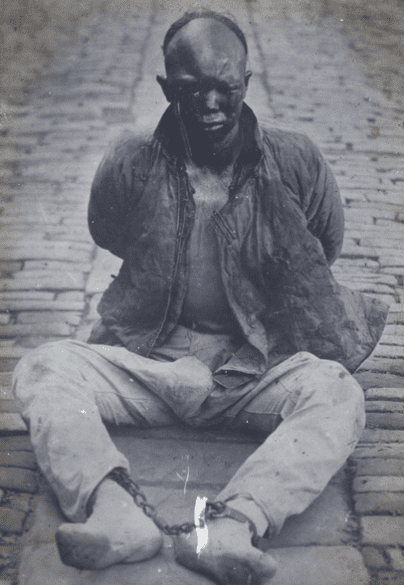


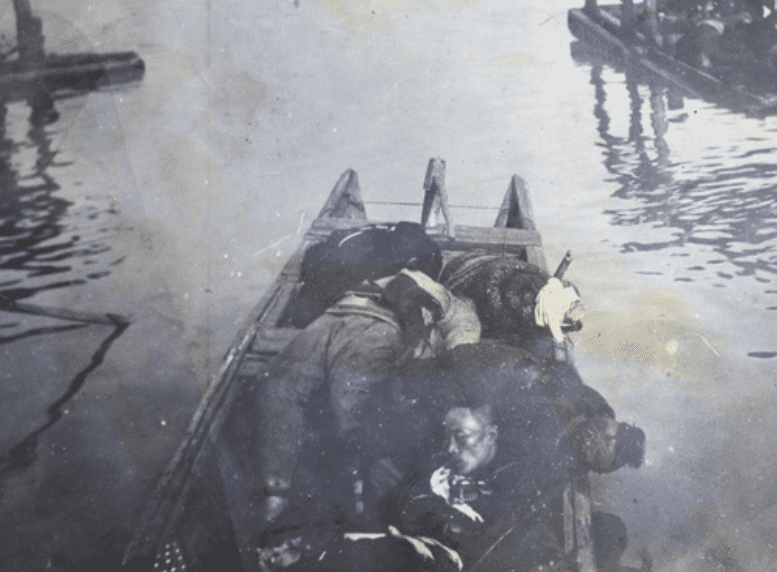
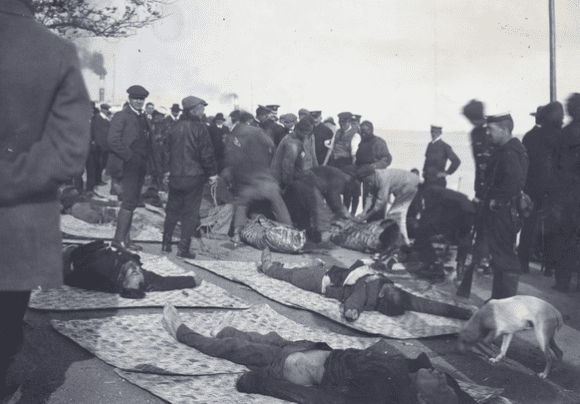


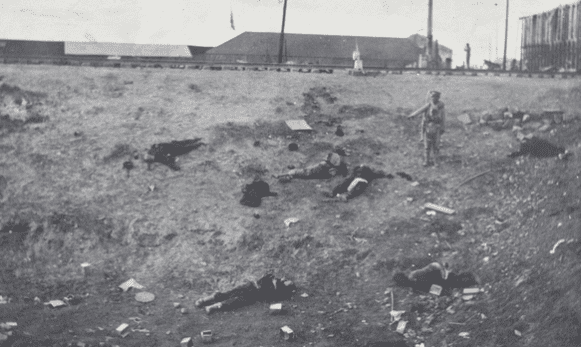

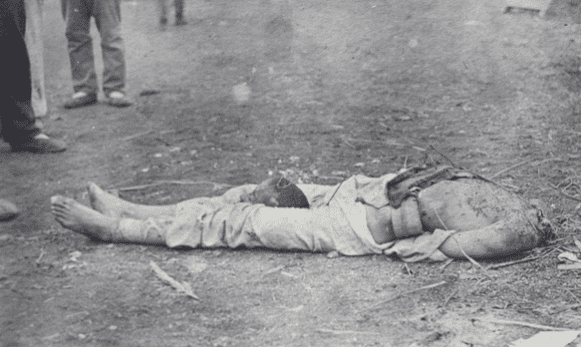
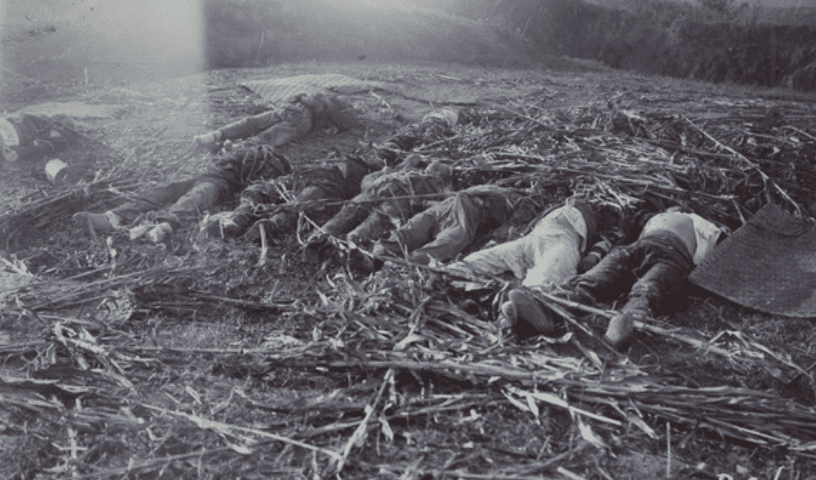
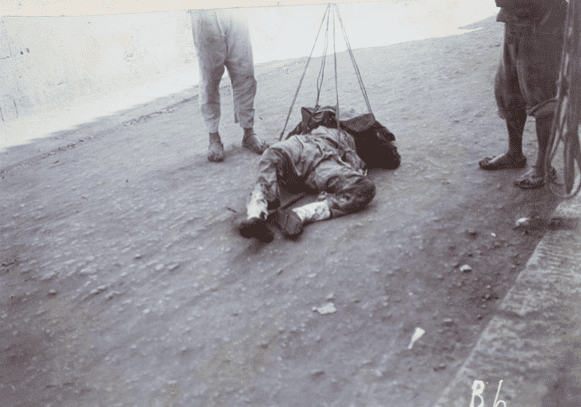
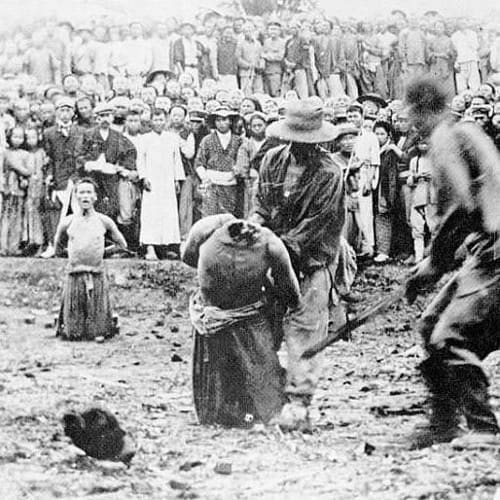

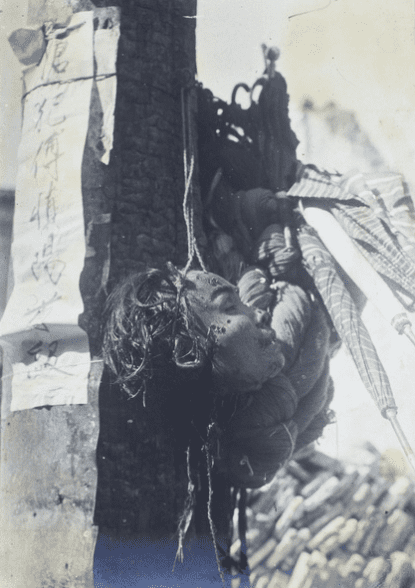
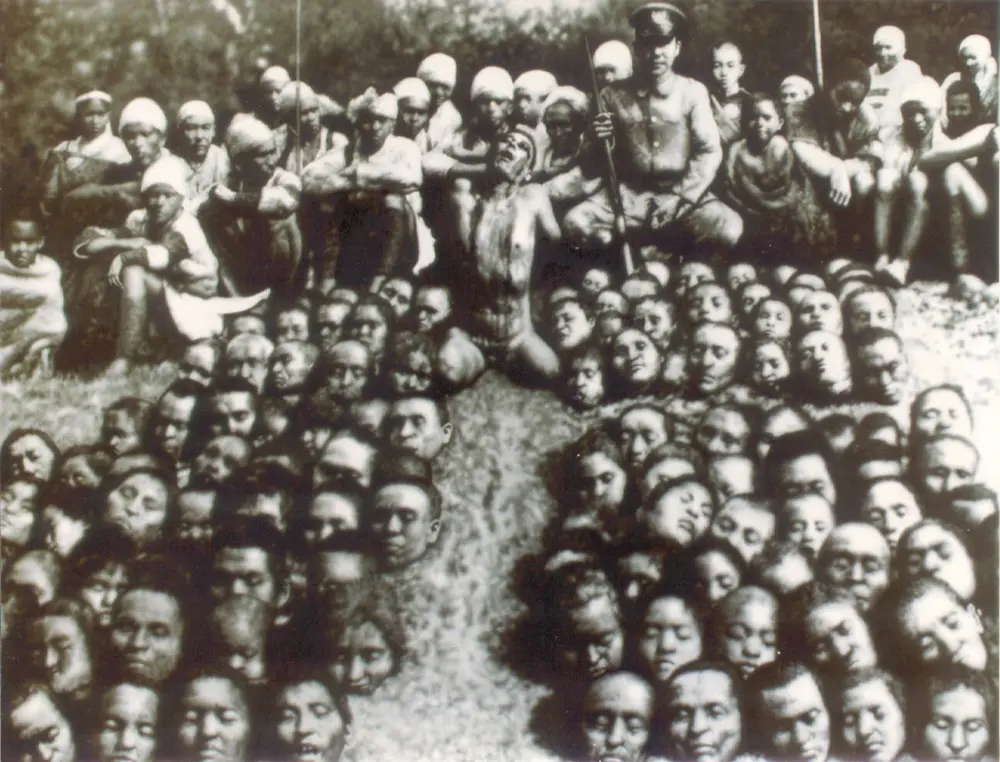
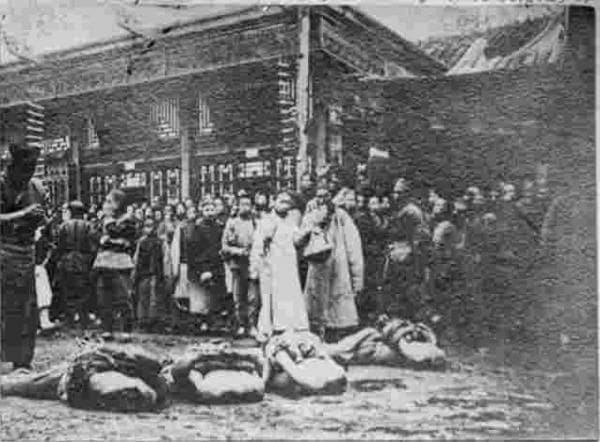
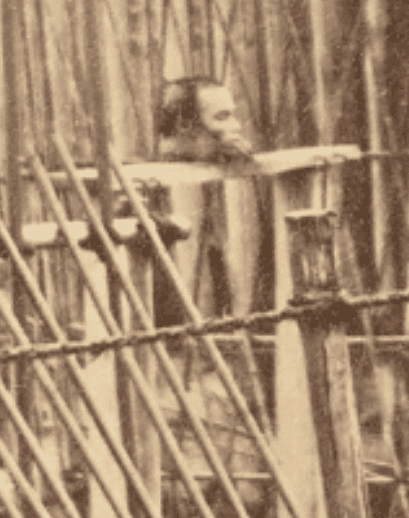
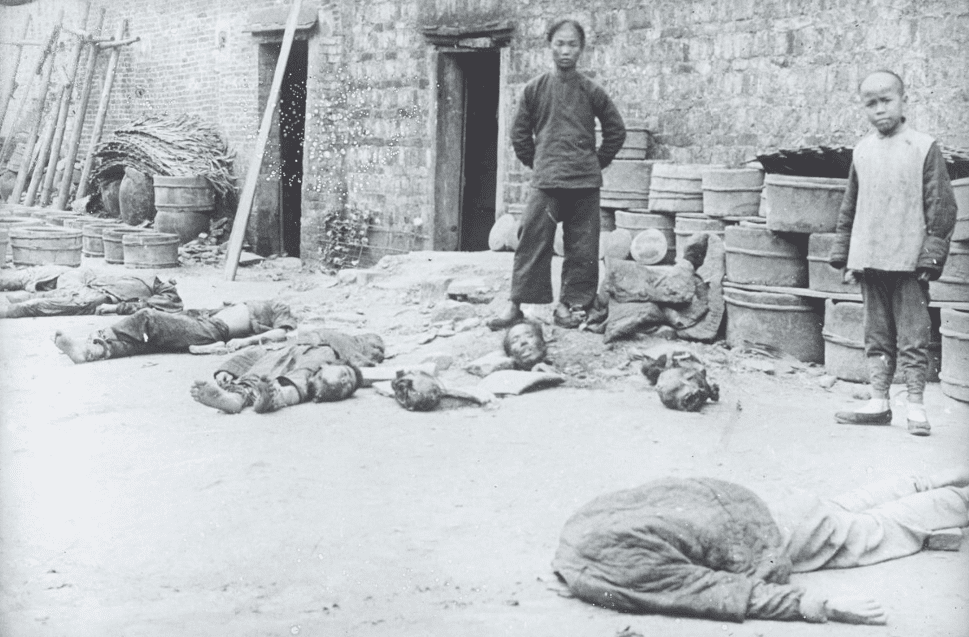
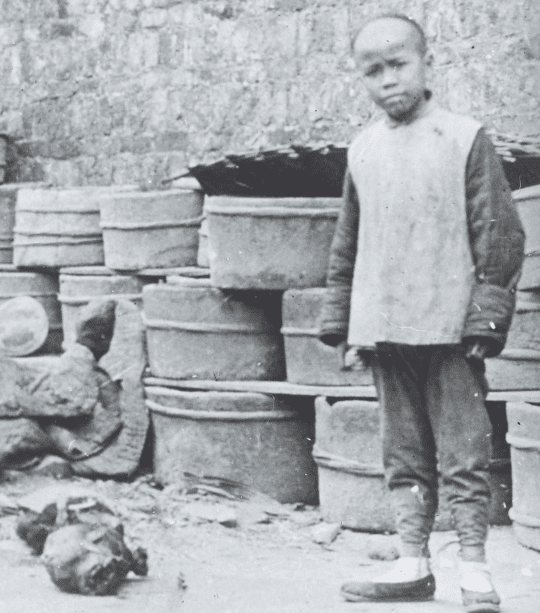

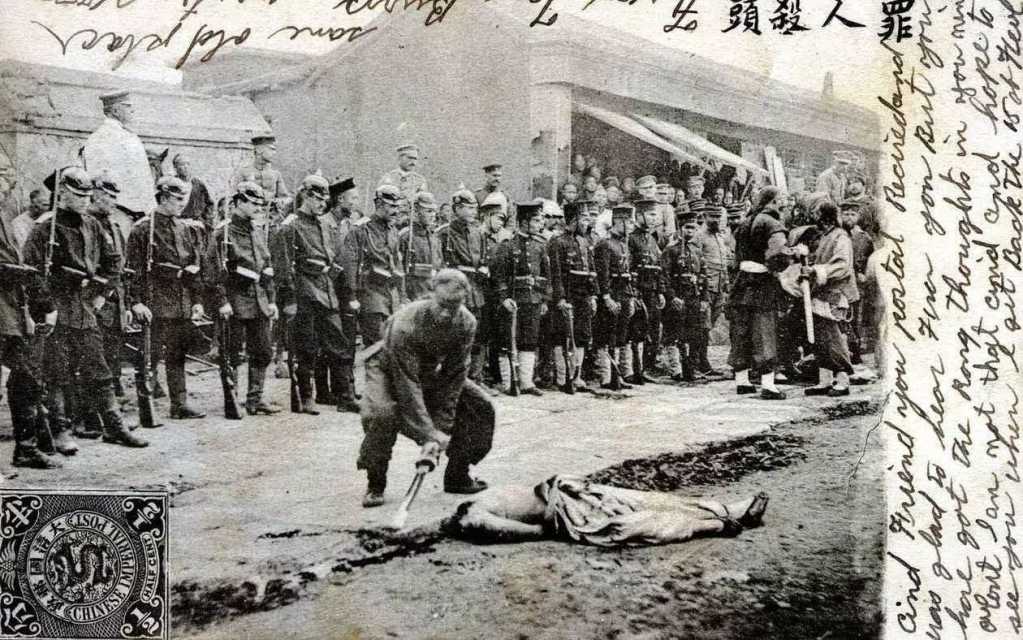
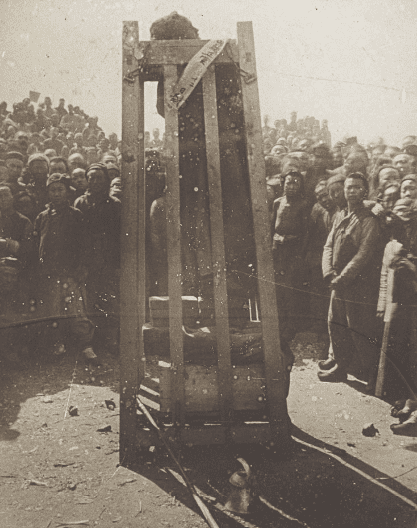

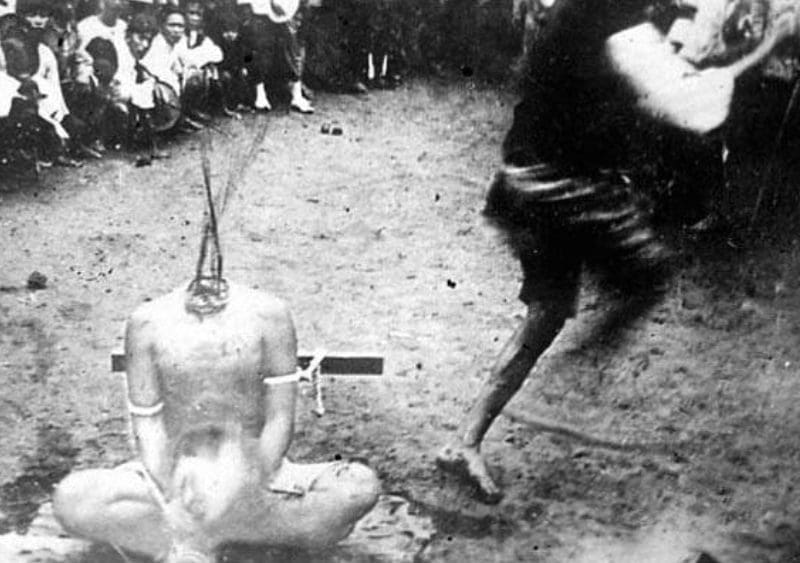
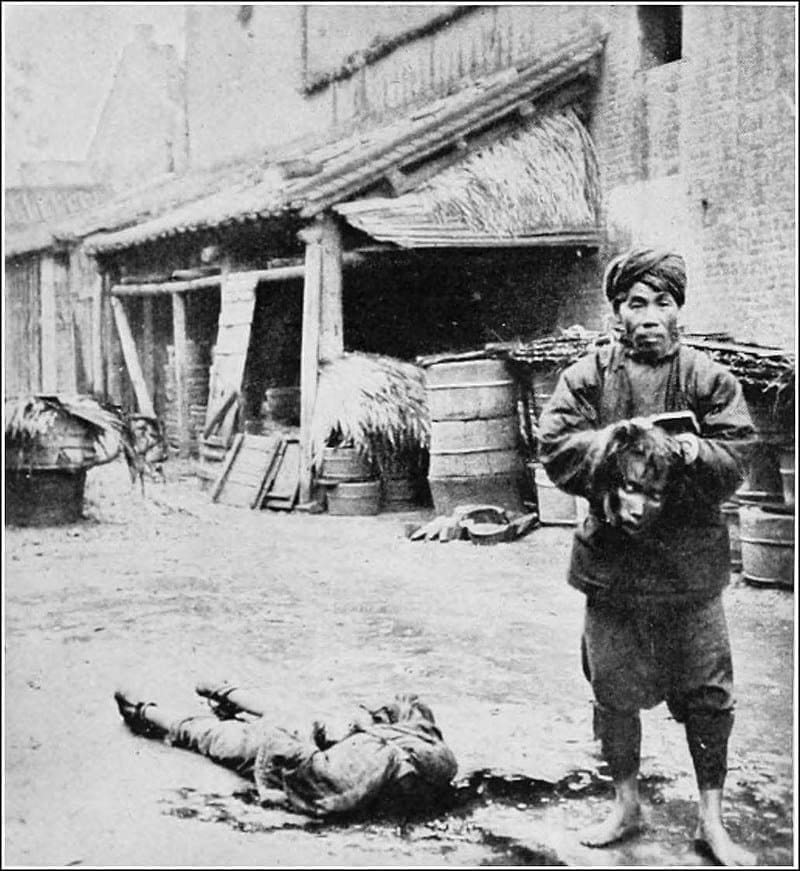
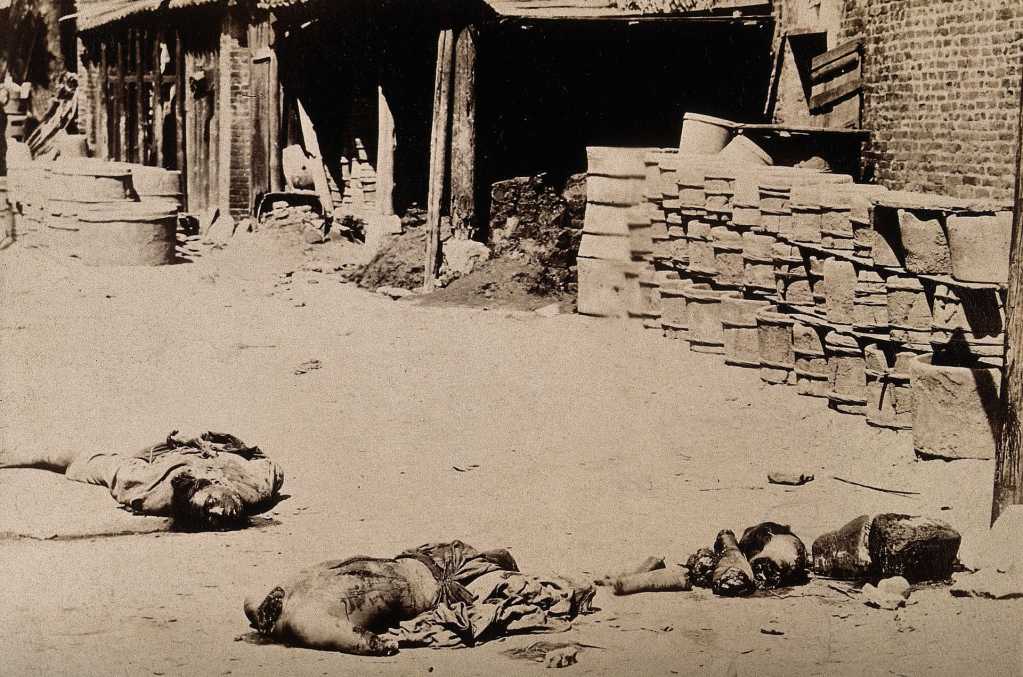
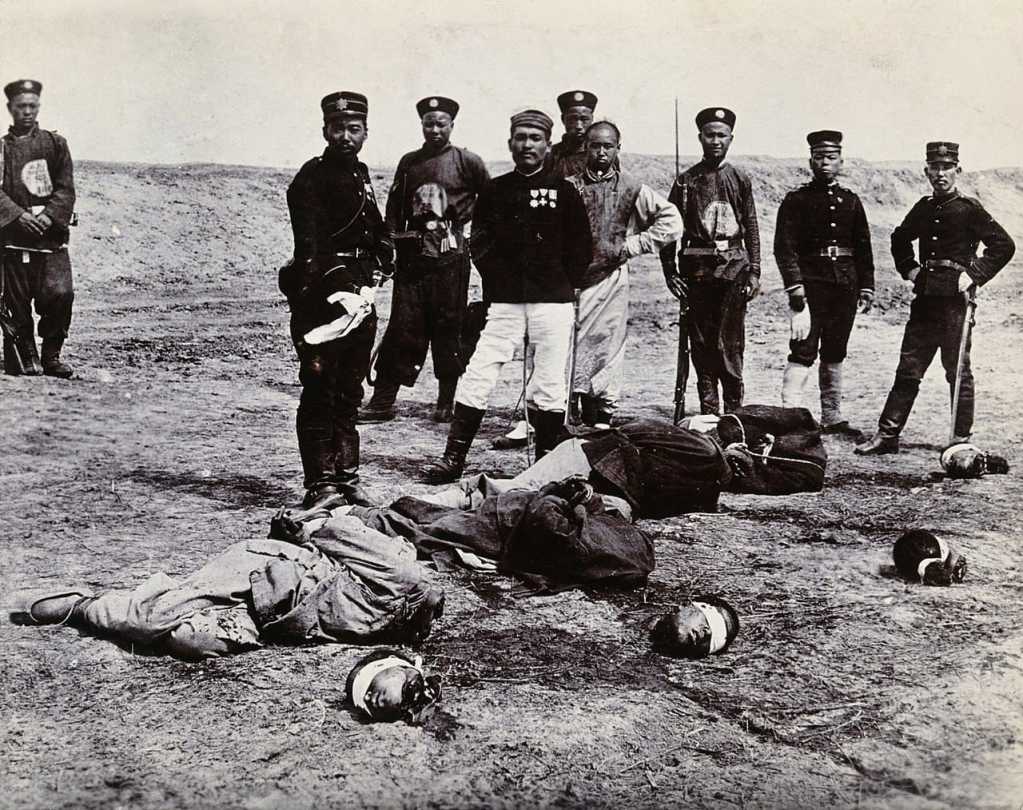
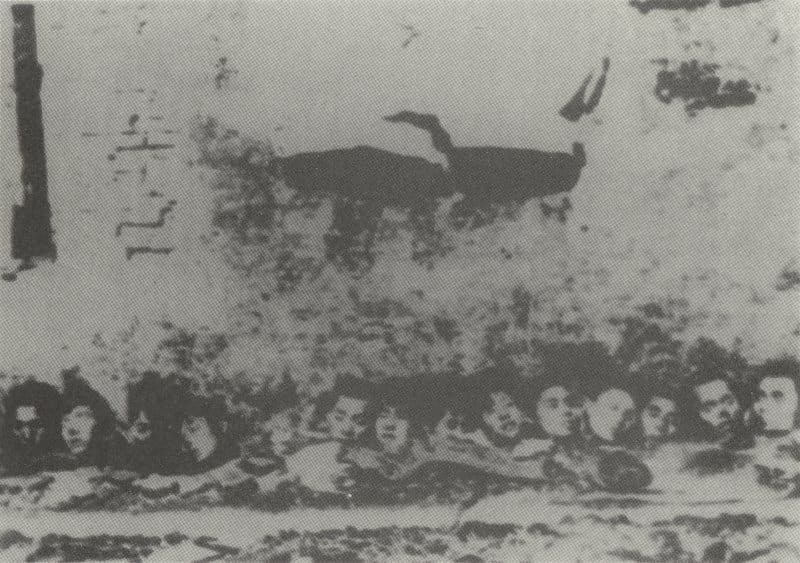
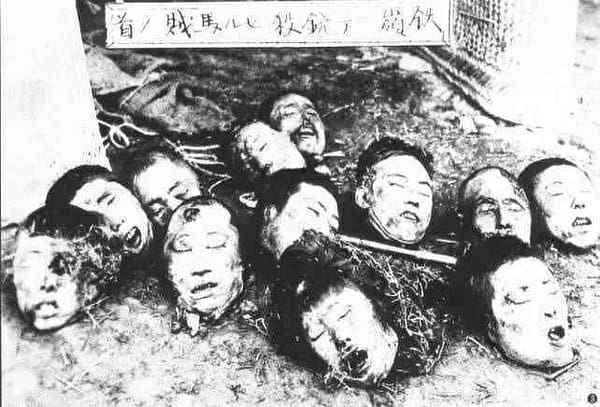
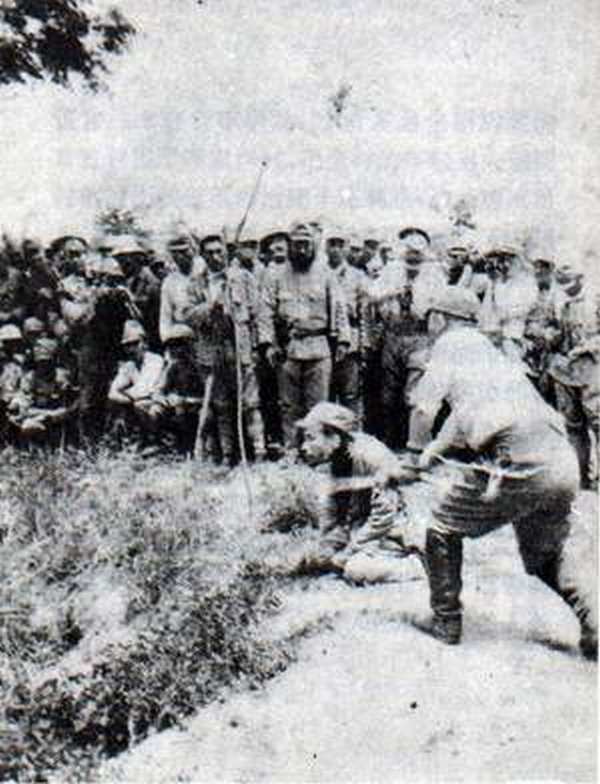


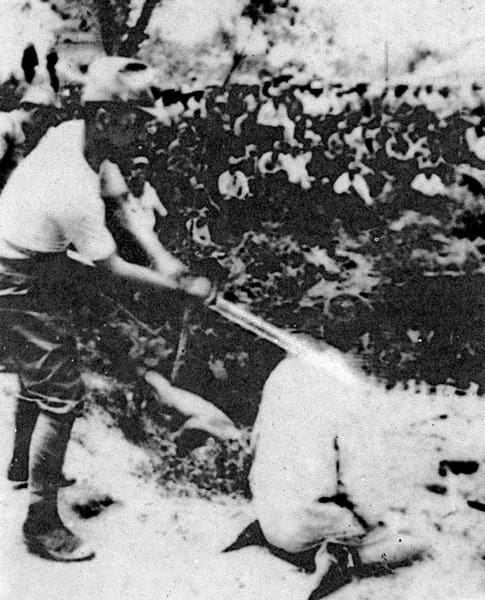

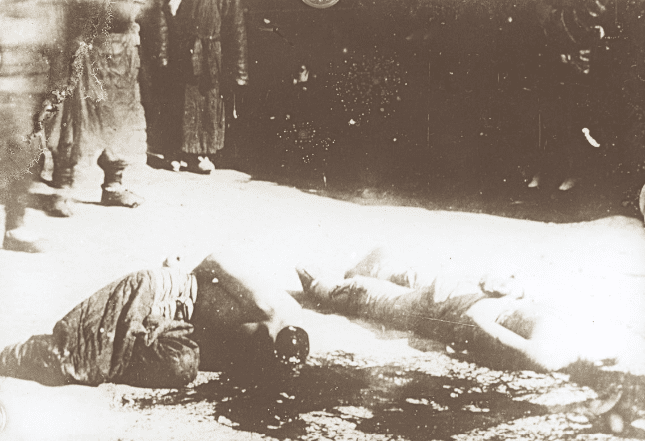
Postcards
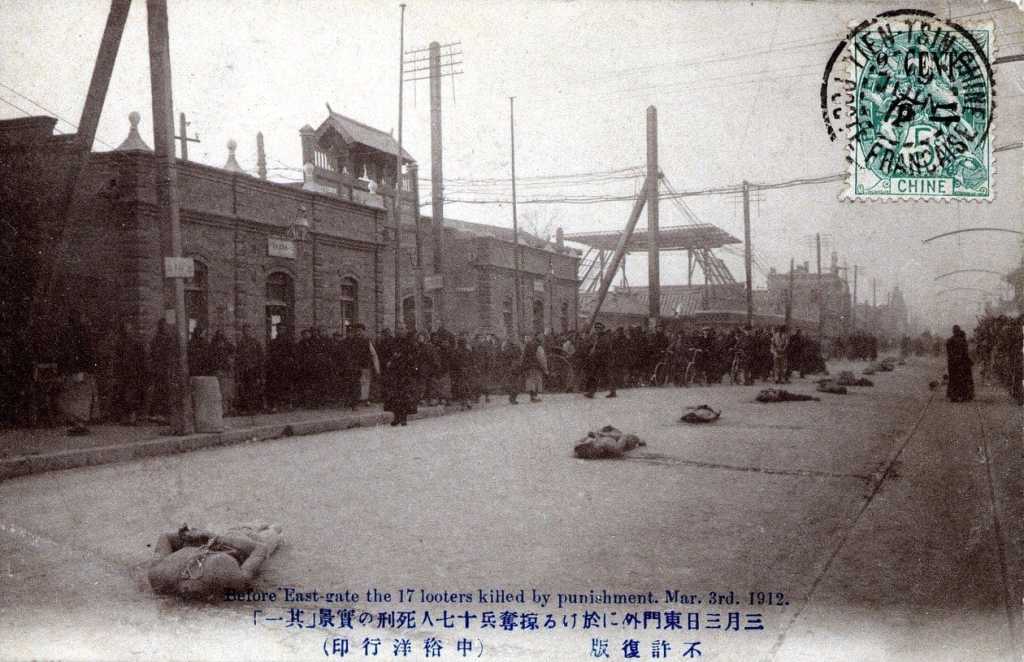

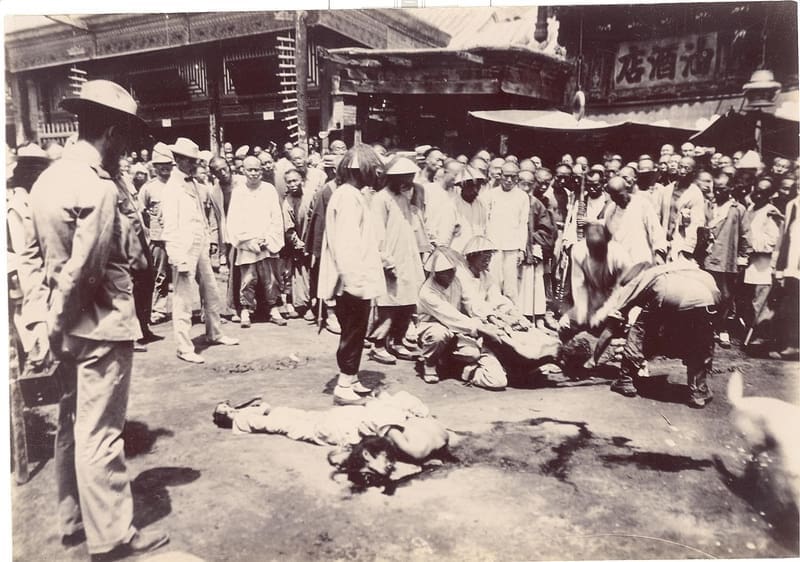
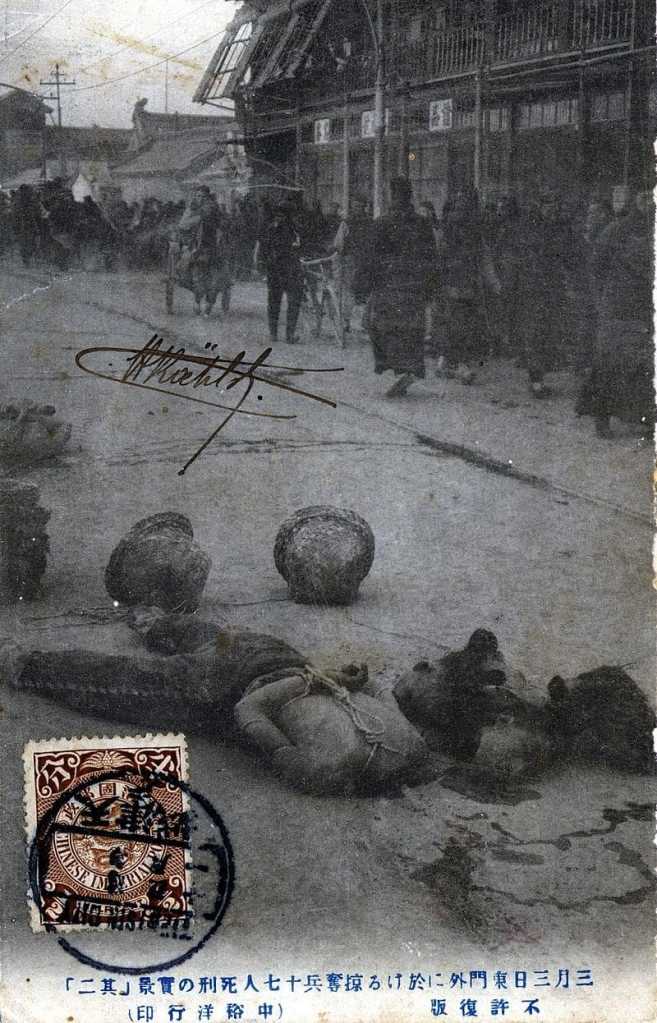
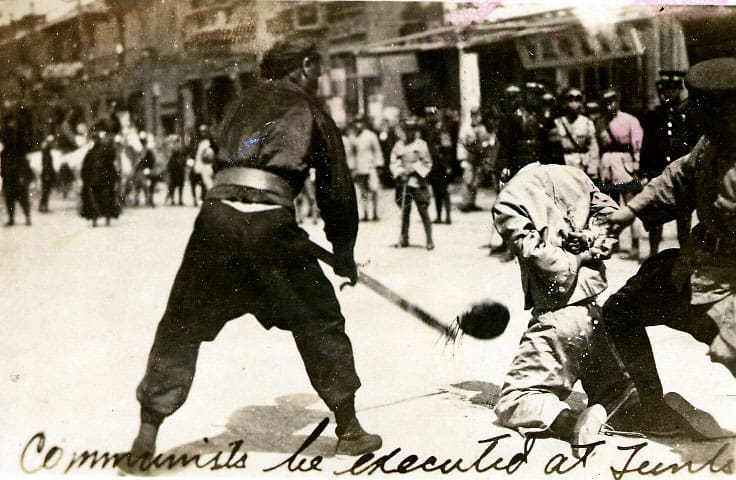
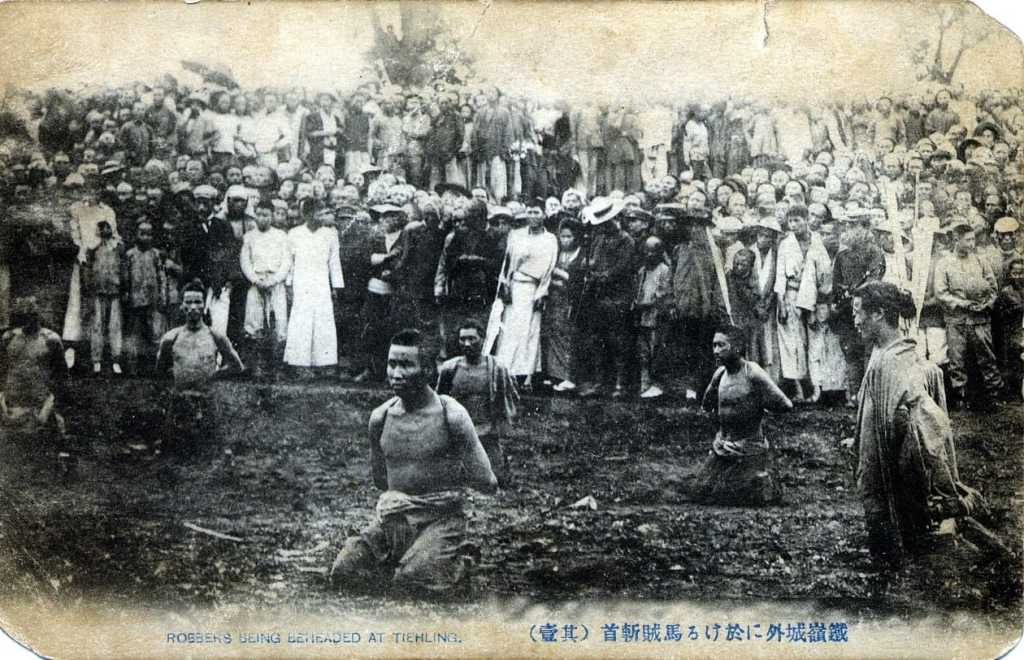
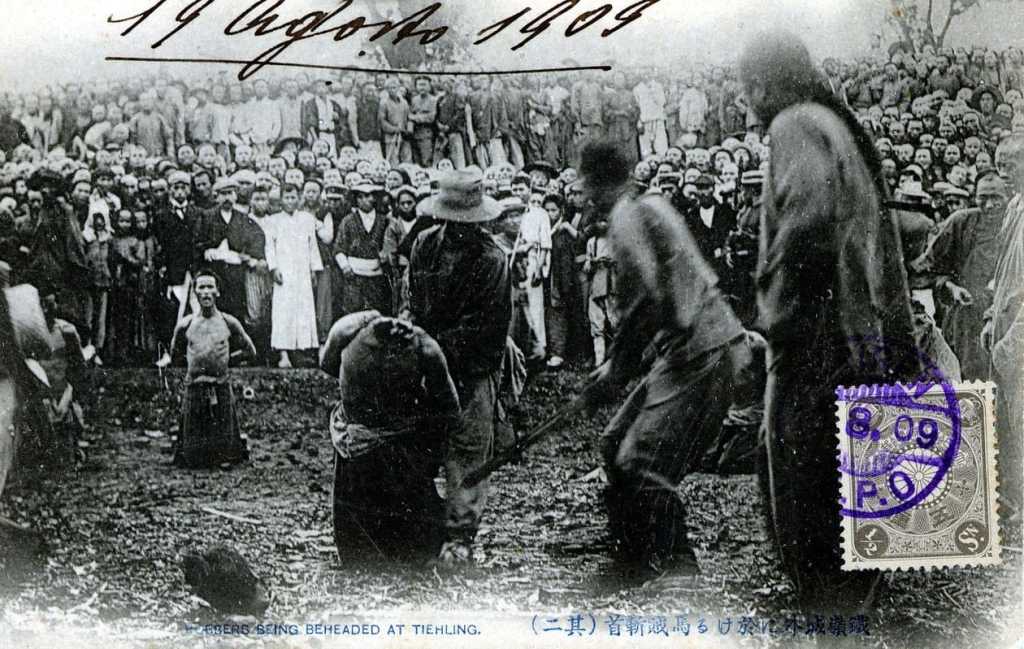

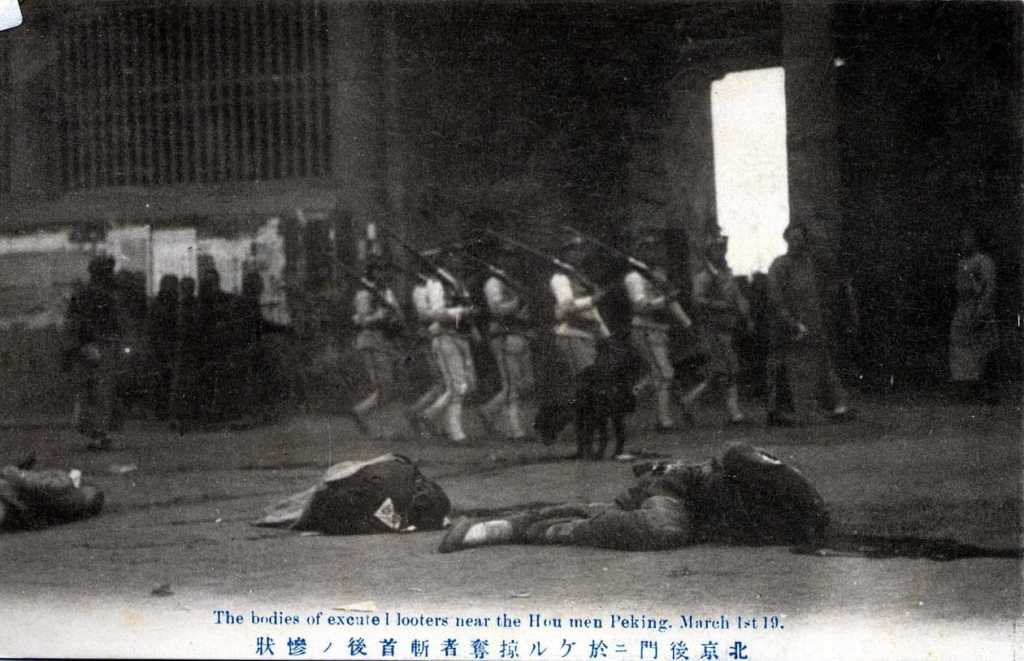
Court Doc’s
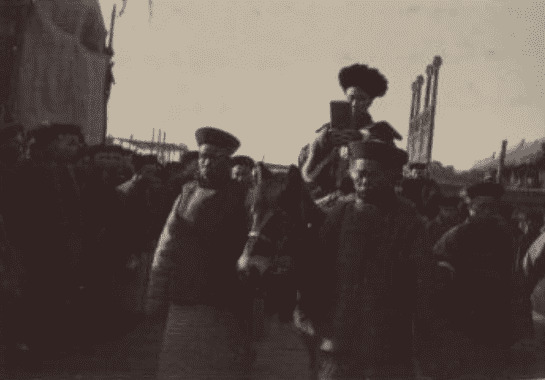
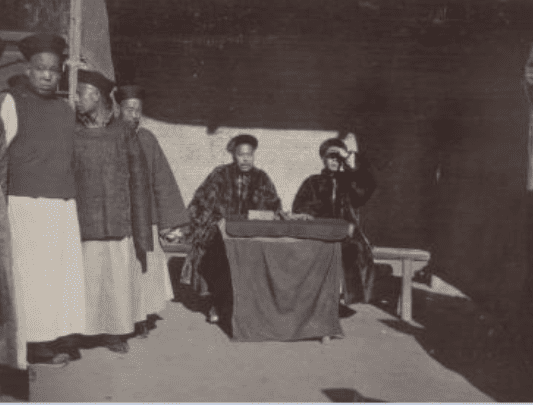
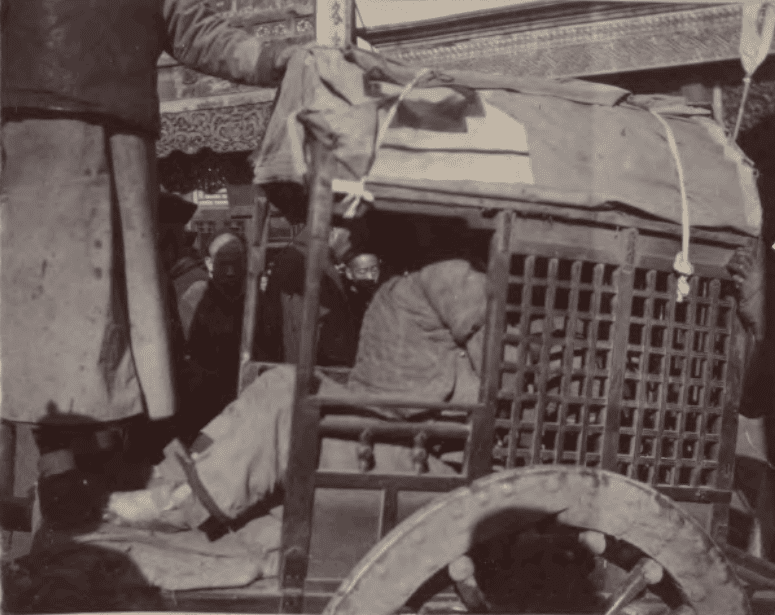
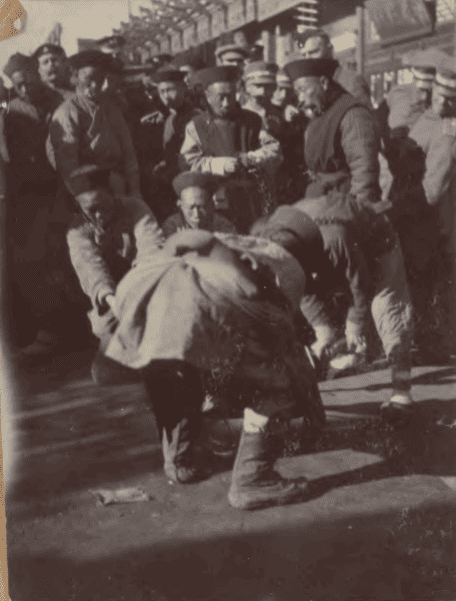
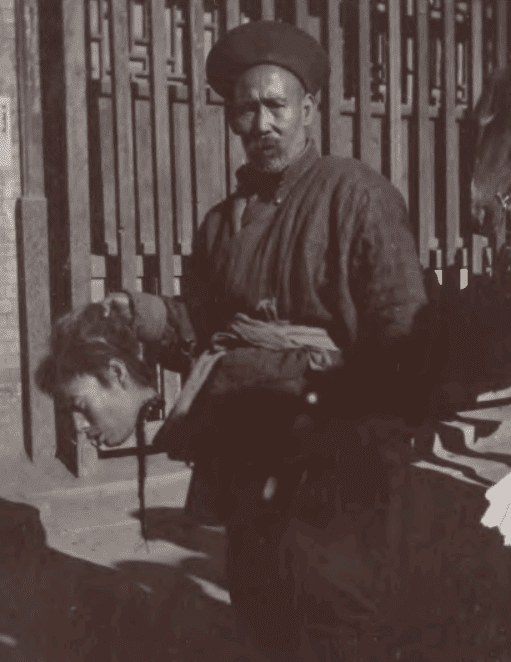
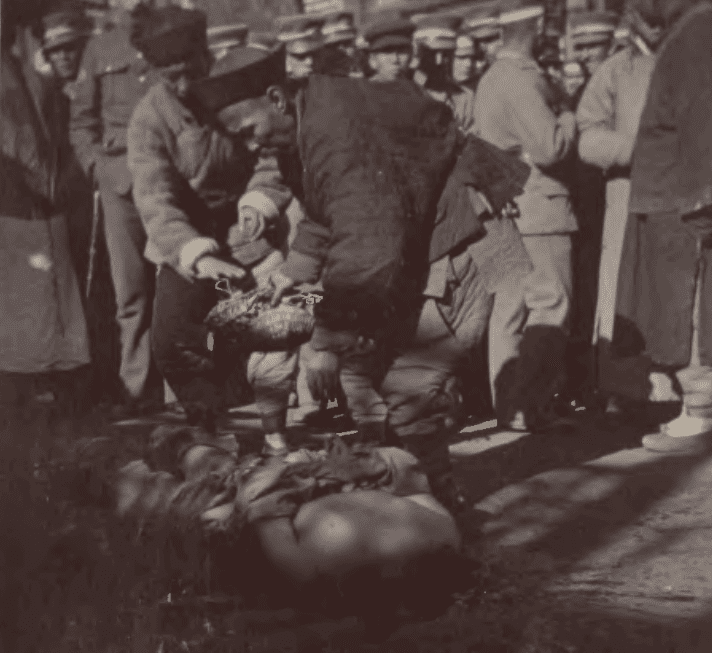
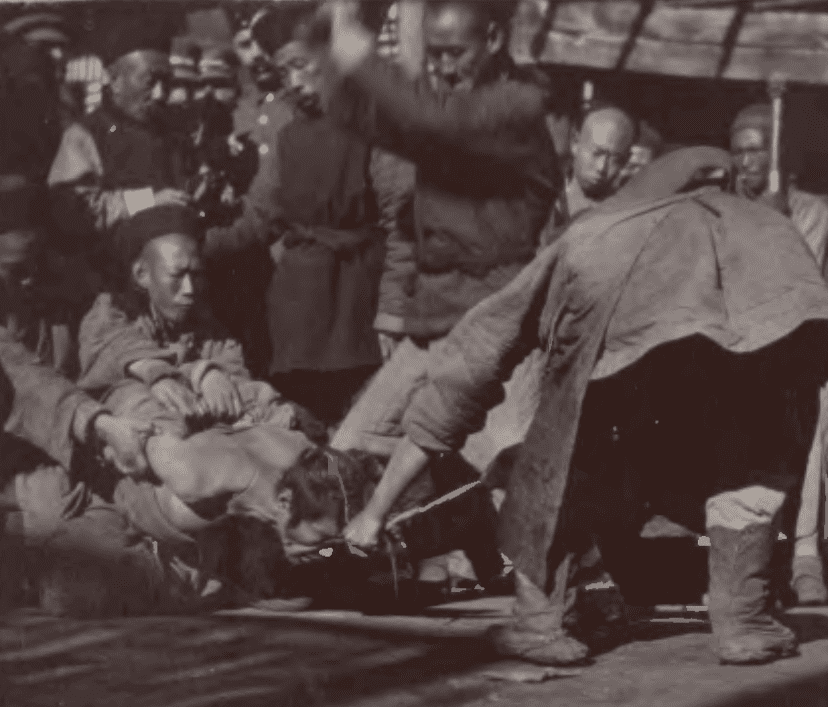
Death by 1000 Cuts
Death by a Thousand Cuts was ended right about the time Westerners entered Asia. The record of it goes back thousands of years but the dates and accuracy is debatable, surely there was some form of punishment before the repopulation but the dates and names of wars are all modern fabrications.
The following series of images’ narrative says a Western traveler just happened to be standing around when he heard a commotion. He also just happened to be carrying a camera and managed to sneak these pictures without being caught. See how the narrative is doubtful at best.
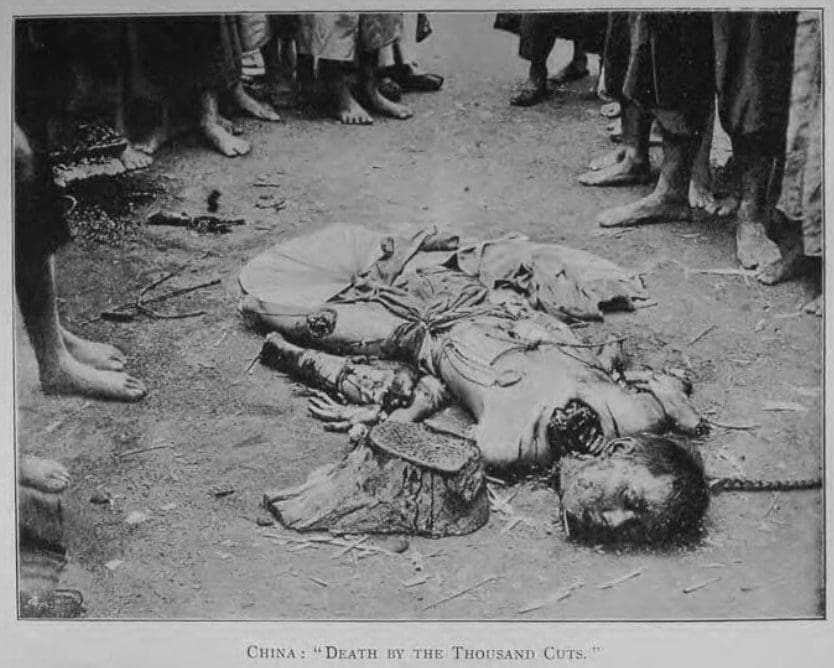
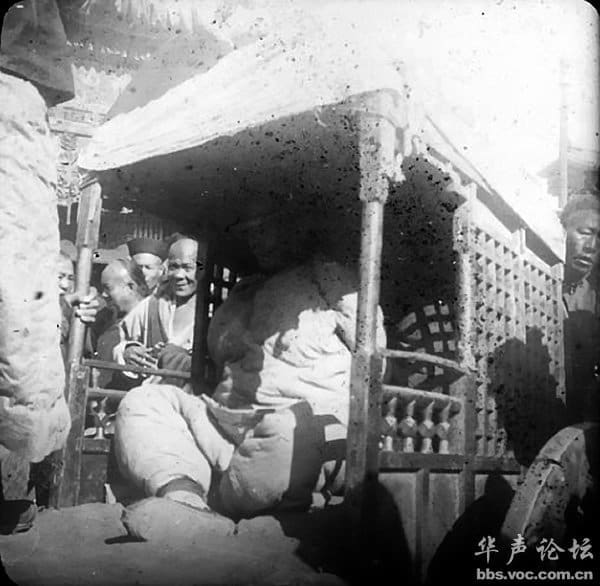
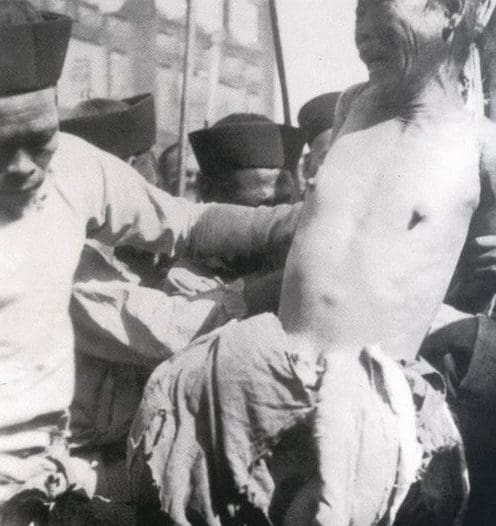
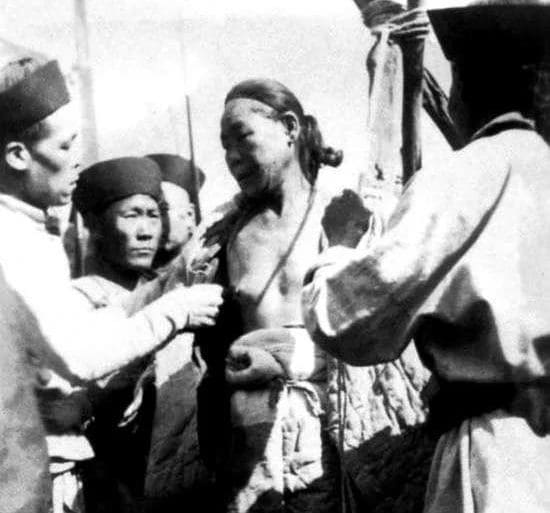

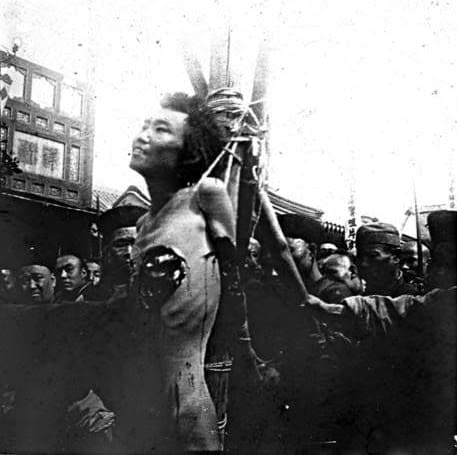
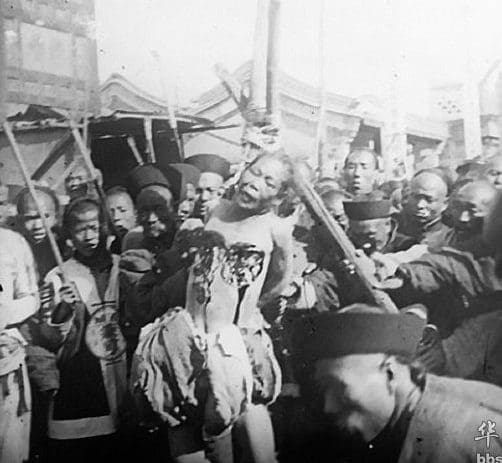
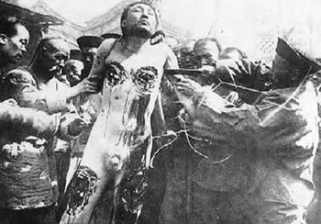

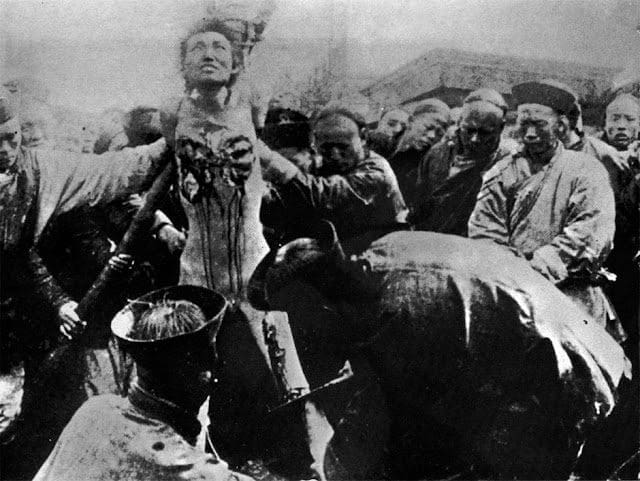

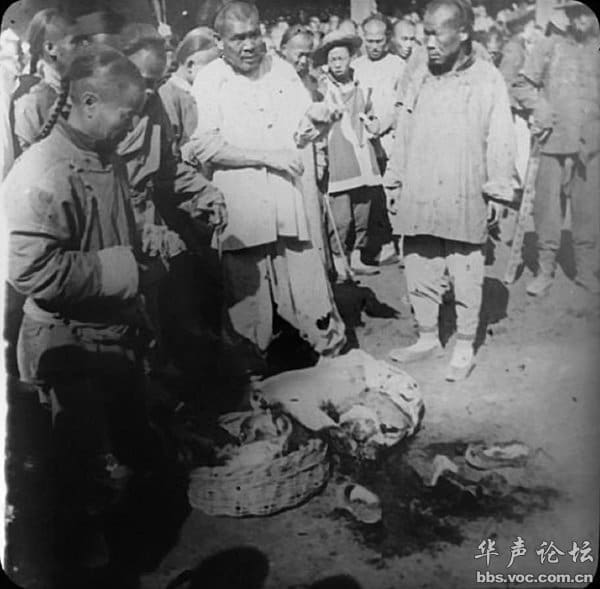
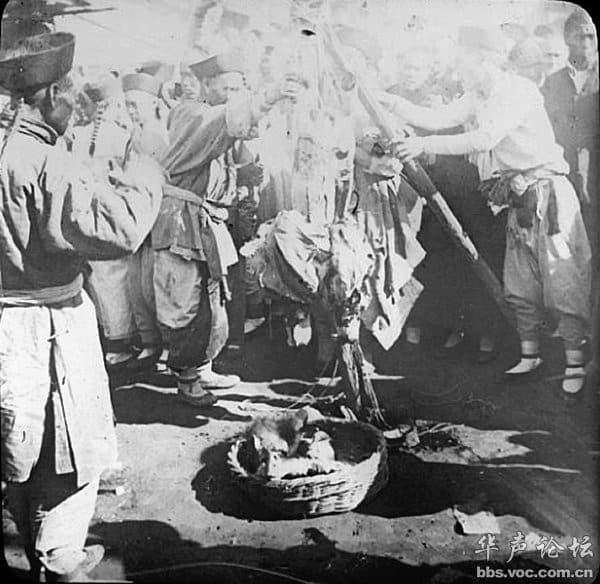
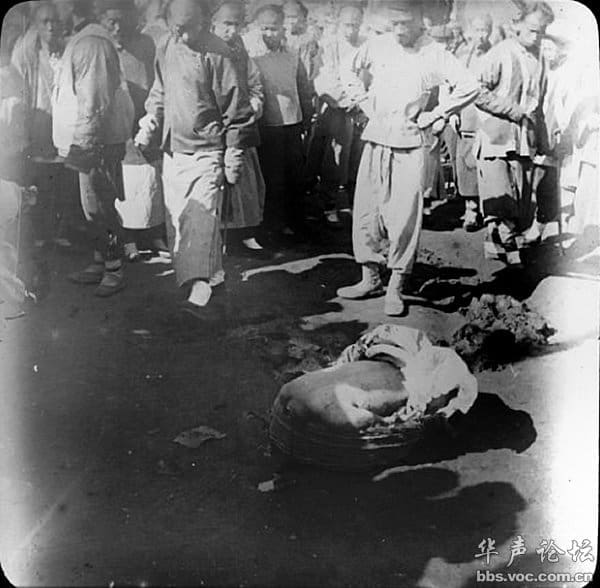
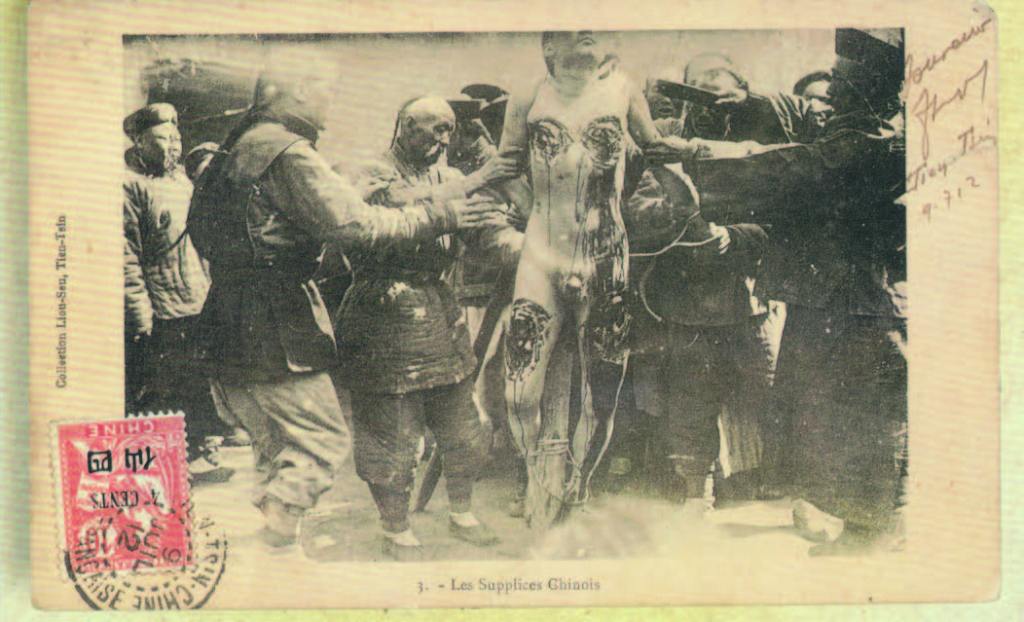

Waist Chop


I couldnt find images of executions by the dreaded Waist-Chop, although I’m sure they exist in private collections out there somewhere. There was this contraption and the color one looks more like a movie prop. The life-like image appears like he’s getting ready to be chopped but without the ceremonial giant Human Paper-Cutter tool.

Here Comes the Meat Wagon
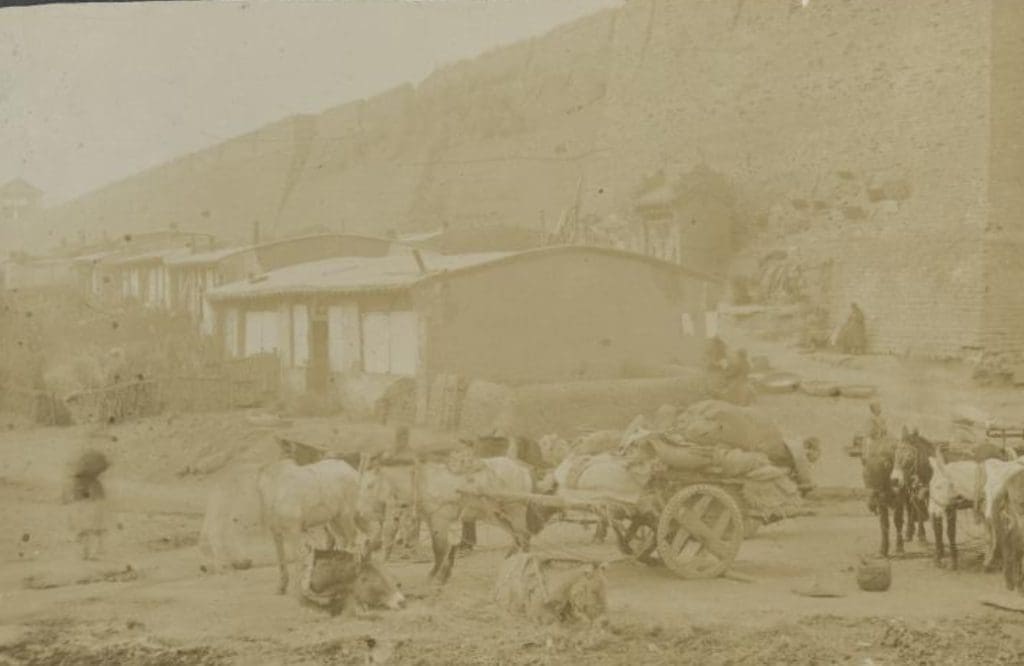
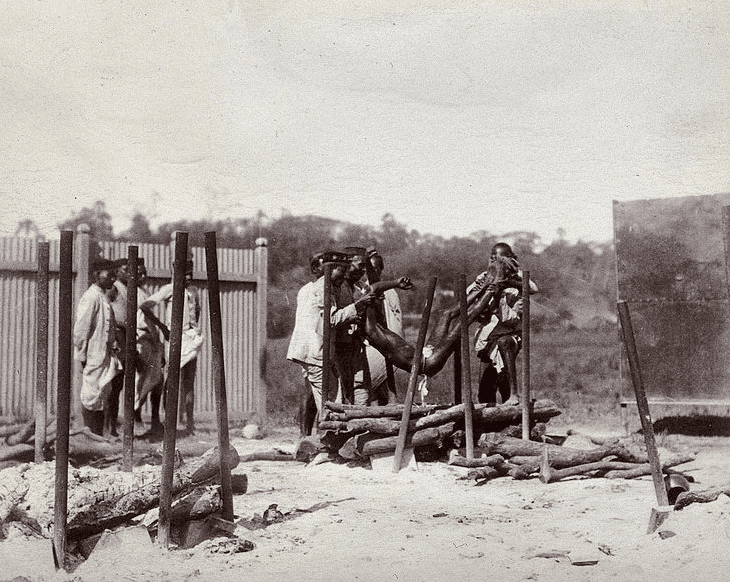
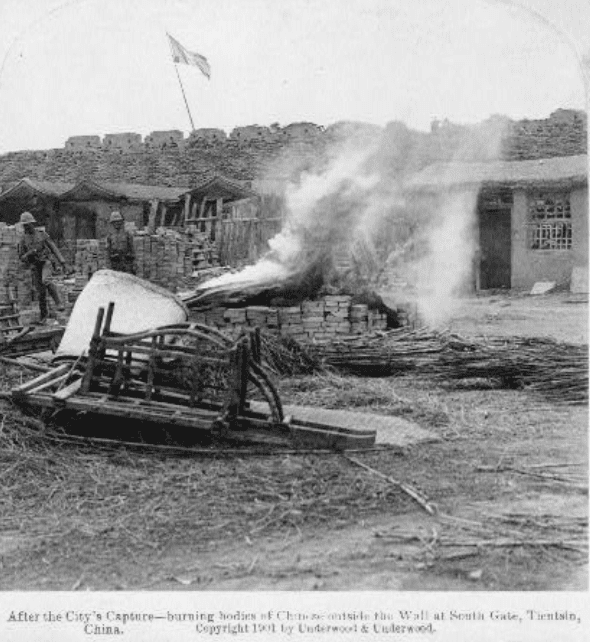
In the image above it shows men throwing bodies onto a pyre it claims for sanitation reasons. In the 1890’s a plague broke out which eliminated much of the population. This is highly doubtful. Much like today, a plague gave the opportunity to restrict travel and explain population numbers. If there were really mass casualty events it was human introduced.
Photographers in China
Felice Beato settled in Yokohama after documenting the Crimean War and the Indian Mutiny with his brother-in-law James Robertson, and, on his own, the Second Opium War in China in 1860. Beato was persuaded to come to Japan by Charles Wirgman, a foreign correspondent with the British press and founder of Japan Punch, the first English-language magazine published in Japan. Beato and Wirgman were partners from 1863 to 1869, when Beato established his own firm. The studio remained active until 1877, when Beato sold it and all its contents to the Austrian photographer Baron Raimund von Stillfried-Rathenitz.
Between 1863 and 1877, Beato created the first substantial photographic record of Japan available to Europeans. His work spanned the period when Japan was emerging from the feudal, non-industrial society governed by the Shogun to the modern, industrial power ruled by the Meiji emperor. Thus Beato’s major publication, issued in 1868 in two volume entitled Native Types and Views of Japan, as well as his series Photographic Views and Costumes of Japan, document the last remnants of traditional Japan.
Here’s just some random shots included in the Beato folder that might not have as much impact until conbined with other fractals hidden behind imaginary boundaries.
This is June 11. Thats 6/11, or 666. The number 1 represents what ever number it stands next to. They are spilling the beans on Beato for arranging body shots. The thing is, and you’re gonna laugh, Beato is the only guy Ive found that posts real corpses. I mean, not like one eye willy up there, but he plays into this confession, by admitting he arranged bodies in advance you avoid all the attn regarding flaws in the narrative. Look at the American Civil War if you want to see fake dead people. Check Matthew Brady, I havent found a single corpse in his file yet.
Beato shows real corpses with their brains and guts falling out and blood on everything and I saw a compound fractured cheek bone on one guy. Whatever this fight was or how ever old the actual date is up for grabs but They are lying in the statement below by pretending to make a false confession, that’s their style and M.O.



Charles Frederick Moore History
1838-1916
Writer, Colonial Administrator, Notary Public – Charles Frederick Moore was born in Manchester England on either August 1 1837 or August 29 1838. His British Columbia death registration lists August 1 1837 as his date of birth, however a baptismal record indicates August 29 1838. Compared against available census data, August 29 1838 is the more likely date. Not much is known of his youth in England. His life is recorded in greater detail during his experiences in British colonial affairs in China. On August 8, 1860, at the age of 22, Mr. Moore began to serve in the British Colonial Office’s Commissariat Department in Hong Kong. He first served under Mr. D.C. Napier in 1860 and then under Philip Turner, Deputy Commissary General, in 1861. In 1895, seeking employment in the office of the British Columbia Attorney General, Mr. Moore wrote to British Columbia Premier J.H. Turner outlining his work in China. He wrote,
I may mention that under the Chinese Government; as Paymaster, with rank of Major, I was honored with a gold and silver medal, rolls of silk and recommendatory letters. I served nine years under Sir Robert Hart of the Customs…
While serving in this position as paymaster Moore became involved with the British forces in the Taiping Rebellion (1850-1864). Mr. Moore first mentions the Rebellion in his notes in 1861. He wrote, rebels captured “the walled city of Chên Hai, at the entrance to Ningpo” on December 7, 1861 and they were “driven out by Captain Roderick Dew of the H.M. S. Encounter in the following month of May.” At this time, in the same region “near the city of Yu Yao, above Ningpo,” heavy fighting occurred. Around this time Mr. Moore replaced Lieutenant Rawson, of the Encounter, now Governor General of New Zealand, as Paymaster. Mr. Moore was assigned to what was then called “Dew’s force,” later commonly known as “Gordon’s Ever Victorious Army,” a group of Chinese soldiers and British forces fighting, under the direction of General Charles “Chinese” Gordon, against the rebel forces of Hong Xiuquan in the in the civil war known as the Taiping Rebellion, involving the Manchu Qing Dynasty. Moore was present at the fall of Hong Xiuquan’s stronghold of Nanjing in 1864. Moore took photographs of rebellion events during this period, including the destruction resulting from the fall of Nanjing. This likely includes images of the destroyed Yuan MingYuan (The Old Summer Palace). Moore’s photos represent a set of images that document the rebellion at a time when colonial photography was in its infancy. In addition to his photography, Moore documented his experiences in China in a book titled, A Quarter of a Century in China: Experiences of a Victorian in the Flowery Kingdom with ‘Chinese Gordon.’
On March 23, 1868 Mr. Moore married Bibianne Yii in Peking at the “British Legation.” Together the couple had eleven children.
Mr. Moore arrived with his family in British Columbia in 1885. The family was registered in the Federal General Register of Chinese Immigration on December 4, 1885. On October 4, 1886, Moore received his certificate of appointment as notary public for the province of British Columbia. On December 22, 1887, he passed his preliminary examination for the civil service of Canada. Moore eventually found a permanent position as the secretary for Justice Sir Mathew Baillie Begbie. He drafted a biography of Sir Begbie based on his experiences as his secretary. Moore lived out the rest his life with his family in Victoria. For most of his life in Victoria his family resided at 1401 Taunton Street. Moore passed away on June 21, 1916. He was buried at Ross Bay Cemetery in Victoria. (A Thomas Begbie was the photographer of ghost city Edinburgh)
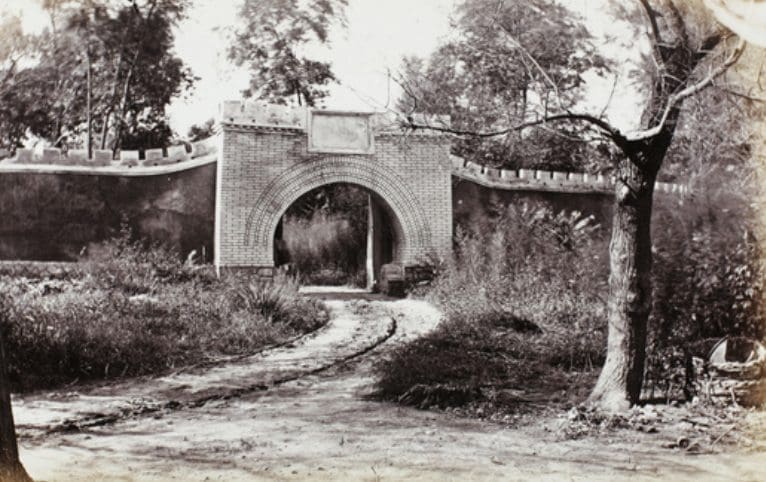
This is the best compliation of Olde World China images put together outside the It’s All Fake website. [link]
Chandless Collection, China early 1900’s
Micheal Maynard– Lantern slides showing parts of China at the beginning of the 1900’s repopulation
Here is a good article about a Buddha statue found in post cards traced to the Prince of Wales in 1870. Wales at that time was a ghost city like Edinburgh
Russian Scientific Commercial Military venture into China, 1874
Mudflood
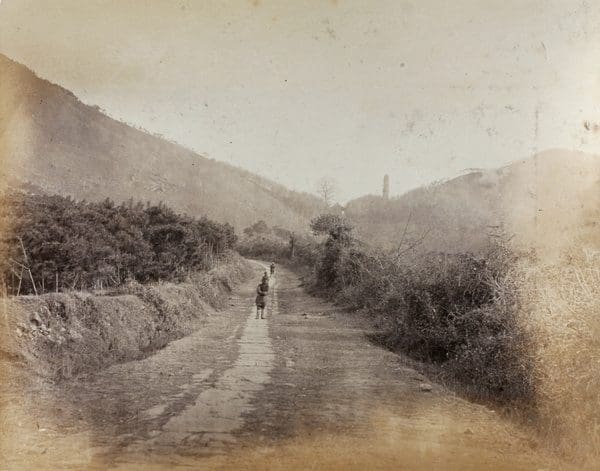
The two albums in the Edward Bowra Collection were owned either by Edward Charles MacIntosh Bowra (1841-1874), sinologist and botanist, or by his son C.A.V. Bowra (1869-1947). Bowra, father and son, served in the Imperial/Chinese Maritime Customs. This significant collection was donated to the Royal Society for Asian Affairs (RSAA), London by Brigadier E.V. Bowra OBE. In 2016 the Society sold the albums at public auction; the album referenced by HPC as Bo02 is now owned by Terry Bennett. Many of the photographs were taken in Ningbo and vicinity, and in Beijing, in the late 1860s and 1870s. These include work by Major J. C. Watson, Charles Frederick Moore and John Thompson.
Mudflood road, found in collection of the University of Bristol by
